|
4/14/16 We left Kruger and slept at Old Joe's Kaia under a circus tent mosquito net on a giant bed with organic cotton sheets and a hurricane shower. We arrived late because after a day of checking out the Blyde River Canyon area at God's Window and Bourke's Potholes, we booked it up to Mount Sheba preserve to catch a very quick look at a Gurney's Sugarbird. You see, Sugarbirds are relatives of the Australian honeyeaters we both studied for our PhDs. Then, we went back down through Pilgrim's Rest to Graskop for dinner at Canimambo which served tasty dishes from Mozambique. We slept delightfully well at Old Joe's and awoke at our usual 5am time and wondered around the amazing grounds. That place was a real gem with tons of trails and gardens and a lovely pool. We had signed up for the vegan breakfast and it was a true slow food experience. It was the best vegan meal I've ever experienced...even if it did make us panic a bit about making it to Joburg to catch our flight. Cape Town bound!
2 Comments
Kruger National Park, Lower Sabi and Skukuza 4/10/16 Lower Sabie journal ramblings 7pmish chillin at the #50s plaza with a braii fueled by ironwood after another spectacular day burned into our eyes. Holy shit, we covered so much ground today (140ks @50 by law), but it took us from 8am until 6pm. We went from our gloriuos perch atop the Olifants River cliffs through some really hot and dry country. We saw lots of mopani shrubland, viewed a pond with a a dead tree containing two different species of weaver nests, White-winged terns, a group of hippos, elephants drinking water, Egyptian geese, Vervet monkeys, Black-winged stilts, Dabchicks (Little grebes), and the whole shebang. Overwhelming. Between the turnoff Lower Sabie and Lower Sabie, we checked out two overlooks. We looked down on cacti-esque trees down onto really sparsely vegetated red and rocky soil. Leopard Tortoise moving at bird-nerd speed African buffalo (Syncerus caffer) and my fearless driver. Apparently that huge bone shield on their heads is called a "boss." It is sort of like chest hair emerging from a field shirt. Also, I think they look a lot like Arthur's friend Francine, but apparently she is an orangutan. Who knew. At any rate, her hairdo is very boss-like. White rhino Lion pride traffic jam and Broville units = science Blue wildabeests, Nothing-to-see-here giraffe and an Egret-topped rhino nap Burchell's Zebra (Equus burchelli) Fever trees (Vachellia xanthophloea) have greenish bark and are one of the few species where photosynthesis takes place in the bark. Greater kudu (Tragelaphus strepsiceros) Red-billed hornbill And another Lilac-breasted roller 4/11/16 Skukuza I'm not getting enough writing time in. We arrived at Skukuza at 1:55pm today after a bumpy backroad meander from Lower Sabie. We saw Temminck's coursers whose very red heads matched the soil. It was hot! We ate tuna salad while watching White-fronted bee eaters fish in the water, Hamerkops take naps, Vervet monkeys groom, Pied kingfishers pounce on the water, and an amazing, but nameless (to me) tree gave us shade. 5pm The golden sun just faded on the railroad bridge that I can see from our bungalow #84 with "no view." At least 12 hours of birding today. We went to whatever fancy pants steakhouse exists here for some delightfully cheap drinks and sunset. What a beautiful, but crazy scene. It was super ooey gooey great (that might be my champagne talking). And wifi. Blow your mind. Wifi. Crazy. Then, we went to the shop to get some kudu and wildebeest, and cooked some pasta, I showed Eliot how to use a old school (born before 1982) can opener, and we had a lovely meal. prime real estate ceaseless presence When they both finally arose from their bath, the had a butt war of epic proportions attempting to nudge each other out of the clay soak. Pin-tailed wydah Slightly warm 4/12/16
Day 2 at Skukuza, last night in Kruger Hot. Overwhelmed by animals and rapid-fire range shifts. Birding all day every day. Today we saw some kind of mongoose, five rhinos all of which we think were White rhinos. I have a lot to say about how nice it was to have no working phone, but I also went through hashtag withdrawal, so here are a few: #beatingthebushesforbirds #birdtrolling #nobirdleftunseen #tickinghoneymoon #birdtillyoureyesbleed #honeybirding #pishingeverybush #birdtillyourbrainmelts #nowearentlookingatlions Questions that we would google if we could: Why do some of the giraffes look like they have warts? What's a group of giraffes called? Are males darker? Just coincidence? Do males and females hang out together? Kruger National Park, Olifants vicinity From my journal: The braided river below is spectacular! Hippos, lines of elephants drinking and river-crossing, giraffes, and huge flocks of birds. We tried for a while today to find a Red-crested korhaan. It sounded like someone tapping a pick axe on a rock, but then there was a song. We finally put two and two together and figured it out with some research. Luckily, we bumped into the sound a little later in the day and were able to watch them, which is my favorite way to commit a sound to an animal in my memory. We did a short loop near camp and came back early to drink beer and eat nachos at the overlook restaurant (honeymoon....remember???), then headed back out on a road that winded along the river where we managed to find many impala, waterbucks, hippos, Fish eagles, Egyptian geese galore, and a double rainbow. Yep, a double rainbow. A good sign. Superb day! Eliot nearly convinced me of a rare sighting of a Pel's fishing owl, but after many hours and then an entire night of being perched on the same Boulder (capitalized in my journal because it was once my place name home, so I'll leave it), we realized it was an elusive Pel's fishing owl rock. Trickster. I think my our sheets are made from old woven barbie doll hair and combined with Lariam are giving me very bad dreams. Rondoval living Olifants curtains for our view of the Olifants River Marabou stork soaring and a Helmeted guinea fowl foraging Waterbuck mimics dead tree shape Camp Olifants and tire repair Marabou stork Giant Kingfisher Cape glossy starling
Kruger National Park The restcamp gates close at 6pm and we barely made it to within sight of the Shingwedzi gate just before 6, so we could mosey our last few hundred feet at dusk. Shingwedzi is on a river by the same name. There was a whole gang of Maribou storks hanging out in a dead tree and in the river below, we saw our first hippos. We could see their nostrils peeking out above the water and occasionally a little baby hippo would float up and get nuzzled by the adults hanging out in a circle. Blacksmith lapwing Stop. Don't strain your eyes in an attempt read my penmanship which earned me an unsatisfactory in 1st grade and has yet to improve. I interpreted below with additions: From my journal: 4/7/16 Today we worked our way south of Shingwedzi camp along the river where things were a bit quiet, yet Eliot and I just did our list and we got a whopping 65 species (of birds). We are a bit tired and maybe over-stimulated from yesterday's bonanza day. We saw a circle of hippos all facing each other and floating down the river like a floatilla of friends in rafts on the Colorado River or the hungry hippo game. Great white egret and a Yellow-billed stork snacking on the river bank. The stork was using a wing-shadow foraging technique and occasionally using its foot to shift around in the mud to stir up goodies. Vervet hangout rock Baboon play and a Crested Barbet I could watch them for hours. Checking out the new baby Ground hornbills foraging in a group like a theatrical search party noshing on mollusks and other things that were hard to identify. We stopped for a picnic and a hike at Mopani Rest Camp. Mopani overlooks the Pioneer Dam and it is in the heart of mopani shrubland. Mopani is a tree/shrub in the Fabaceae family and it does well in the very hot and dry climate. Wee-ooh wim-o-weh. Wee-ooh wim-o-weh. In the jungle, the mighty jungle....are you singing it yet? I was. It's funny how much I thought about the Lion King cartoon on that trip. Sure, I thought about all of my classes from college with (usually Kenyan) examples, but it was that first dramatic and amazing cartoon that was usually the clearest in my mind. They got a lot of things right and I haven't gone back to fact check (though I think the baboon might be especially wrong), but I think the baobabs are drawn pretty well. Baobabs (Adansonia digitata) are markers of a water source, but persist in hot and dry savannas. They are culturally hugely important not only because they are symbols of the presence of water in an incredibly dry place, but because they also provided shelter, edible fruit, a place for gathering and provide many natural remedies. They are the cottonwoods of the American west to me. They can live to be 1,500 years old (we think) and anything with that kind of history also has quite a few superstitions attached to them. A book to be written another day. Inverts of the fence Letaba River Bridge. Apparently, it is ok to get out of your car on large bridges. Then, at least, you can see the lion charging toward you before it eats you. We stopped at Letaba restcamp for a walk. It is lovely. If we go back, we might just have to stay here. This hippo was foraging with some Crested guniea fowl. The BIG 4/5 before we saw our first rhino!
Kruger National Park It took us about six hours to get from the park gate to our tent even though I think it is less than 10 kilometers. We noticed some of the birders had a bumper sticker that said, “Please pass, I am looking at birds.” That would have been helpful. It was just insane. Insane. We saw so many birds as soon as we entered the park. There were Red-billed Hornbills for goodness sake! Punda Maria is a magical place. It is perched on a ridge in the sandveld region and is nice and quiet. “I’ve never been fenced into a more diverse landscape” reads my journal. Starting at the northern end of the park meant that we slowly got to know the animals. They are less dense up there, so that when we saw our first zebra or elephant, we got some nice one on one time with them before seeing herds as we drove south. I might have cried a little the first time we saw an elephant. The plants were spectacular too! Once you leave your fenced rest camp, you cannot get out of your car, but luckily Punda Maria has a nice little hike and all of the camps have great birds and smaller animals safely within the fence. Our first day was about 91F and the sun seemed to really fuel the fancy flights of the Lilac Rollers. I once got a card from my sister who was away at college with a Lilac Roller on it. I never thought I'd actually see a real one. We watched a family of baboons grooming and running about, our first Hamerkop at a water hole, and Warthogs eating while kneeling down on their elbows…or are they called front-knees (??), Burchell’s Zebras, Impalas, Nylas, and many others. We did a night drive and got glimpses of a Spotted Eagle, Fiery-necked nightjar, African elephants, Springhares, Small-spotted Genets, Spotted eagle owls, Water buffalo, Common Duiker, and a Leopard. I got a really blurry photo of the Leopard's bum...if anyone wants to see it. The road to warthog land on the left and the road to Mozambique on the right and the feather of a Crested Guinea Fowl We stayed in what was called a “safari tent,” but it had a nice bathroom and a kitchen on our braii (deck/porch). We cooked our meals and ate while watching the valley down below. Coffee and yogurt with rasperries and Cape gooseberries ( Physalis peruviana) Tiny Chacma baboon female and a momma with a little one holding on for a run Pride of De Kaap (Bauhinia galpanii) Chacma baboons in the shade Tasty biltong (toothpick included) and the best way to watch animals without being eaten by a lion female Nyala
The first African elephant we saw at dusk before we had to get back to camp. It looked like a shadow and then it moved and had wrinkles. It was giant and seemed a little shy, so we gave it some space. Turns out, it was much cooler than seeing one at a zoo or experiencing the terror of riding one with my siblings (and dad) at age 3. Mid-day listing and zebras eating grass Some Vervet monkeys raided our lunch bag and scored some fruit. I was impressed with their satsuma eating style!
Southern yellow-billed hornbill On our drive south toward Shingwedzi, we saw our first giraffes eating leaves from Acacia trees (formerly known as Acacia trees) with their wildly precise lips...just like we had learned it. It was a nicely cloudy day and we were just in total awe. Babalala picnic area was a nice little spot to walk around and watch elephants and have some tea (they provide the hot water). Female impala in some sort of male-guided formation Disguised python Pin-tailed wydah in the middle of an elaborate display Sad to see this as roadkill - Double-barred sand grouse
|
Archives
July 2018
Categories
All
|
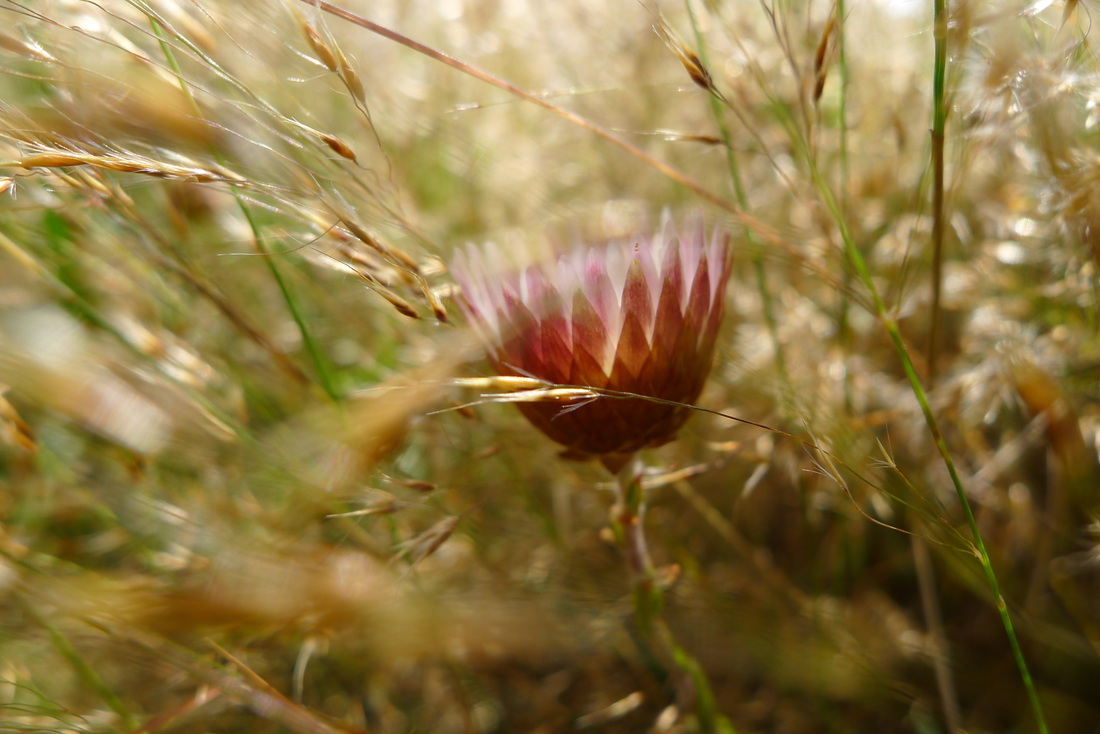
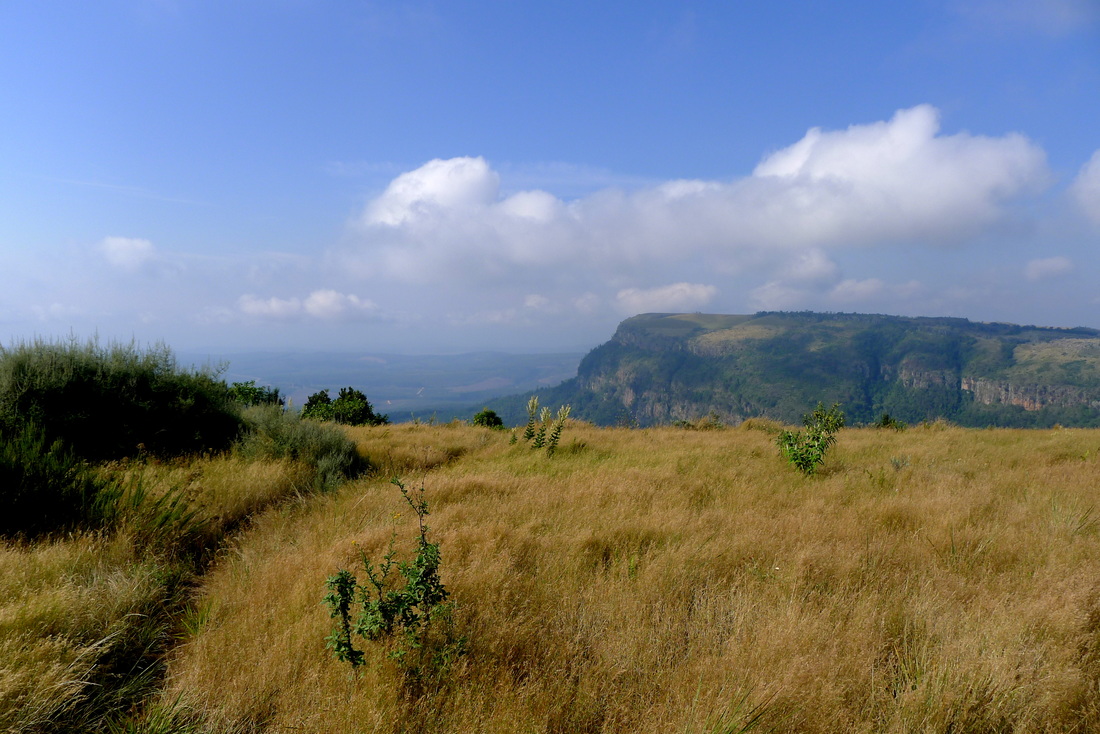
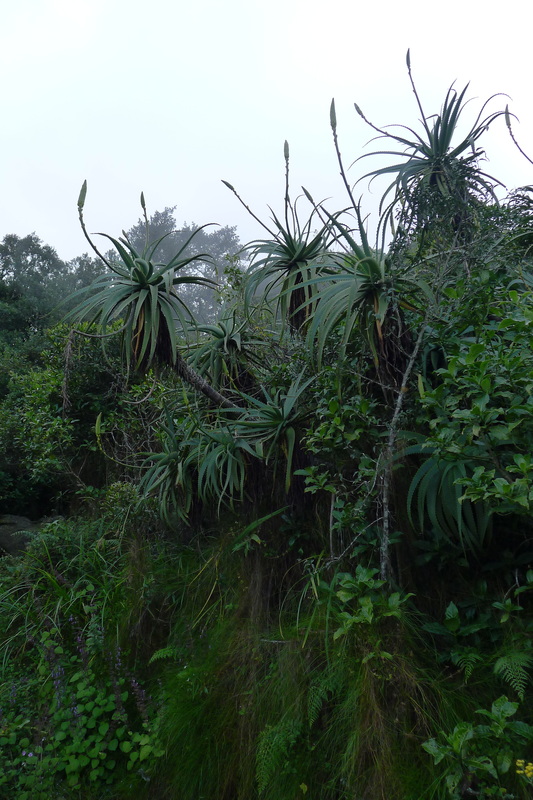
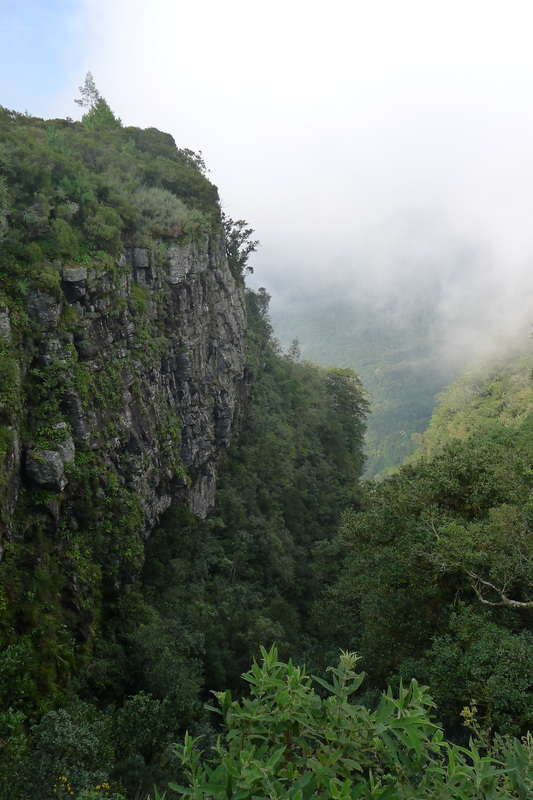
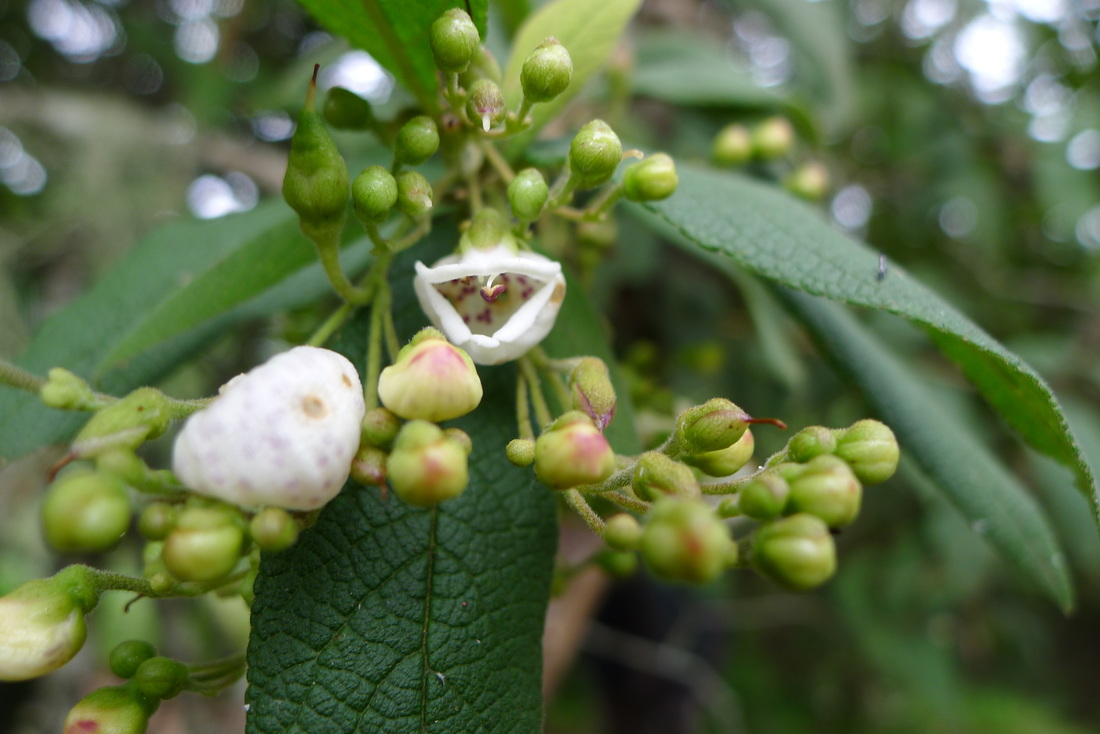
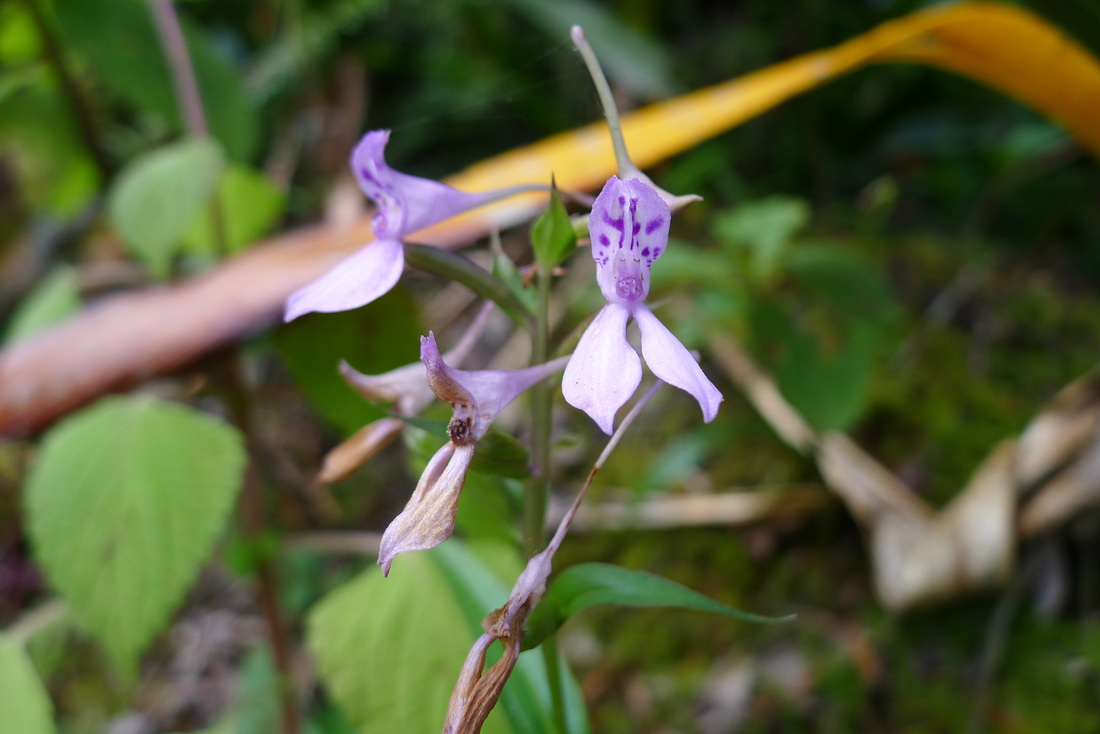
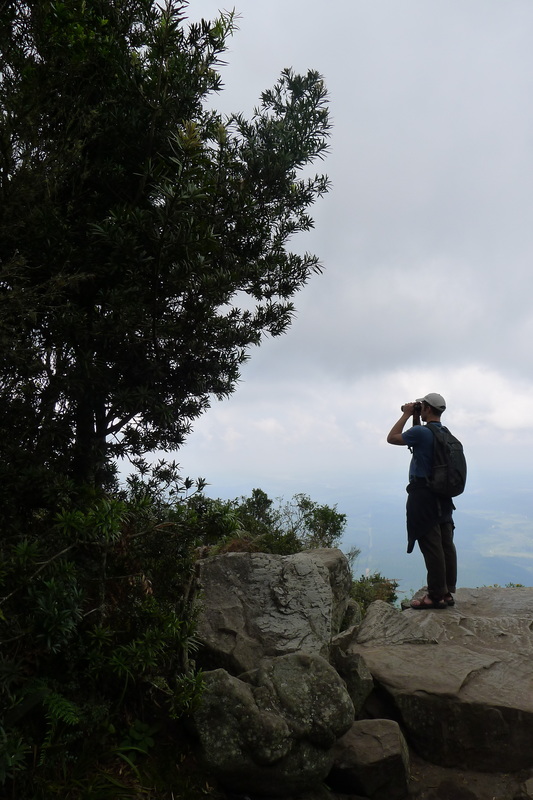
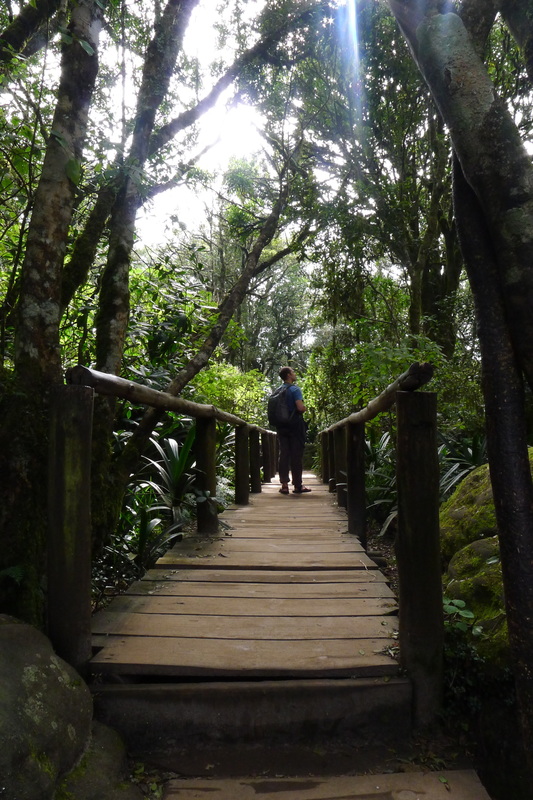
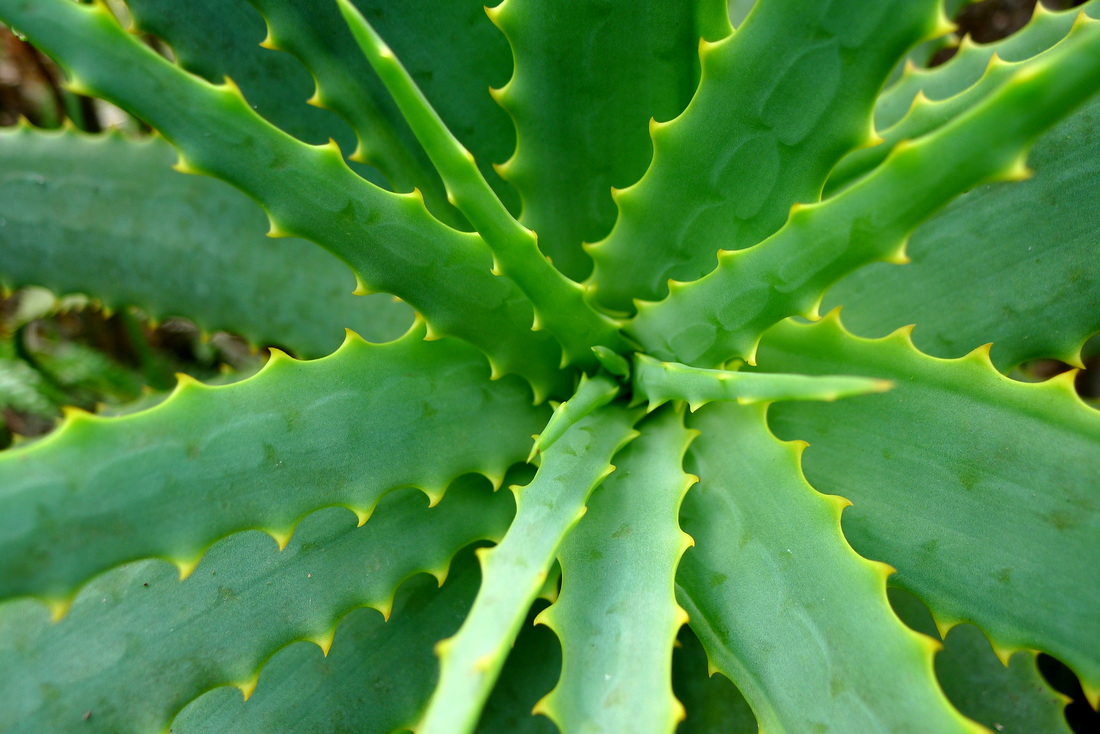
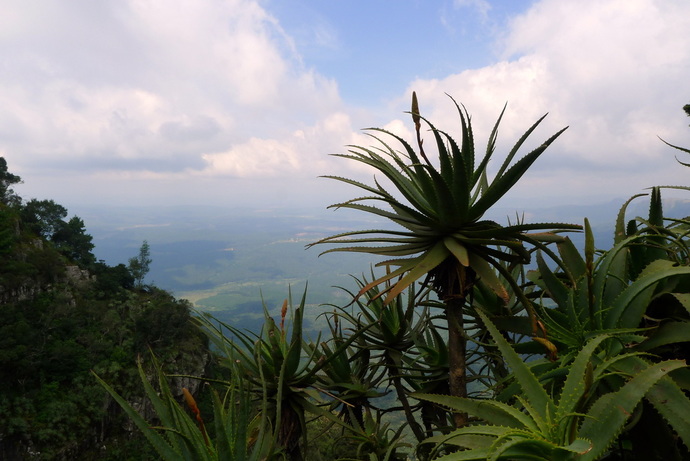
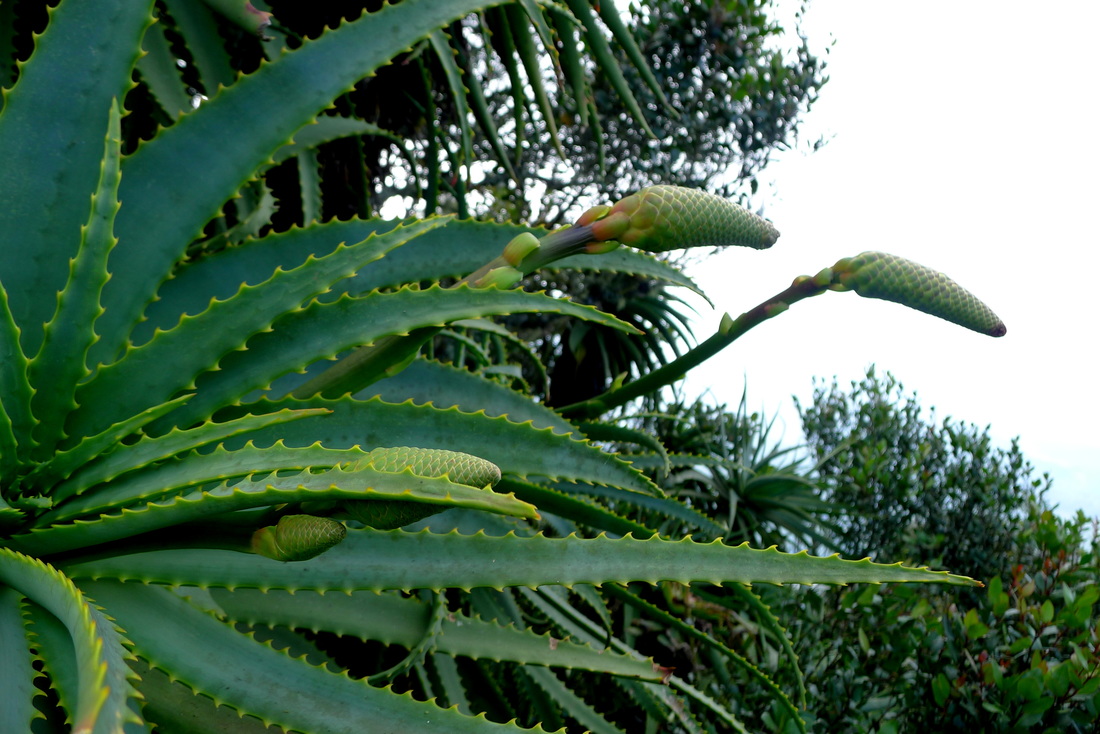
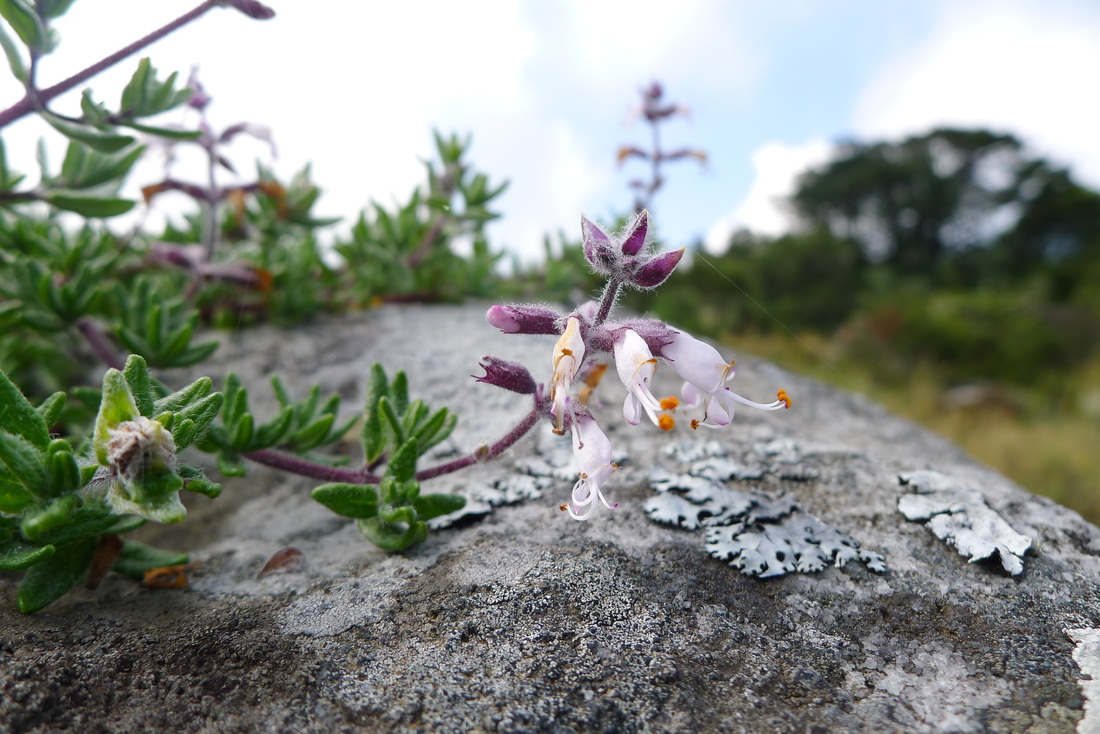
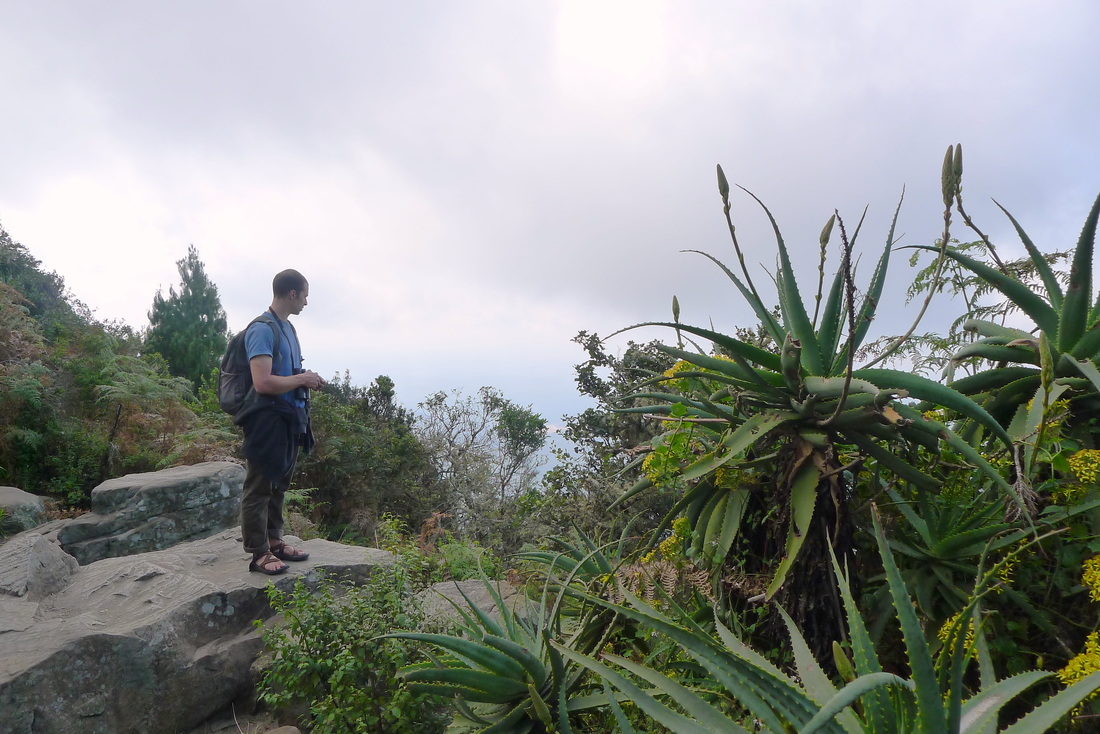
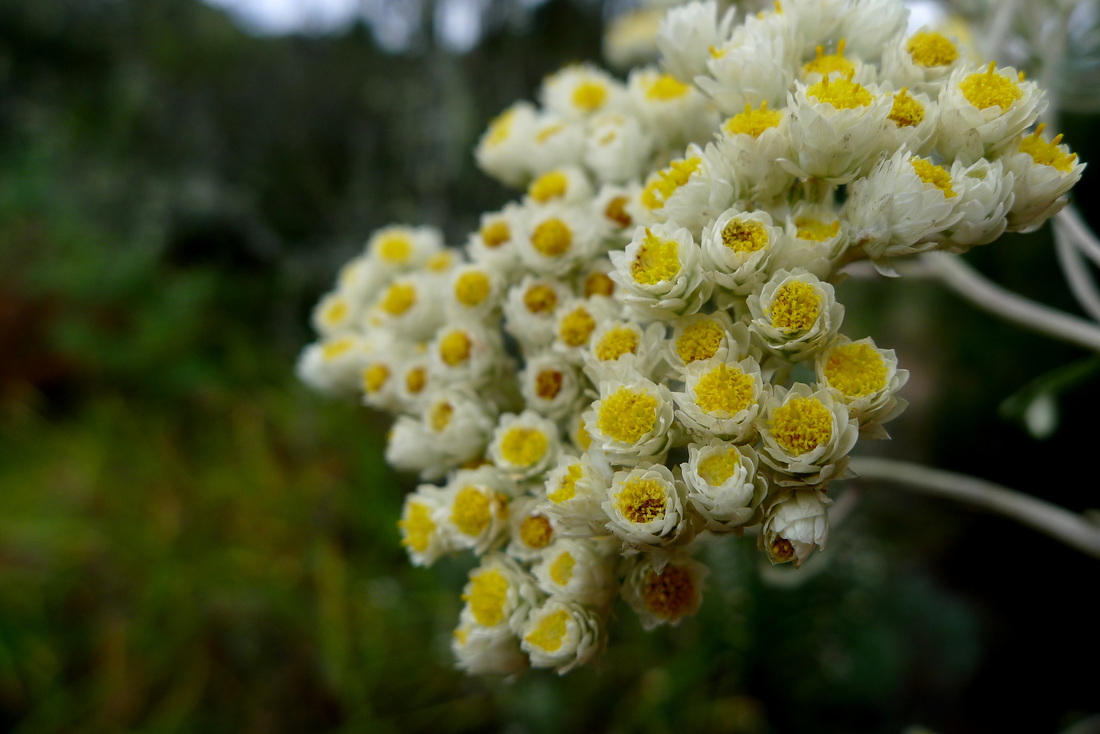
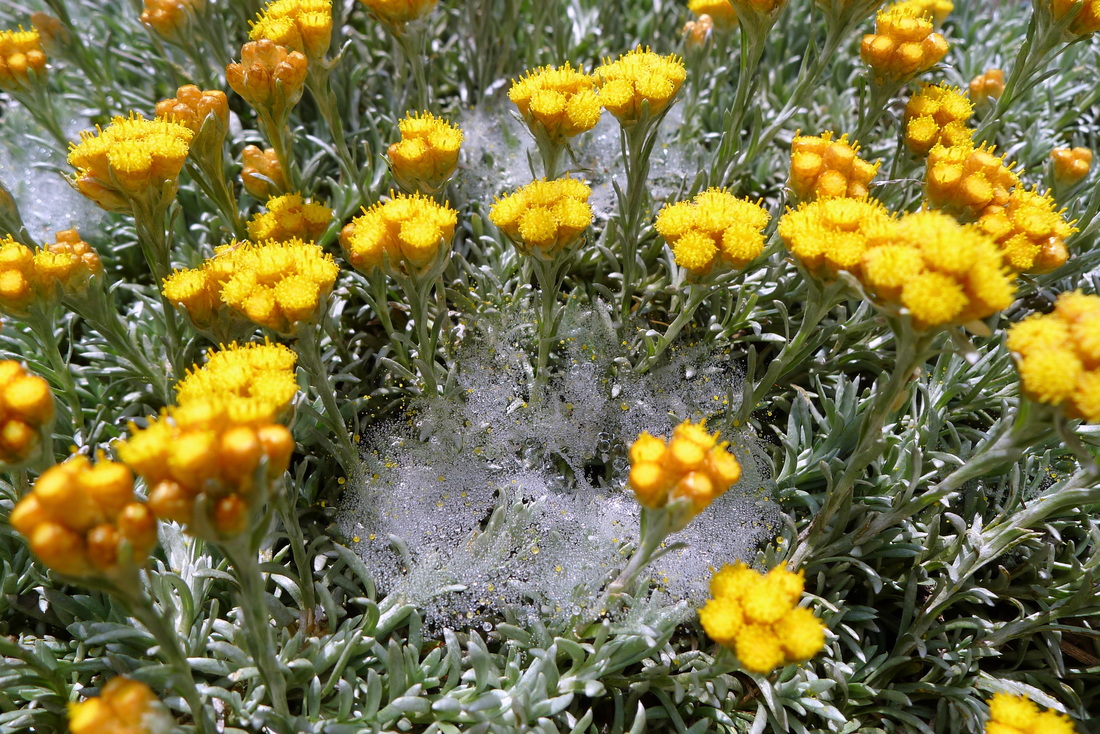
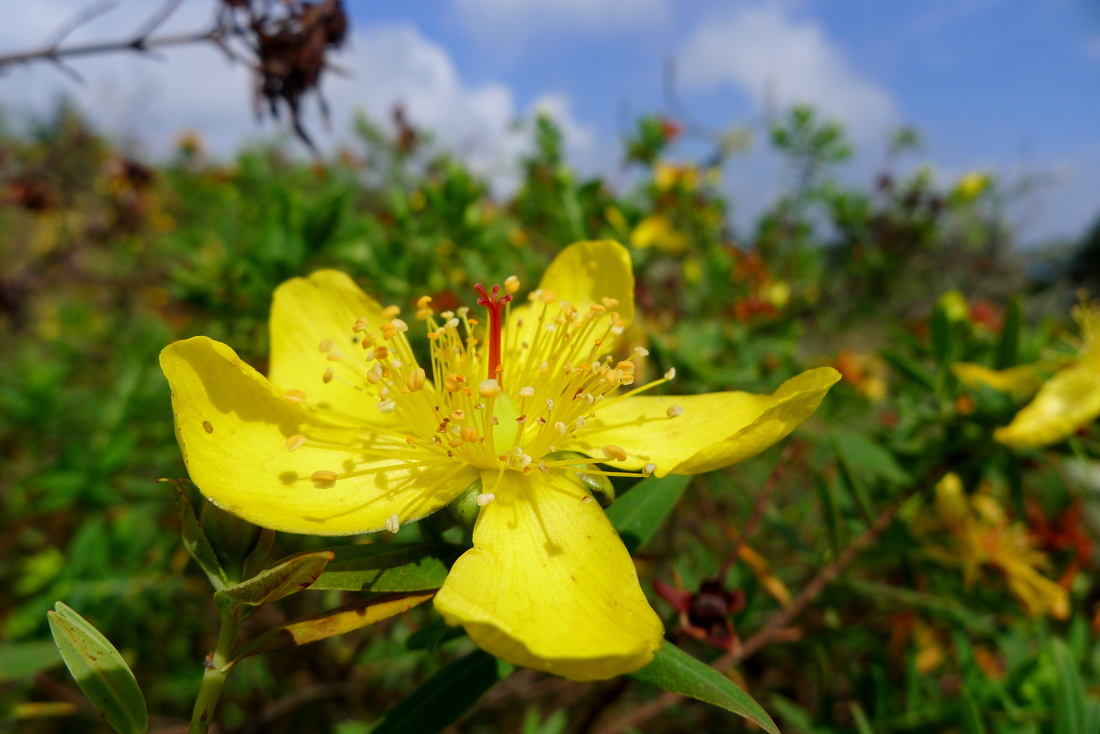
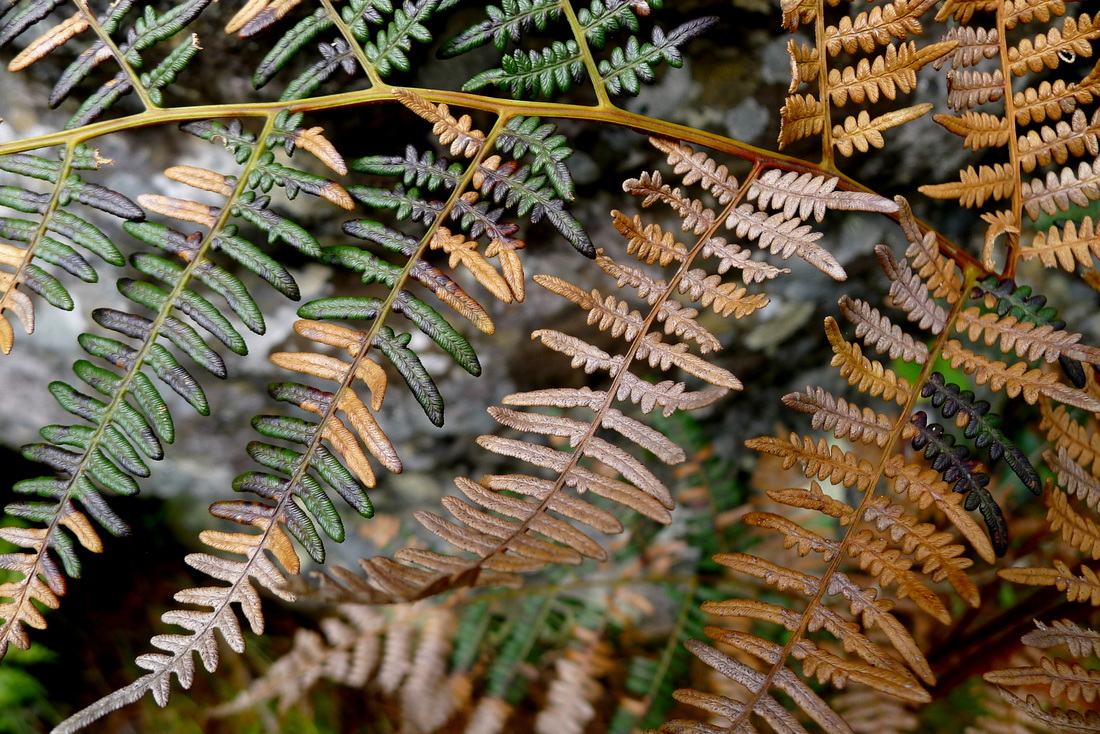

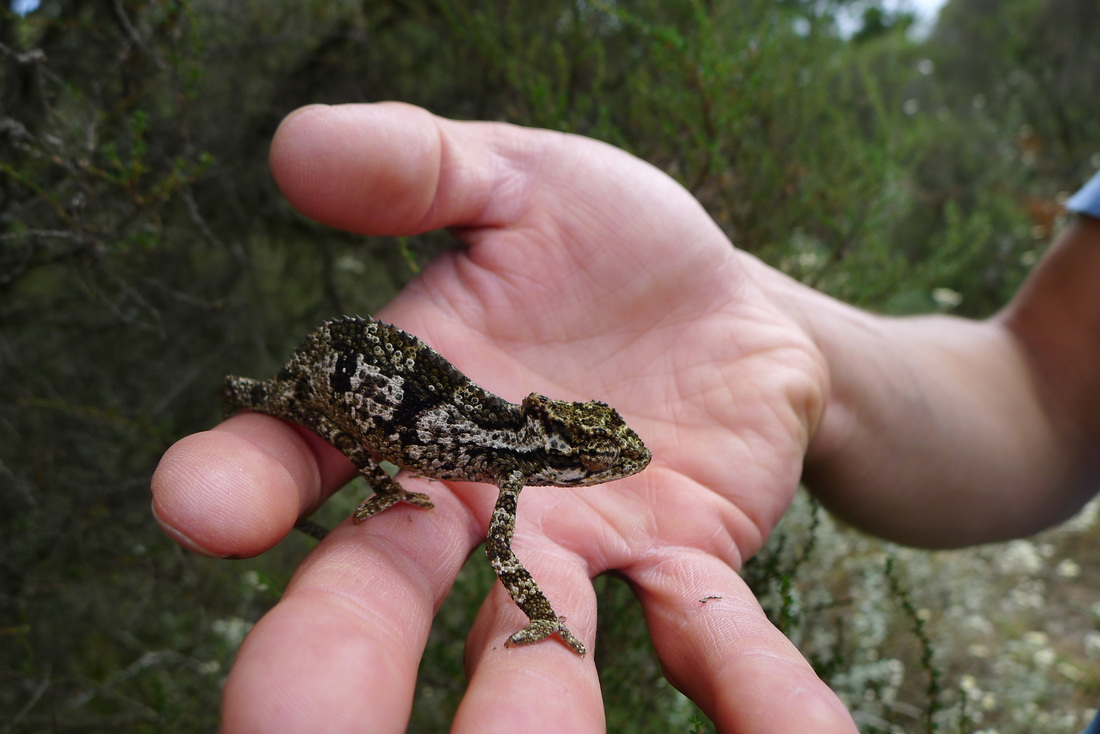
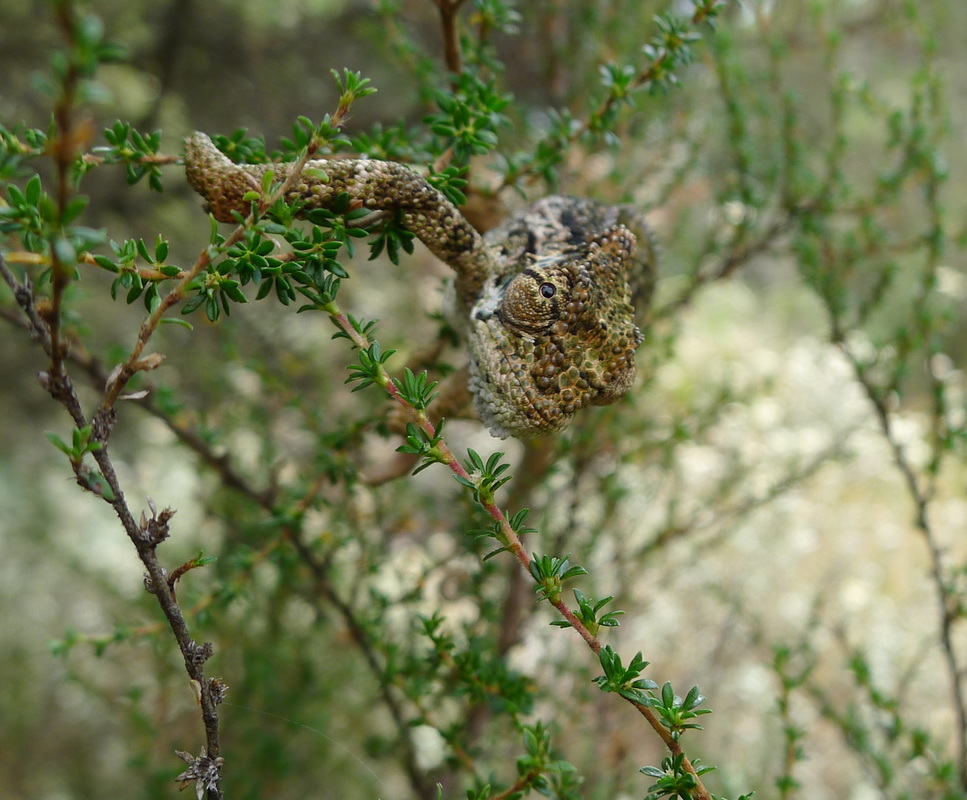
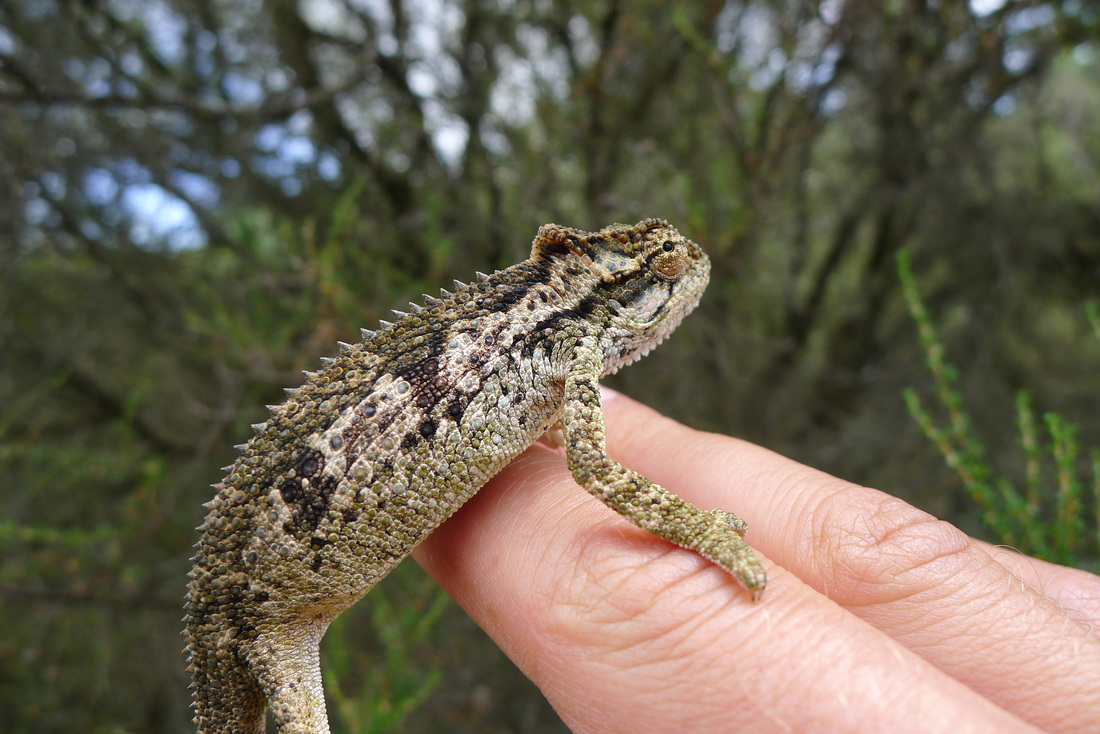
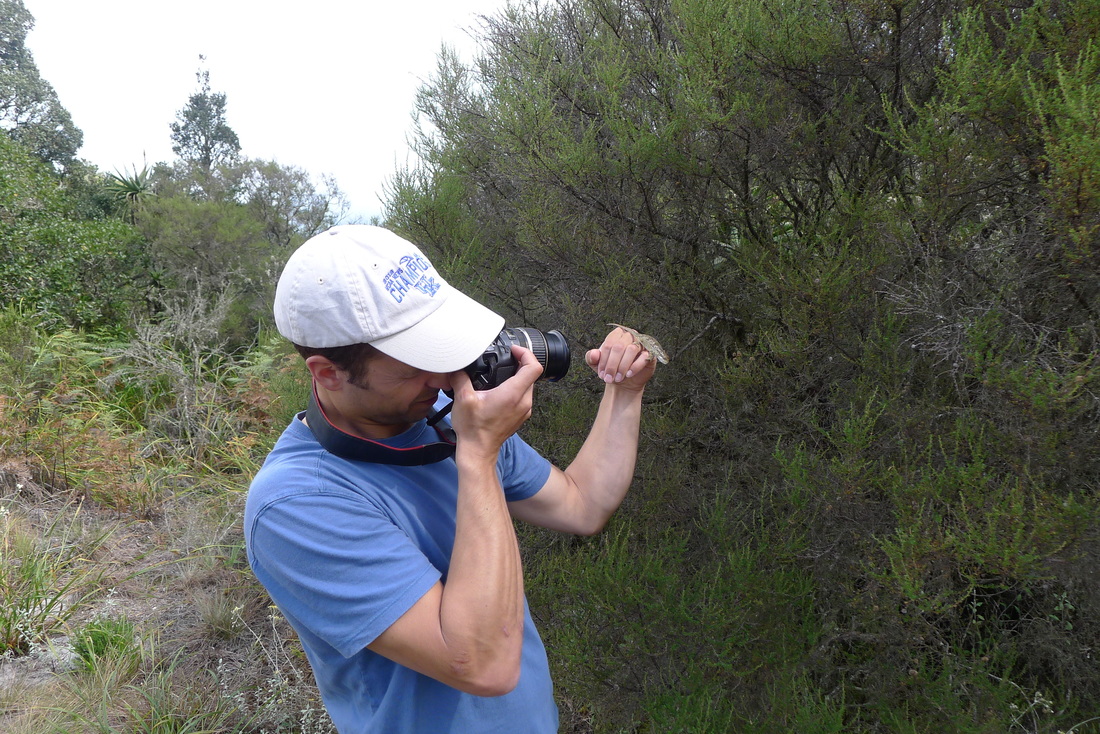
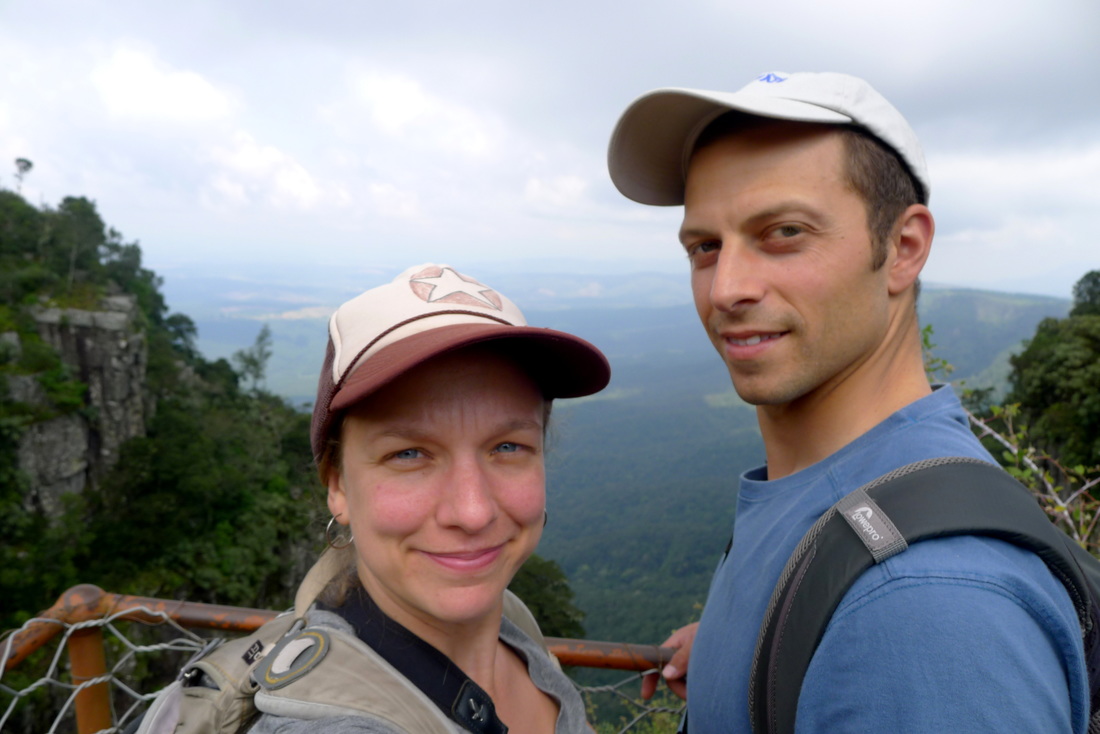
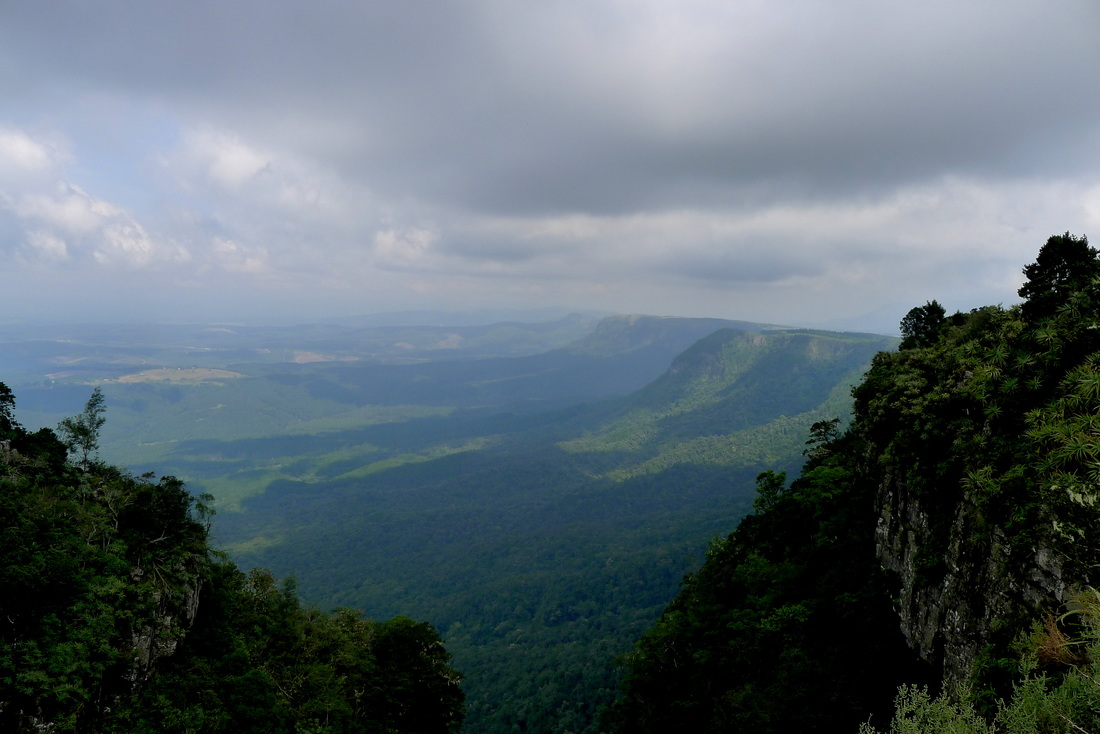

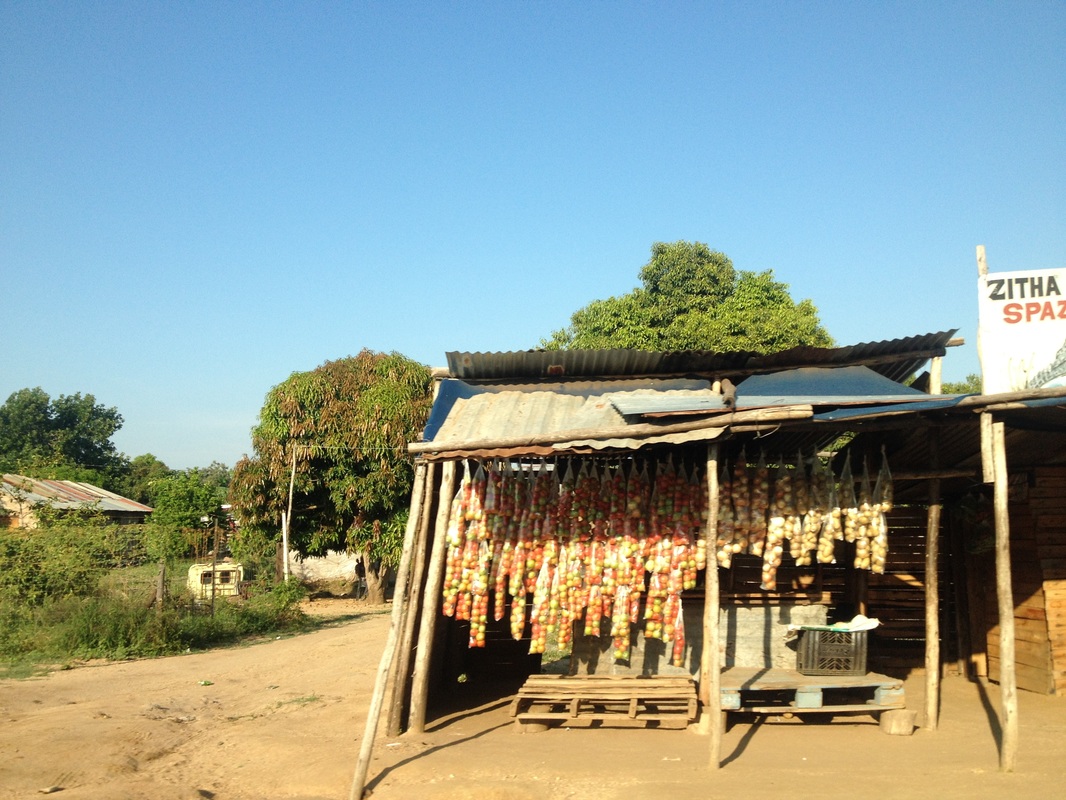

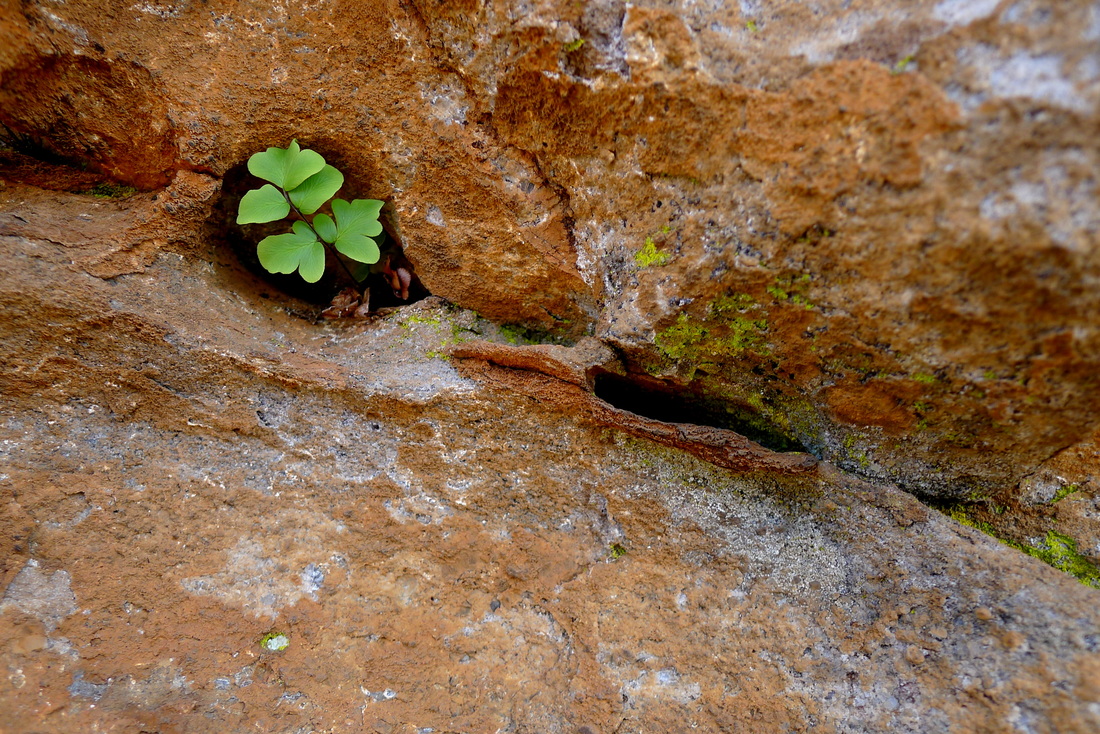
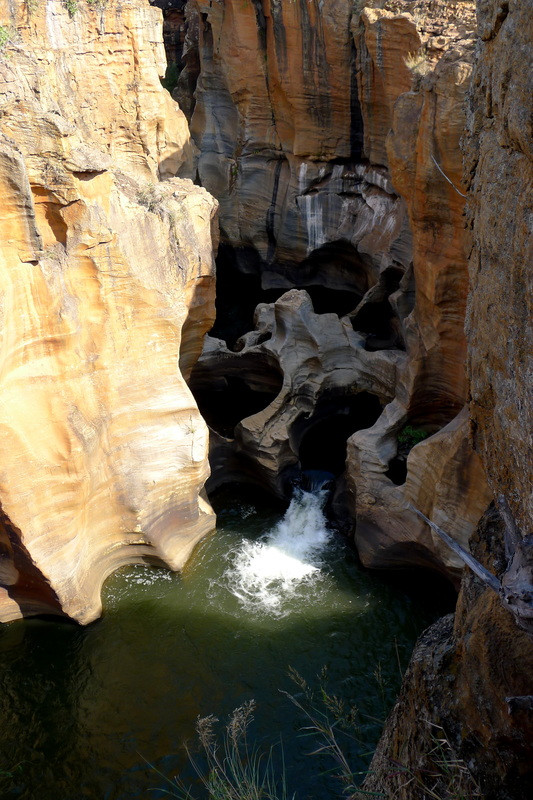
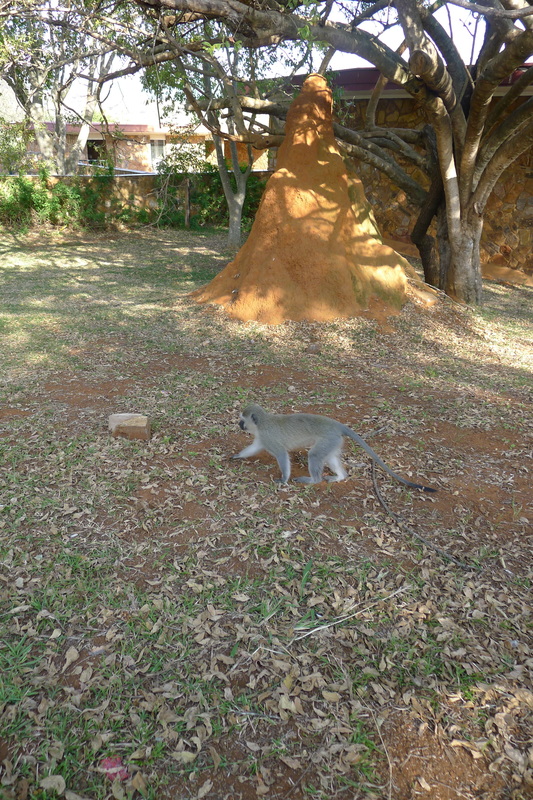
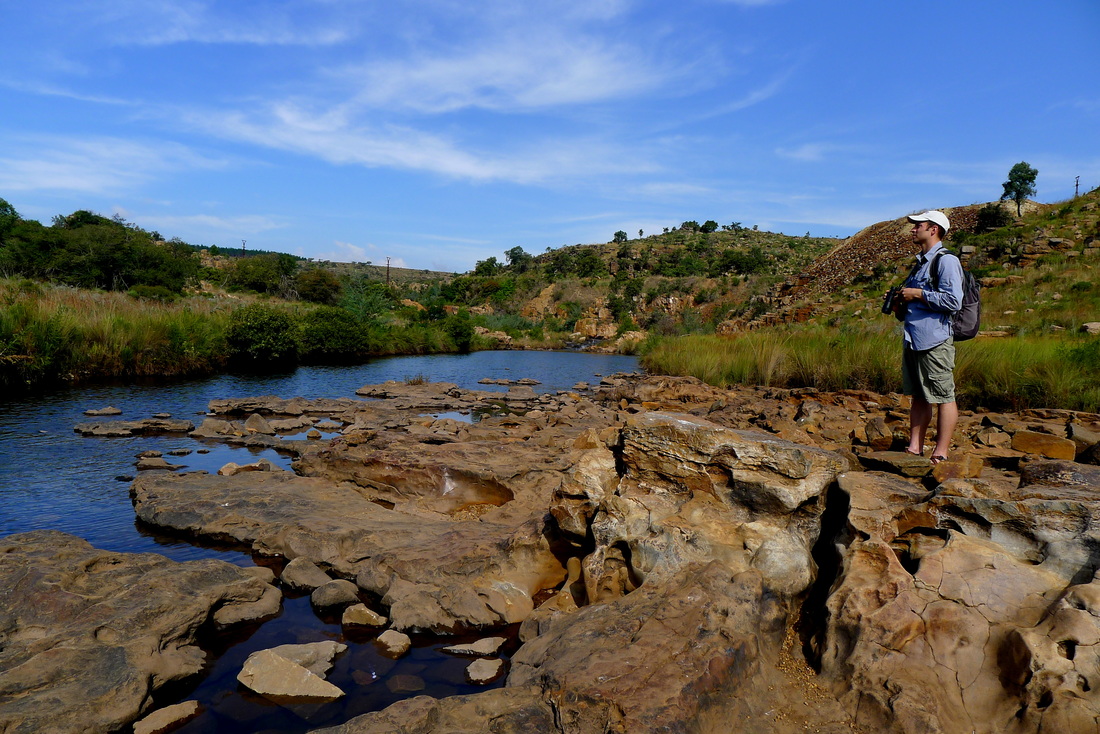
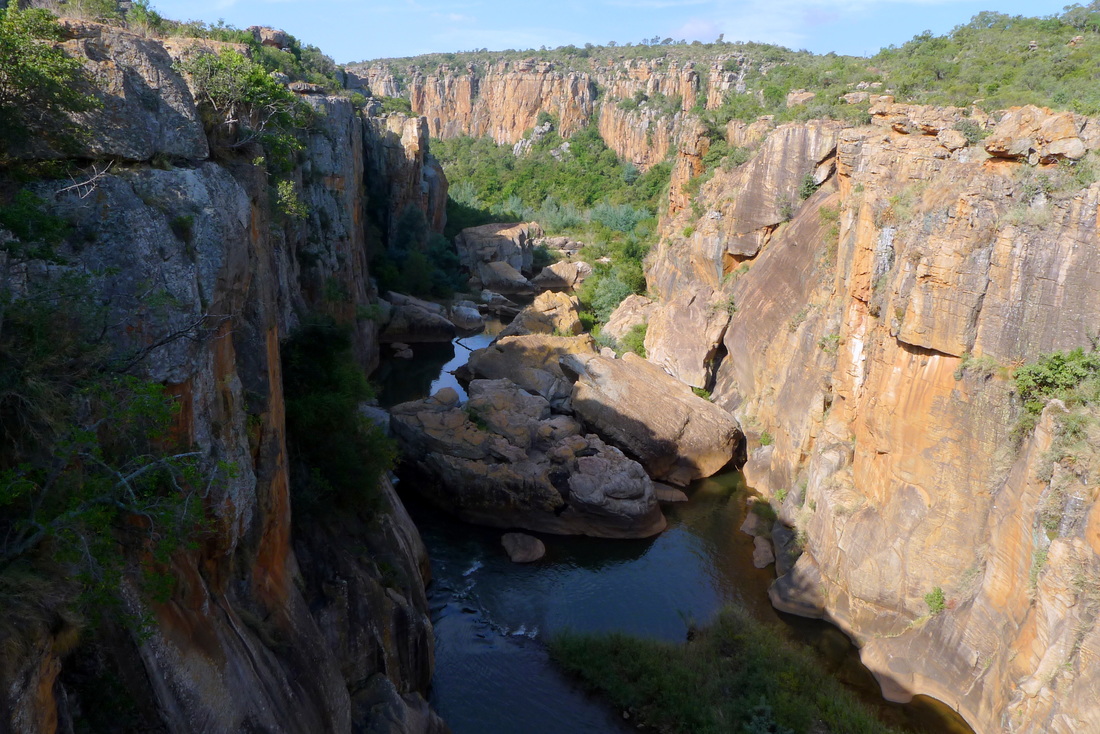
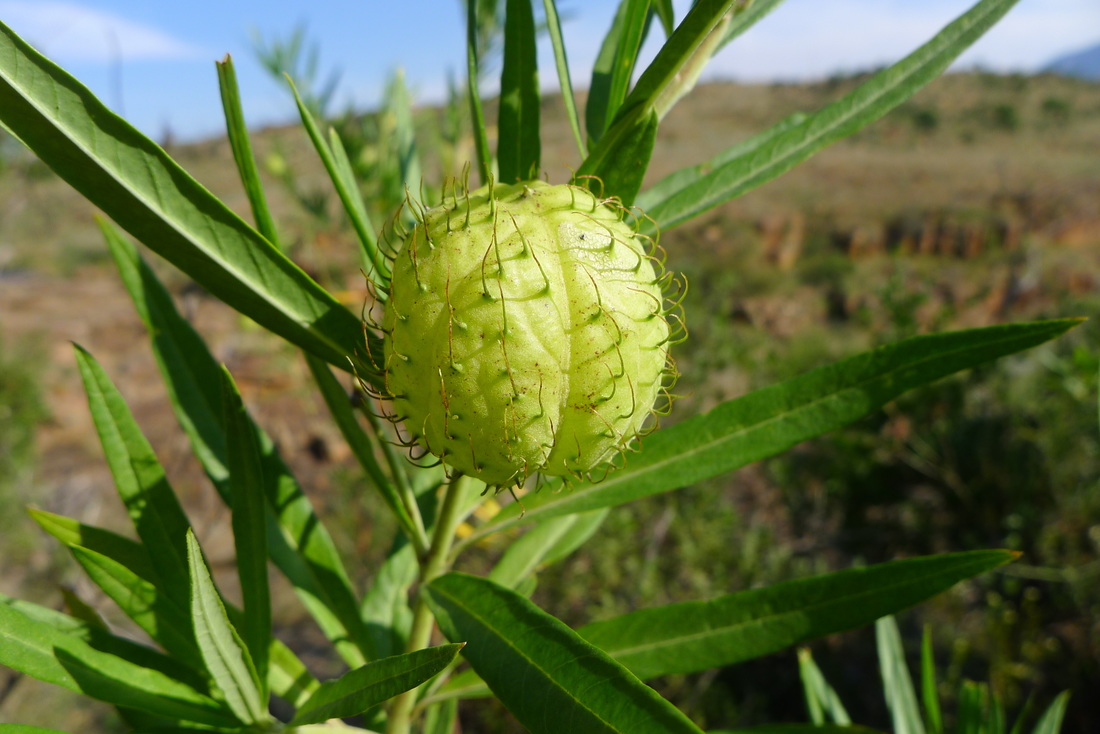
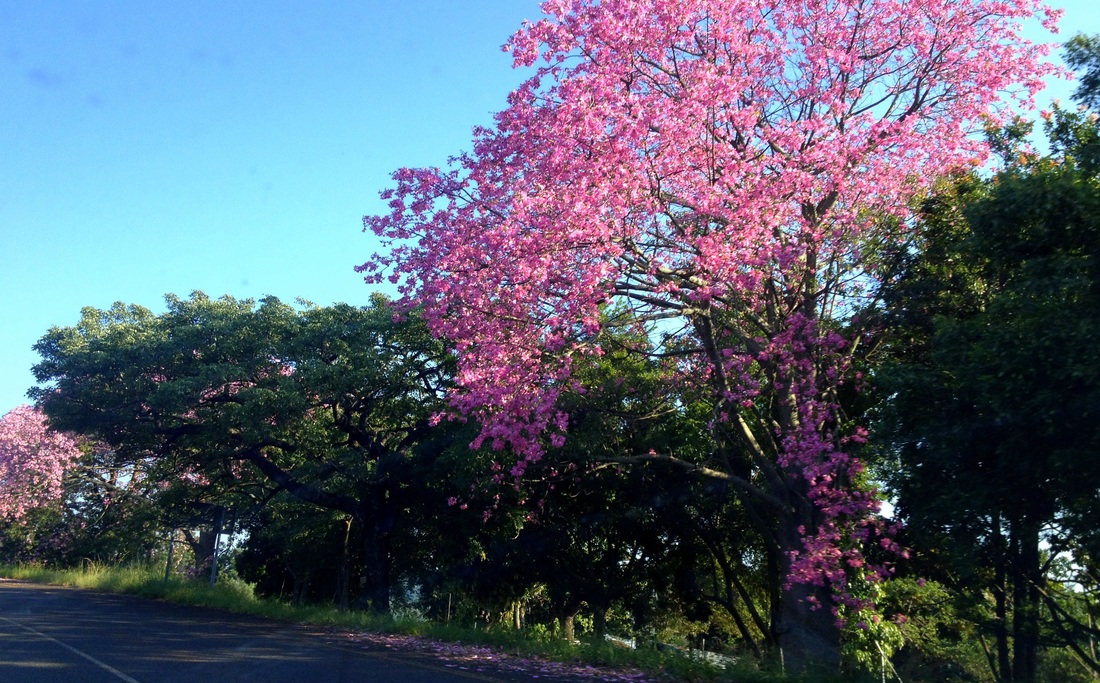
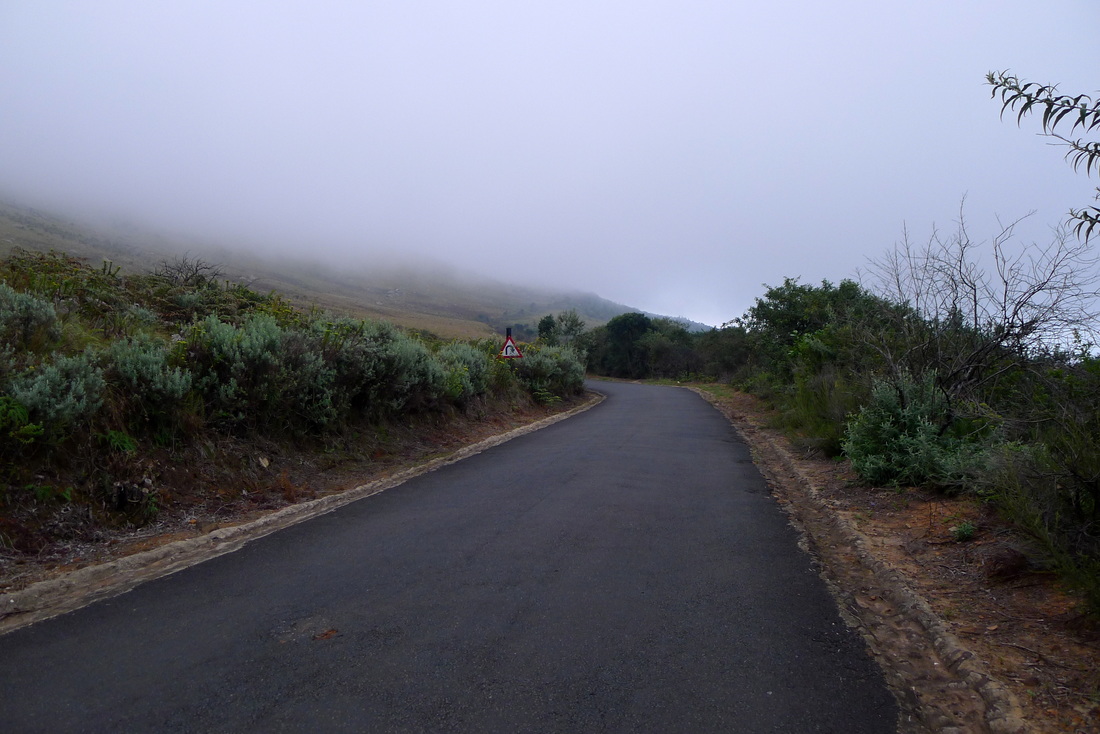
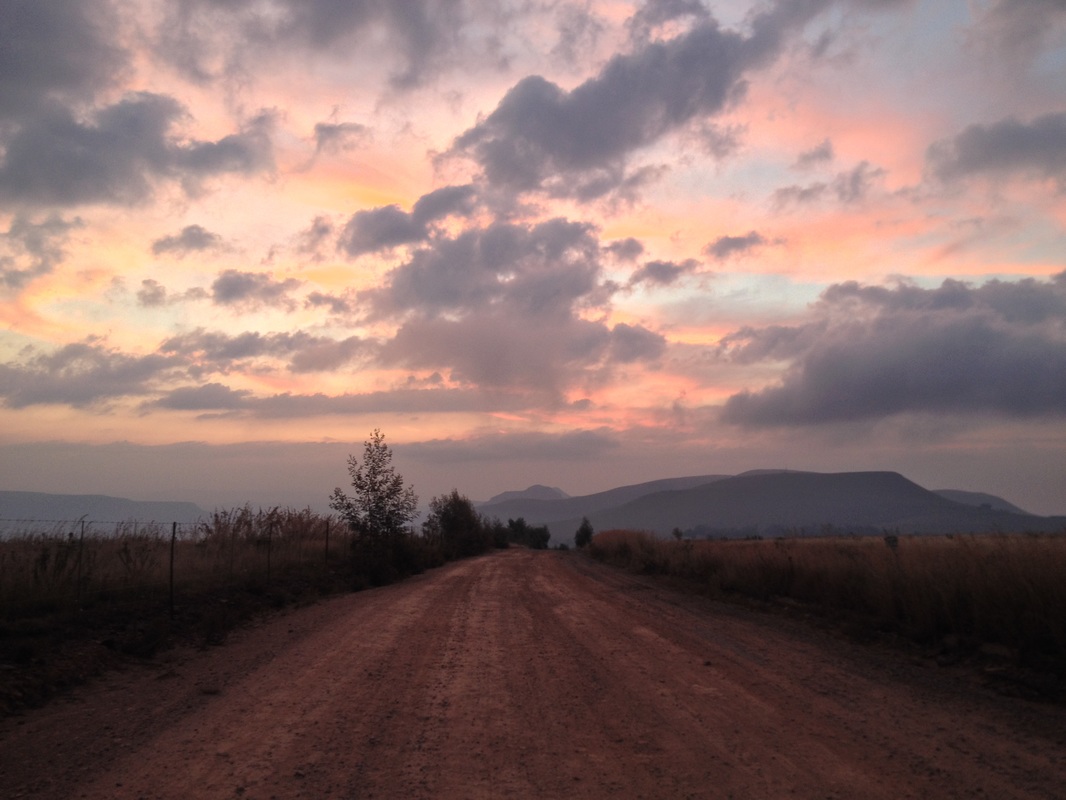
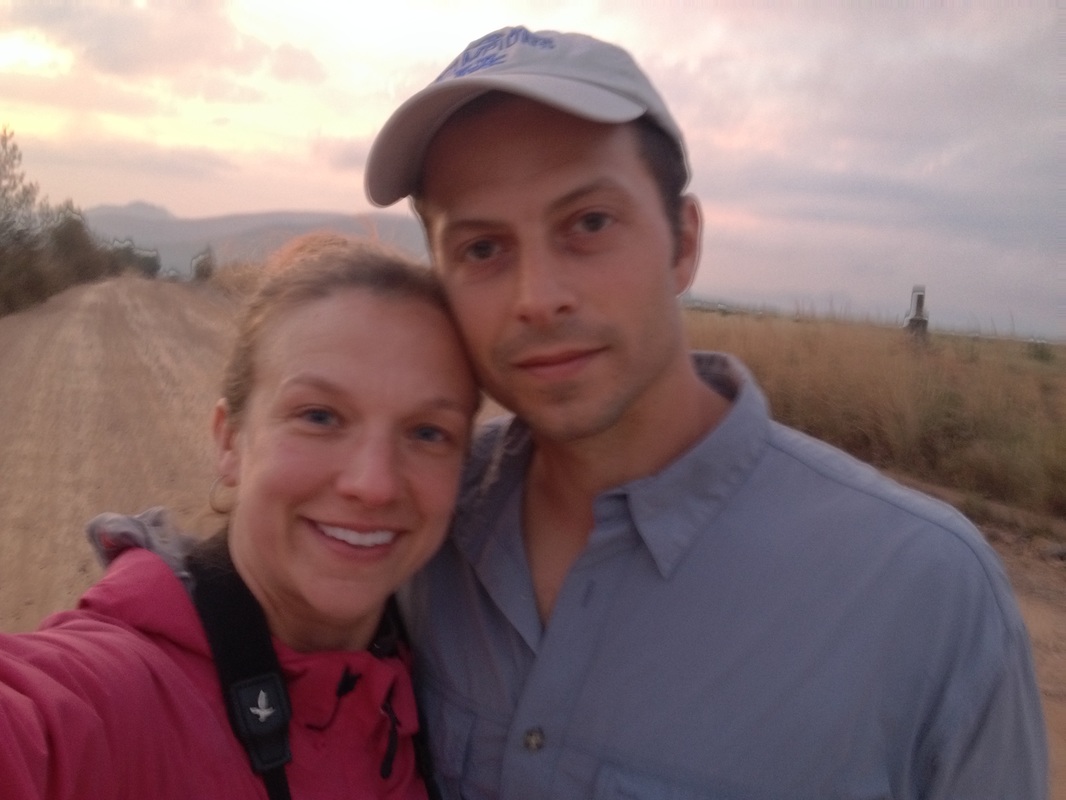
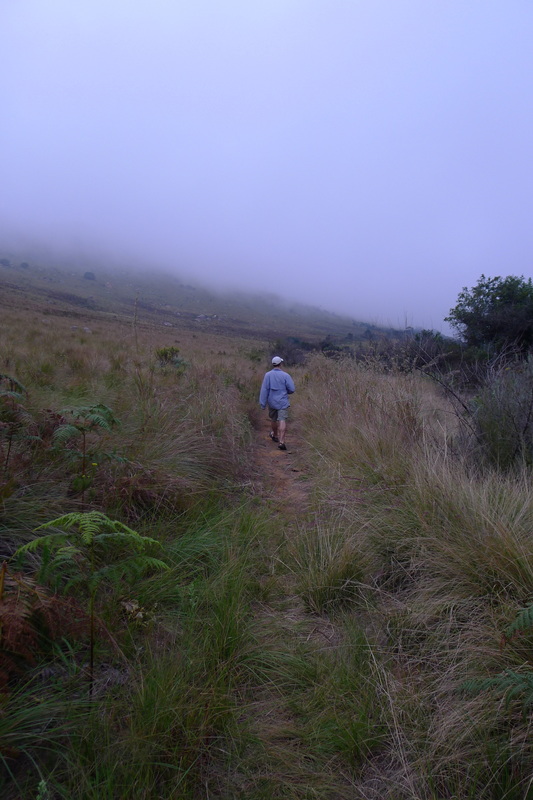
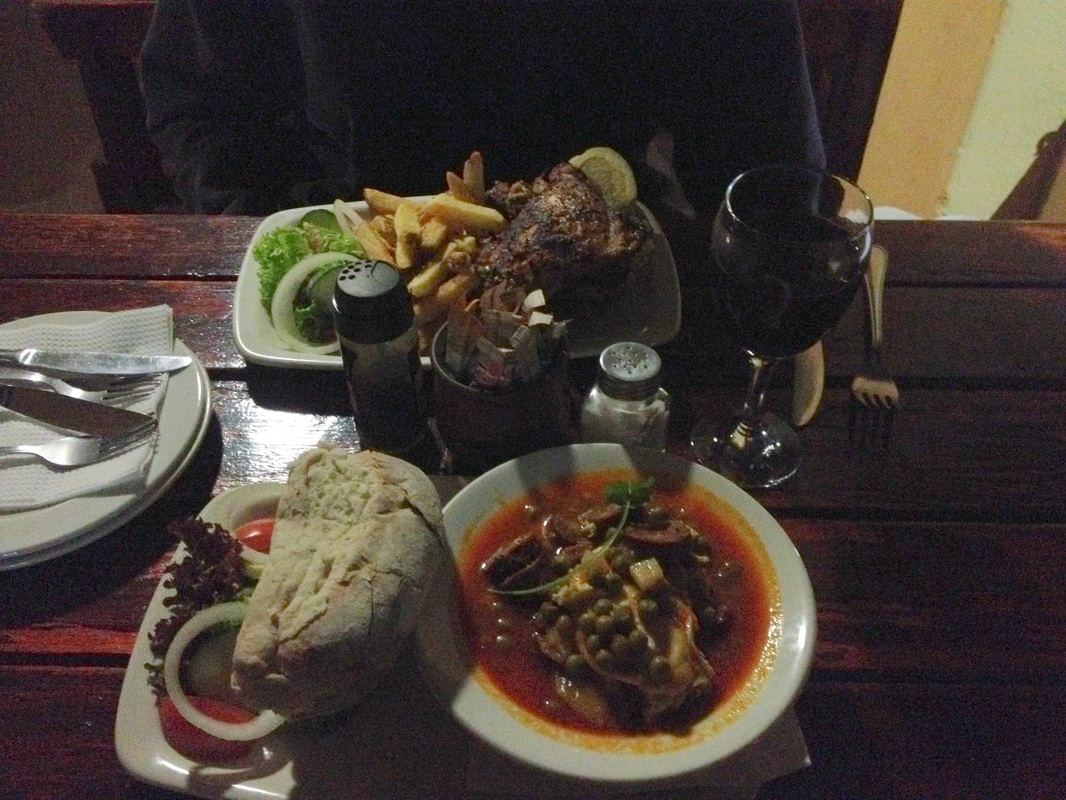
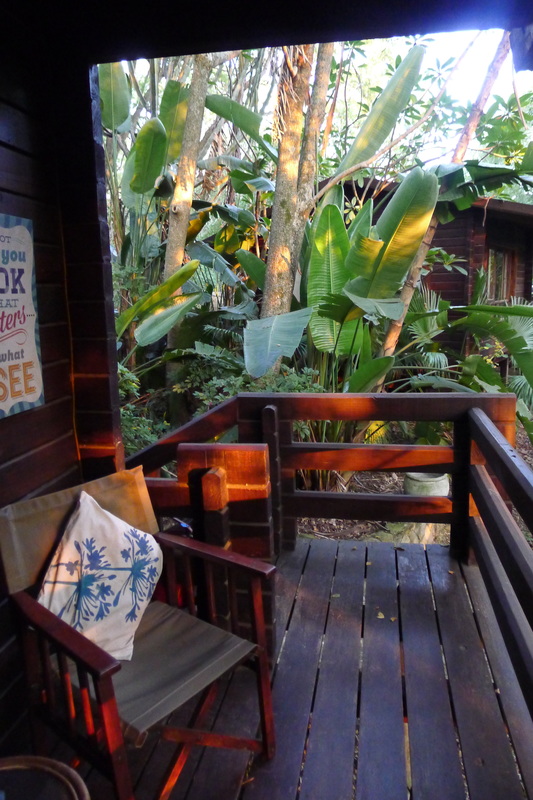
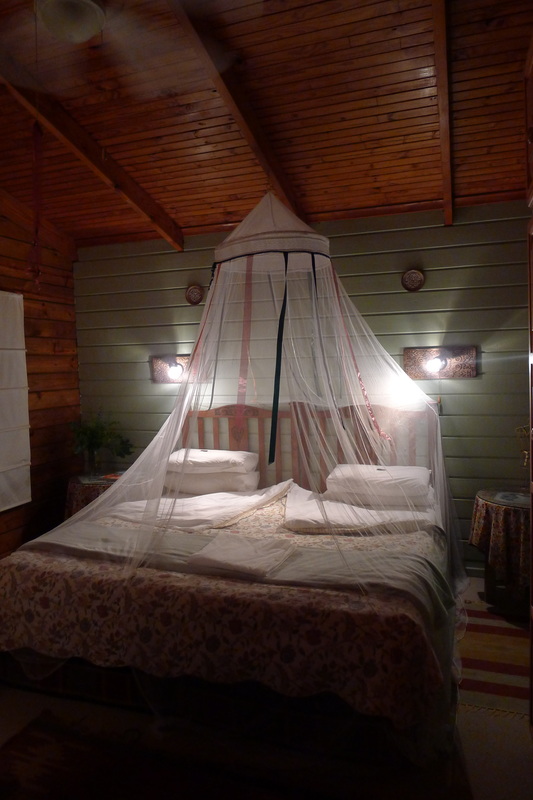
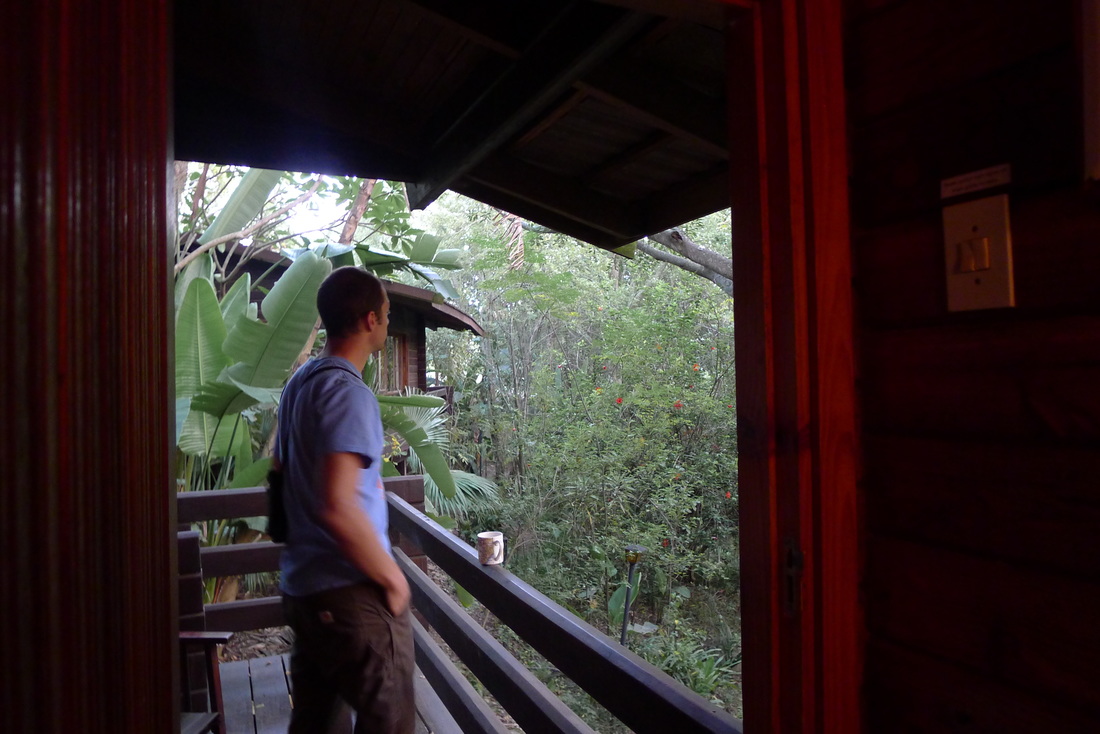
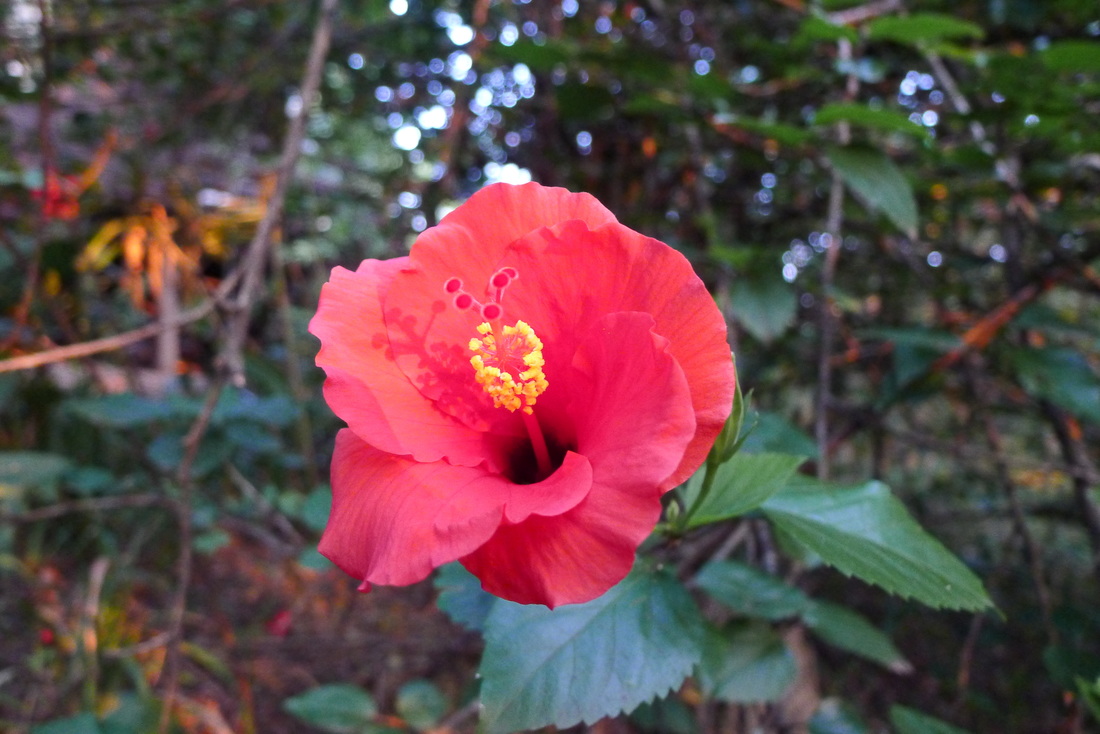
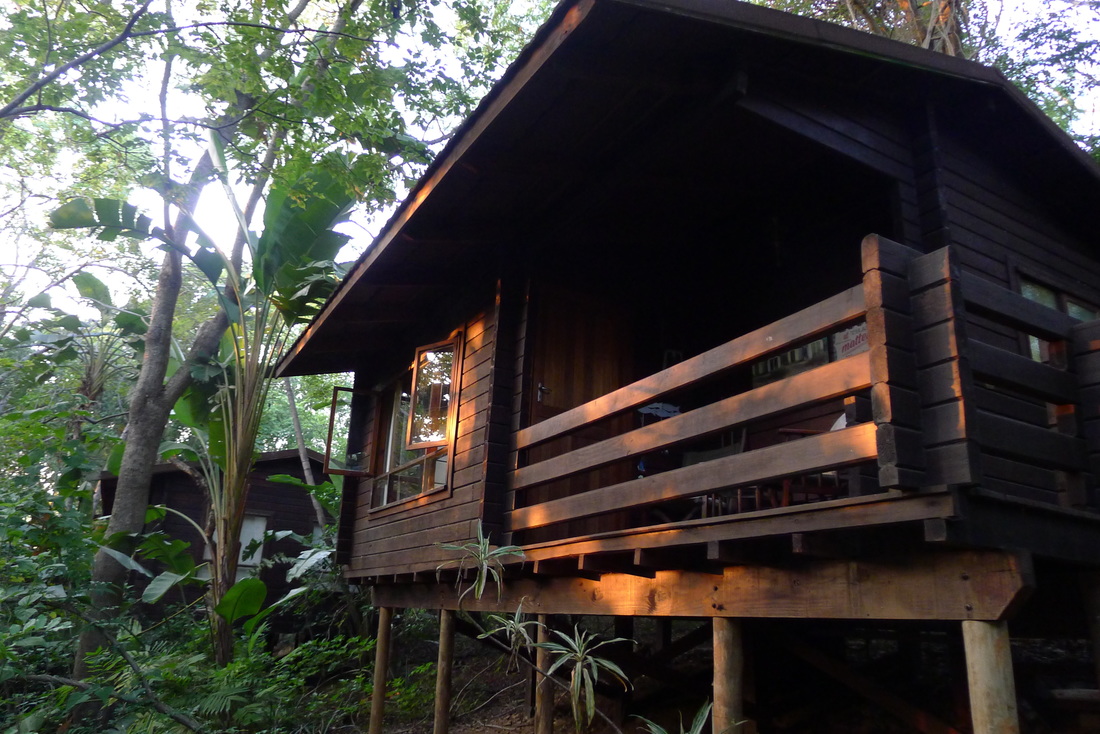
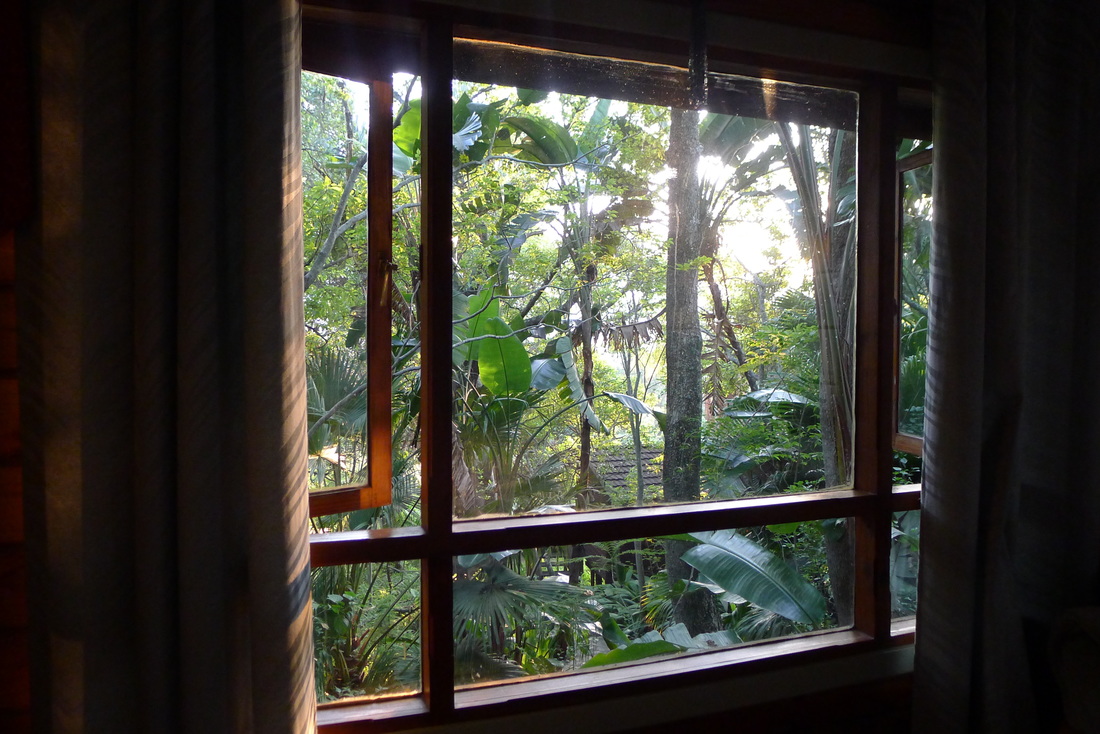
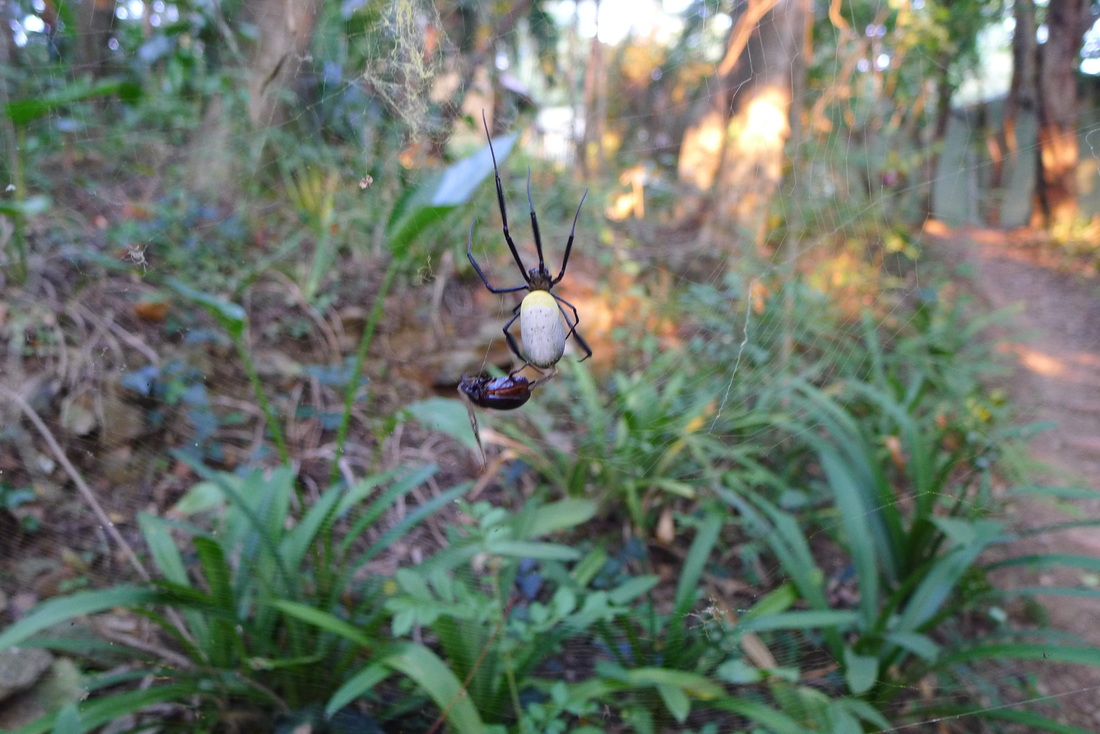
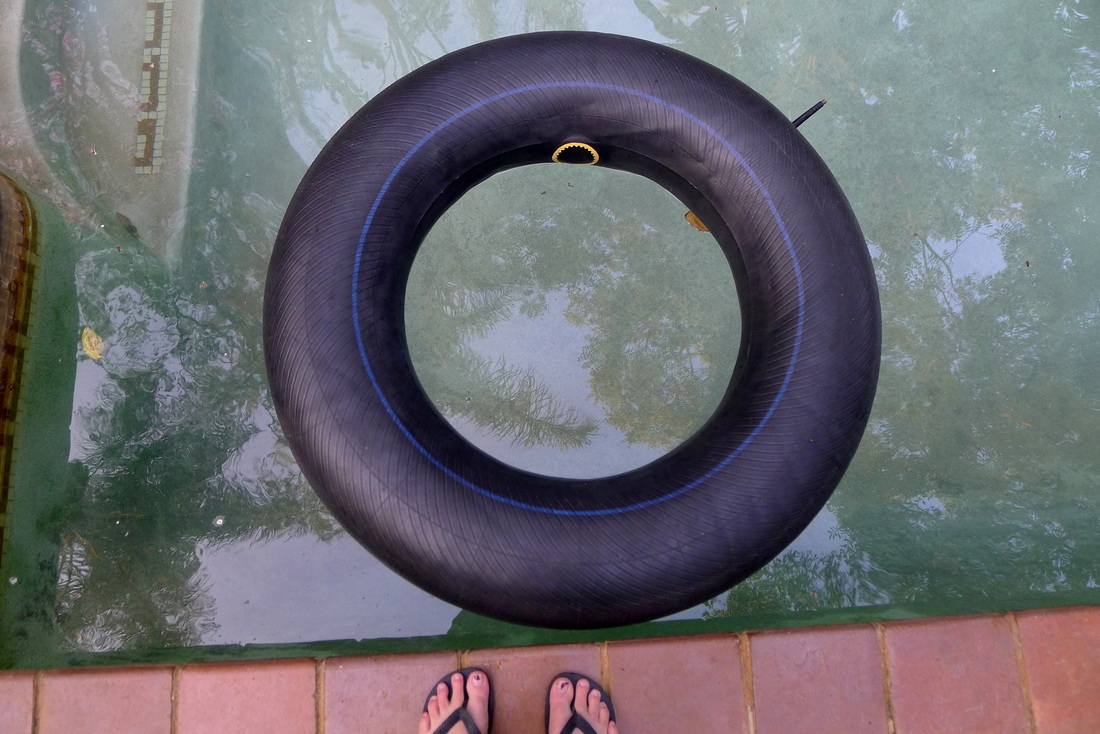
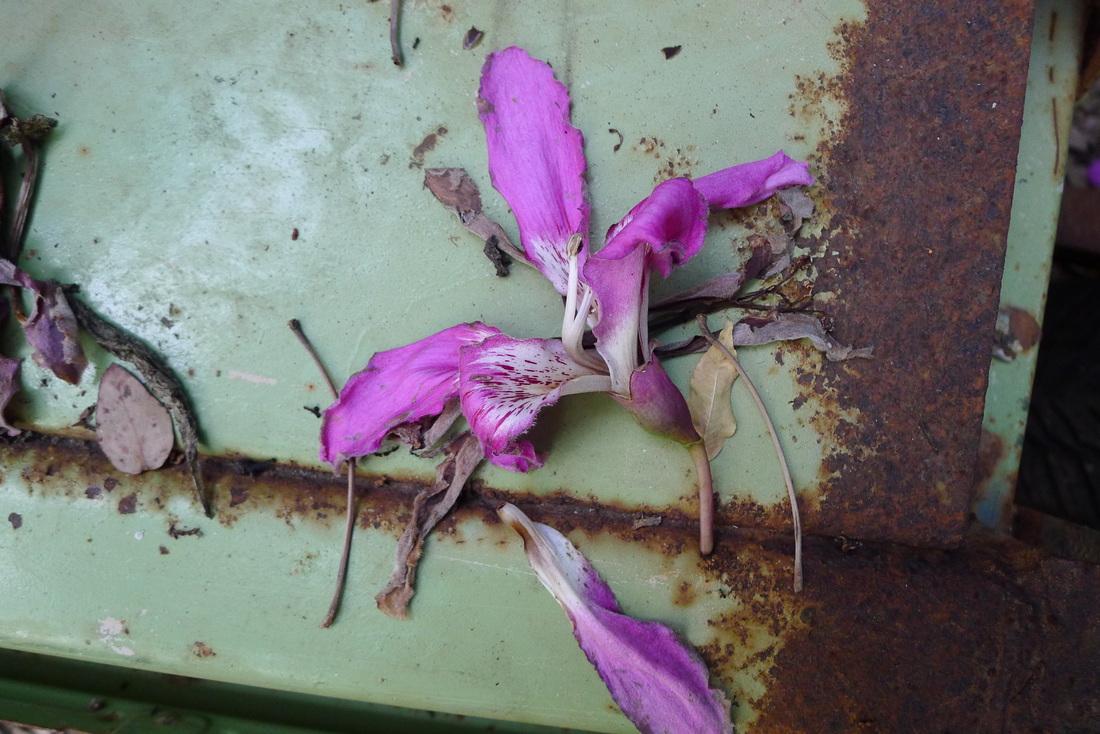
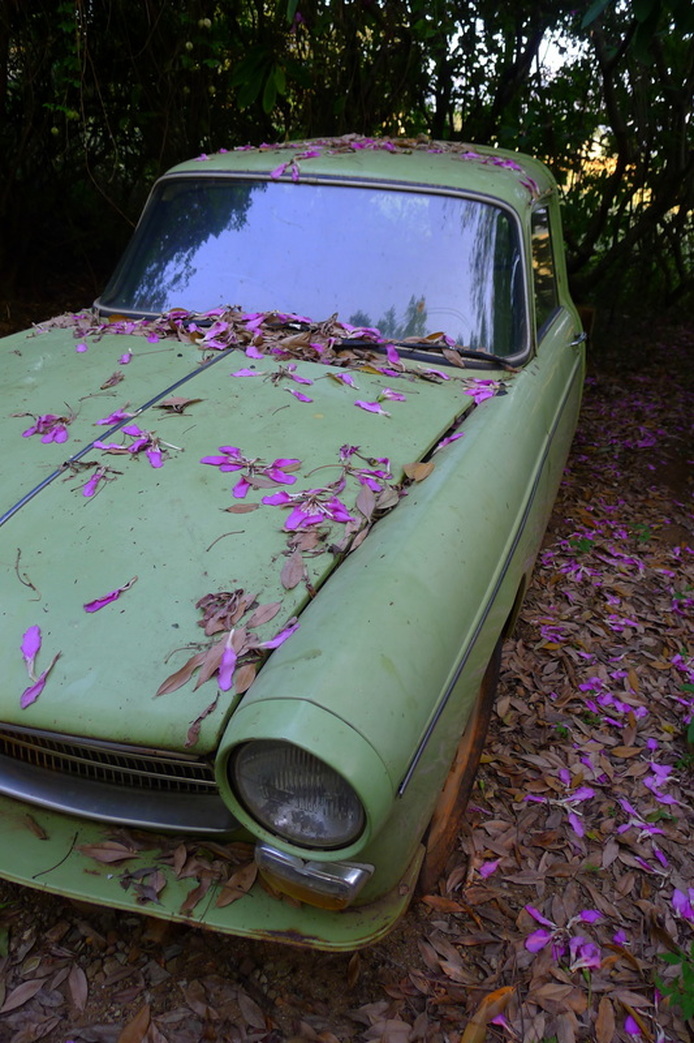
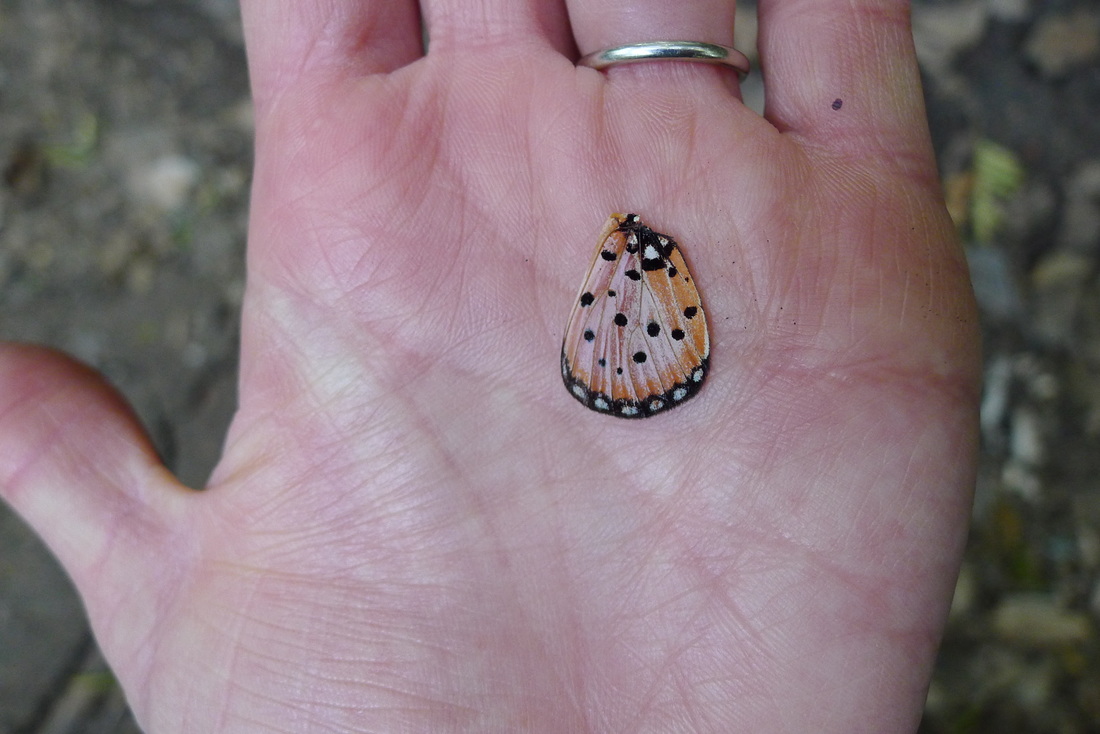

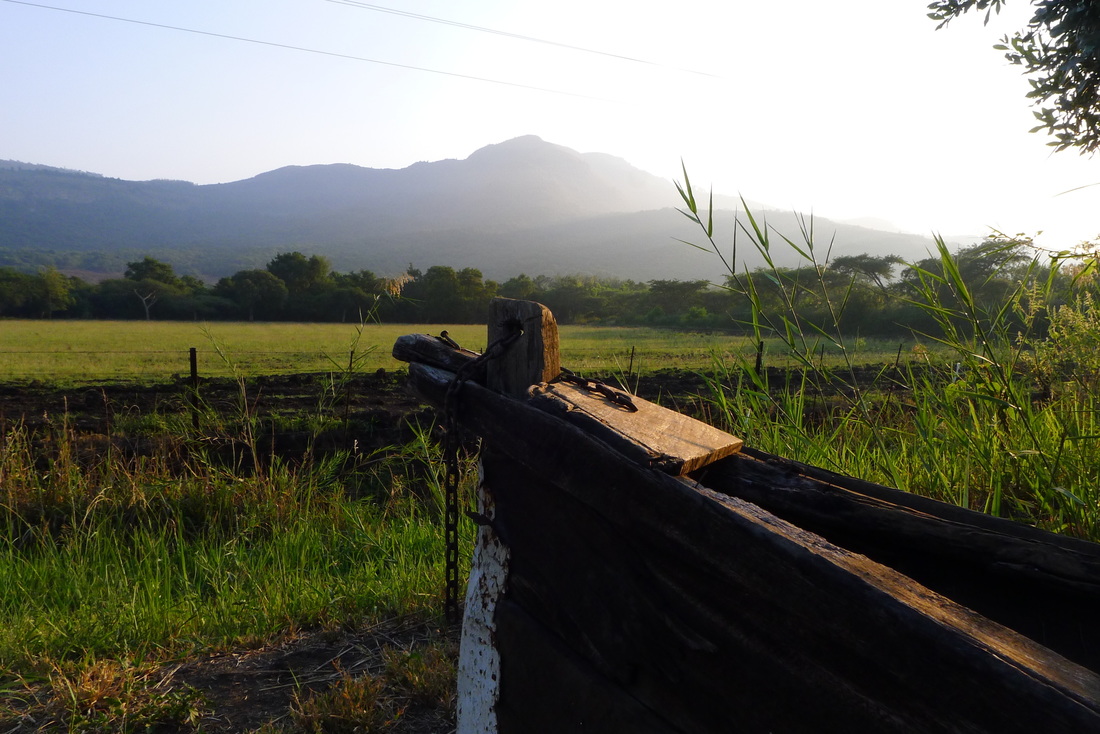
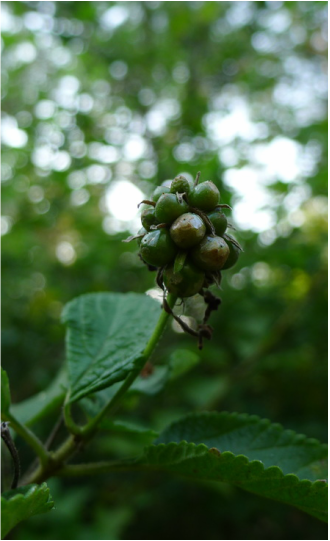
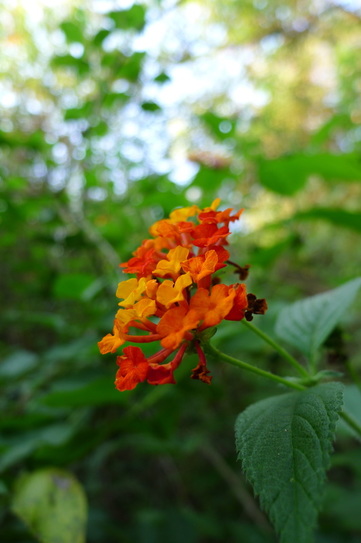
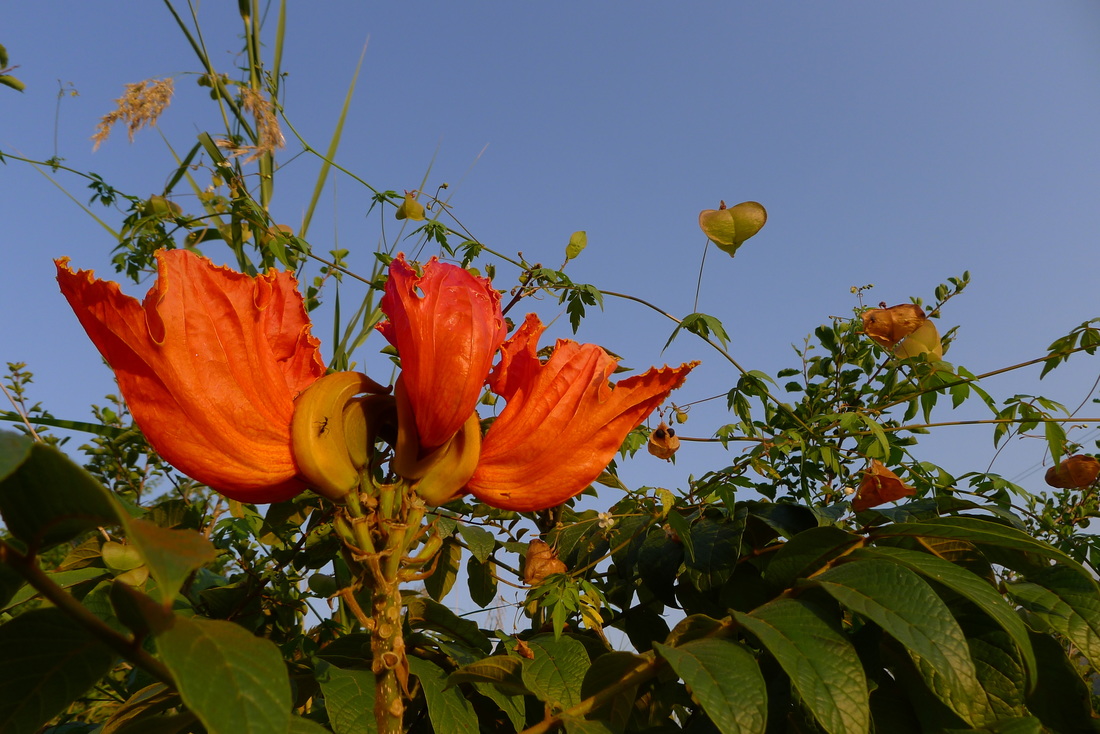
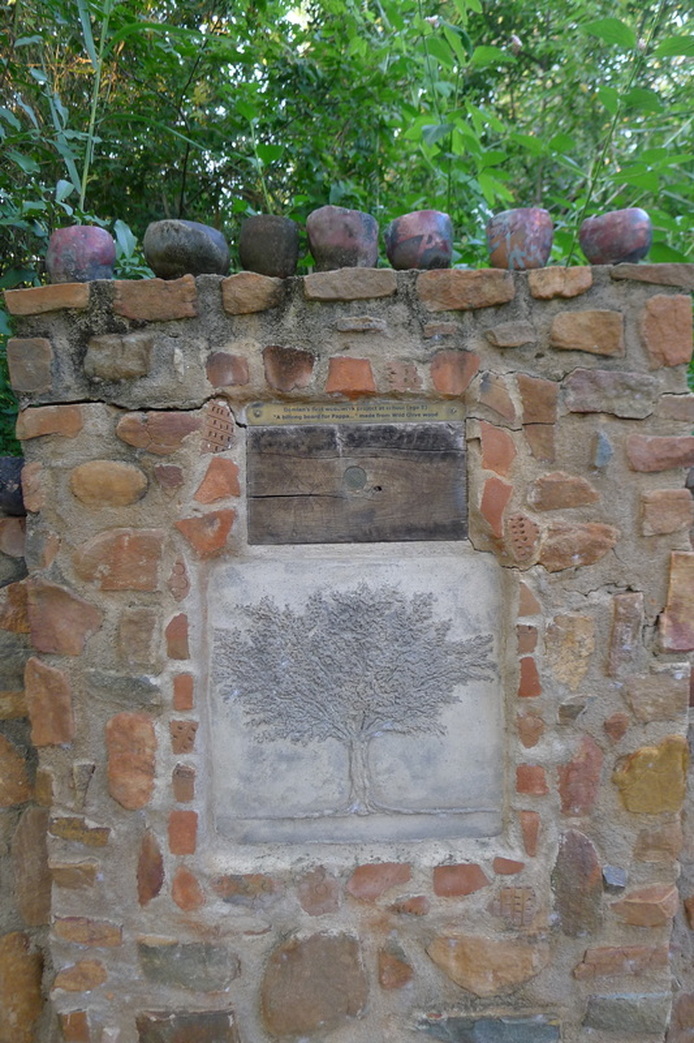
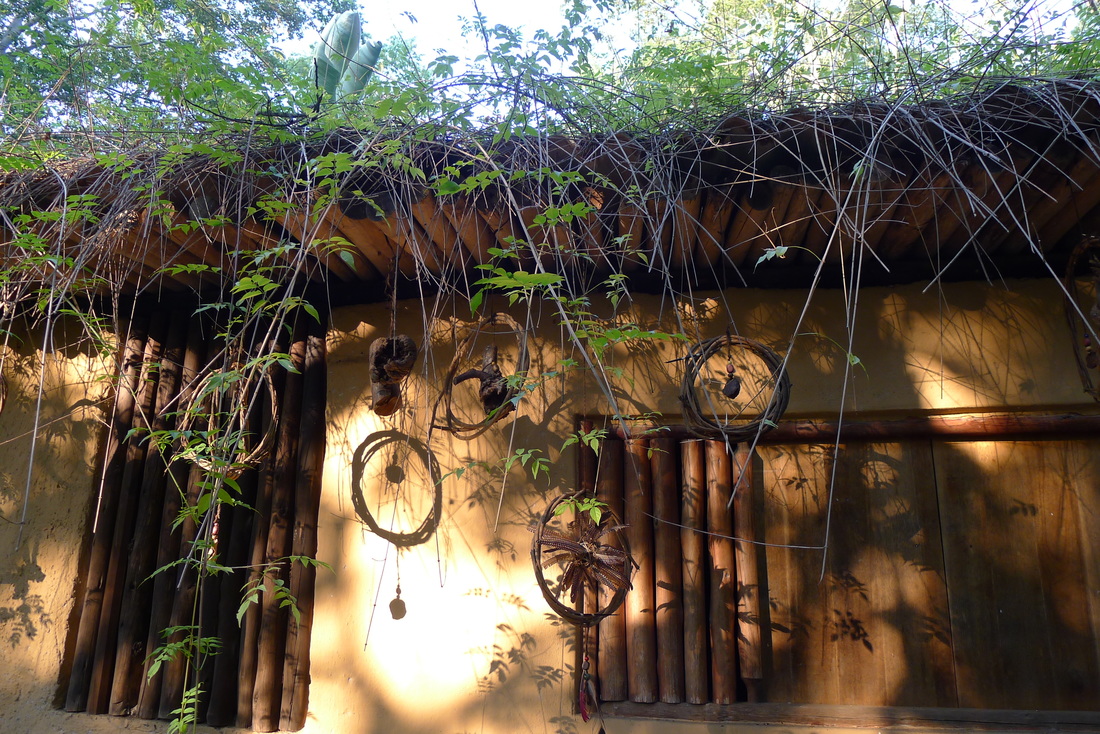
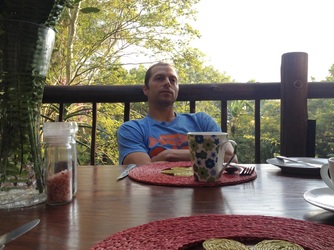
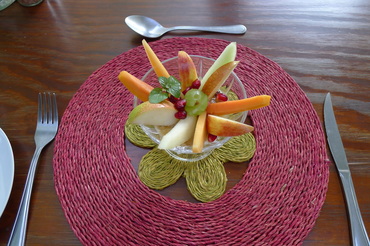
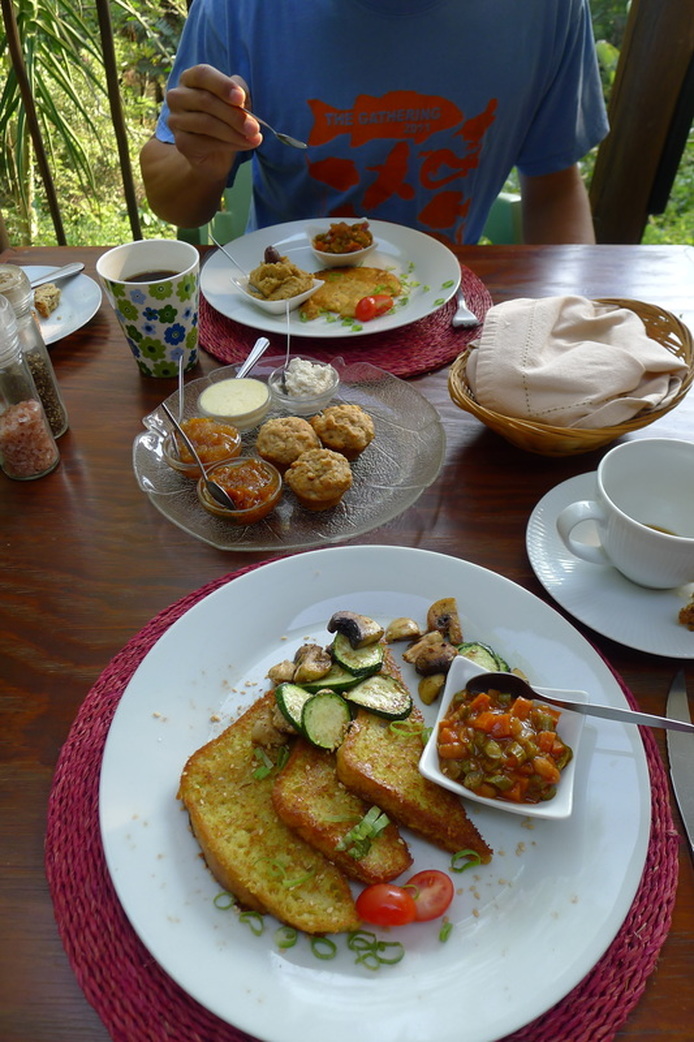
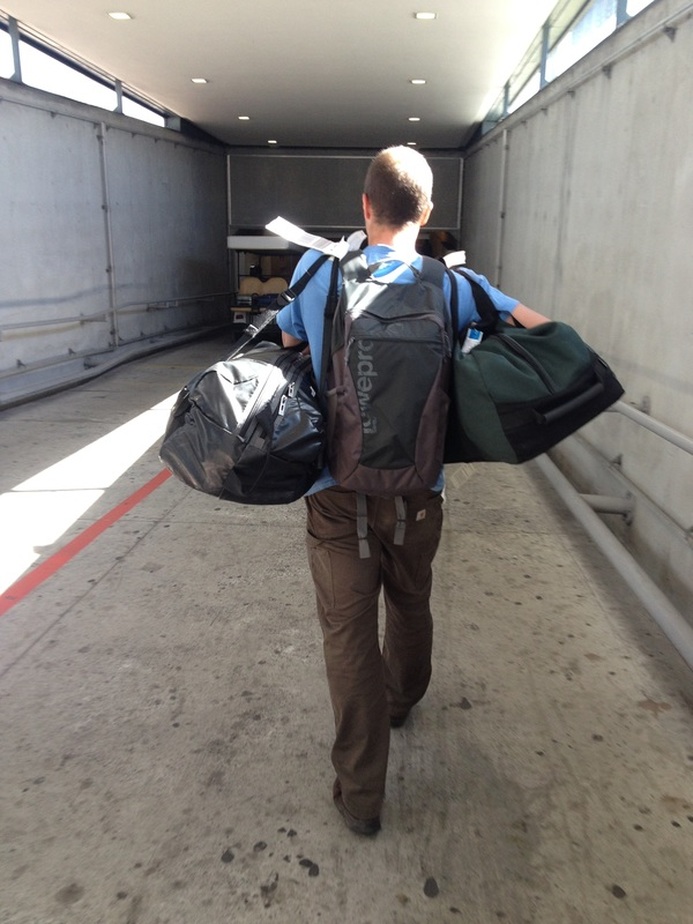
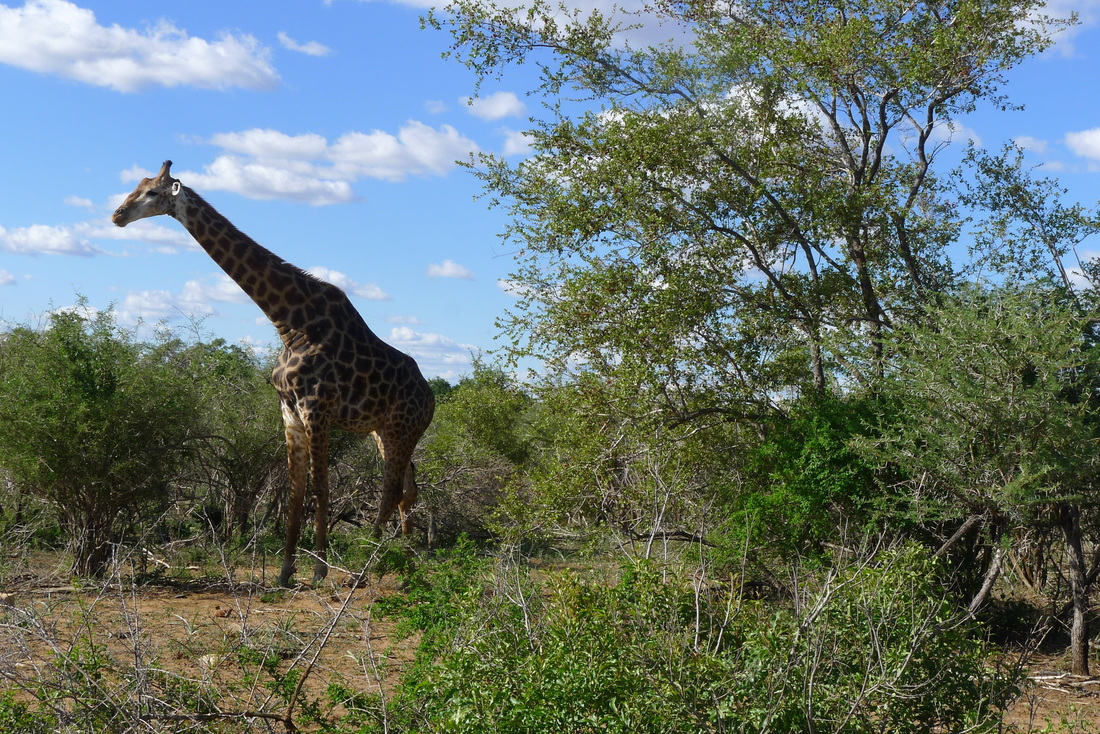

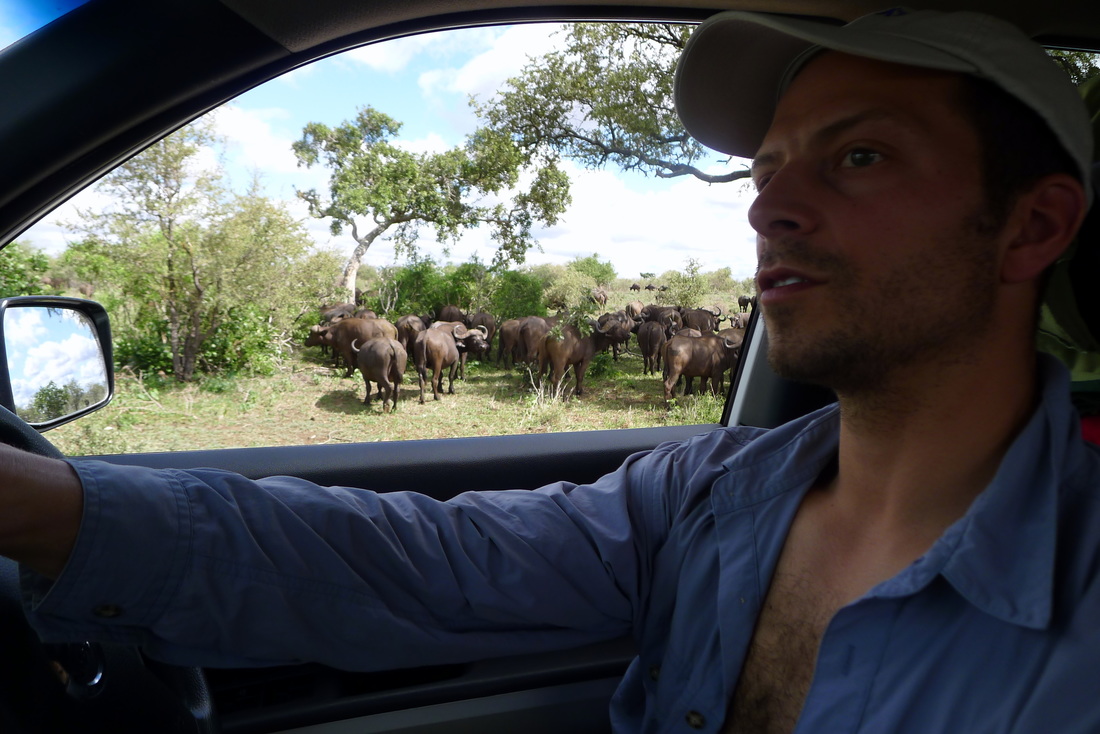
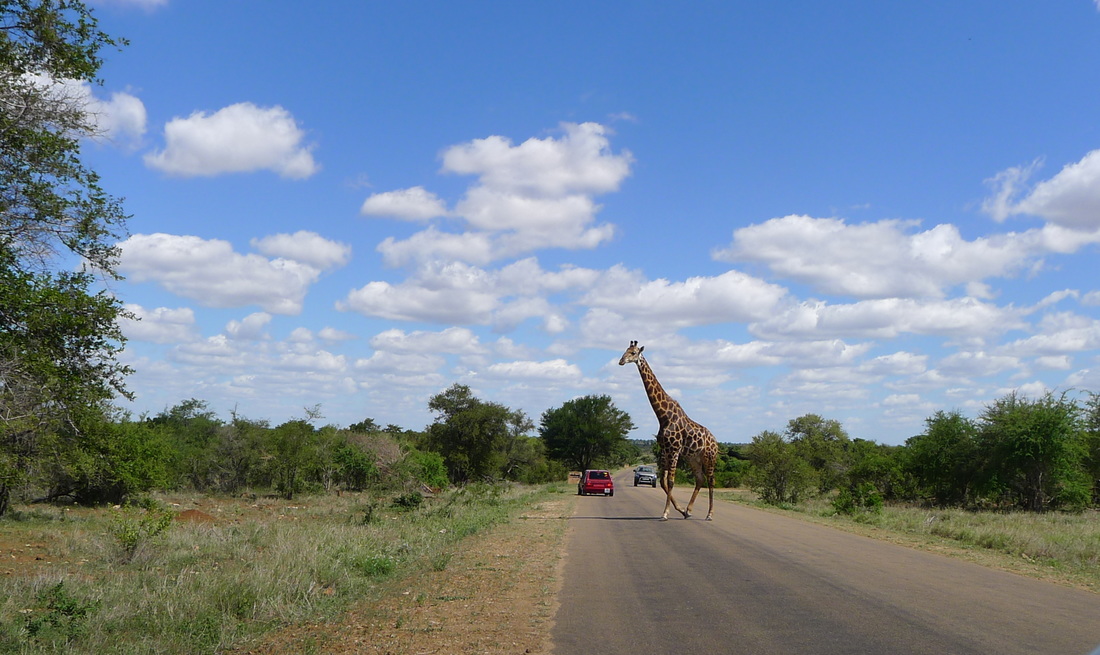
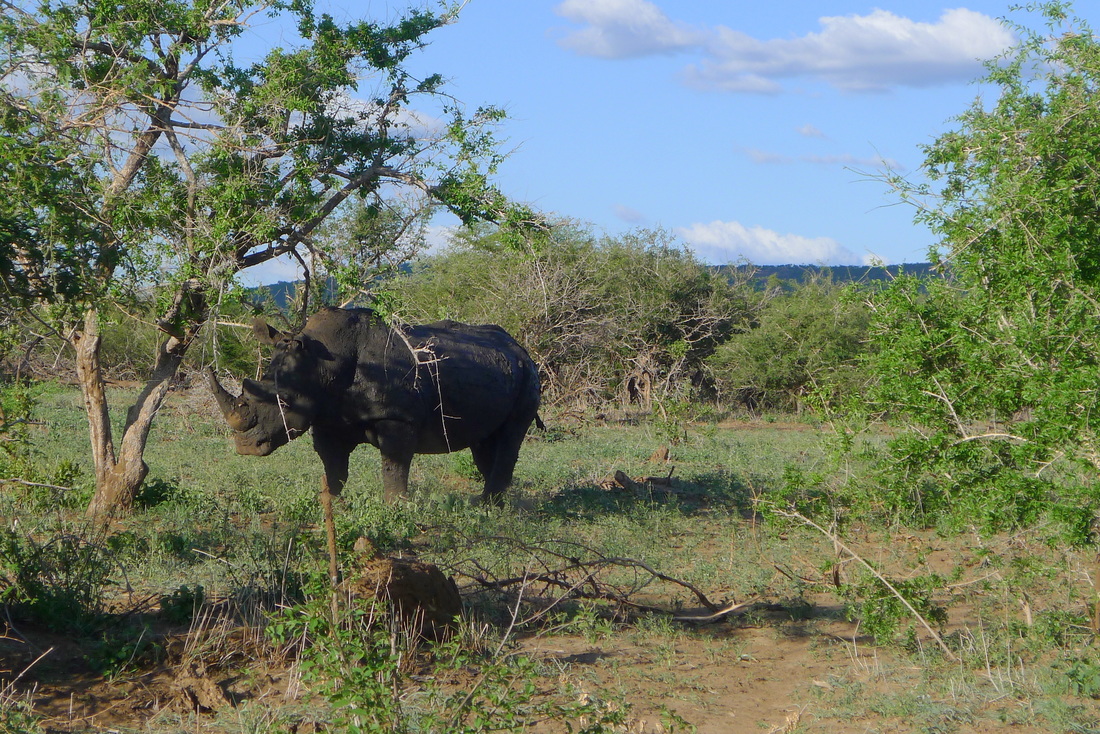

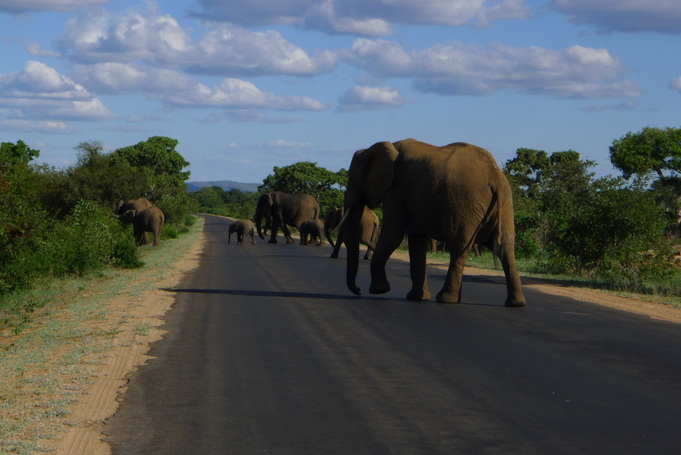
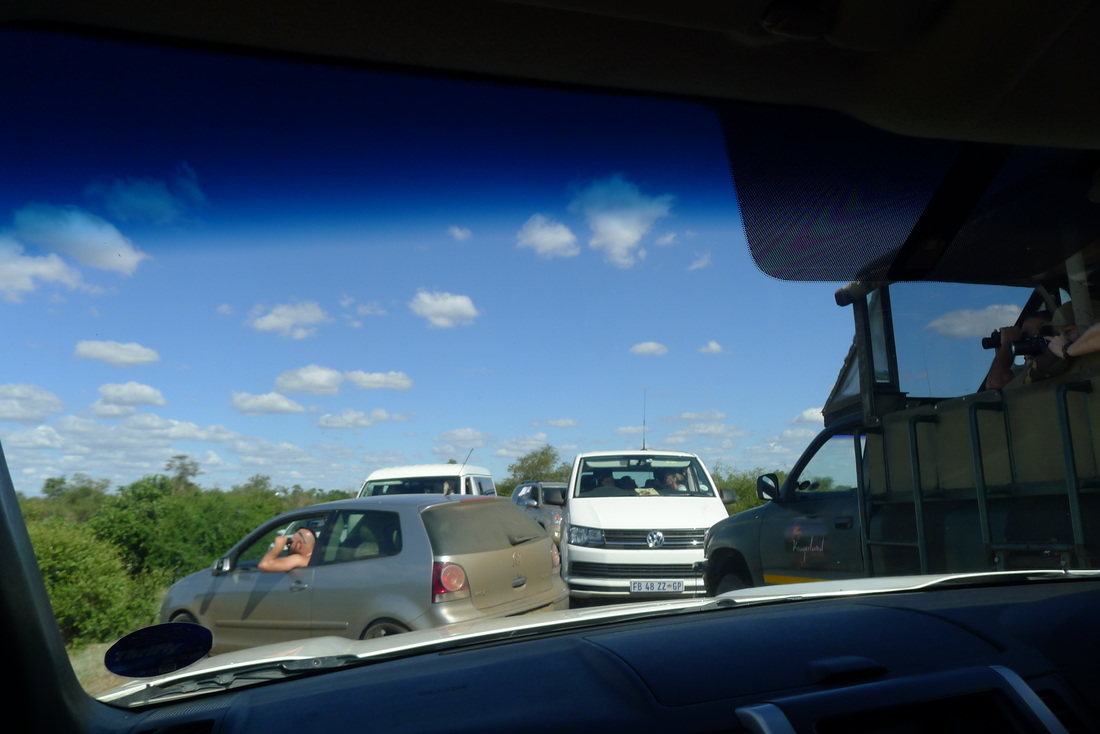
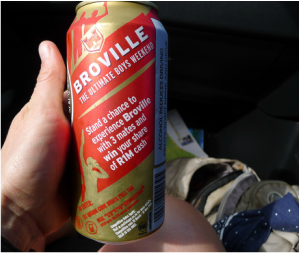
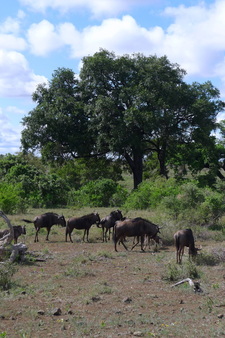
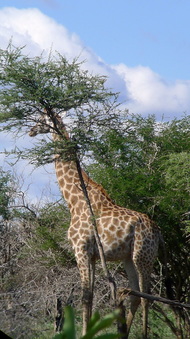
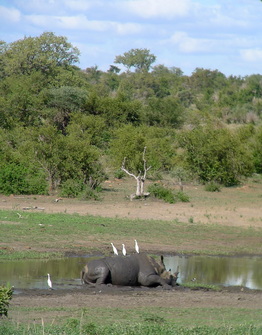
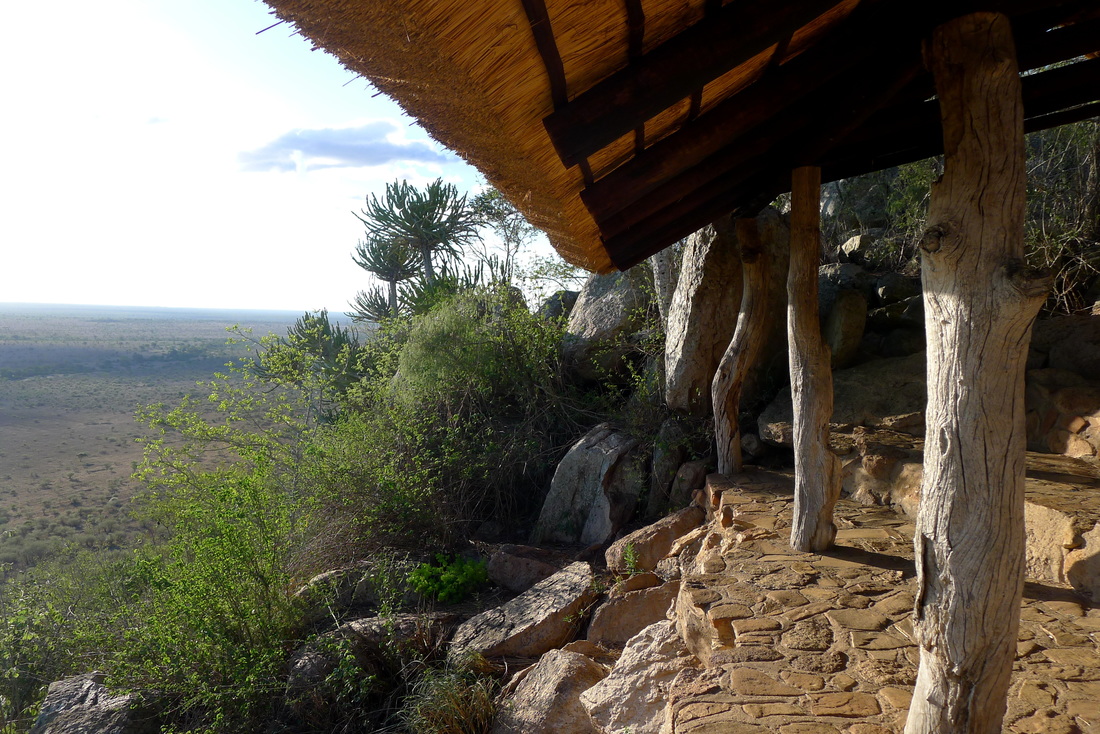
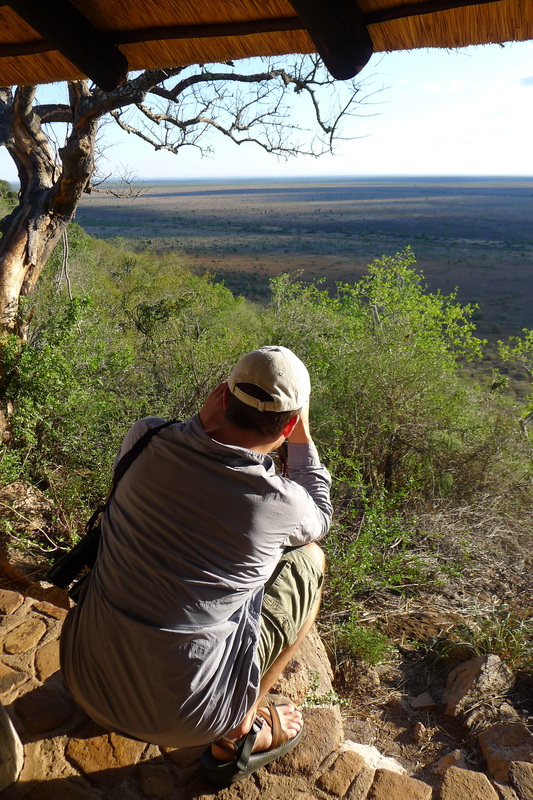
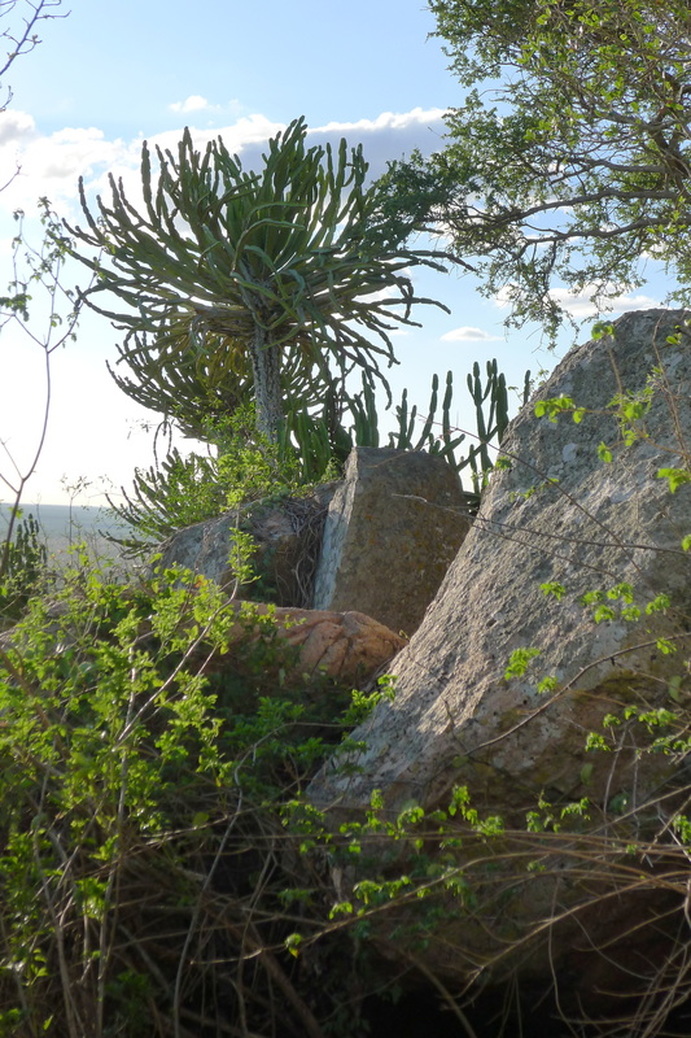
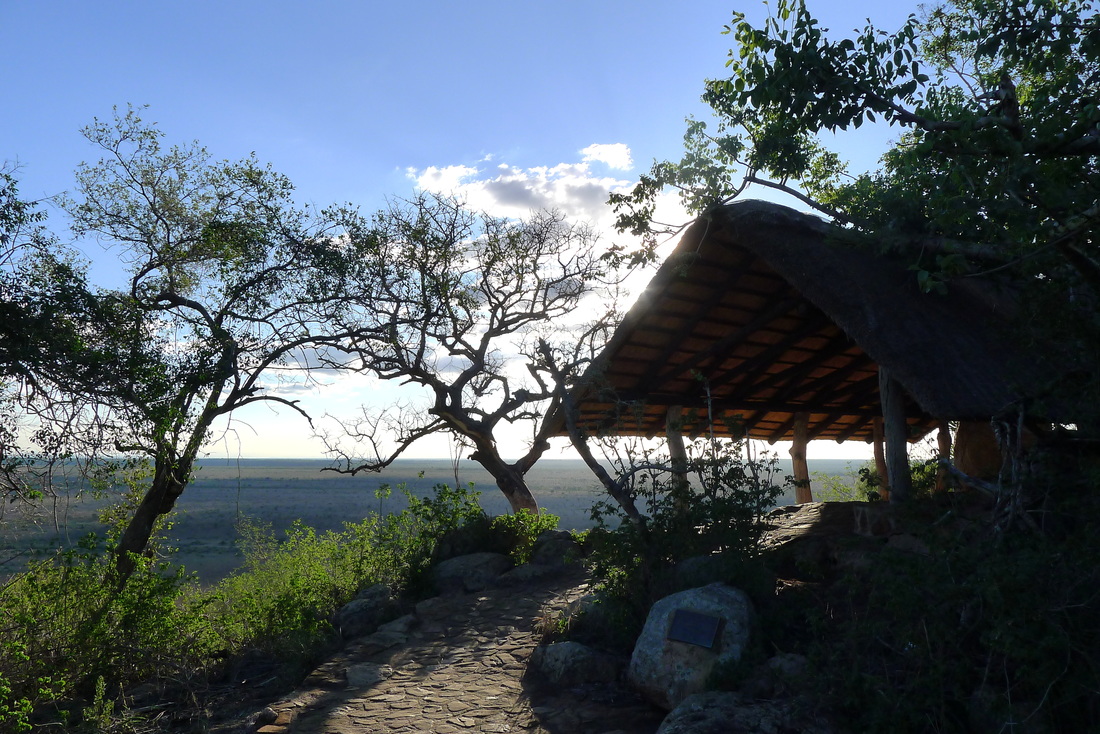
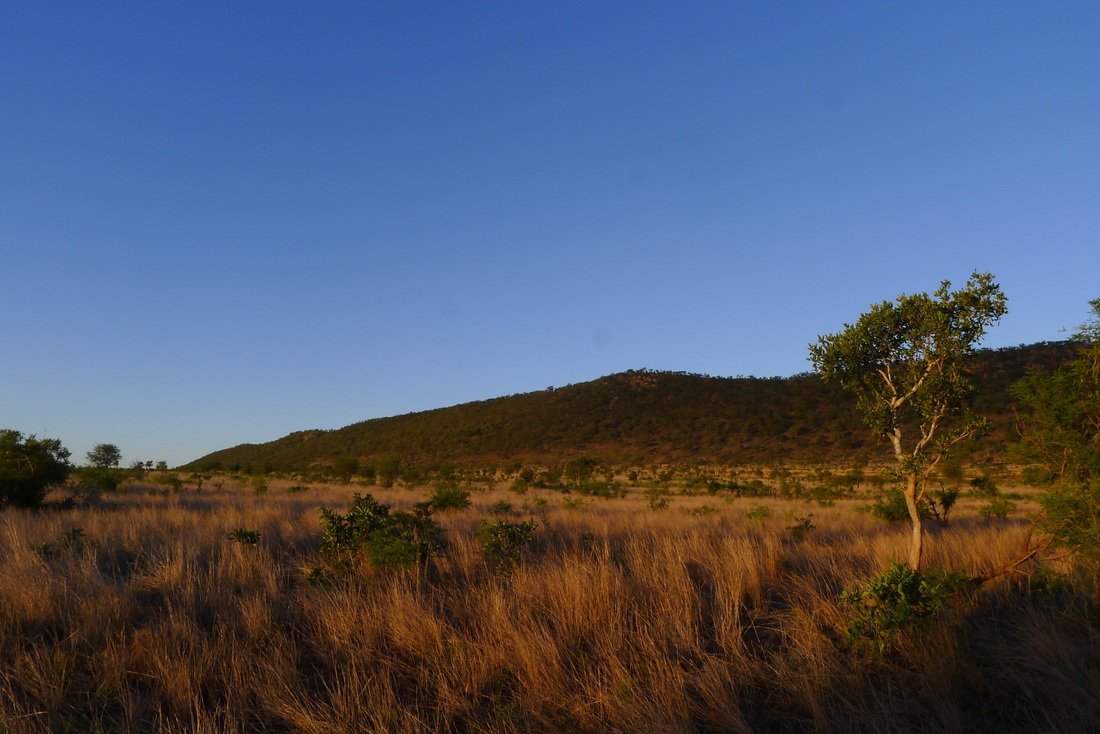
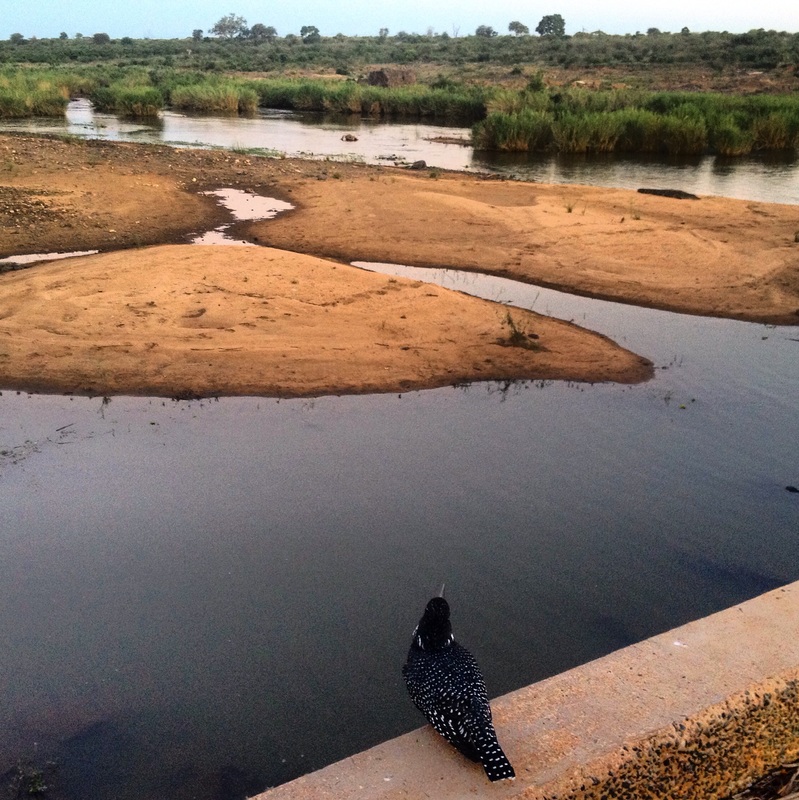

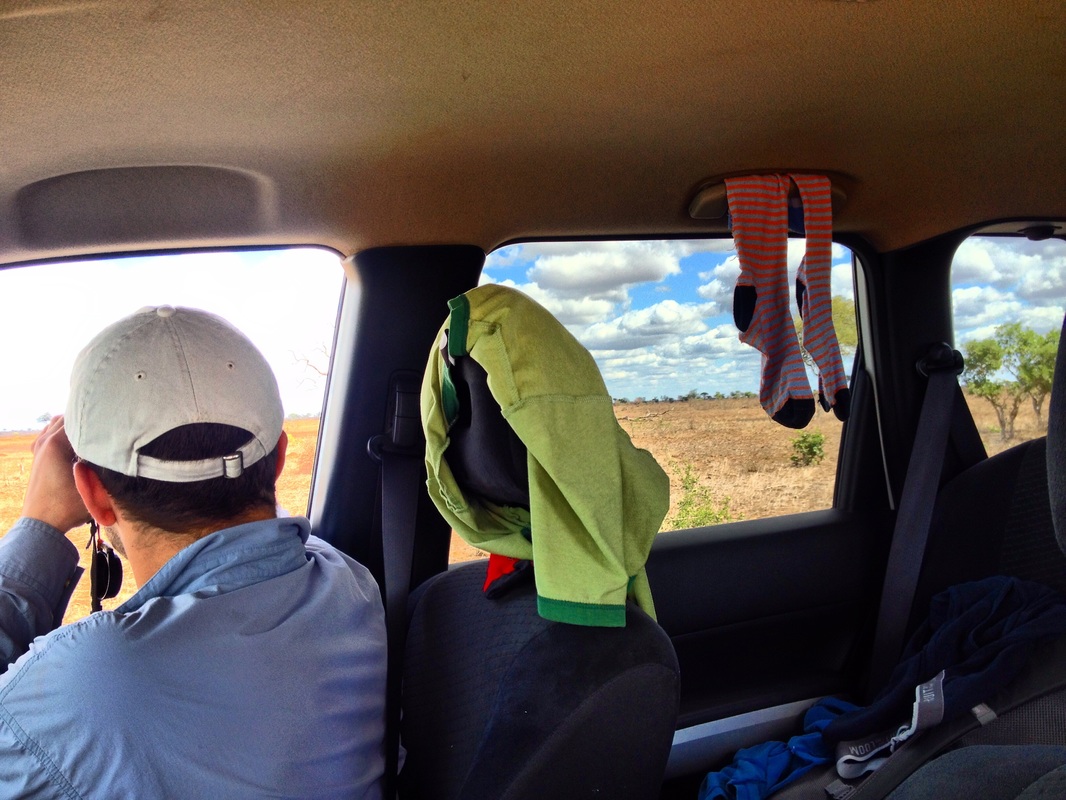
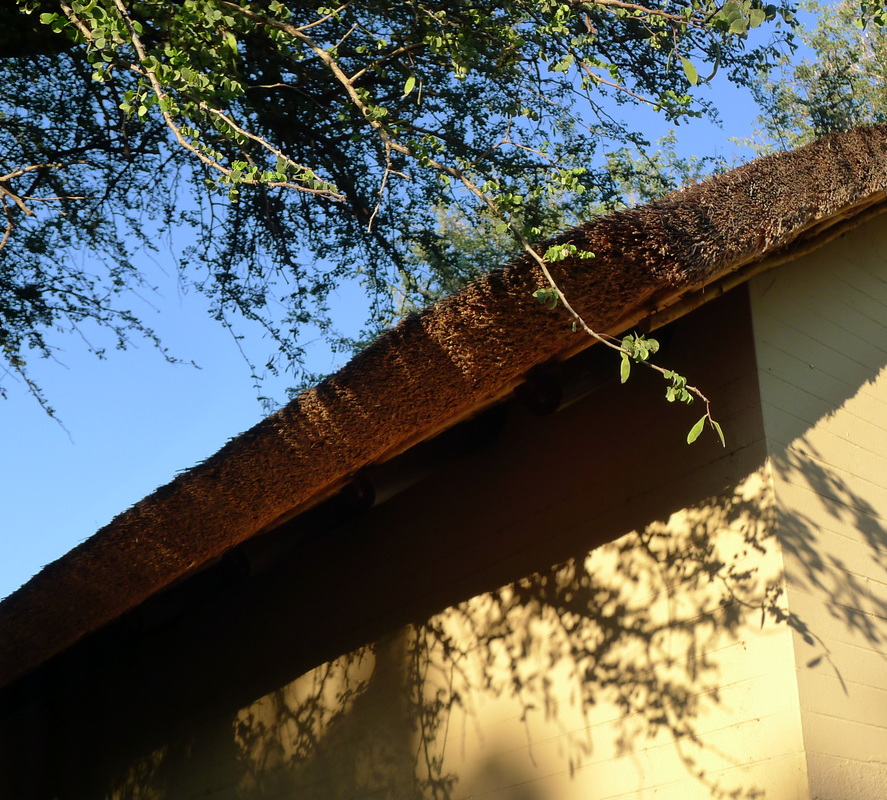
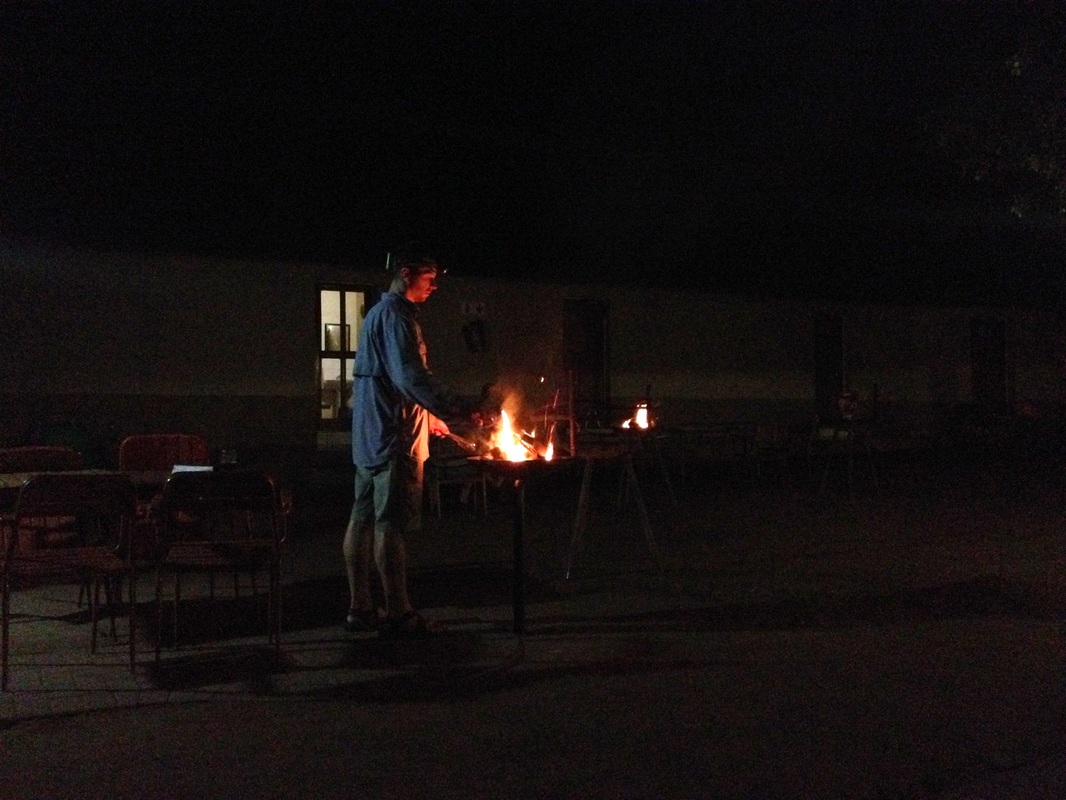
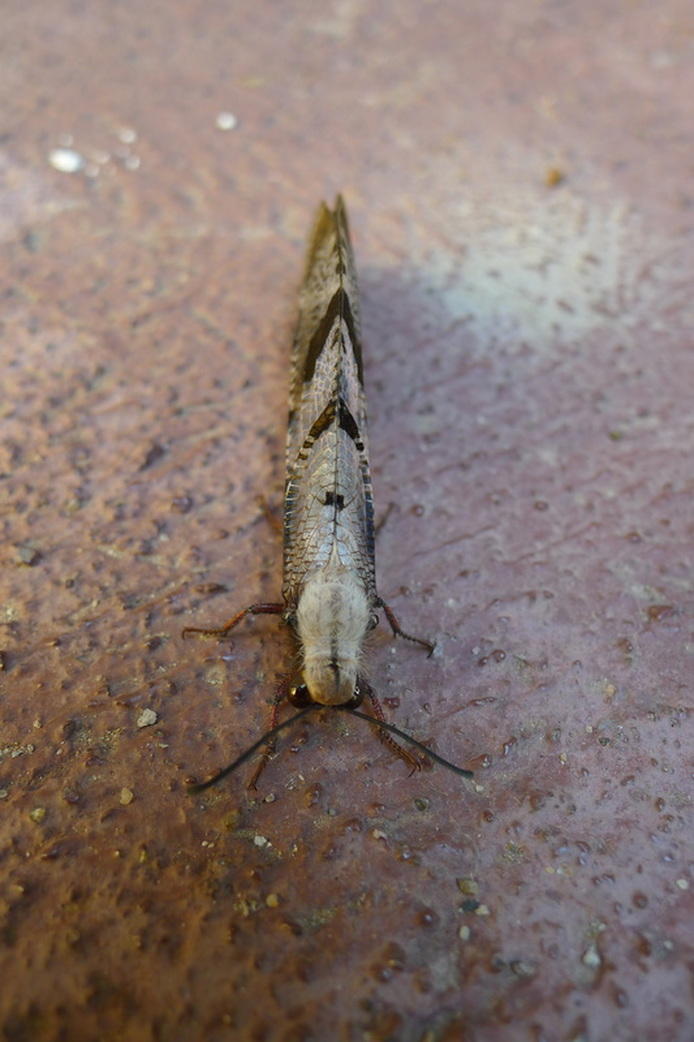
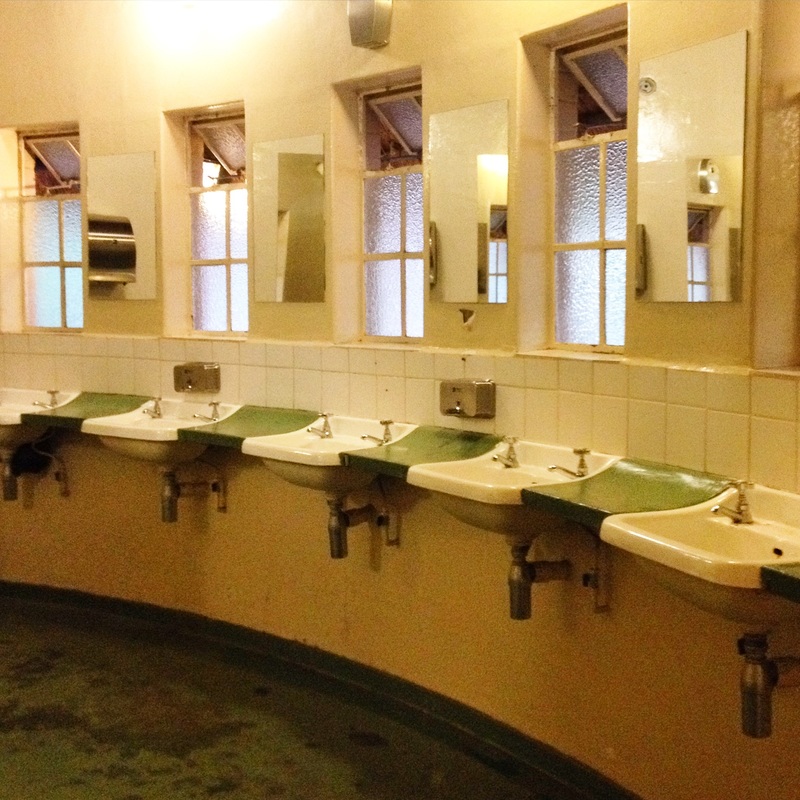
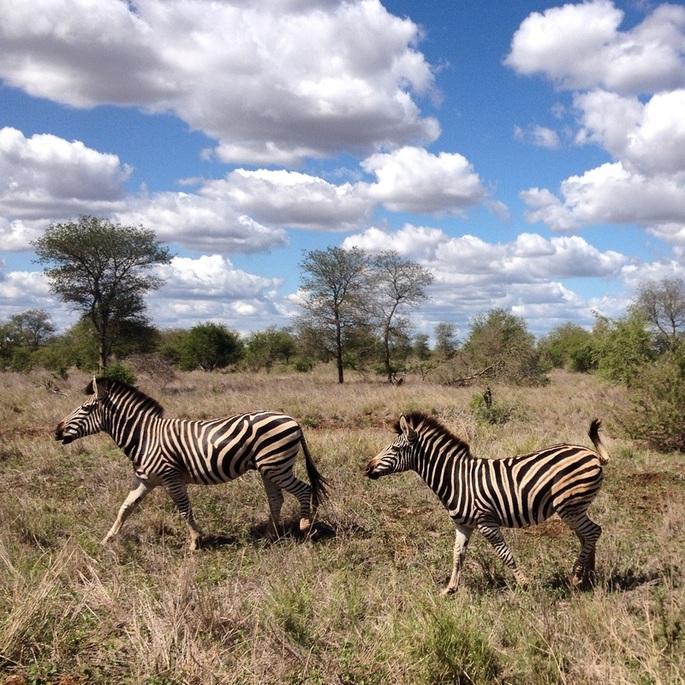
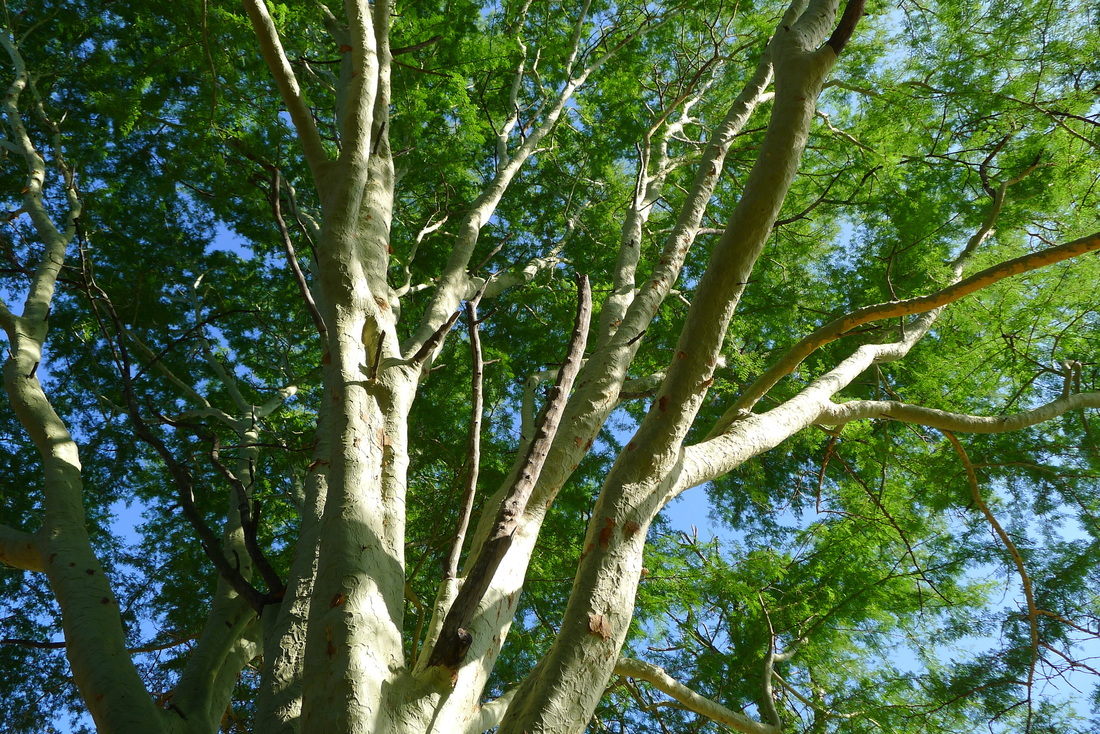
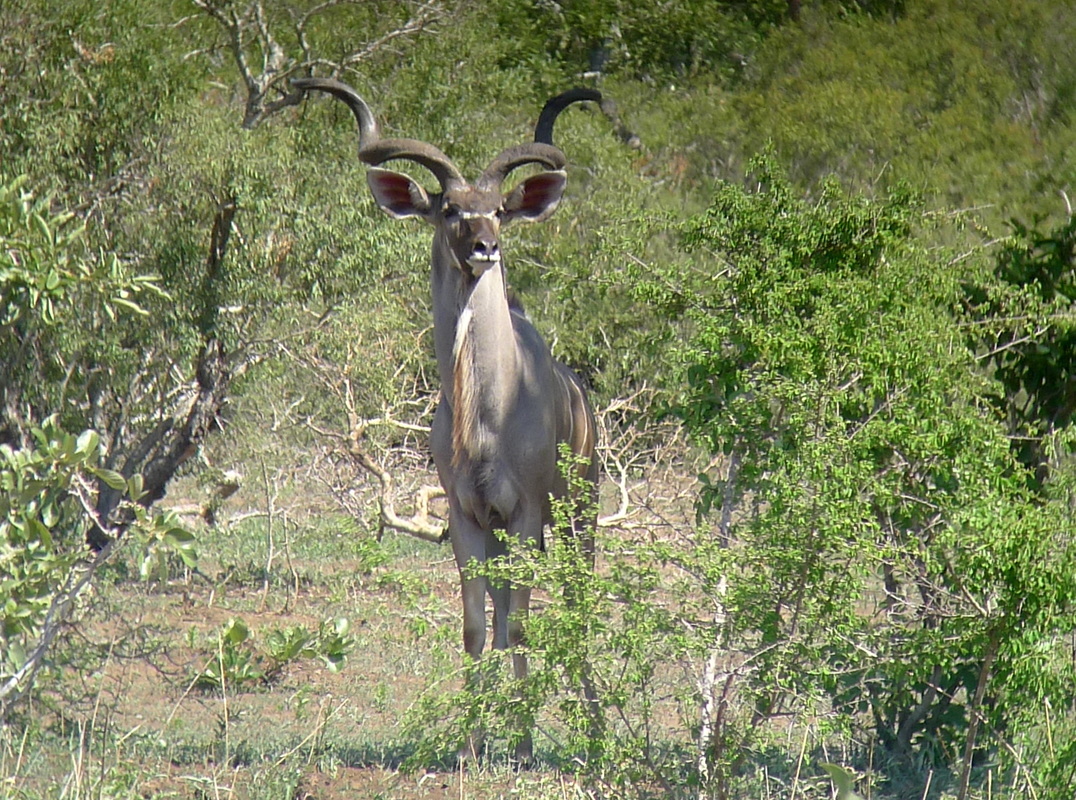
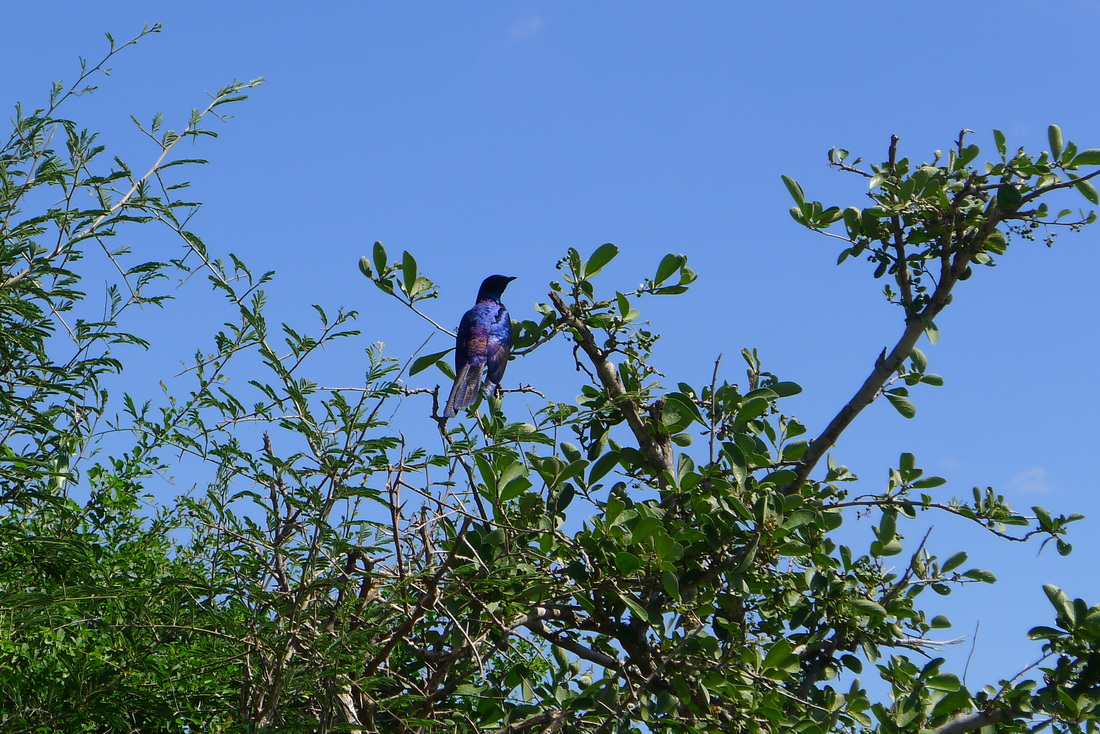
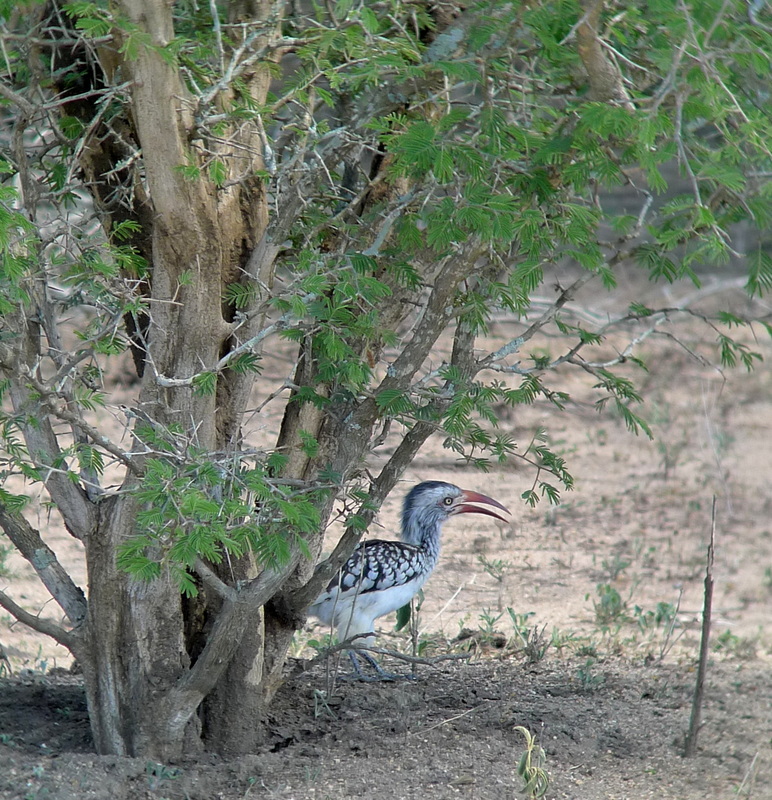
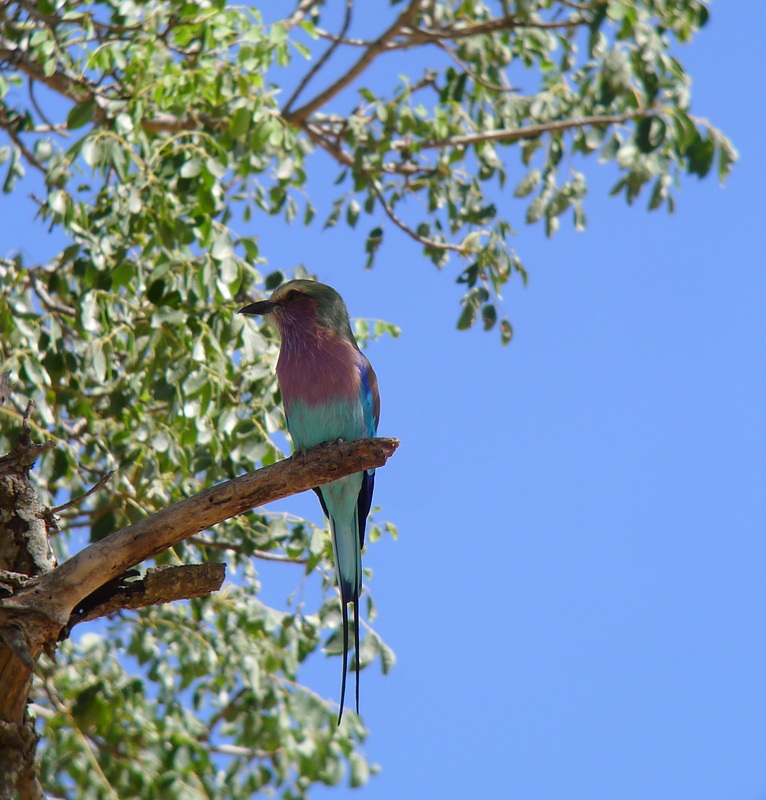
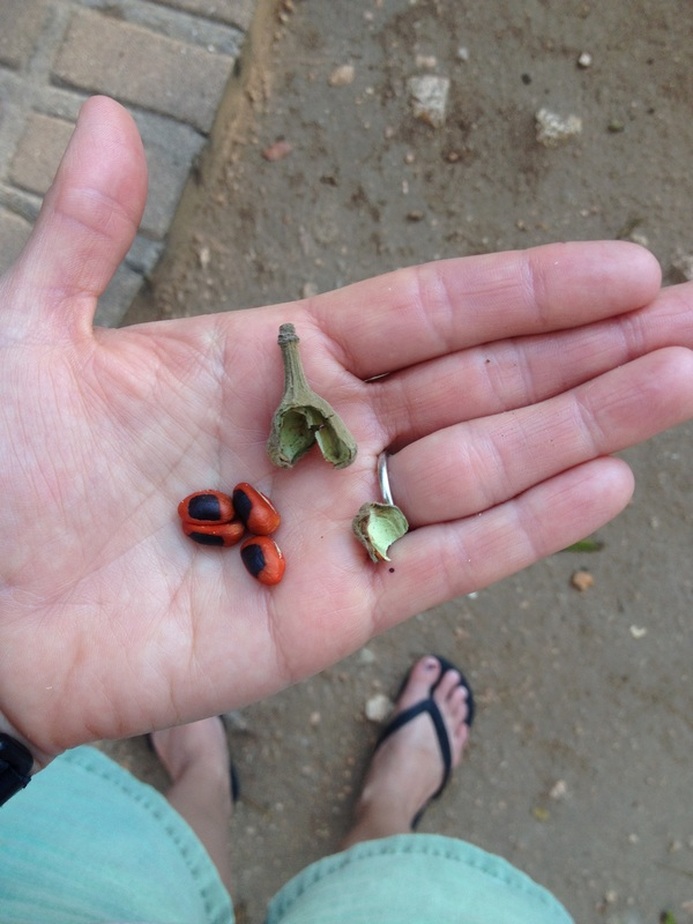
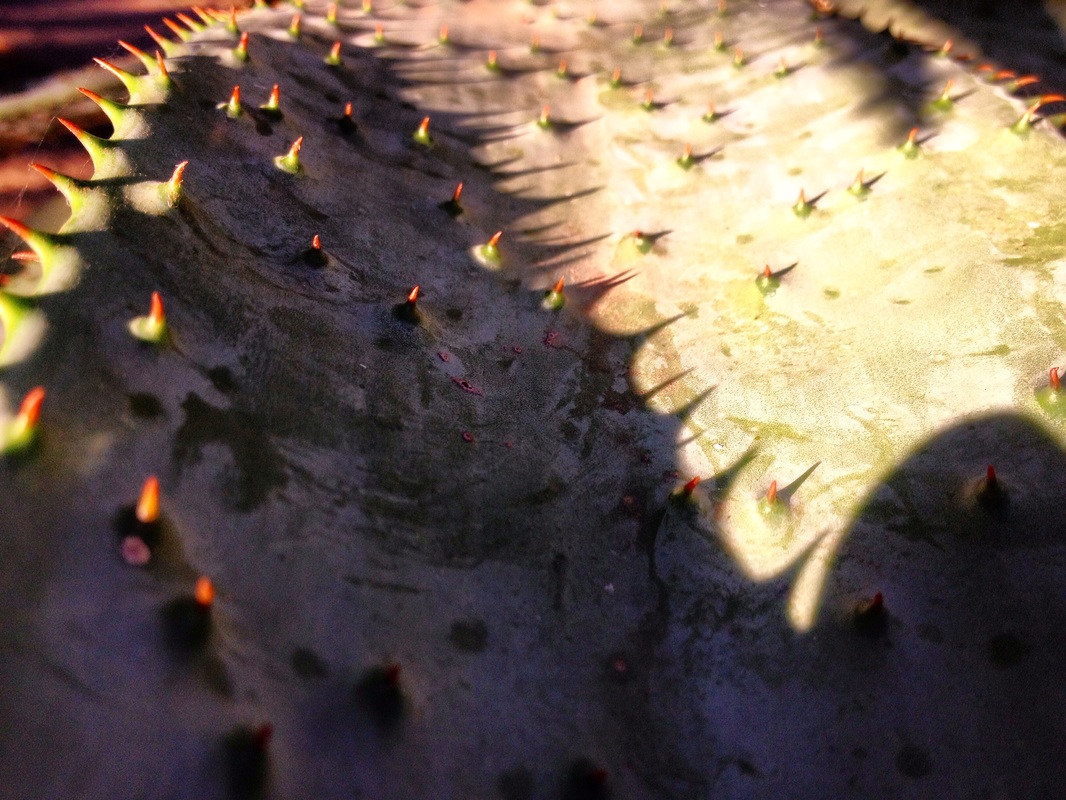
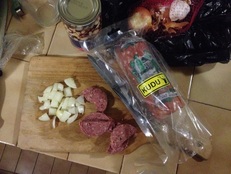
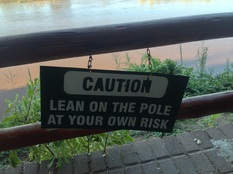
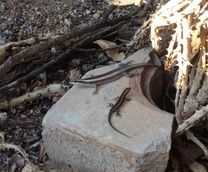
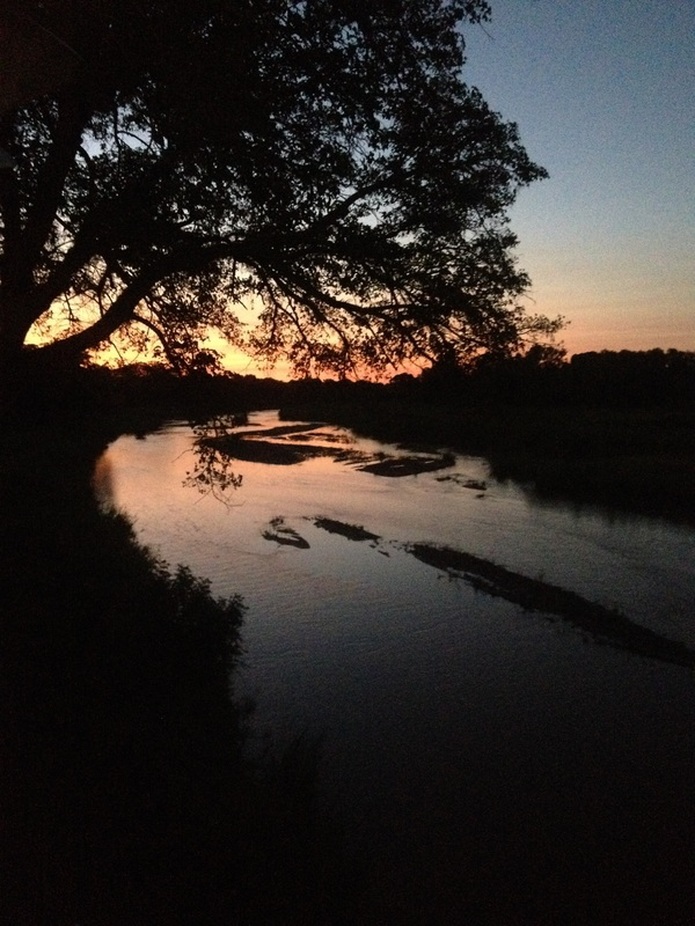
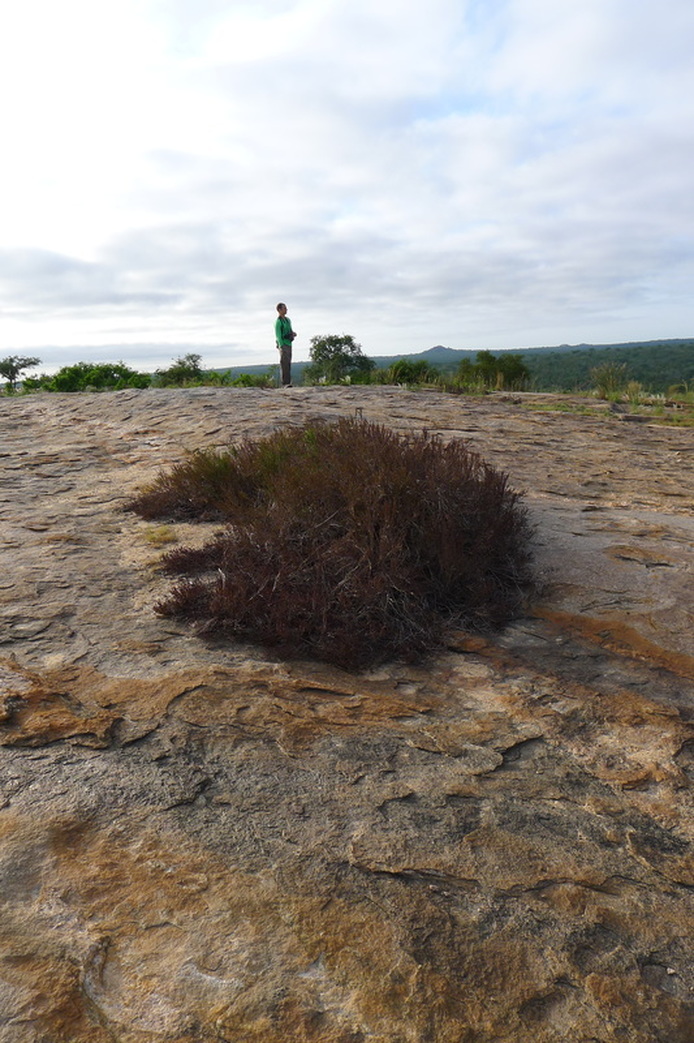

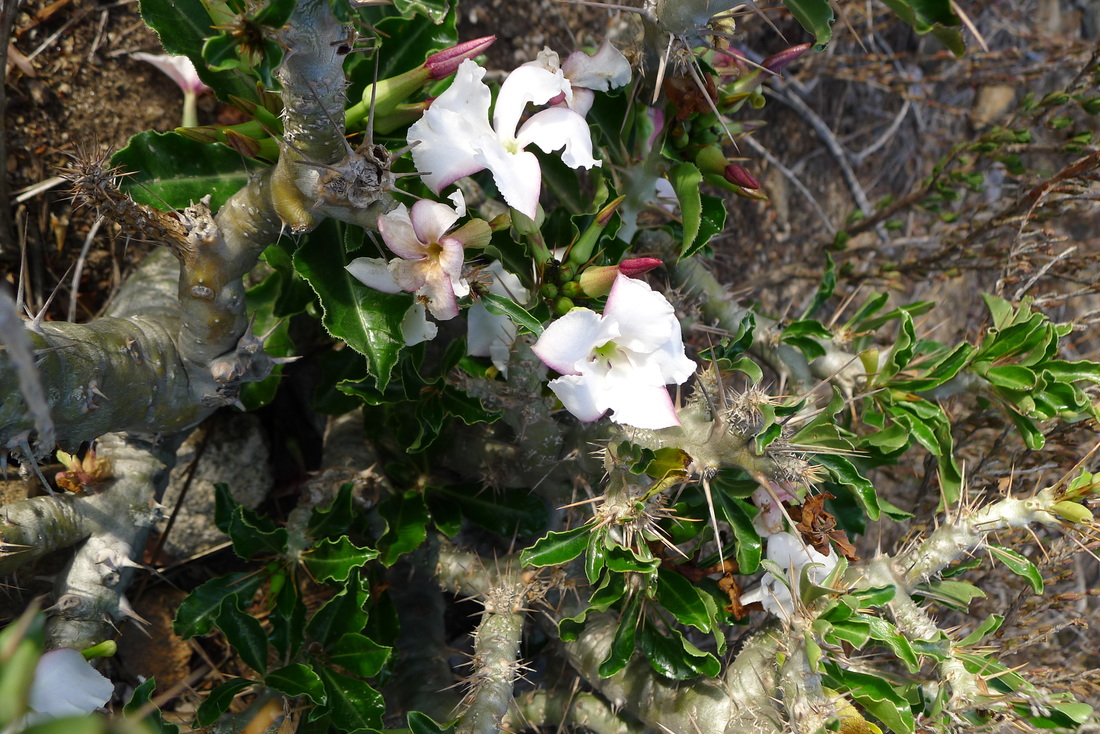
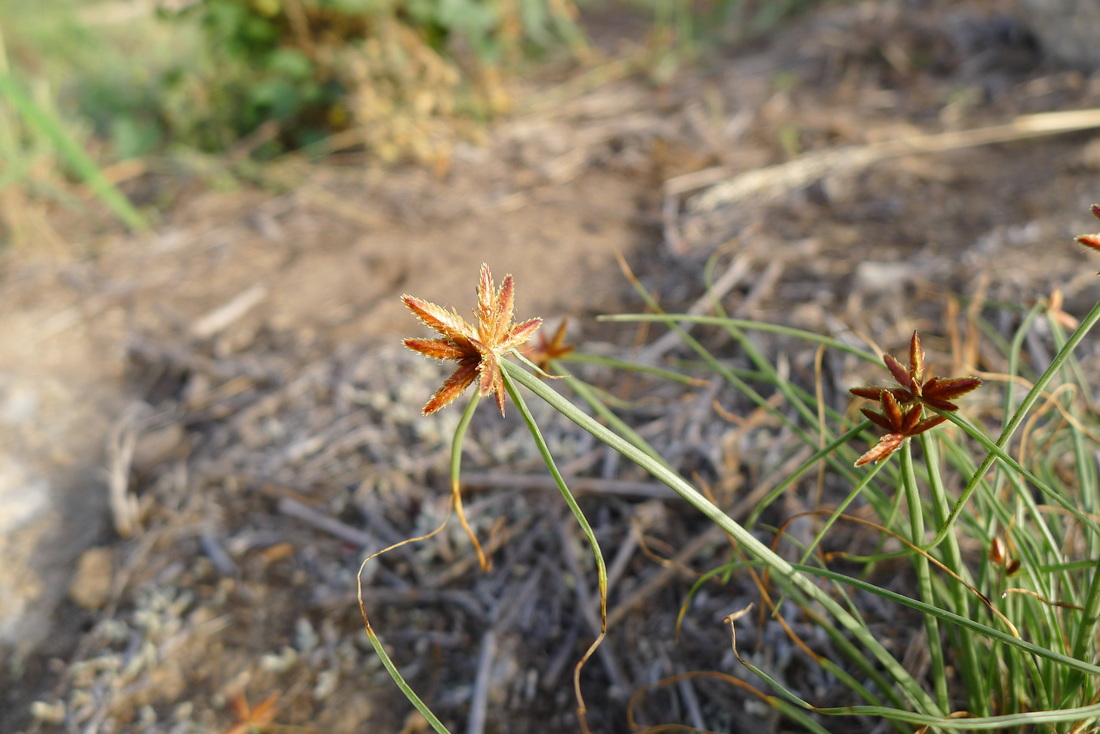
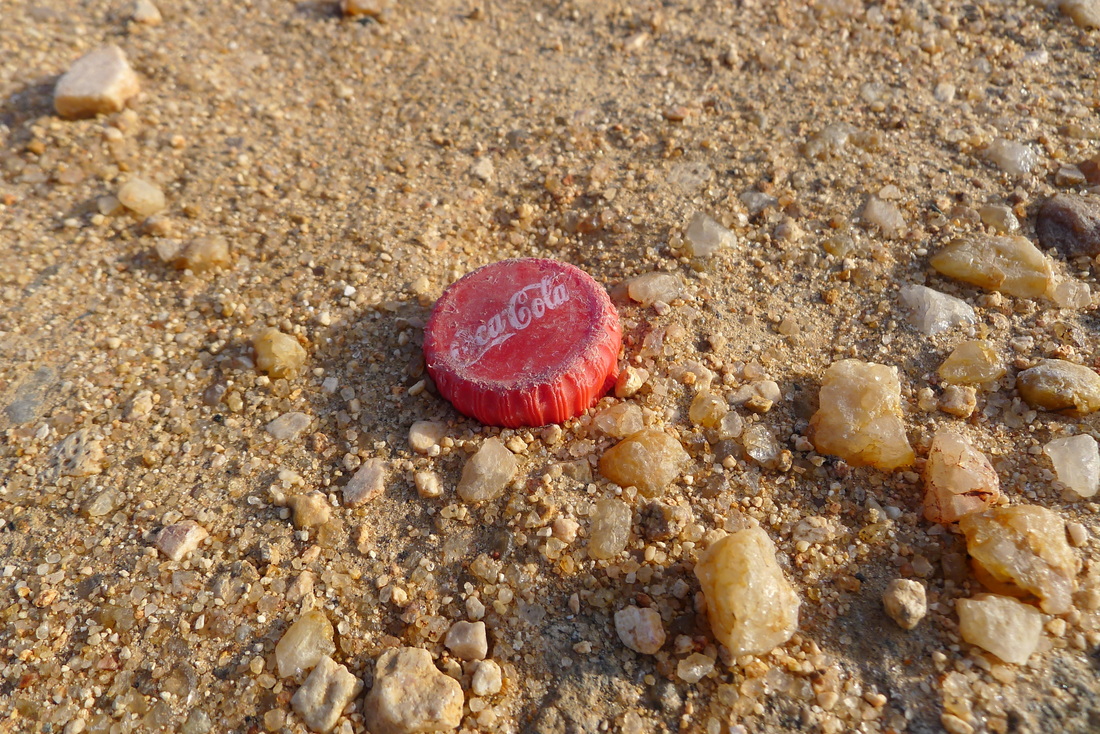
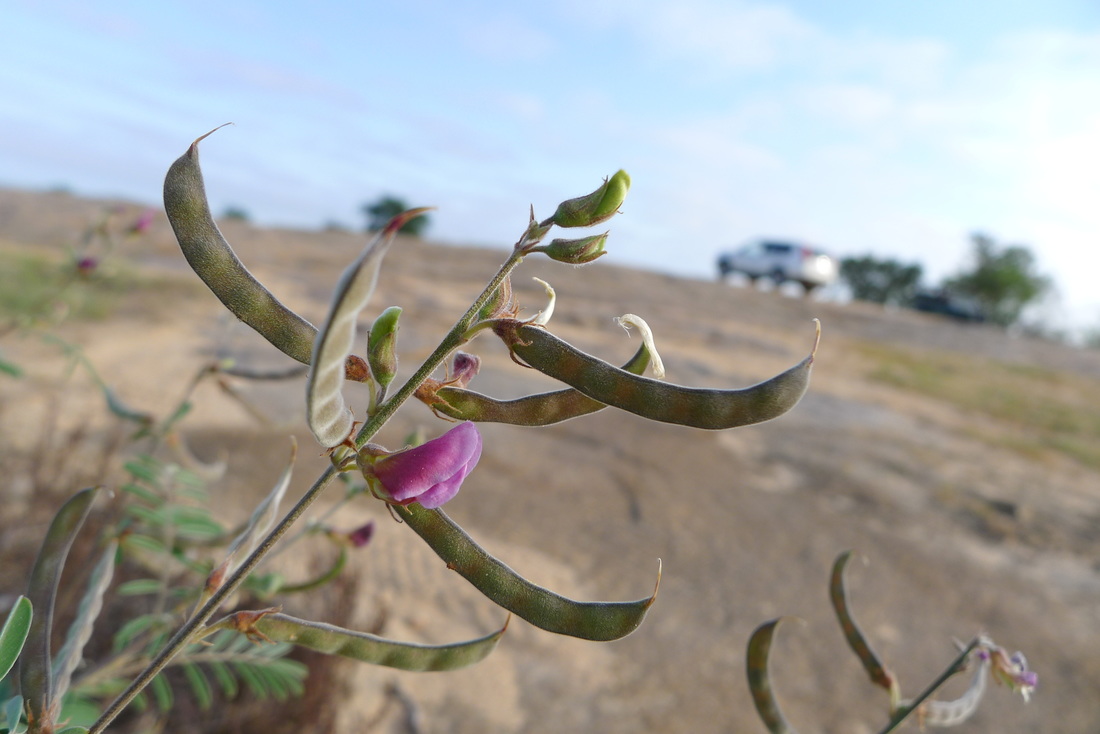
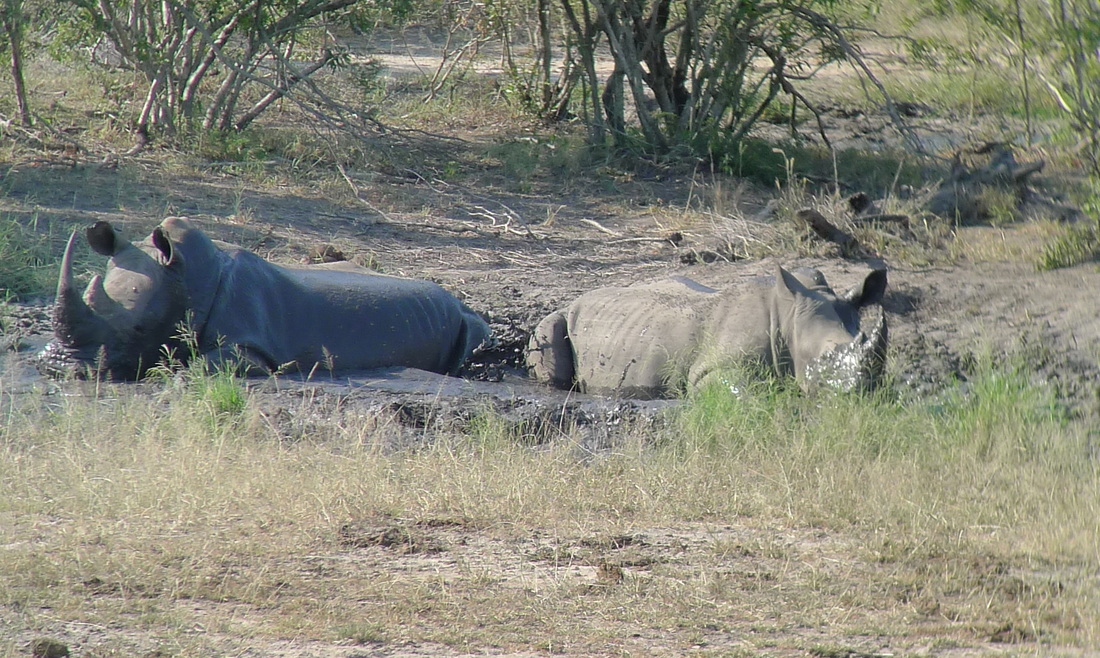
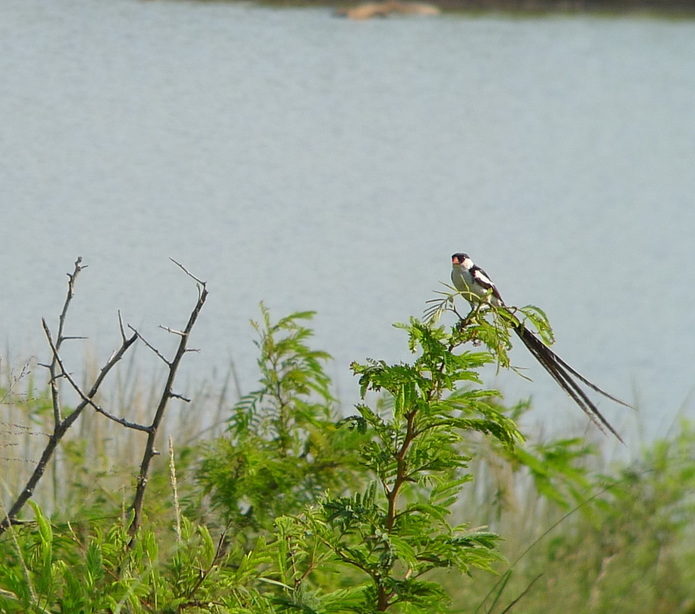
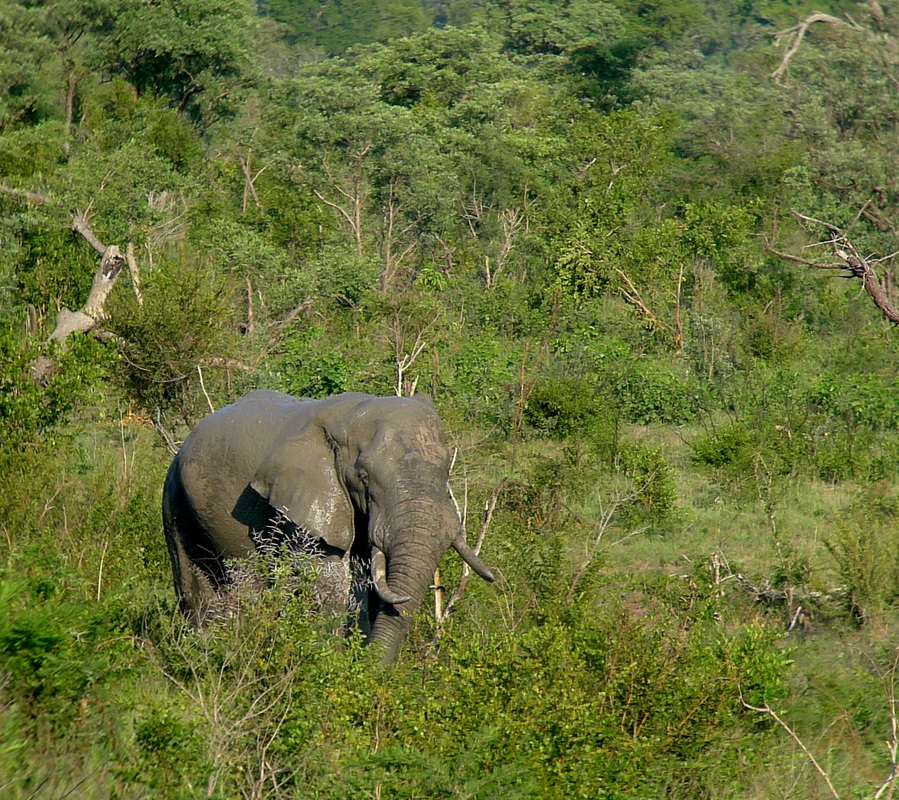
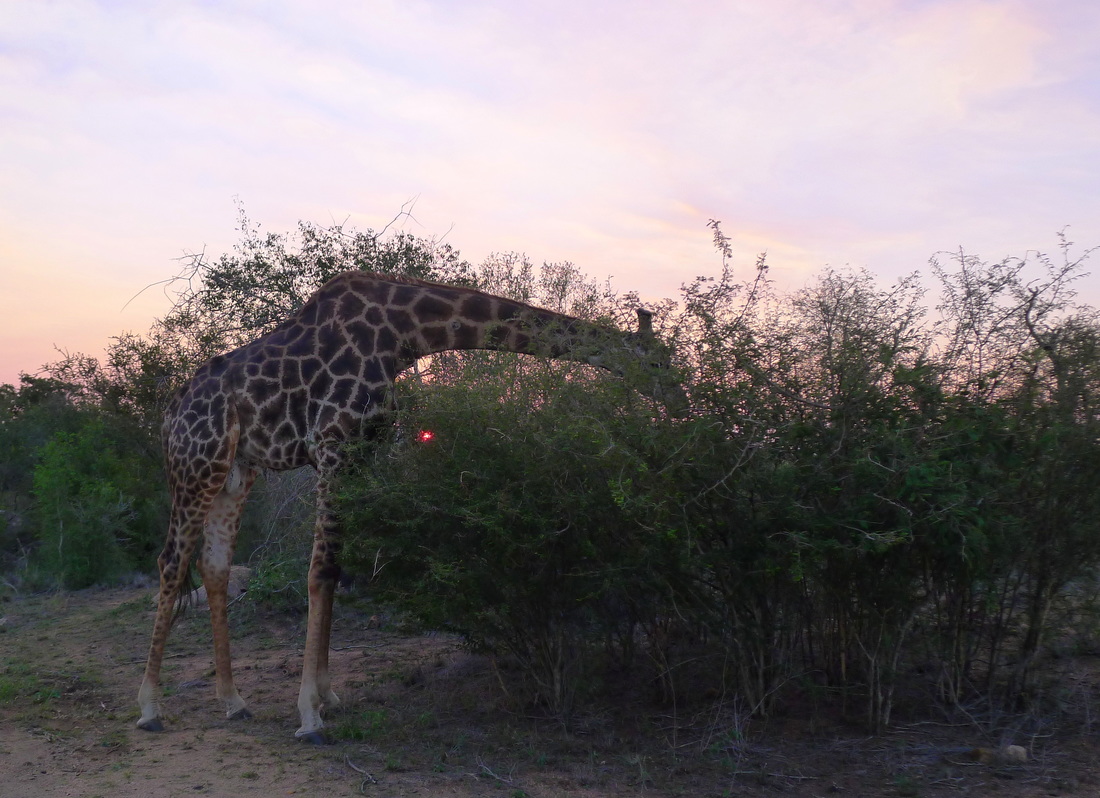
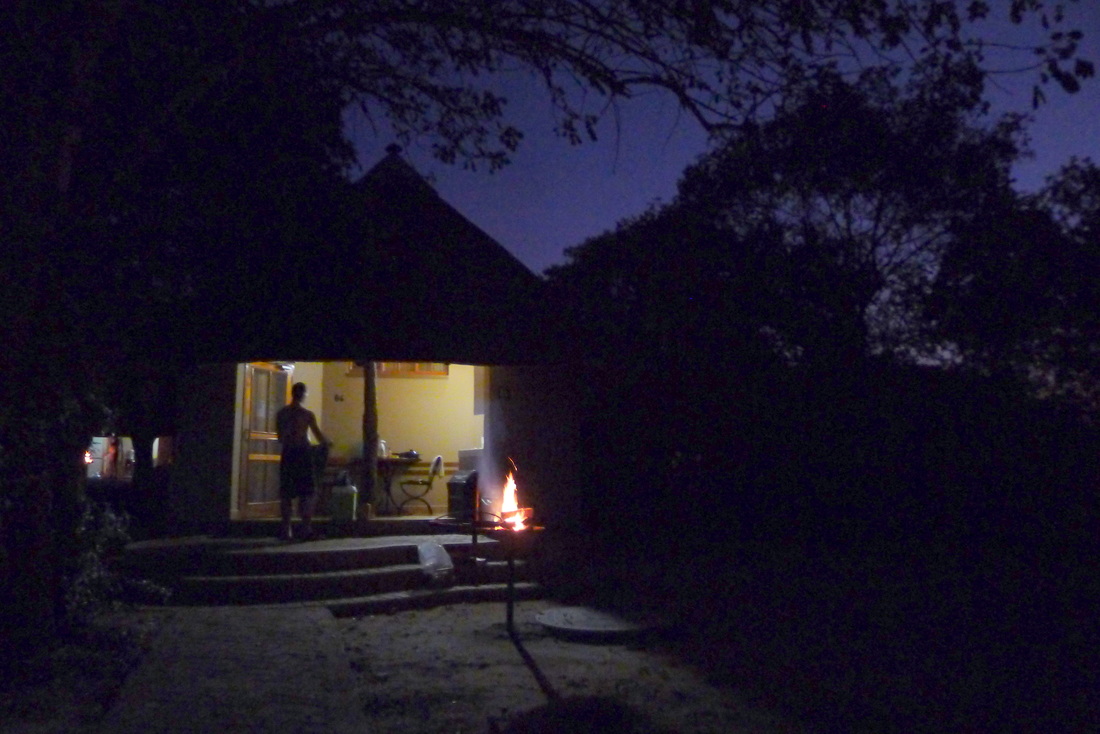
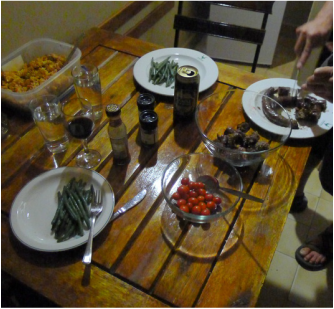
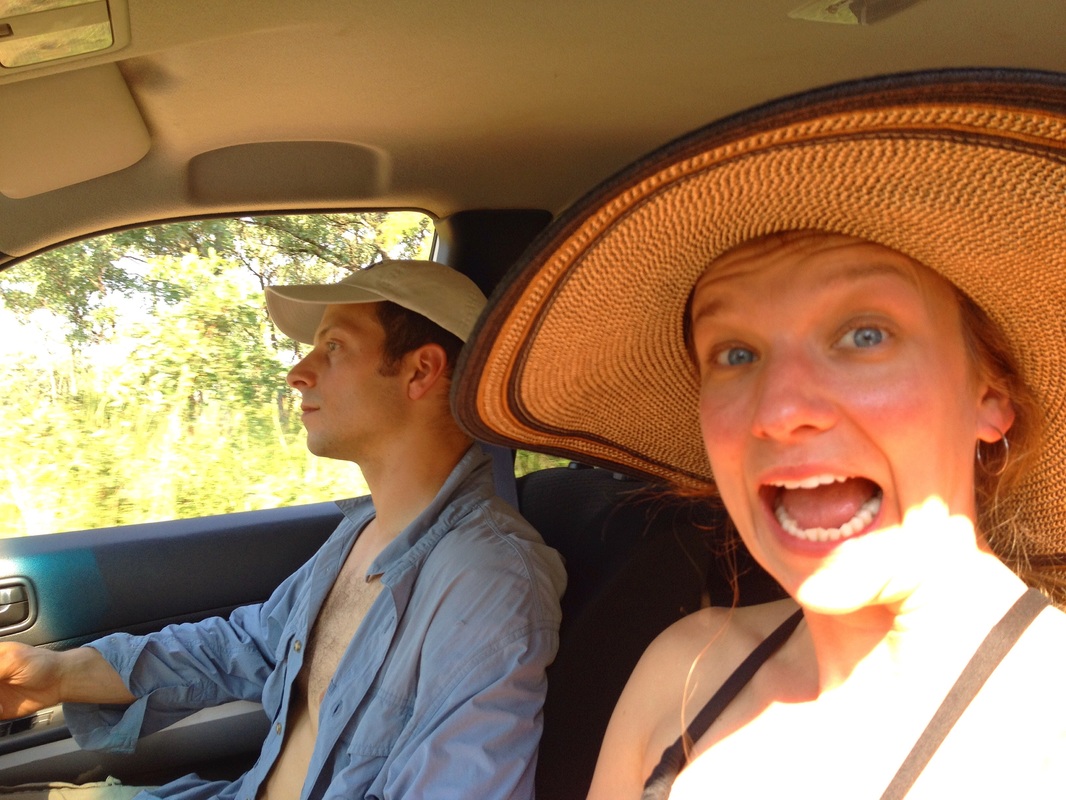
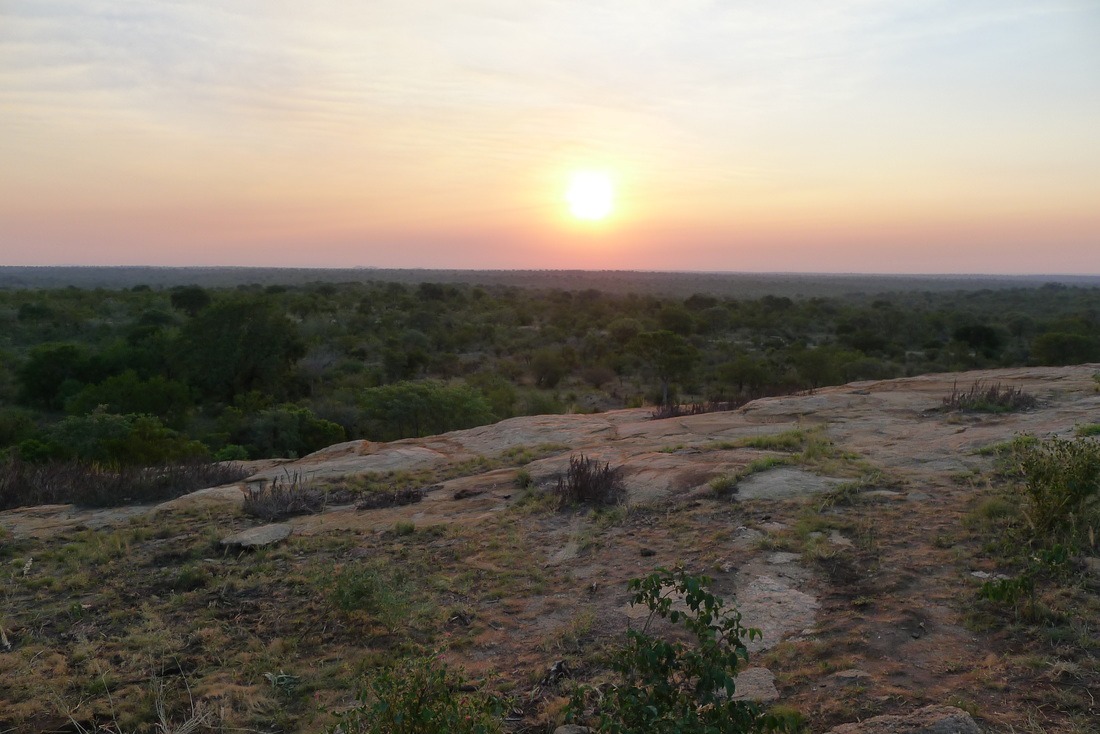

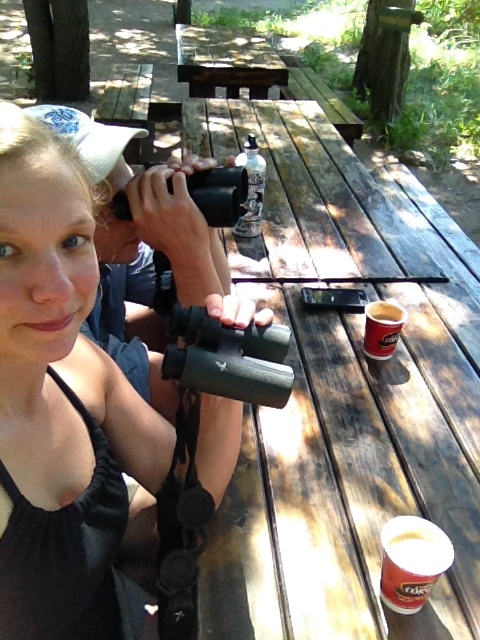
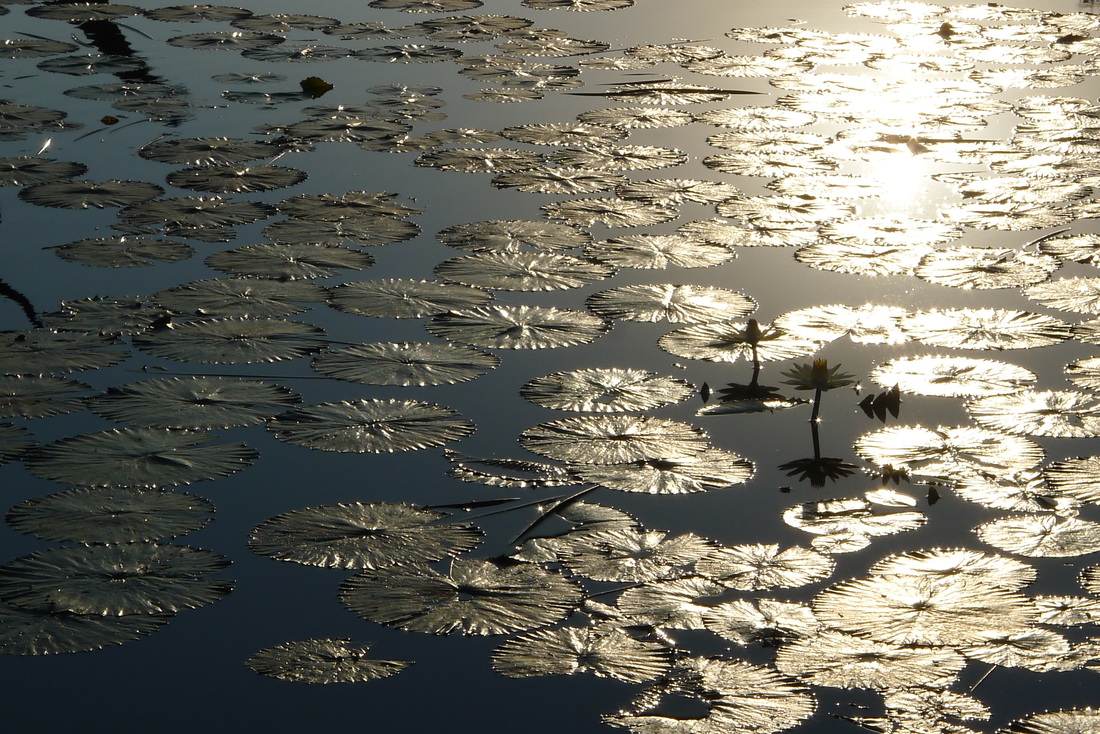
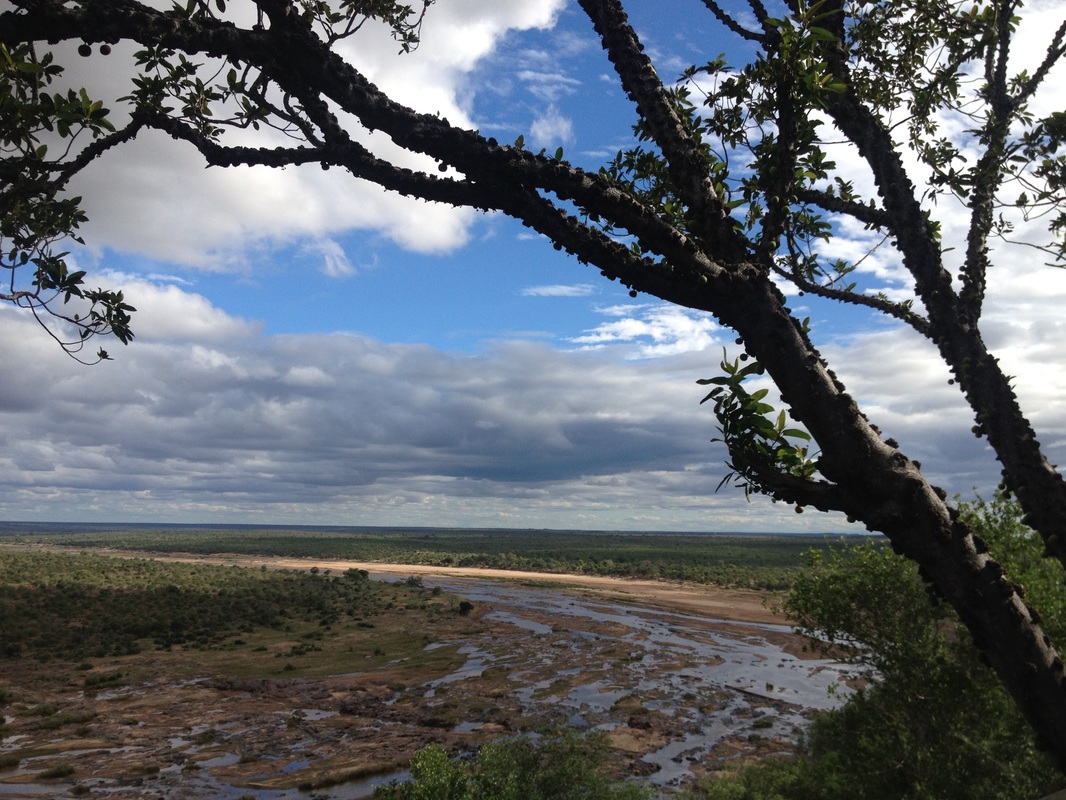
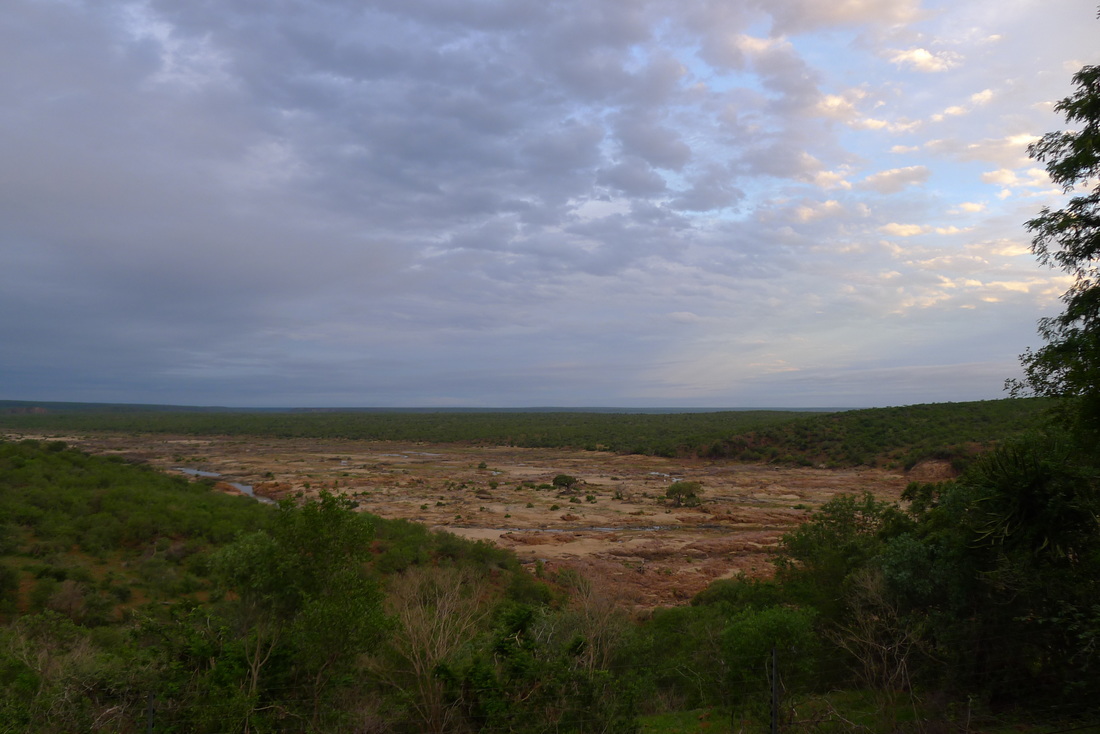
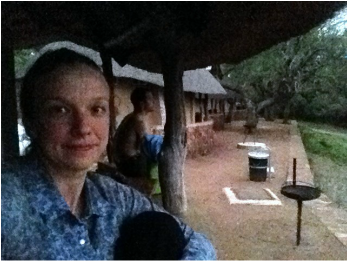
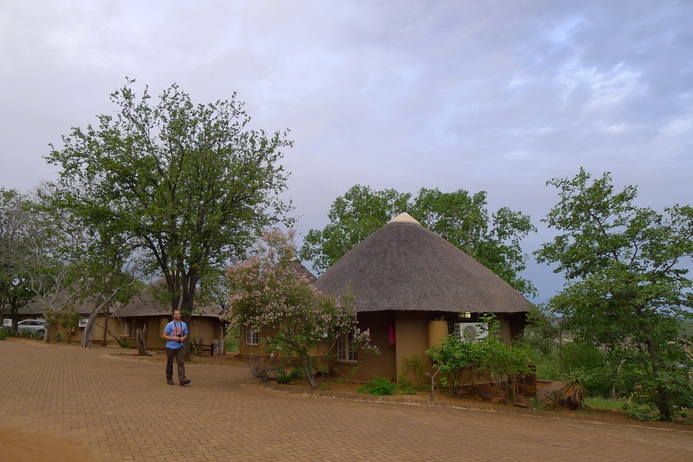
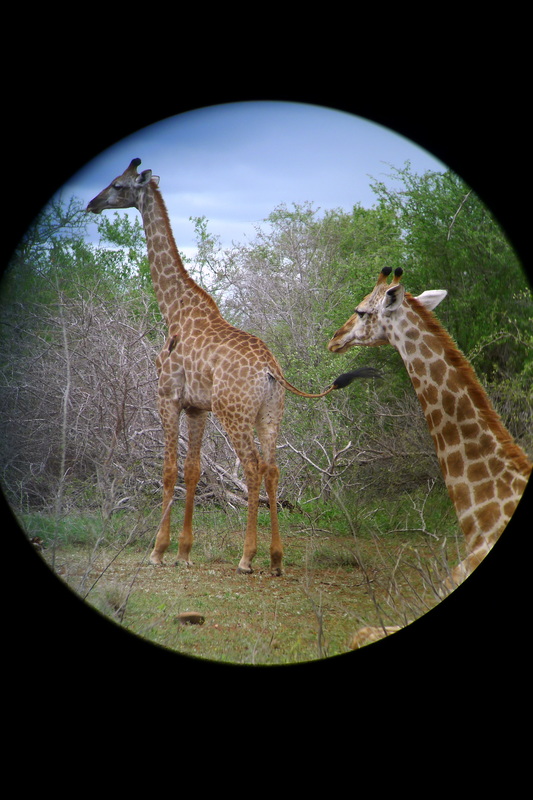
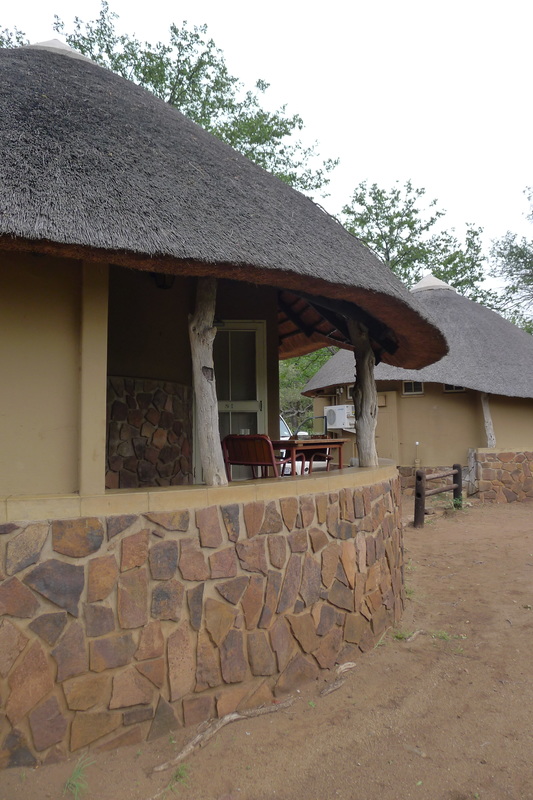
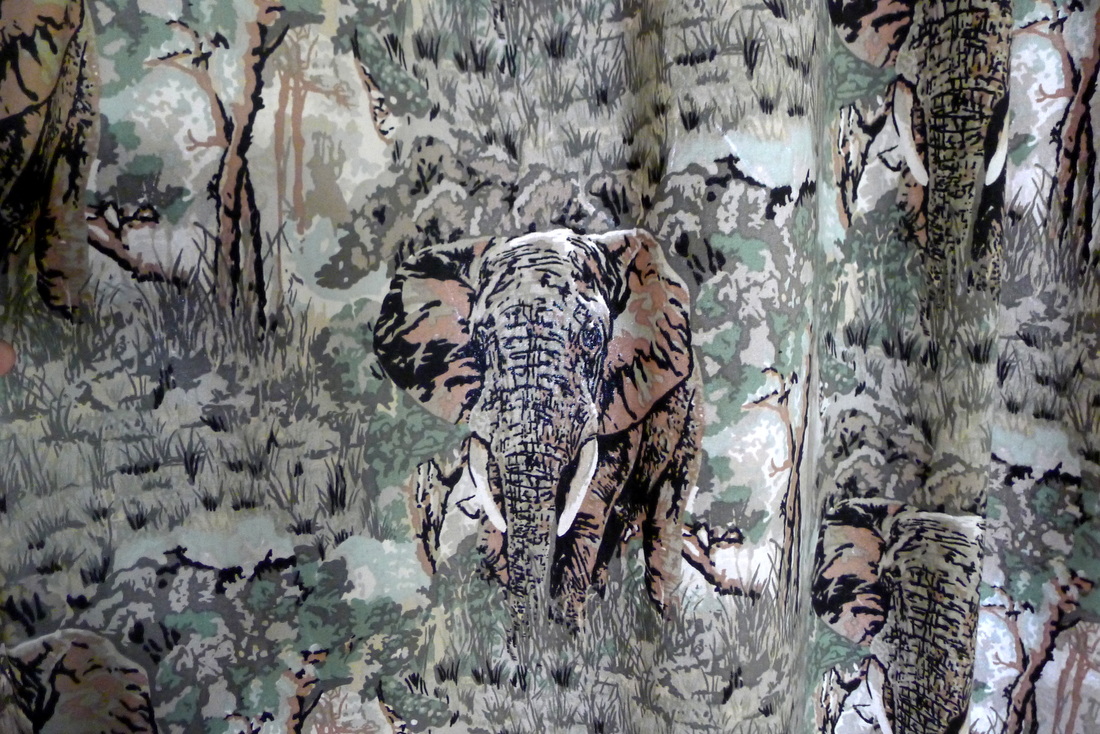
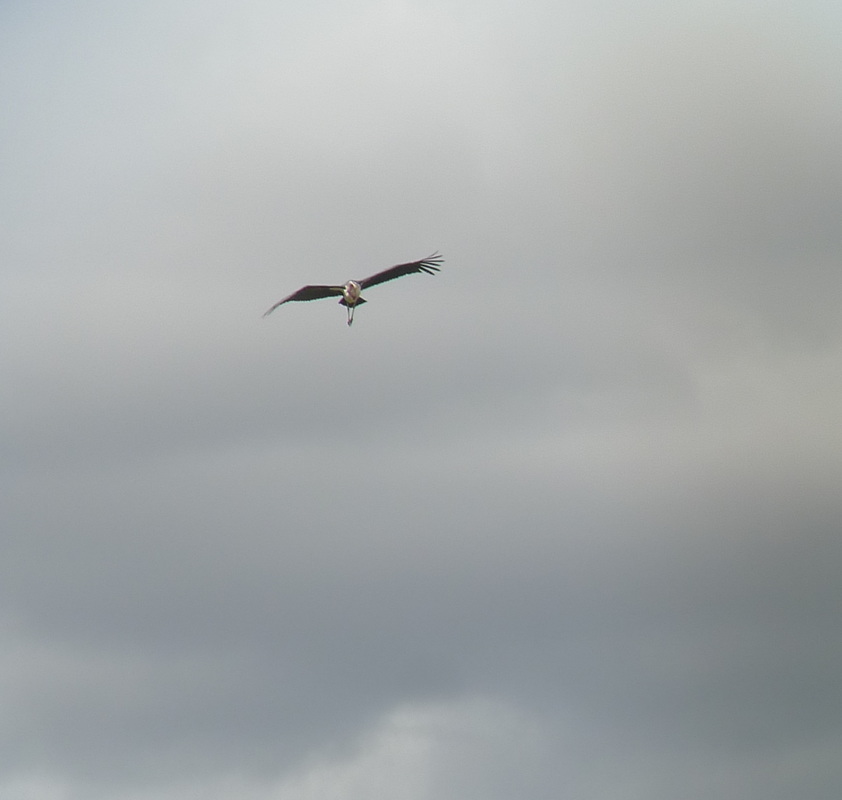
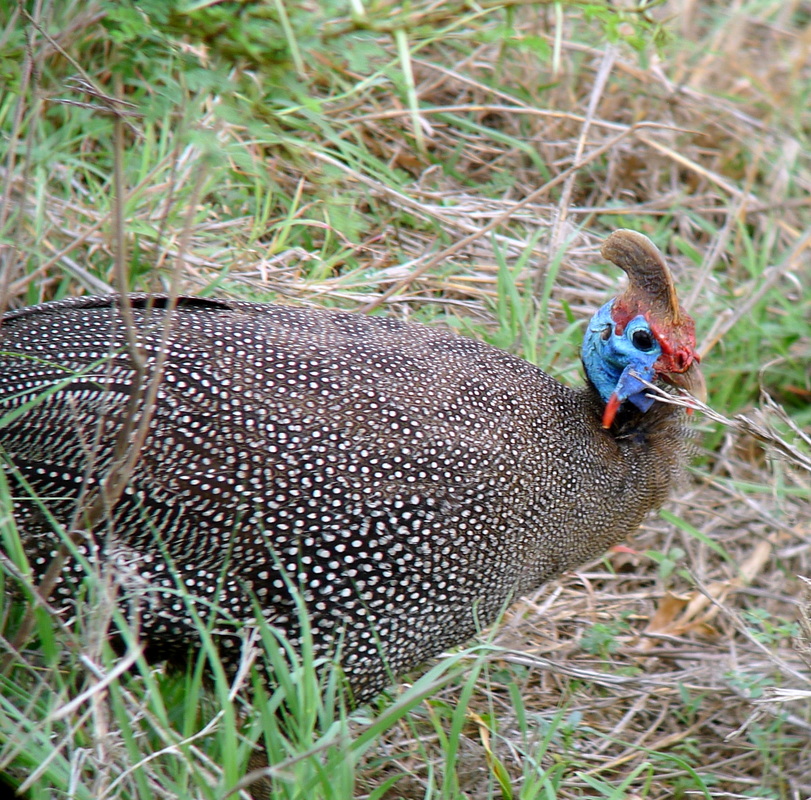
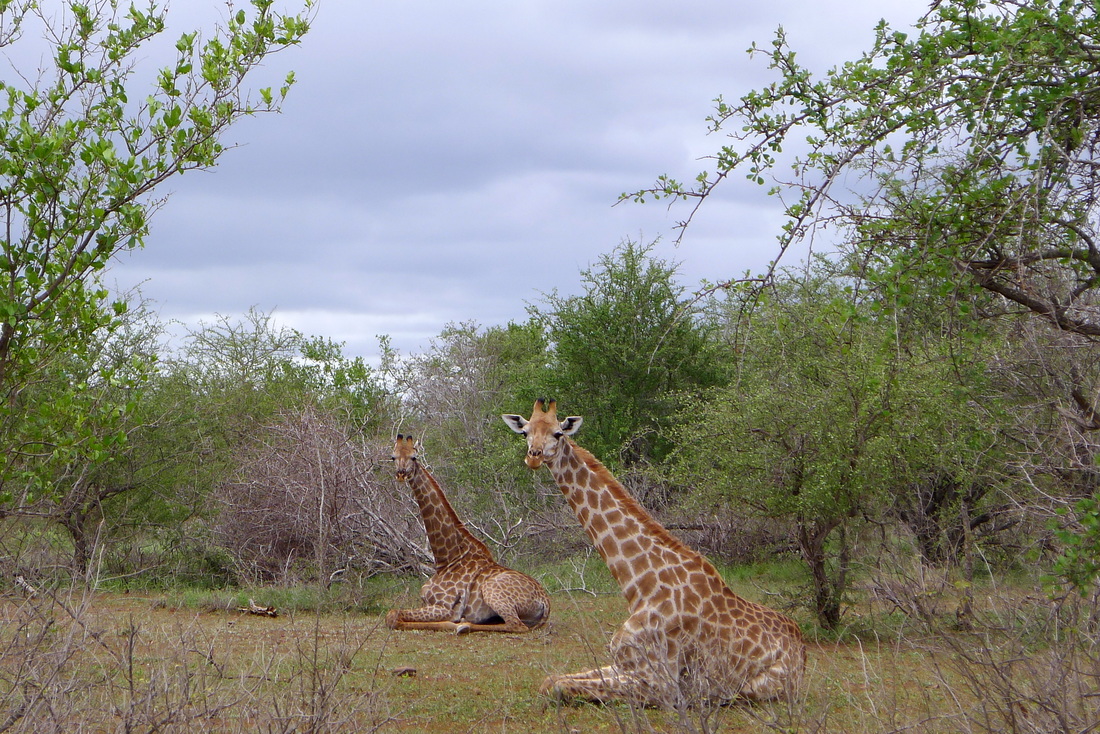
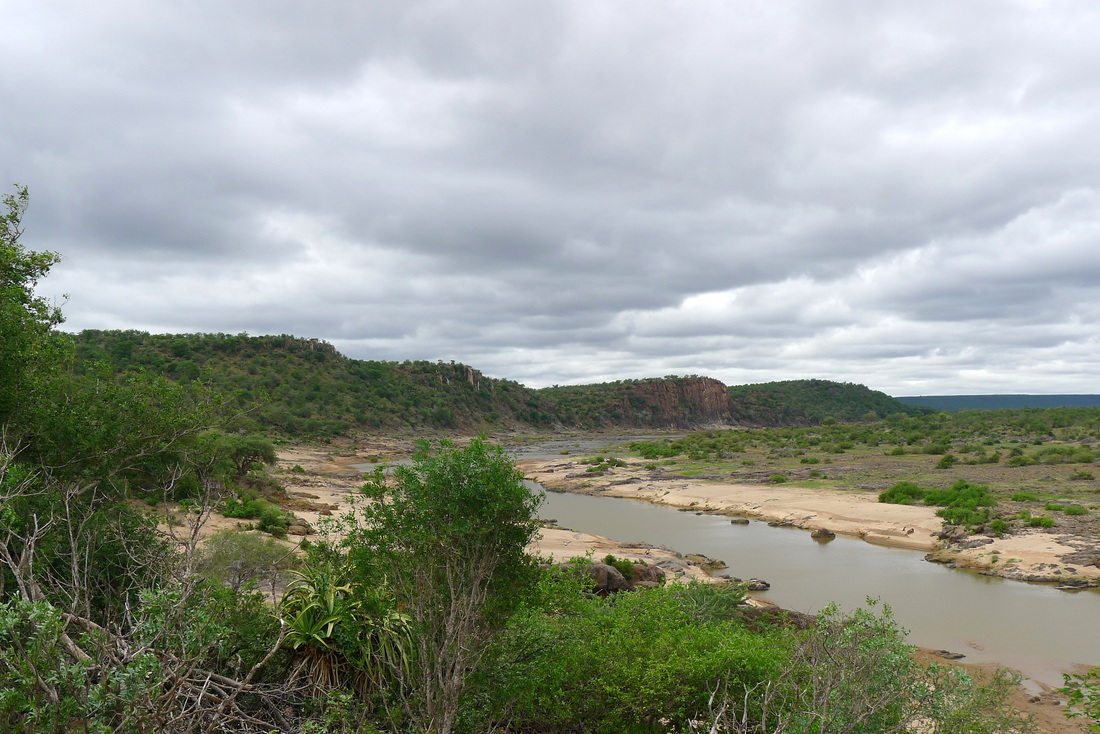
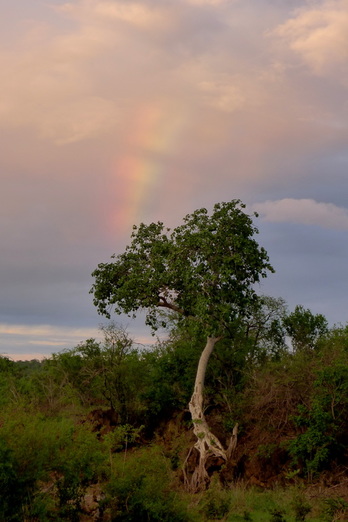
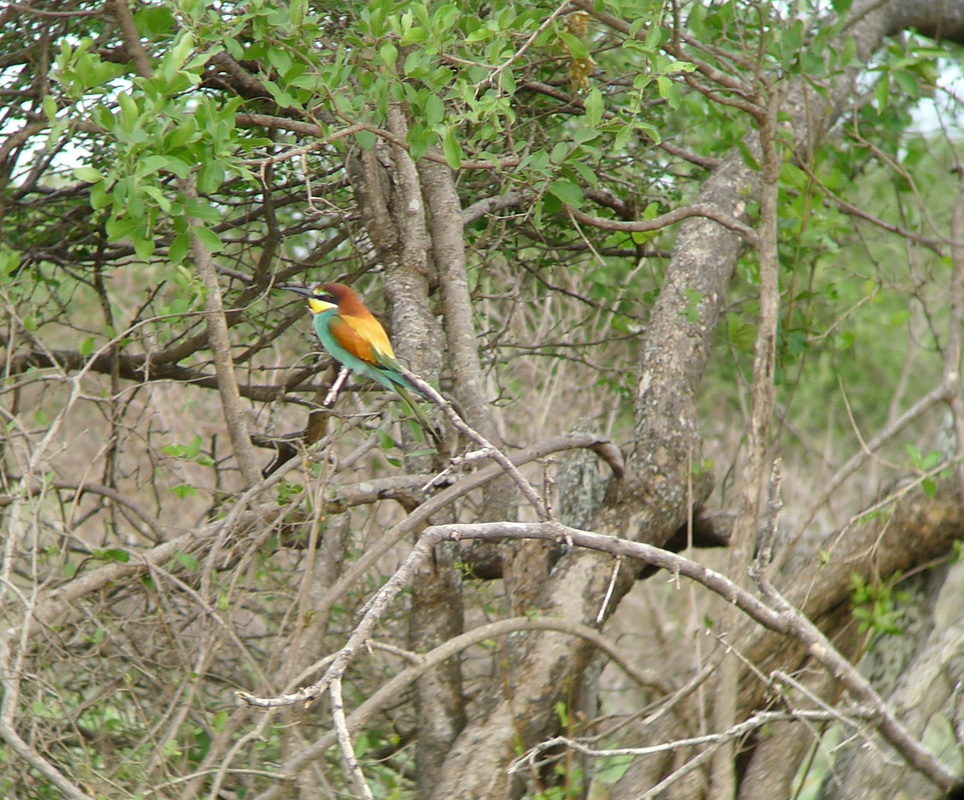
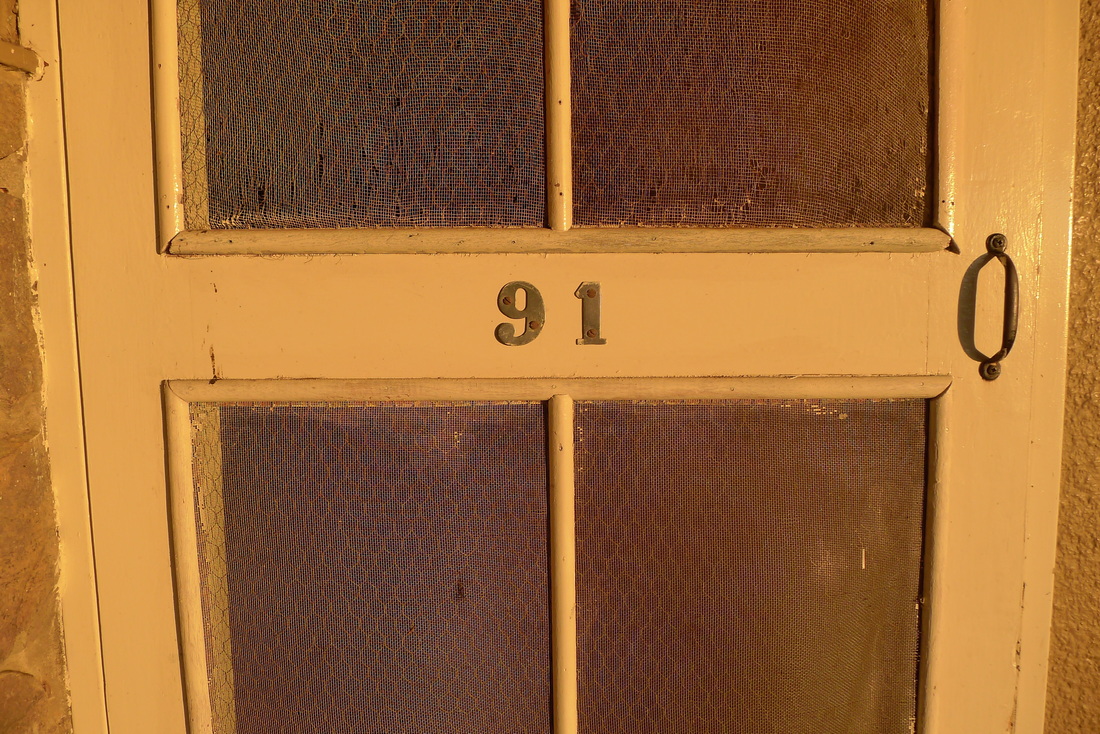
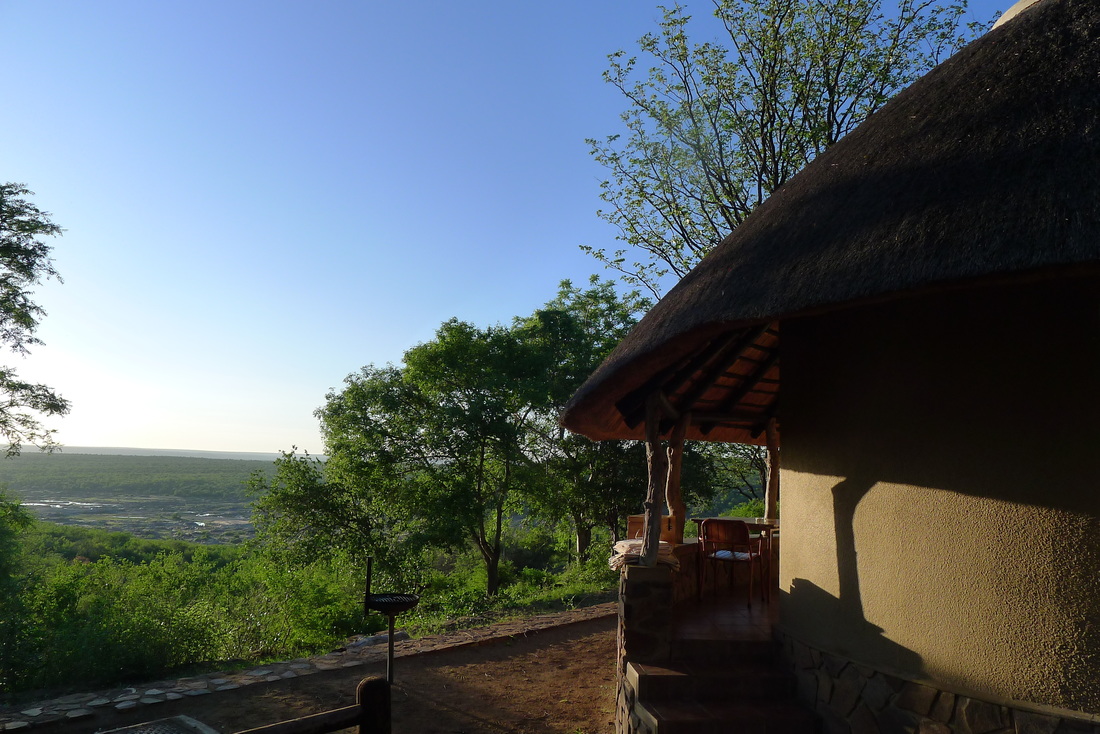
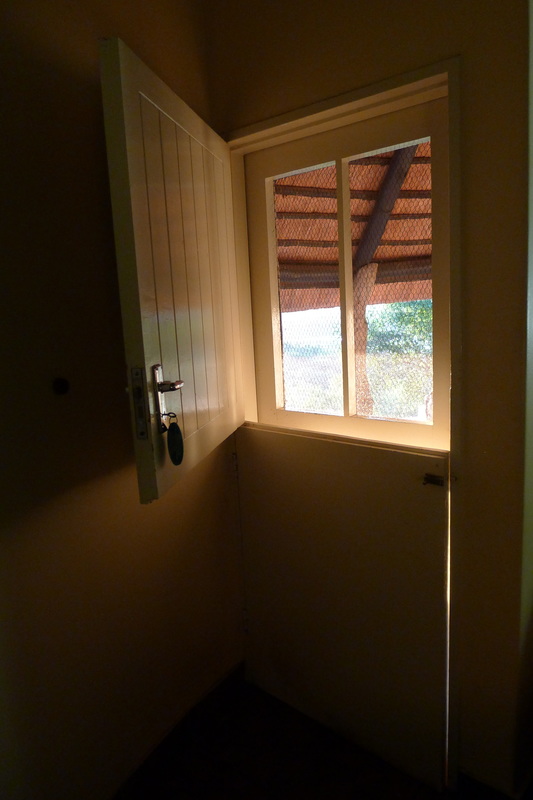
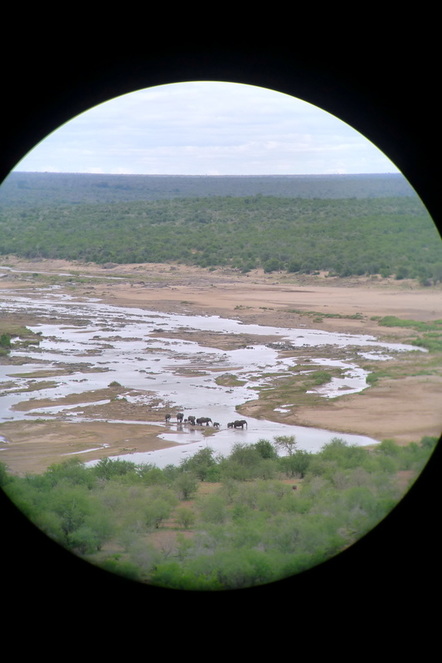
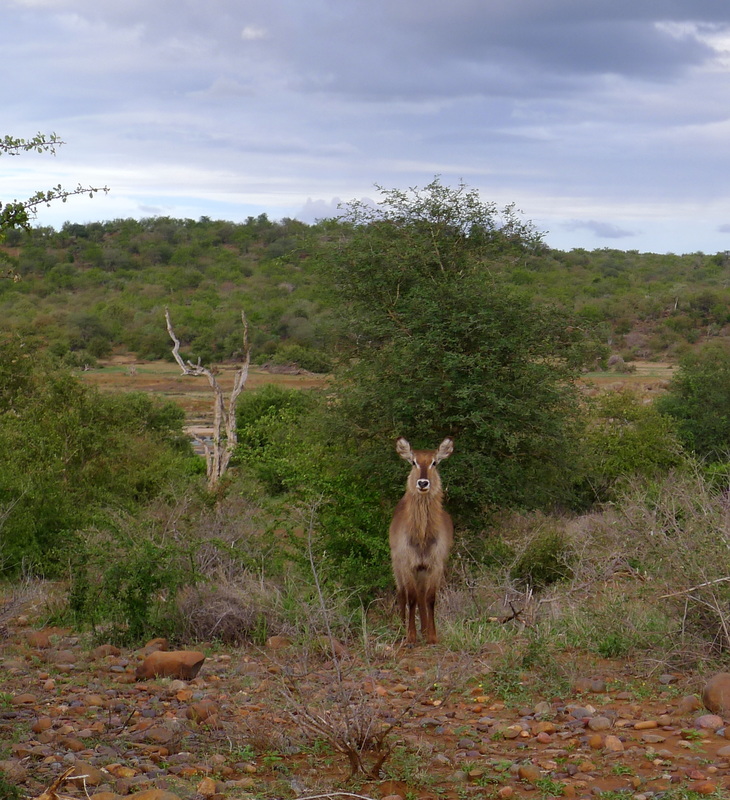
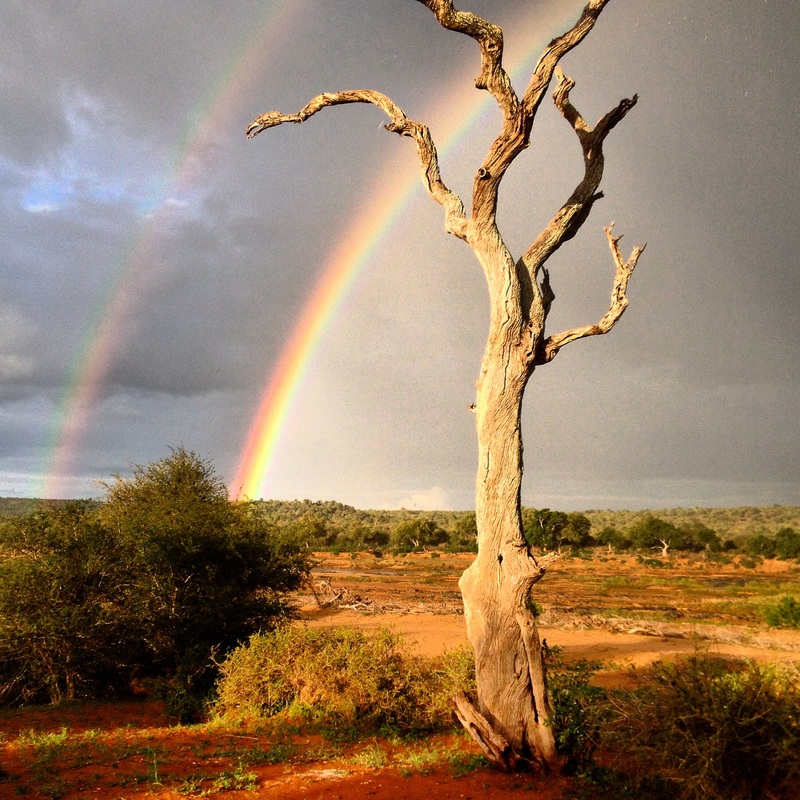
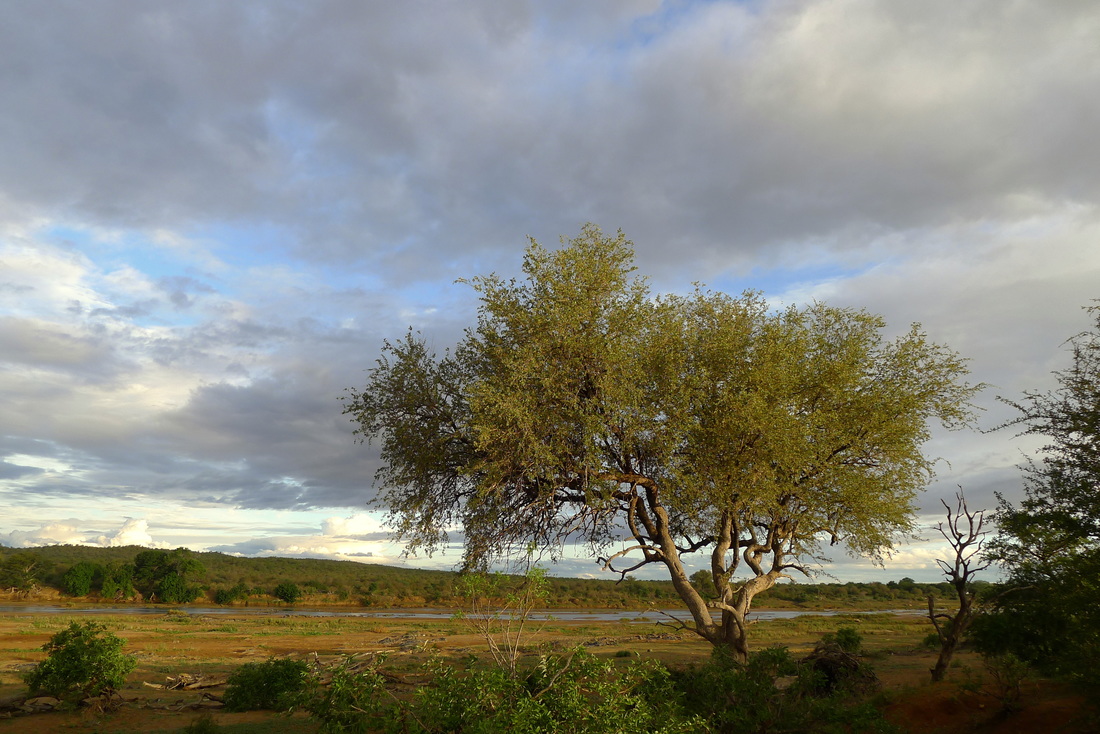
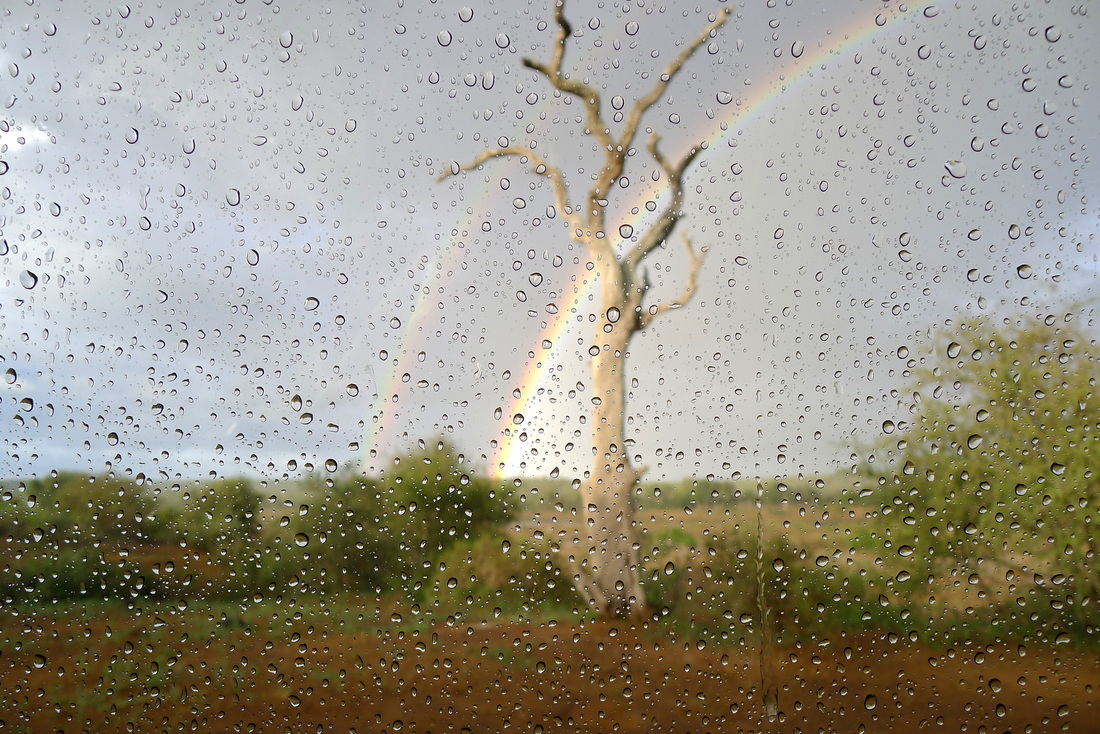
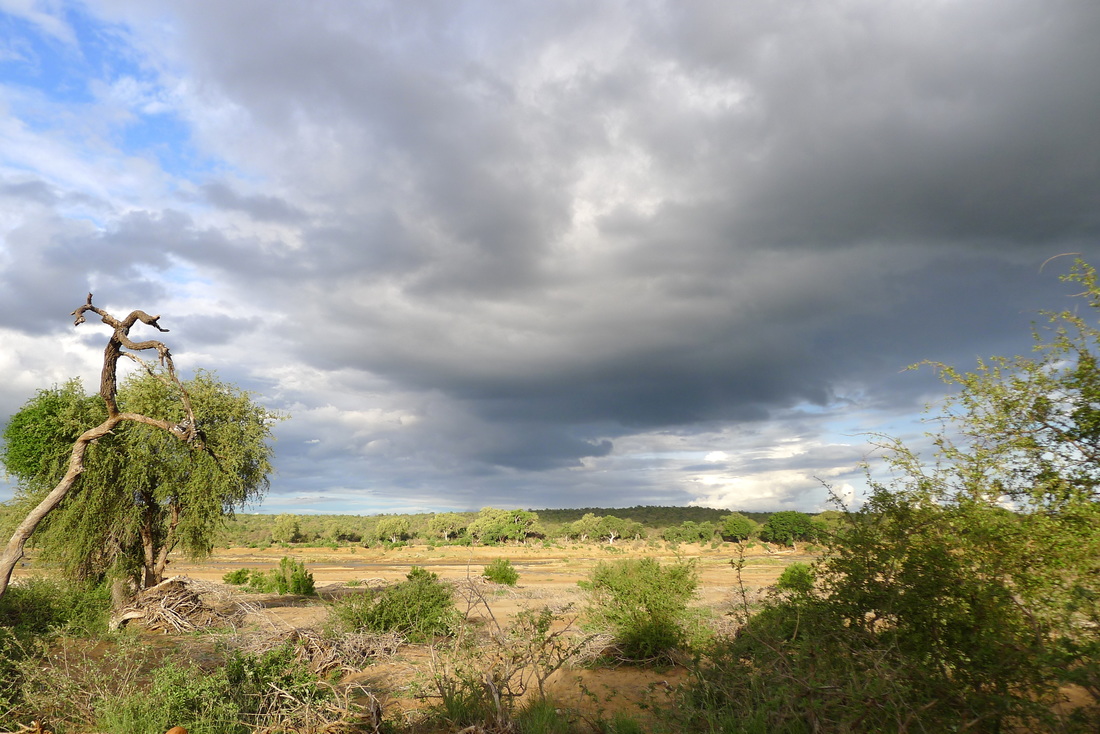
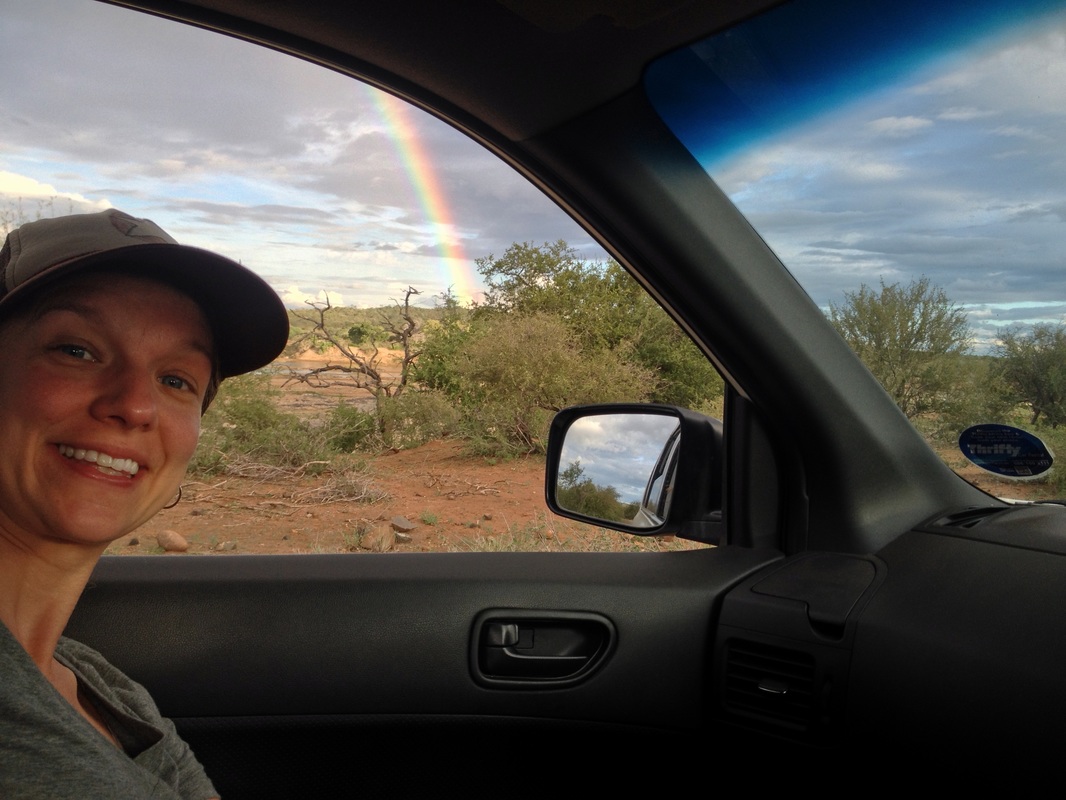
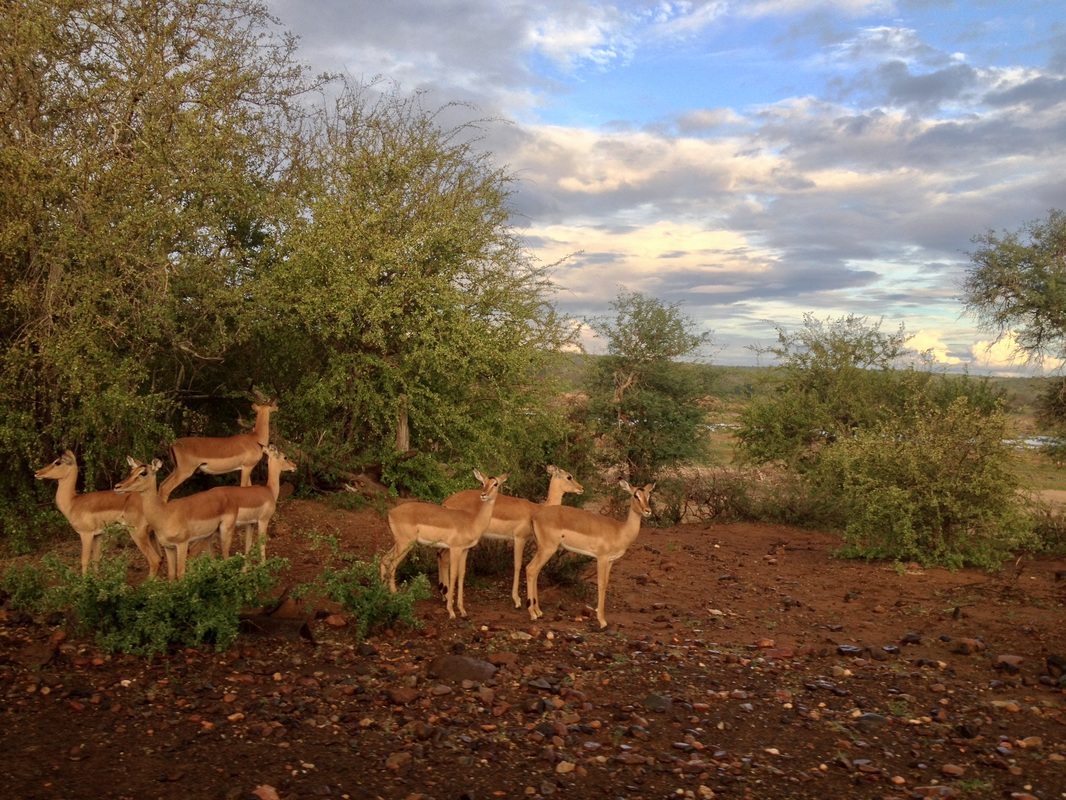
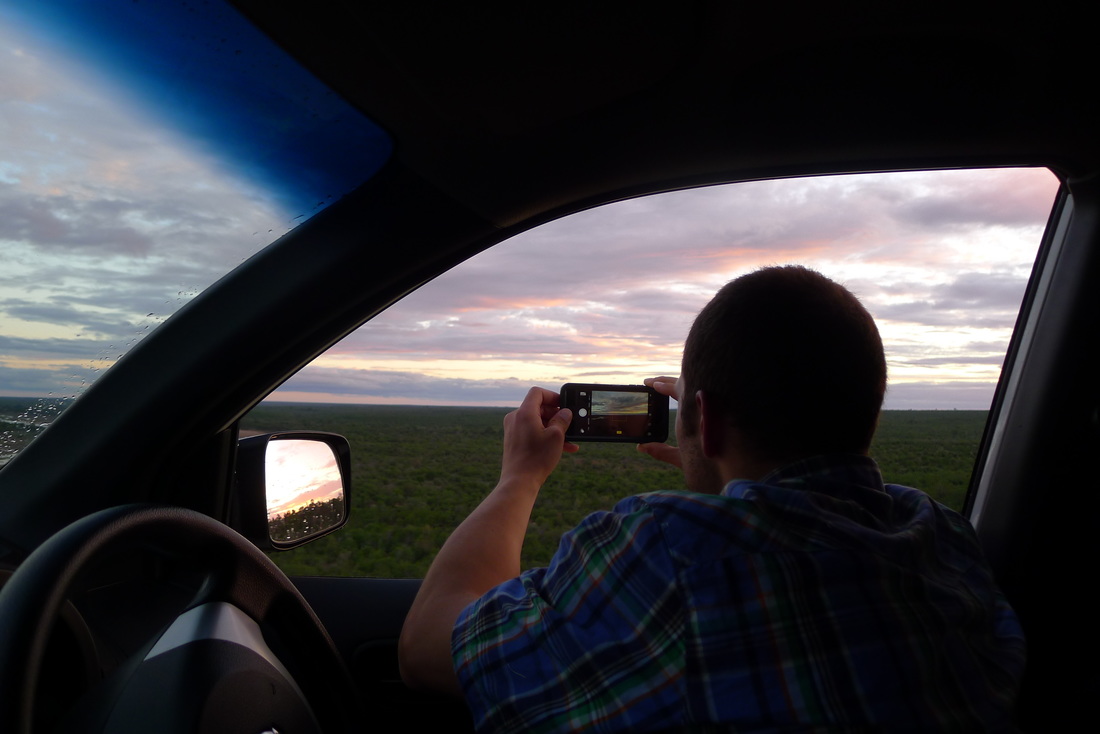
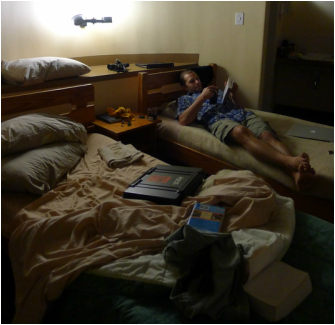
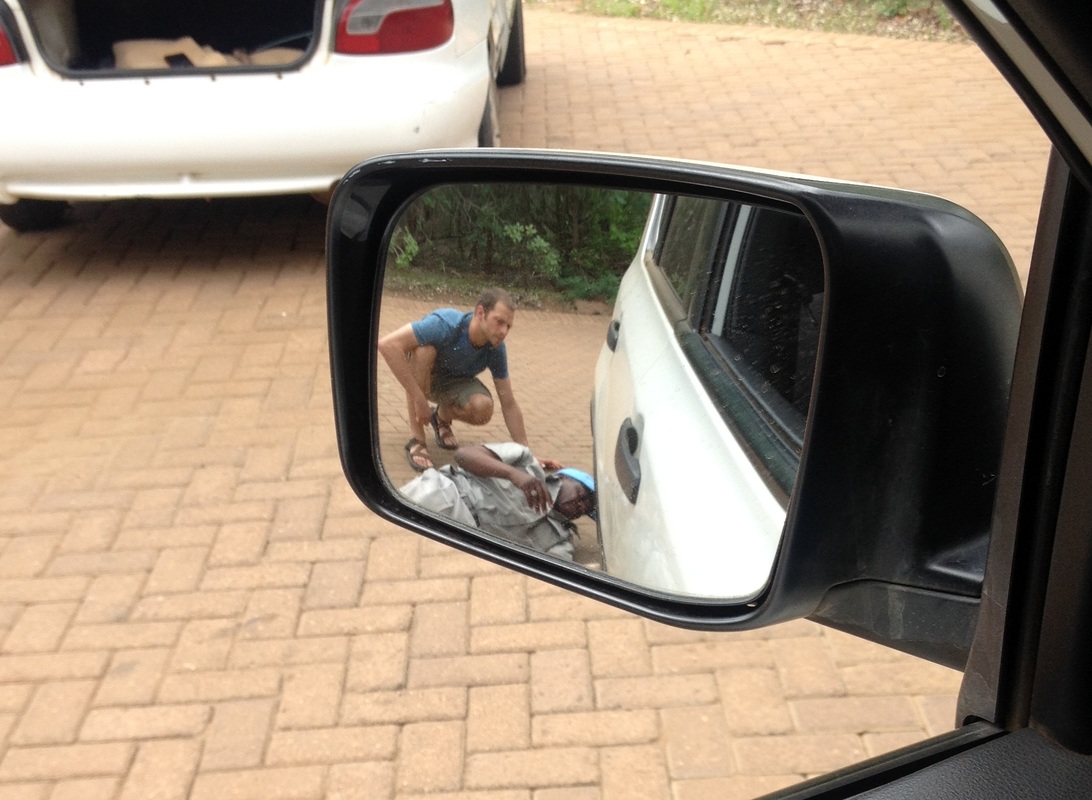
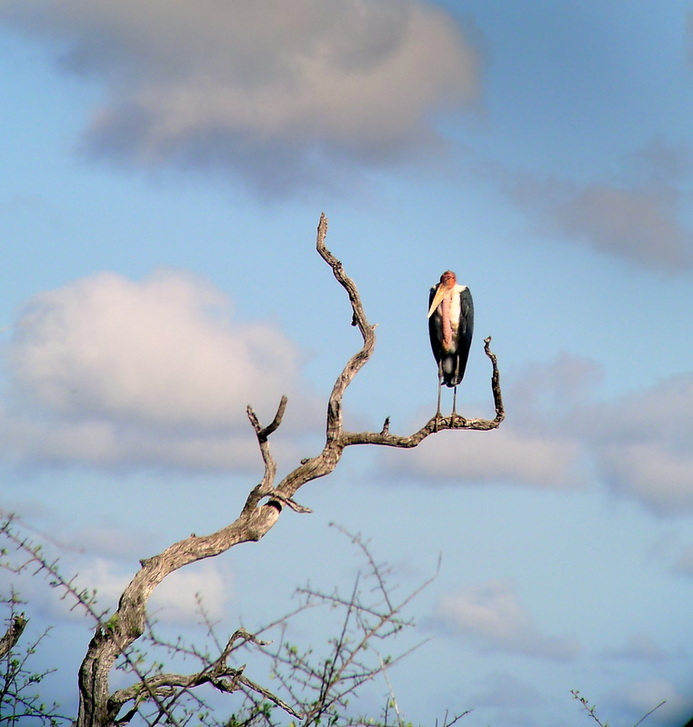
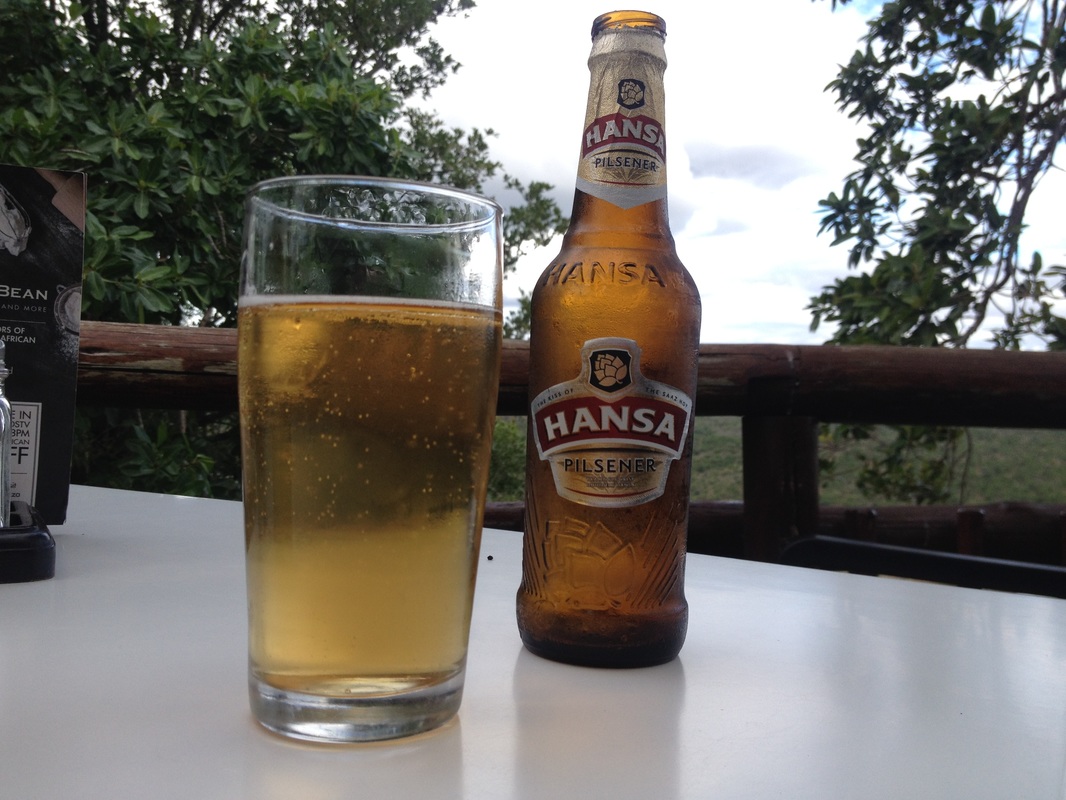
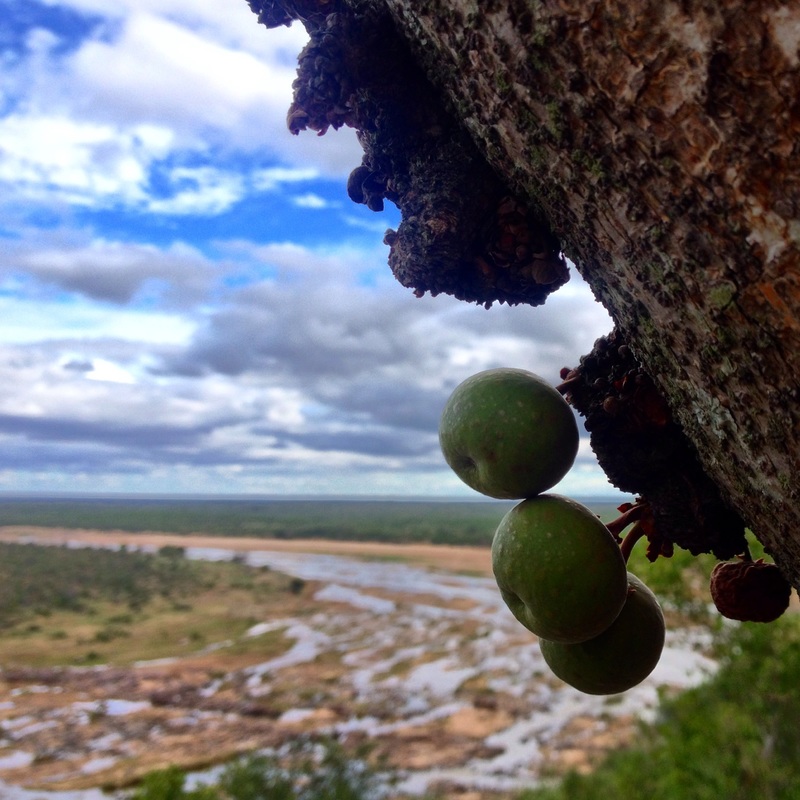
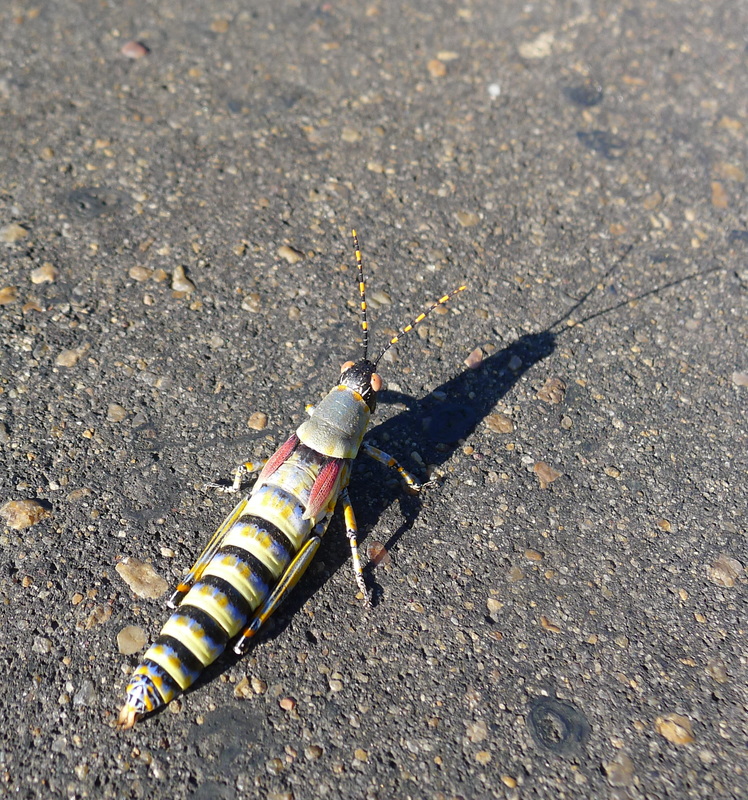
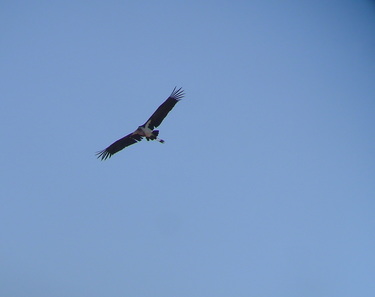
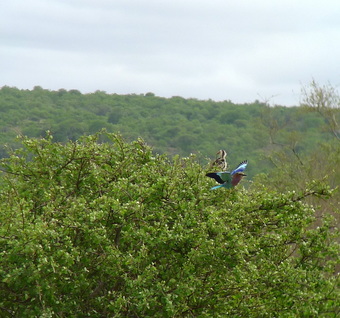
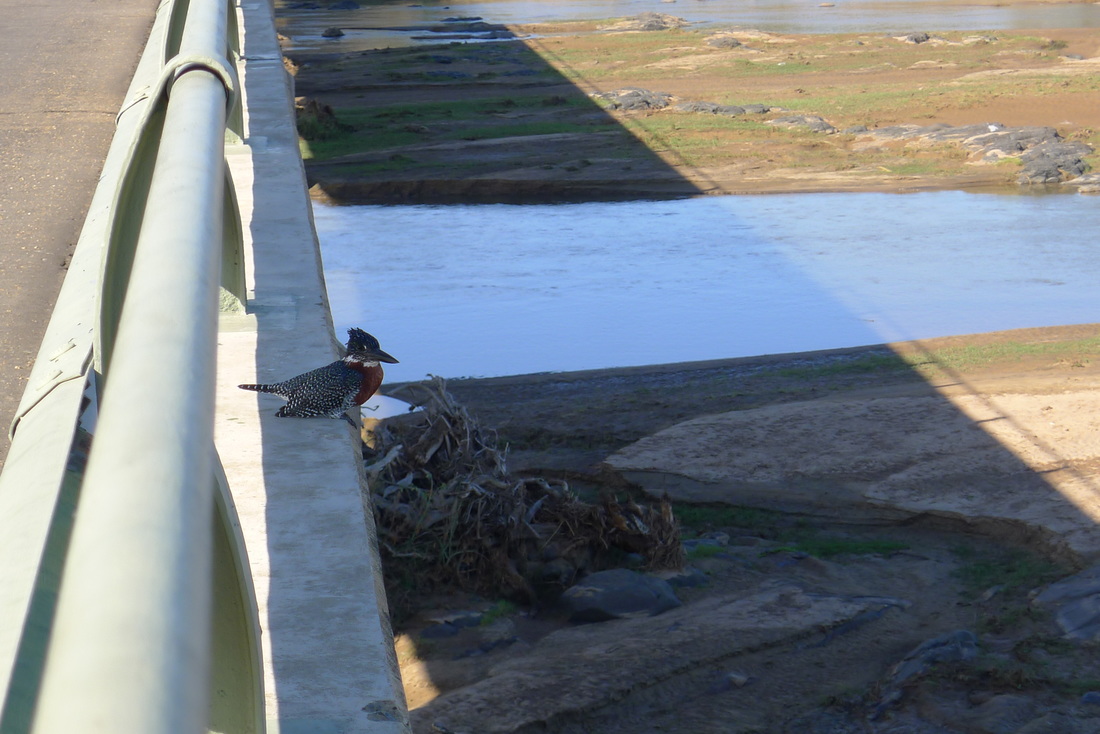
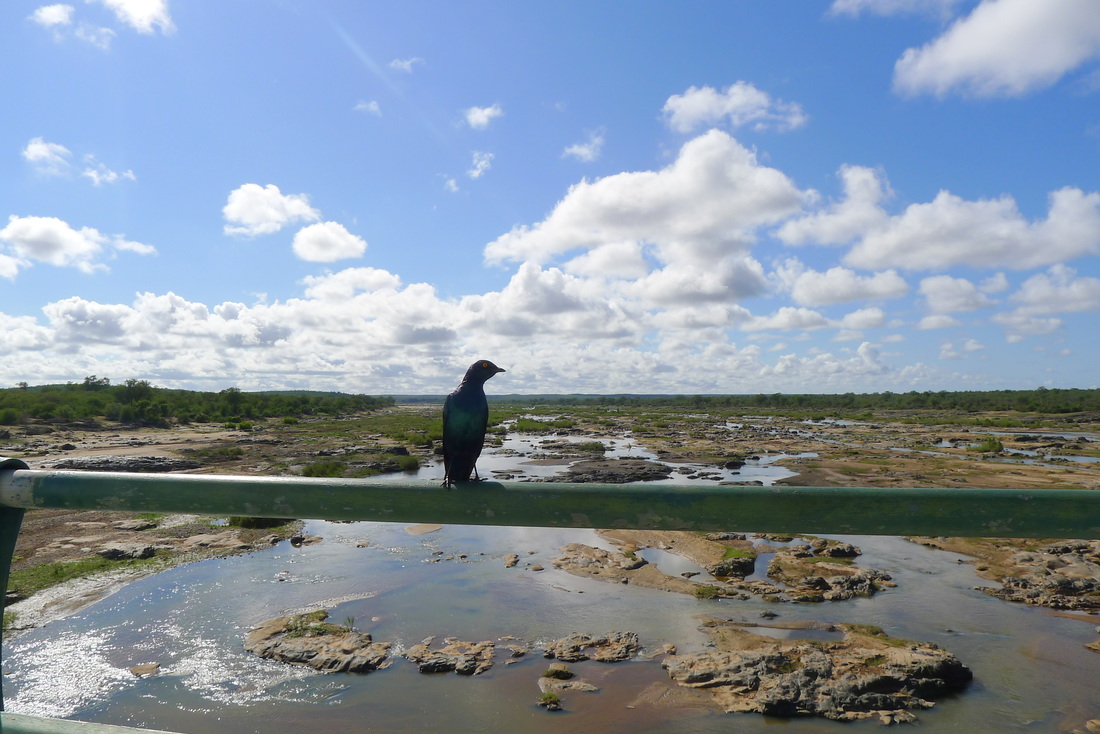

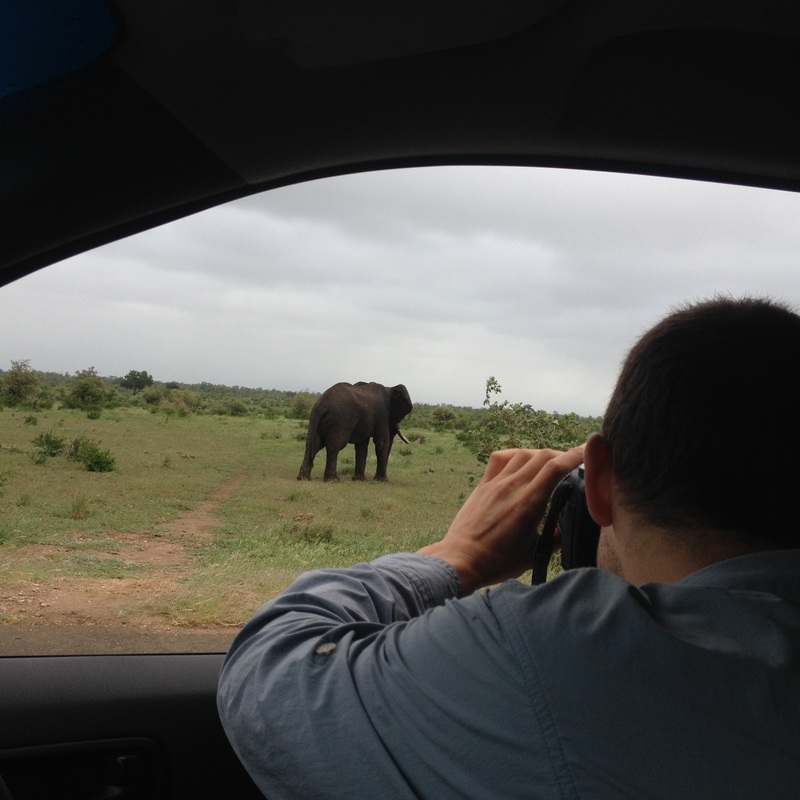
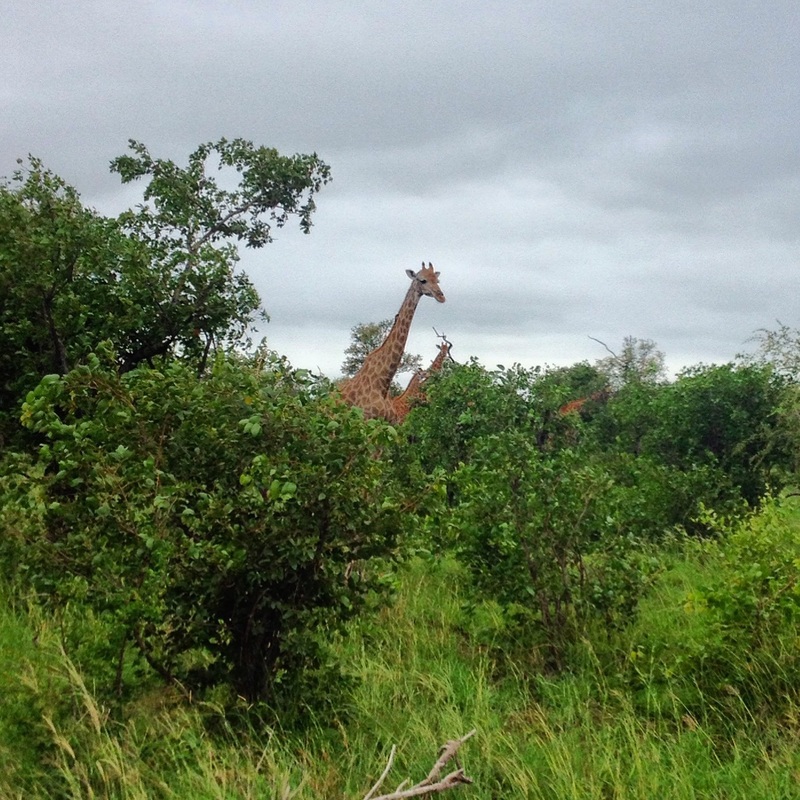
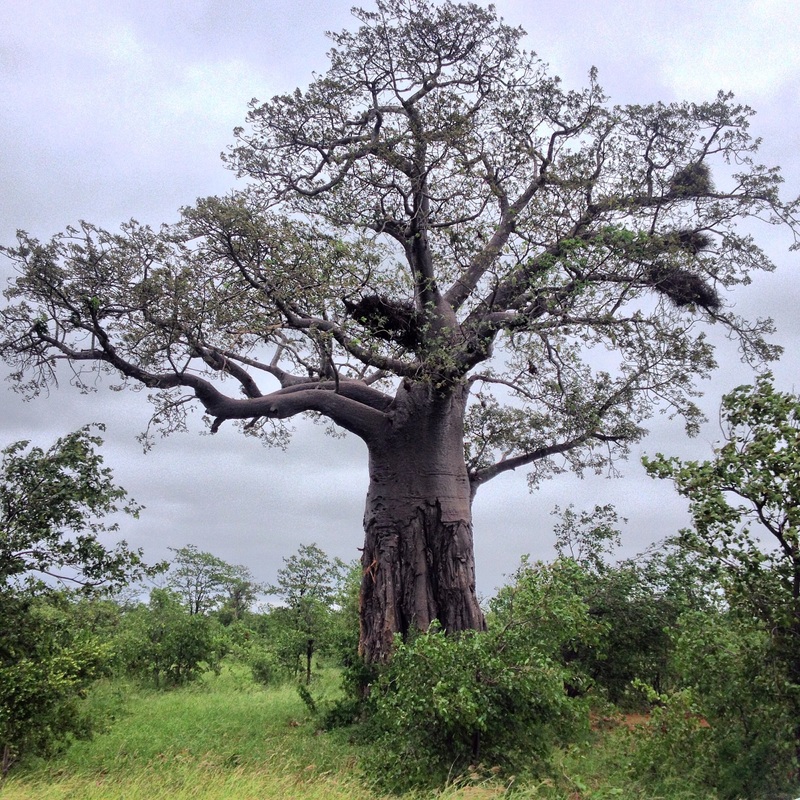
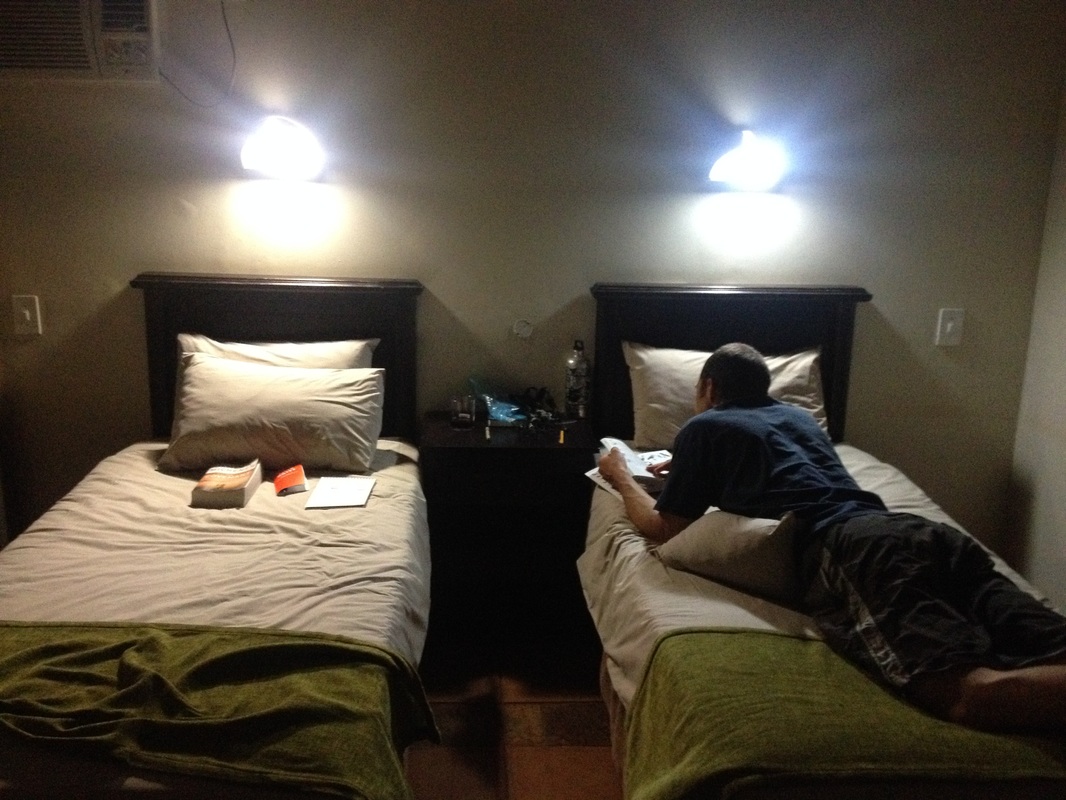
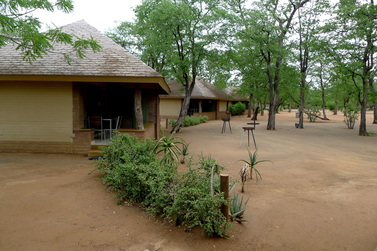
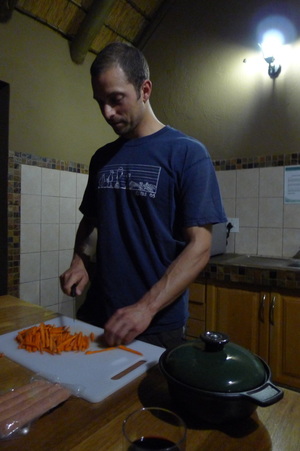

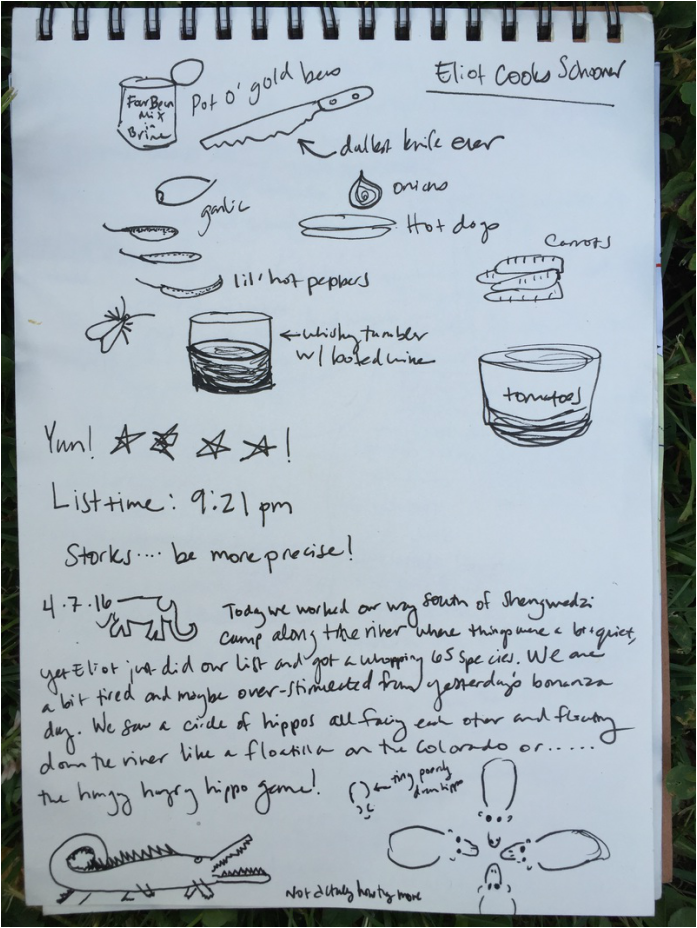
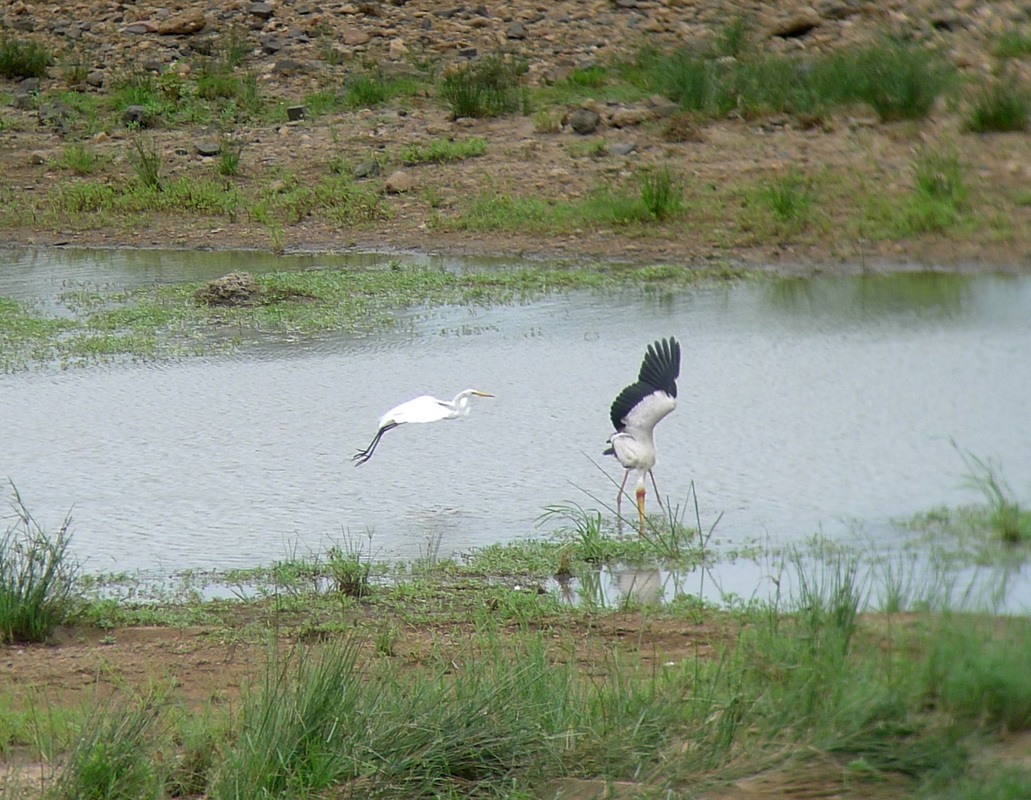
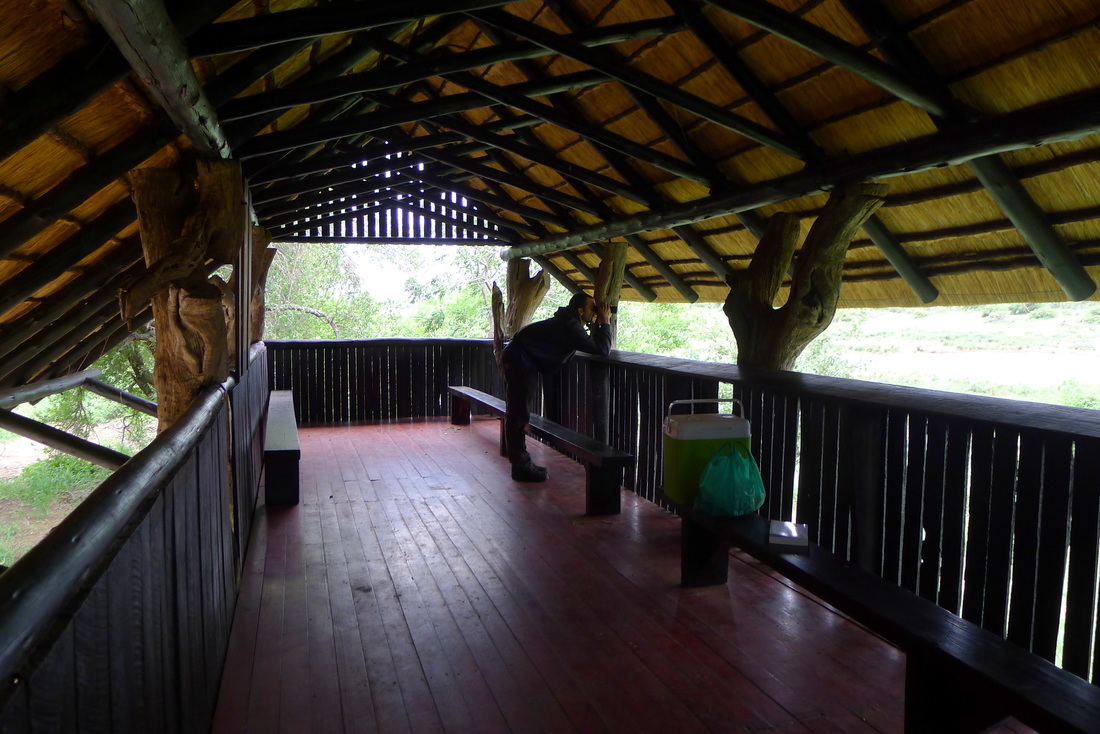
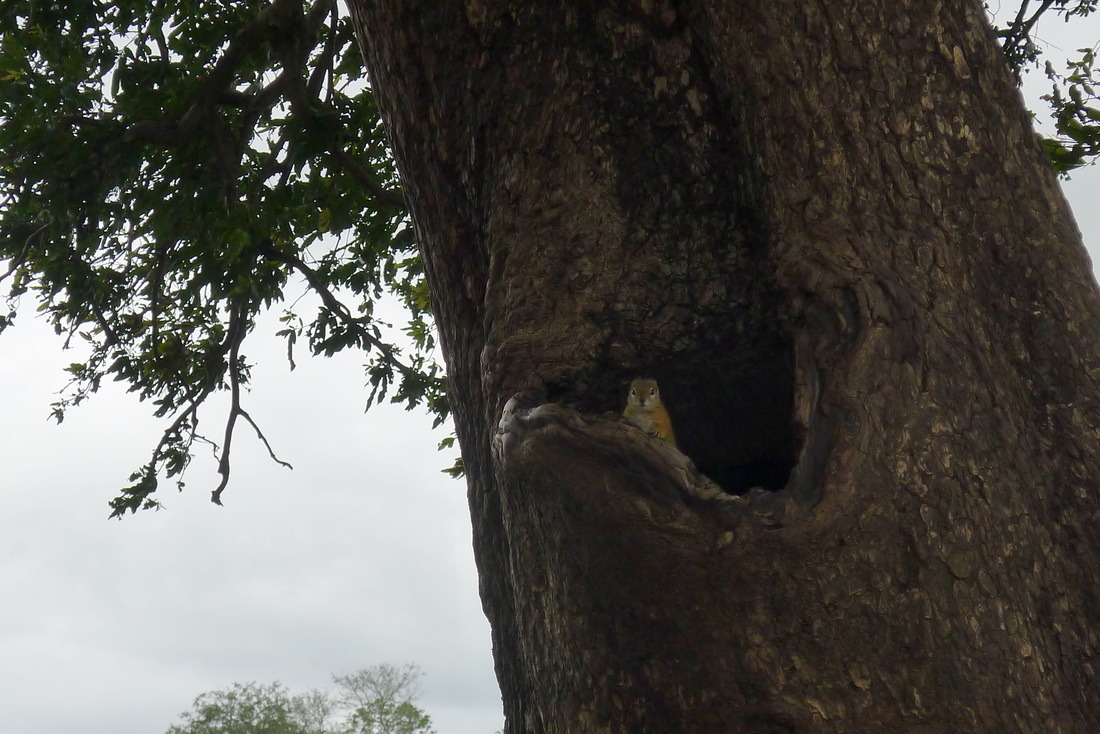
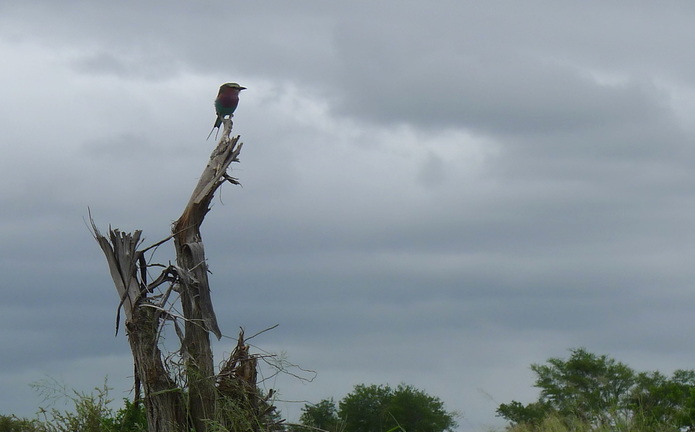
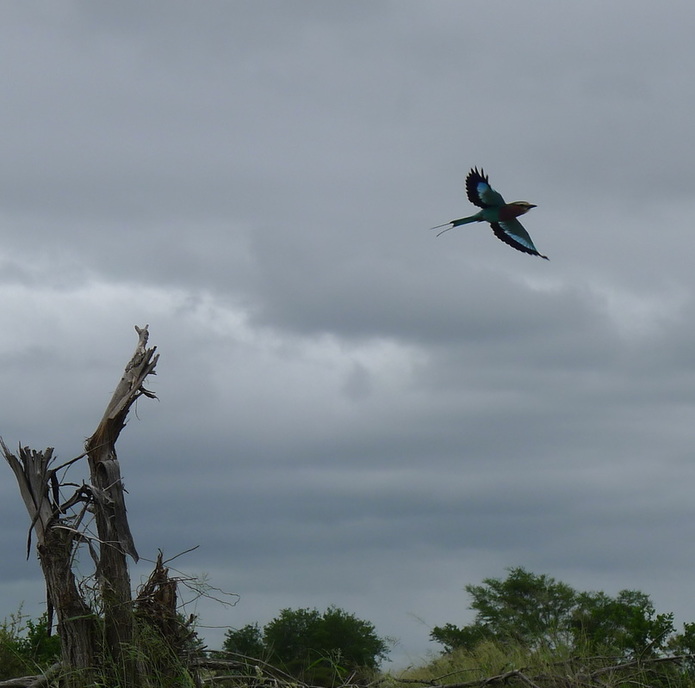
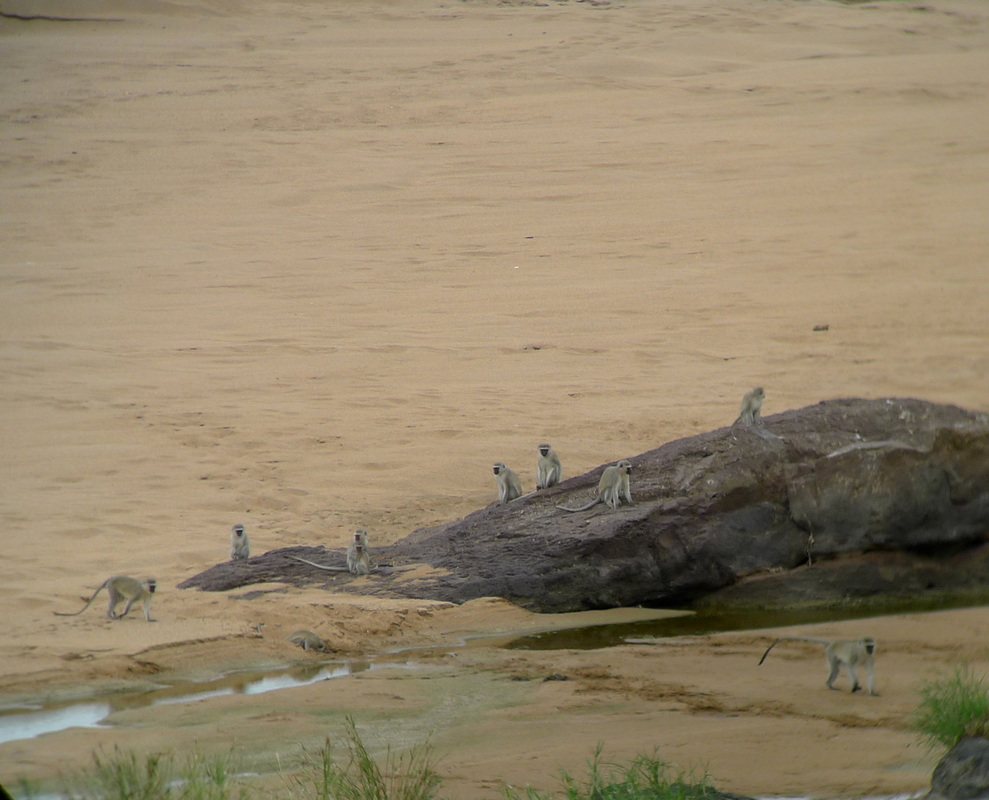
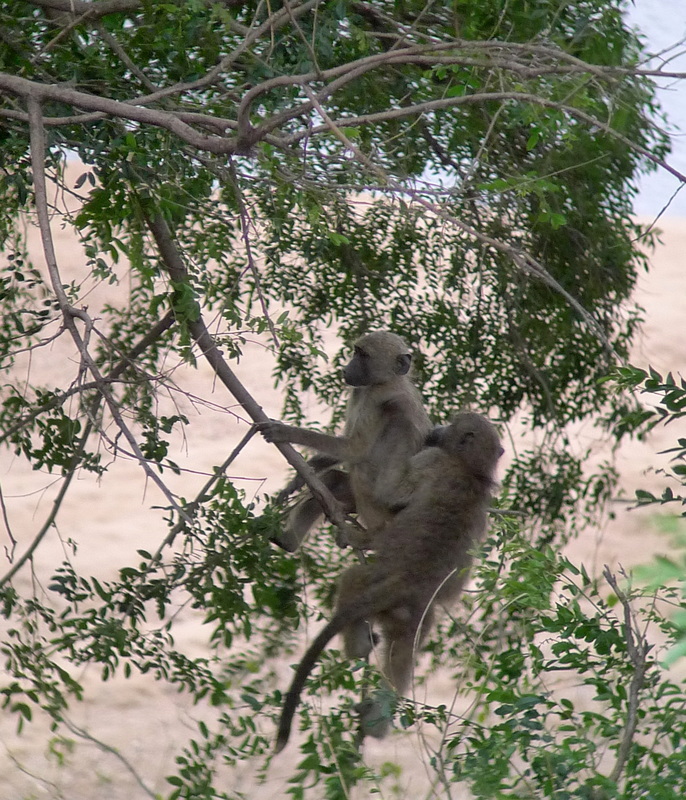
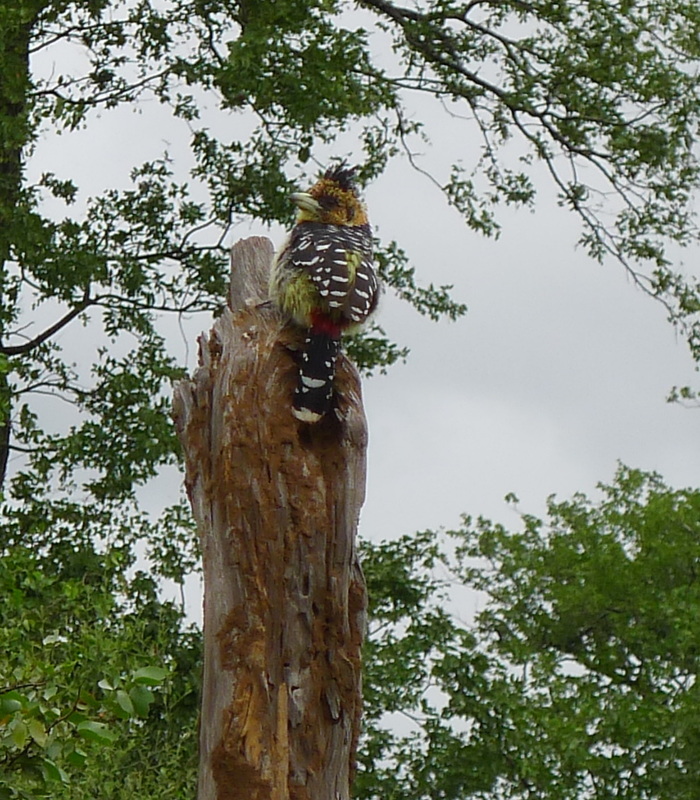
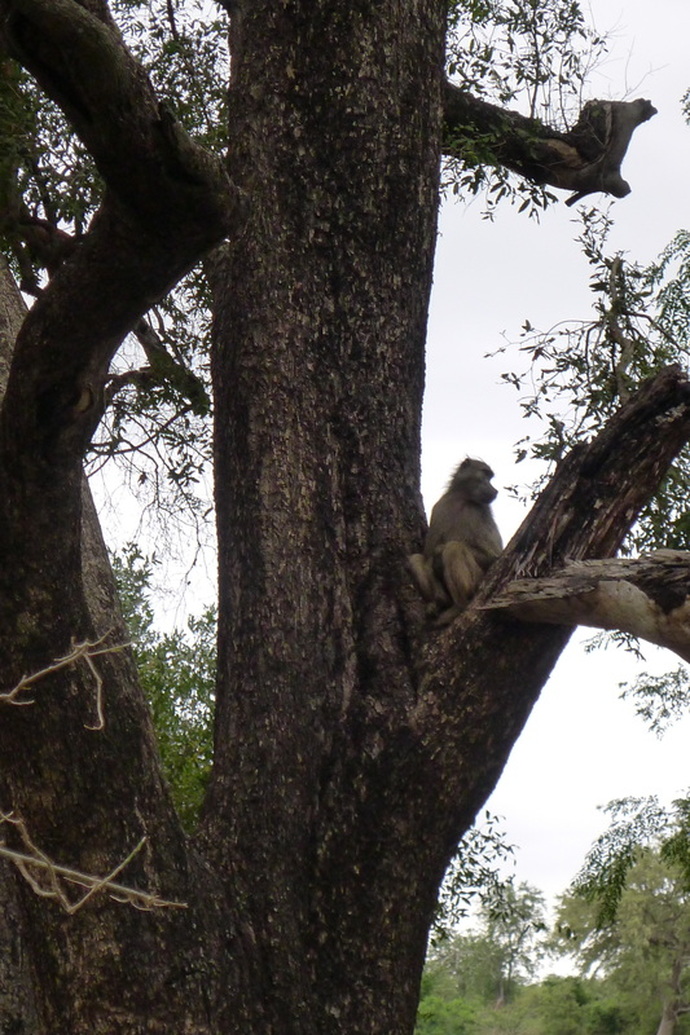
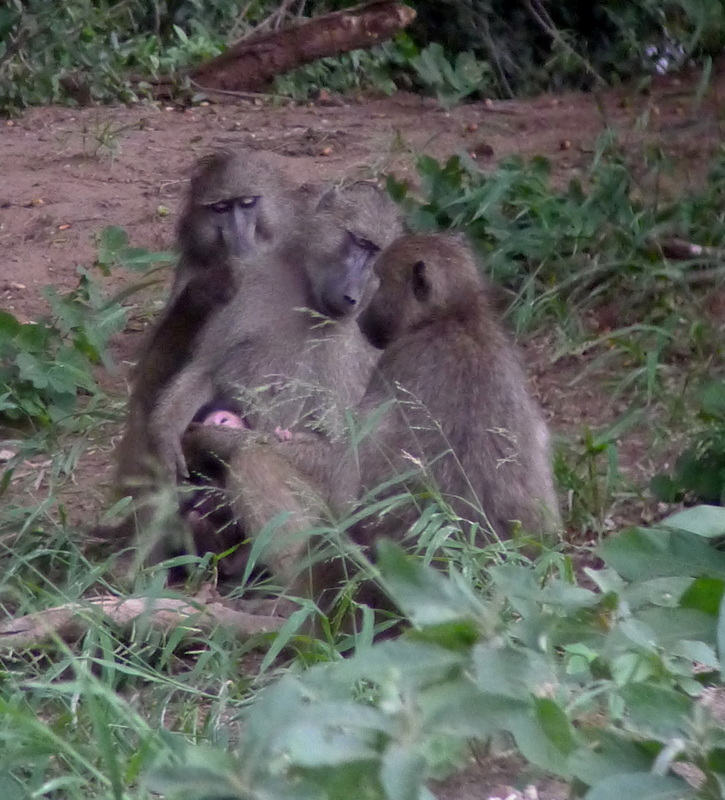
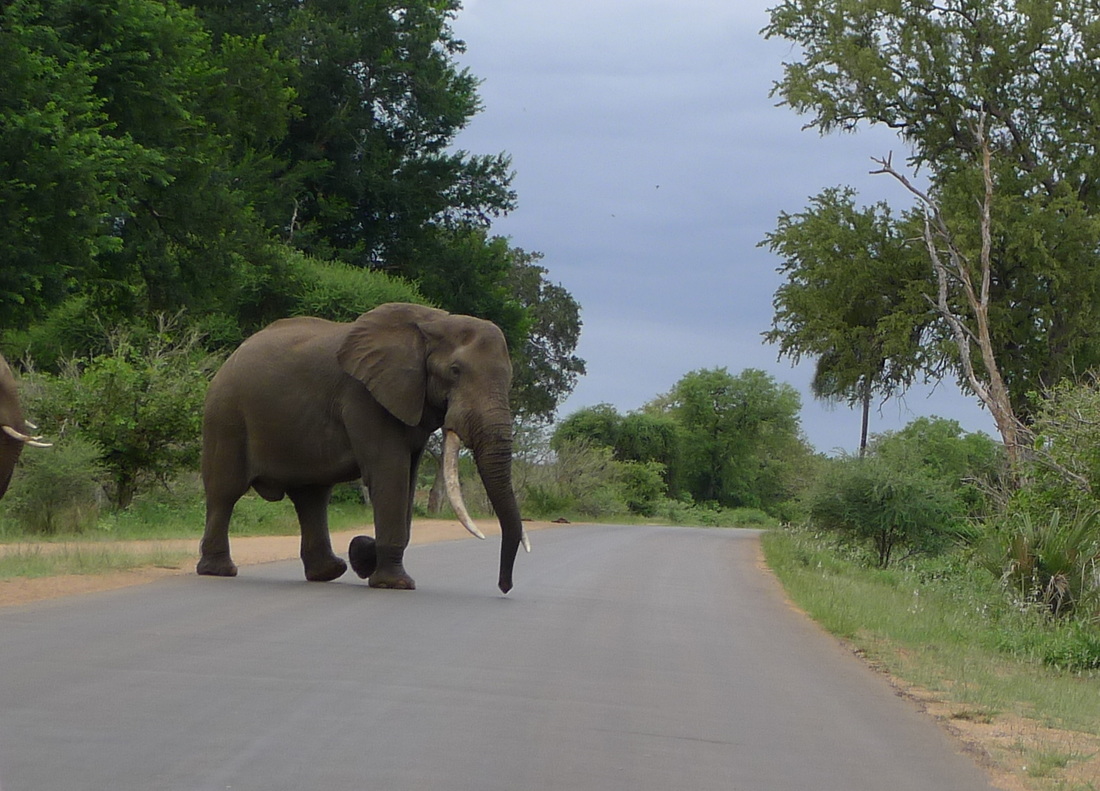
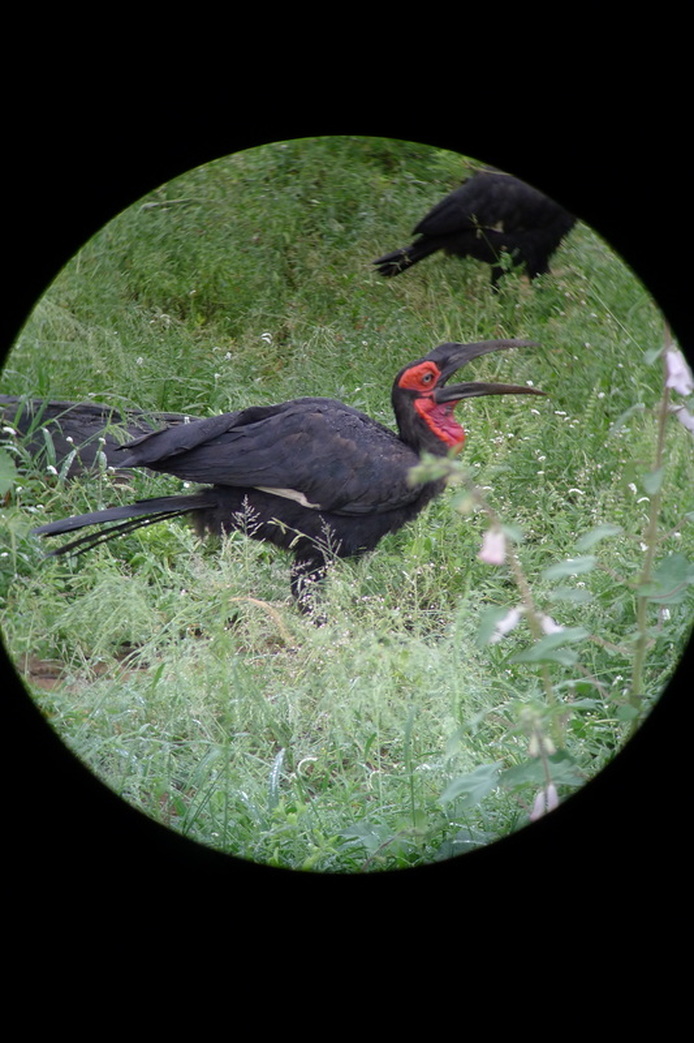
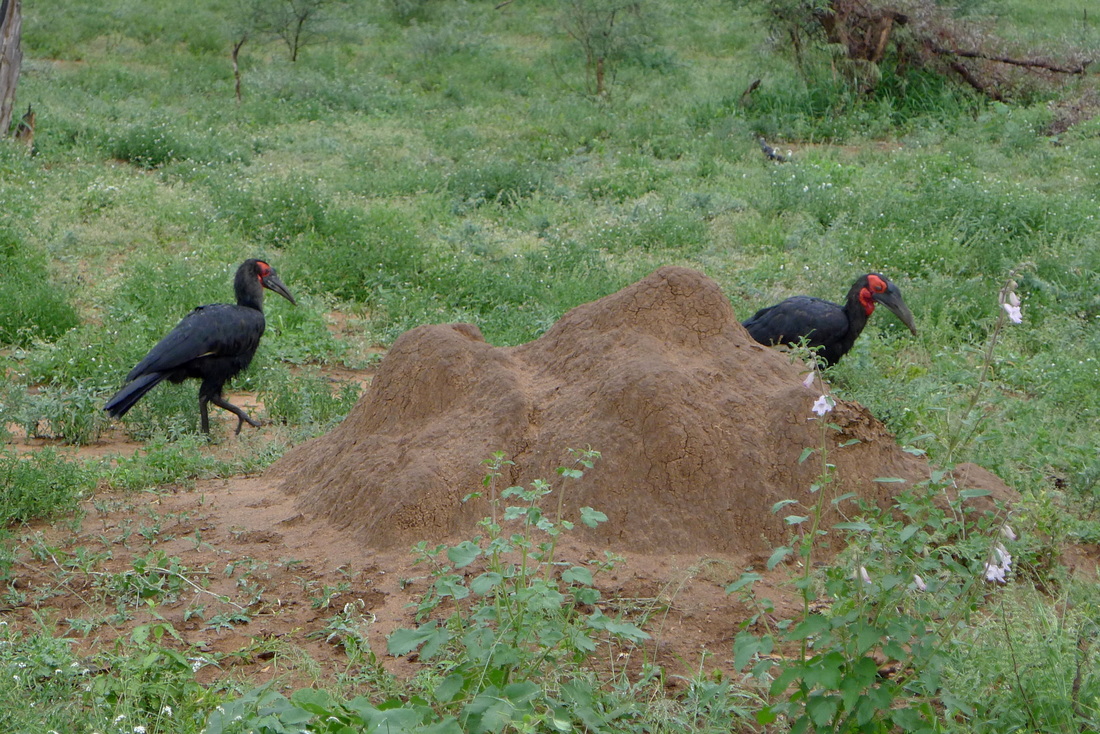
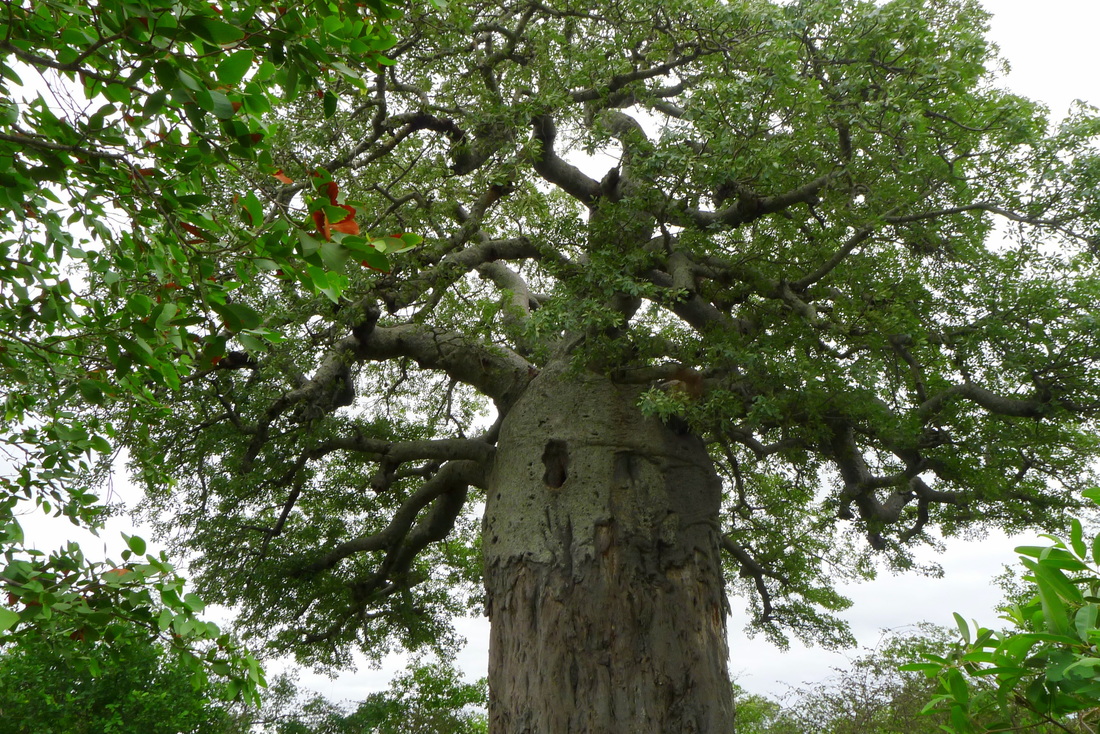
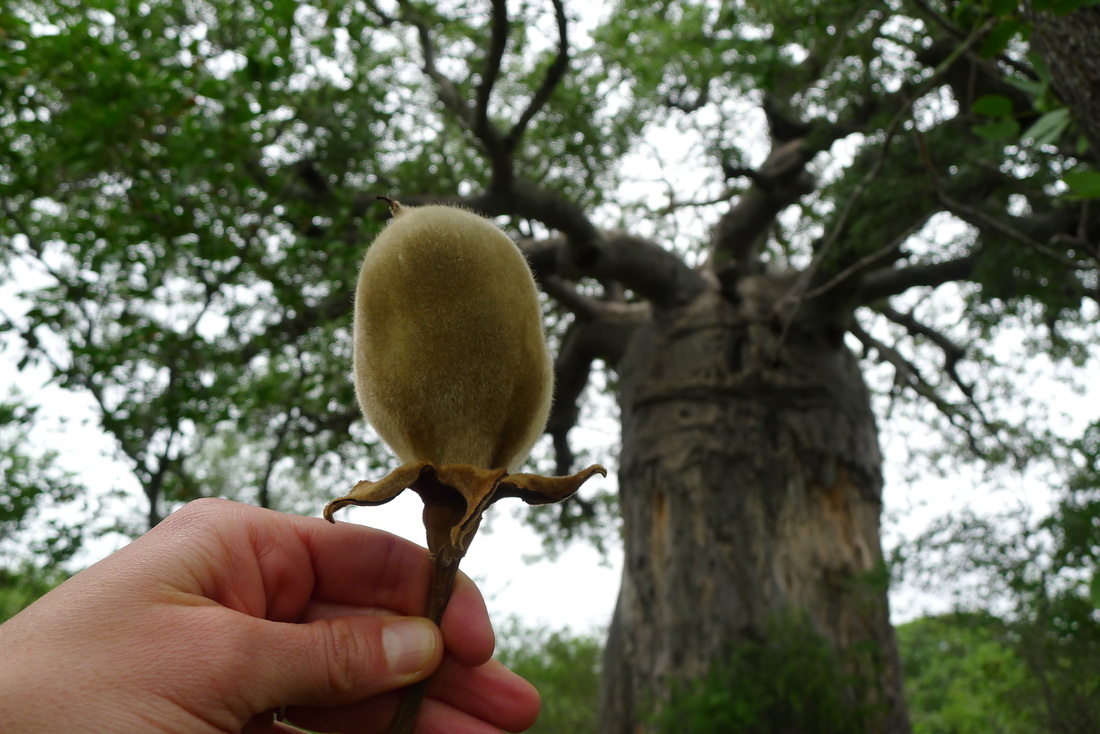
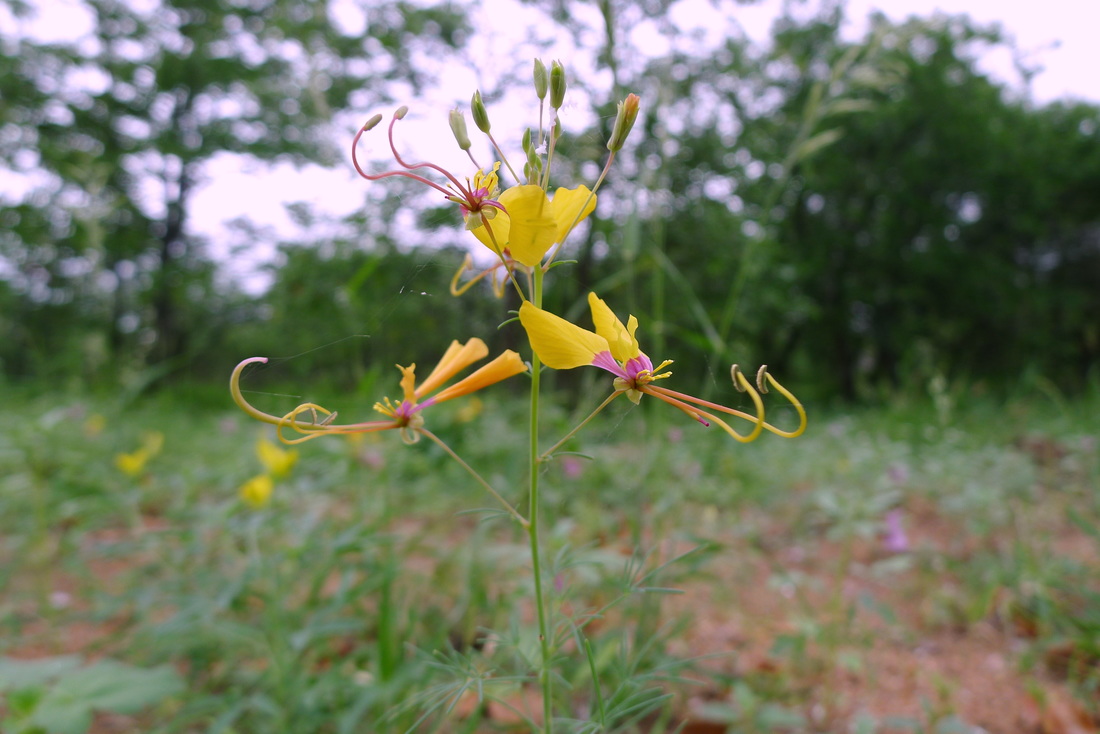
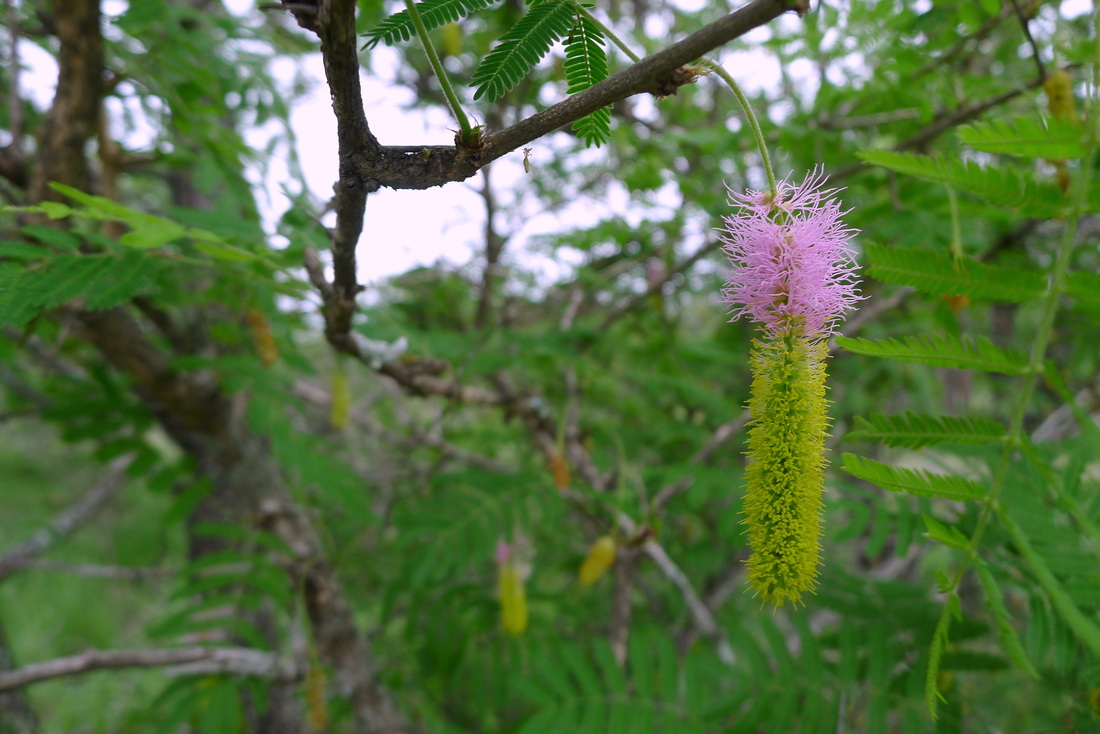
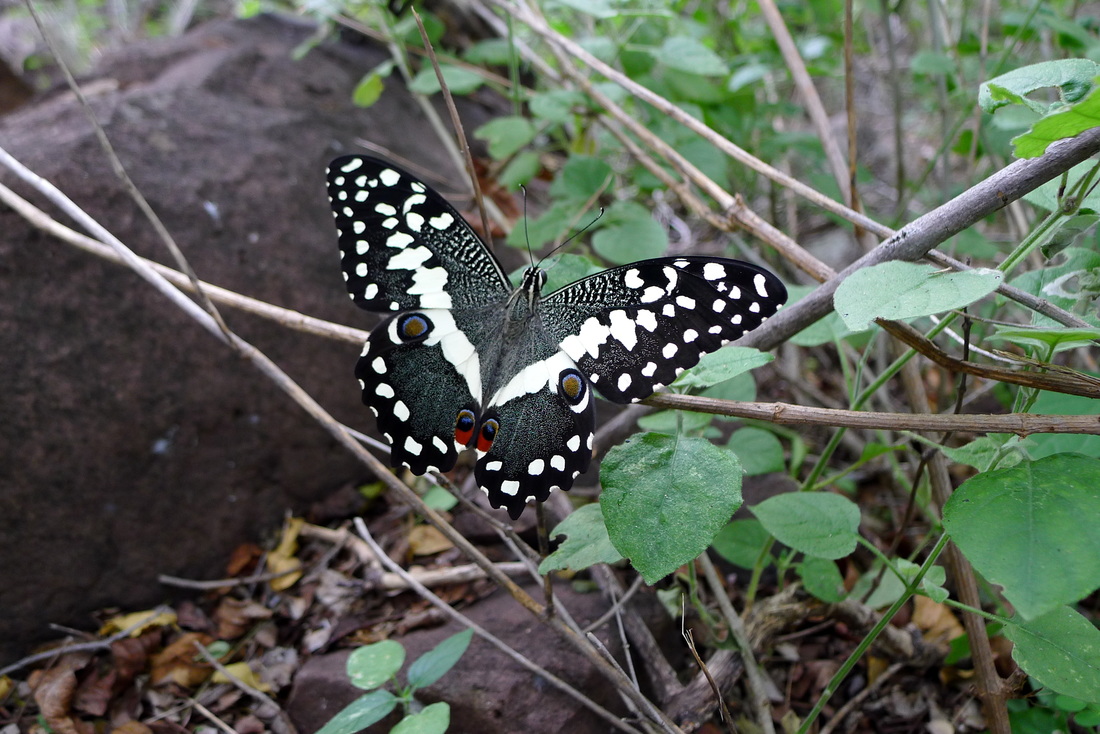
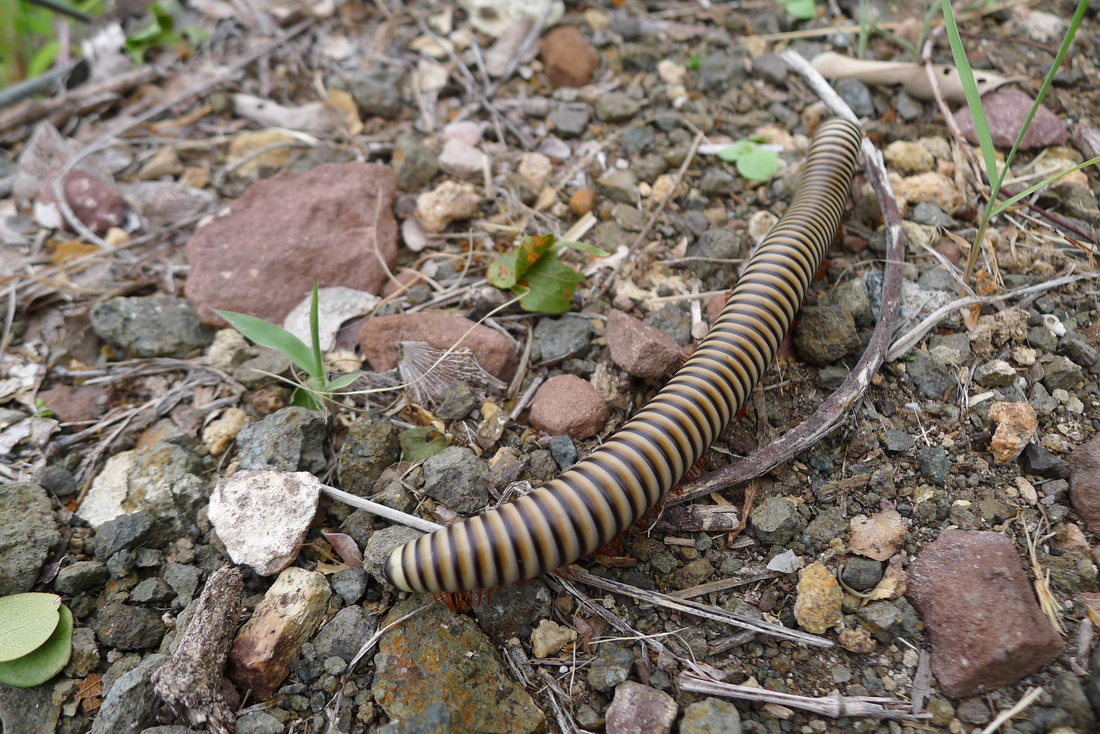

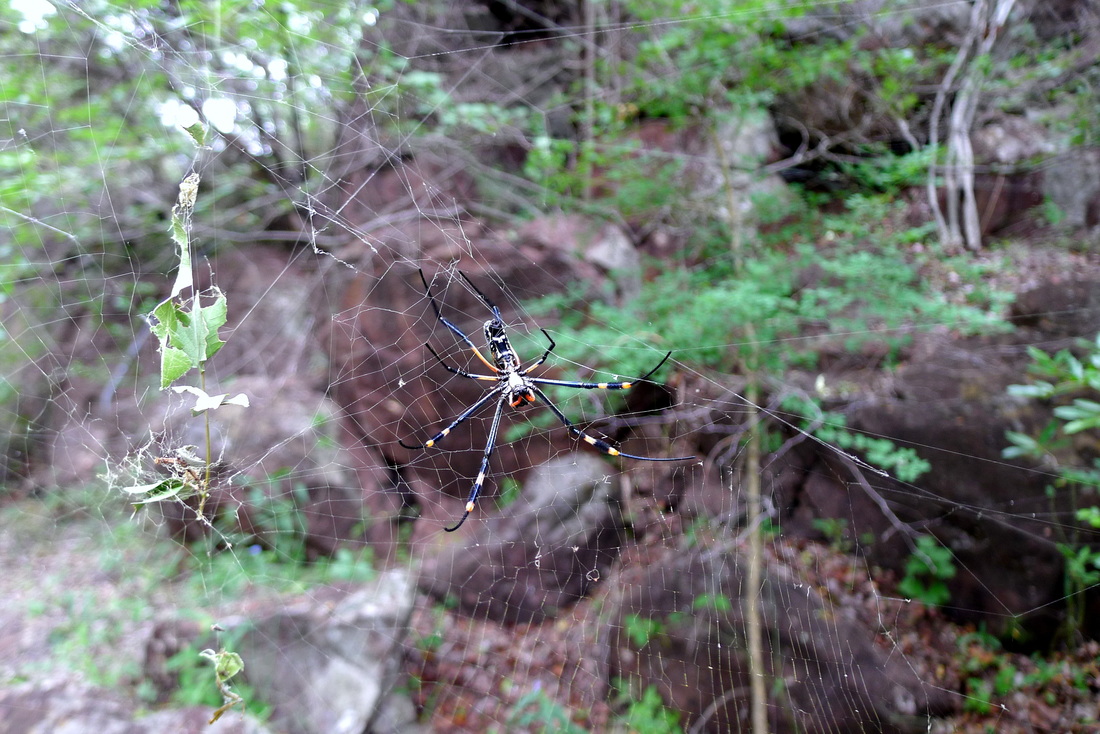
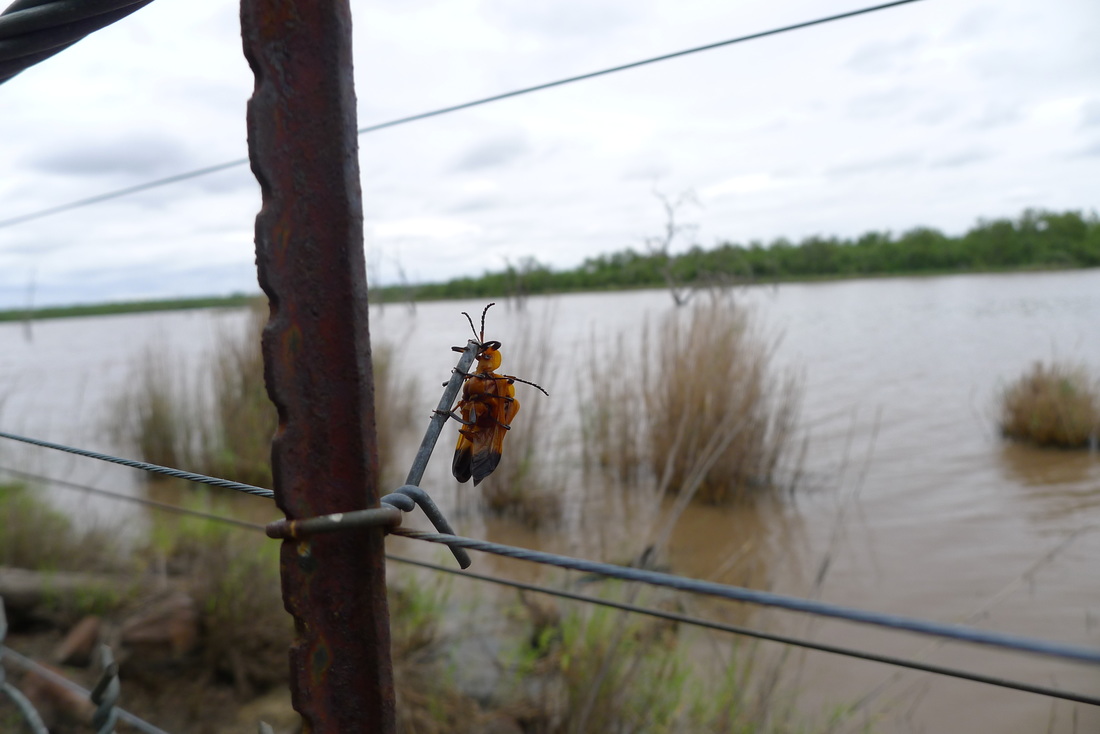
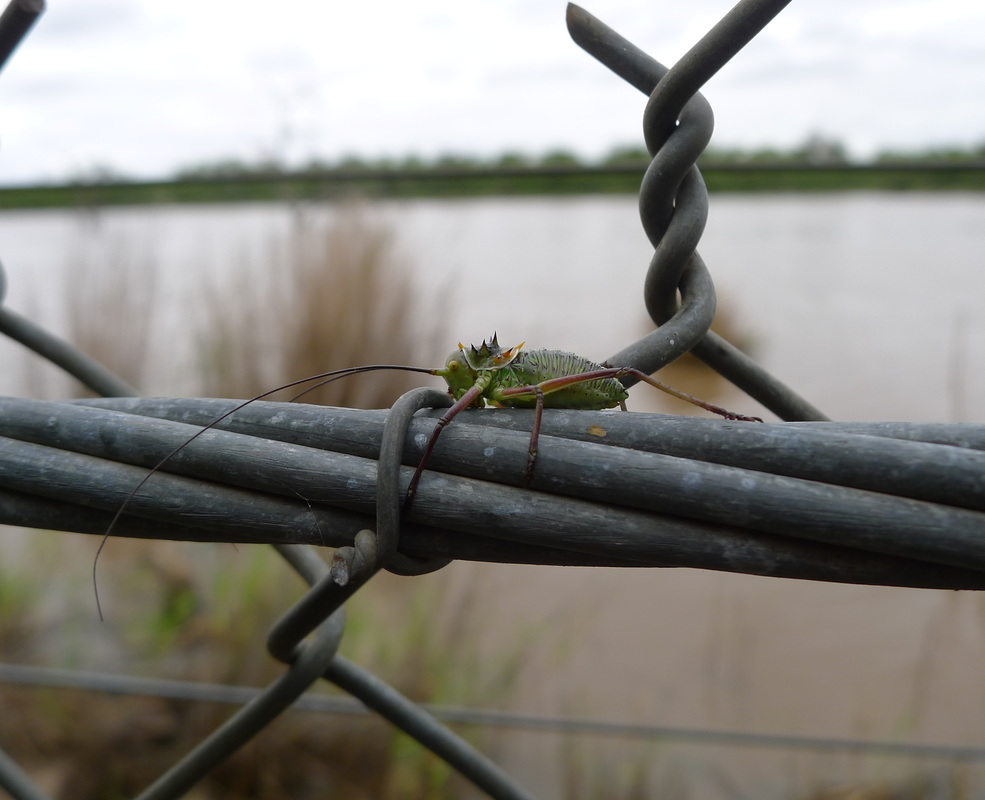
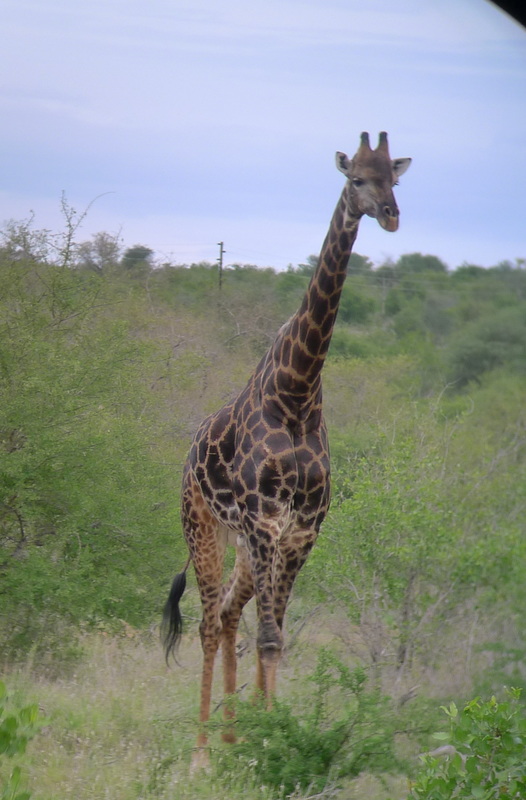
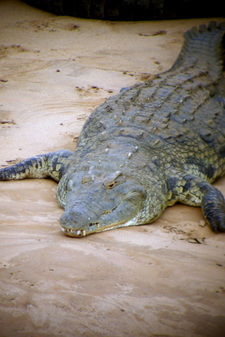
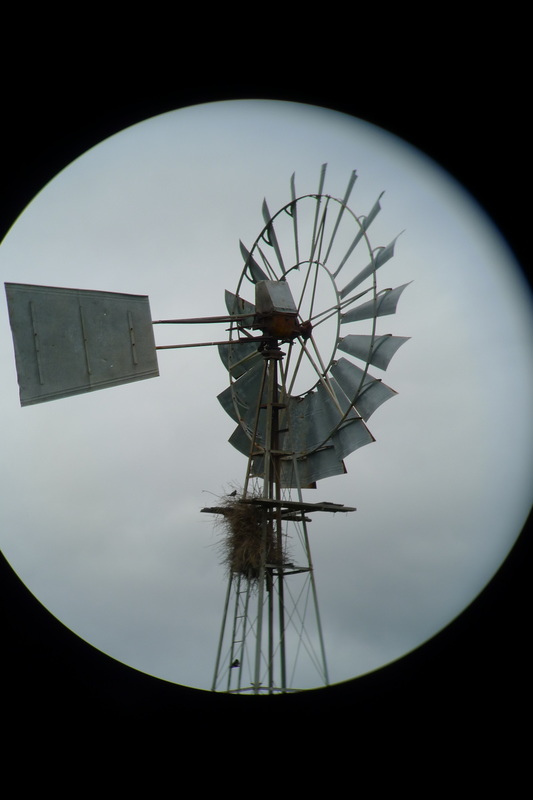
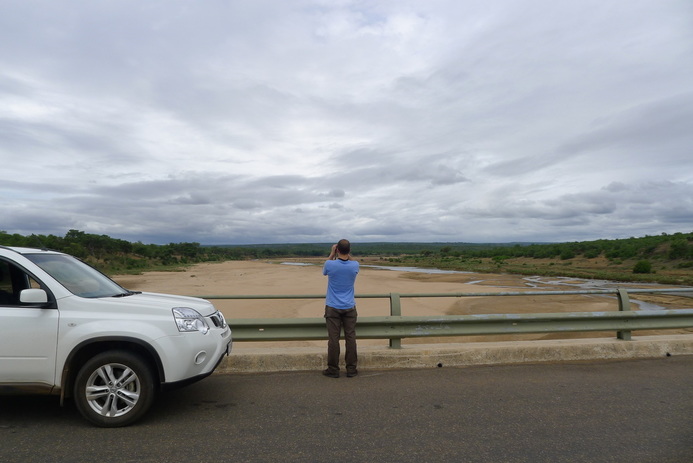
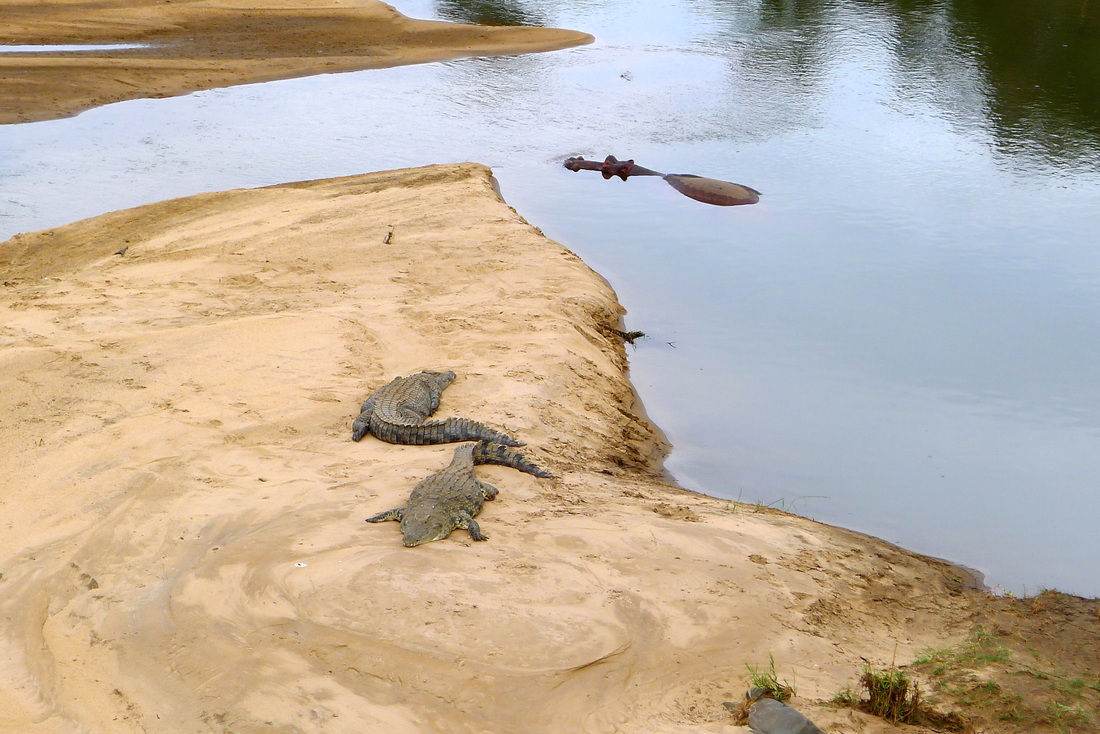
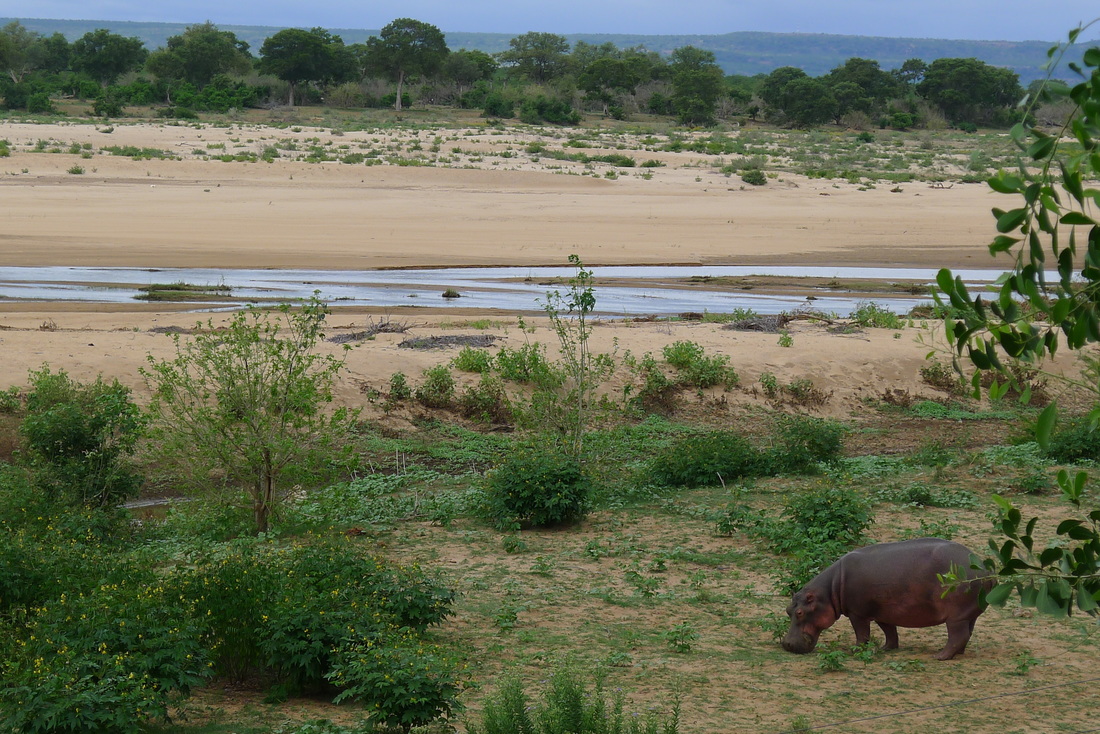
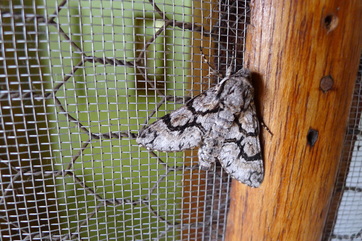
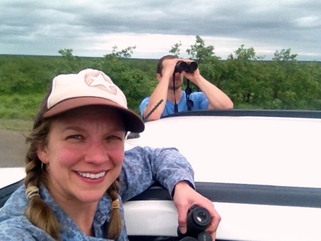
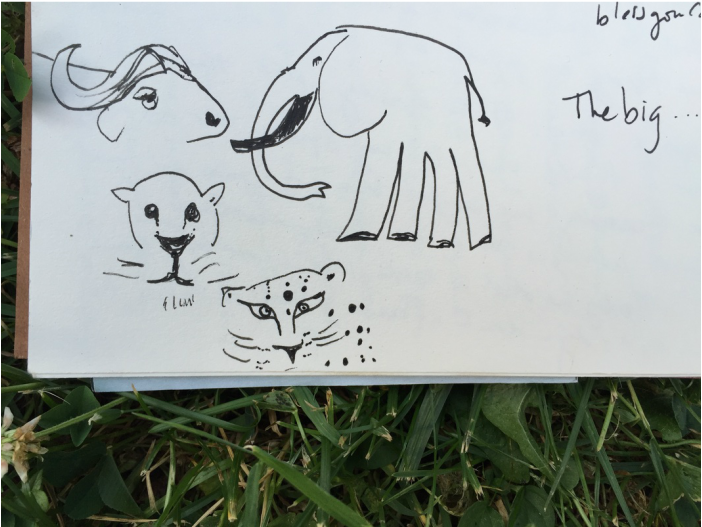
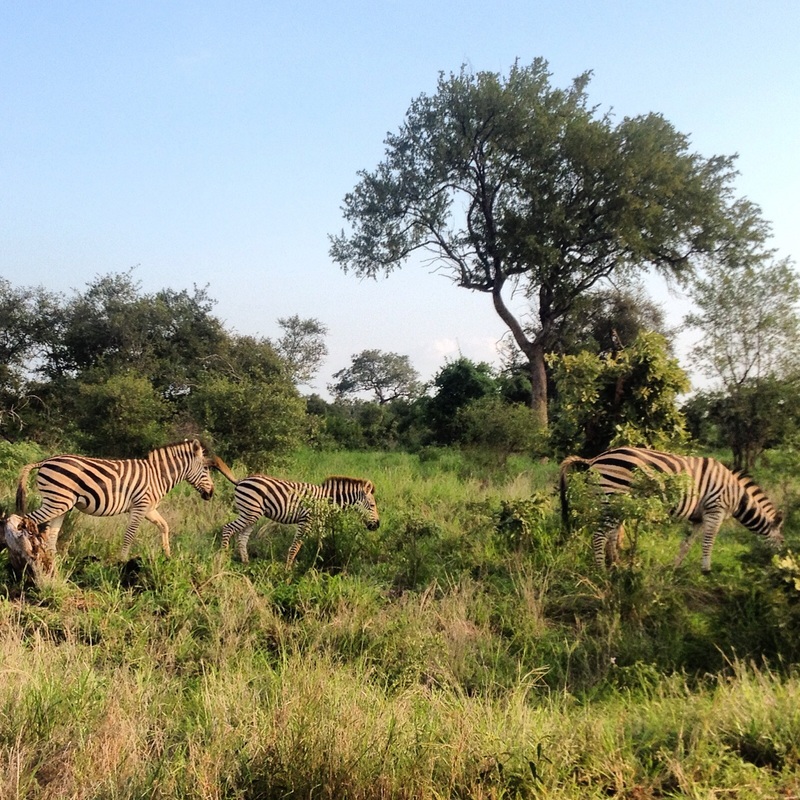
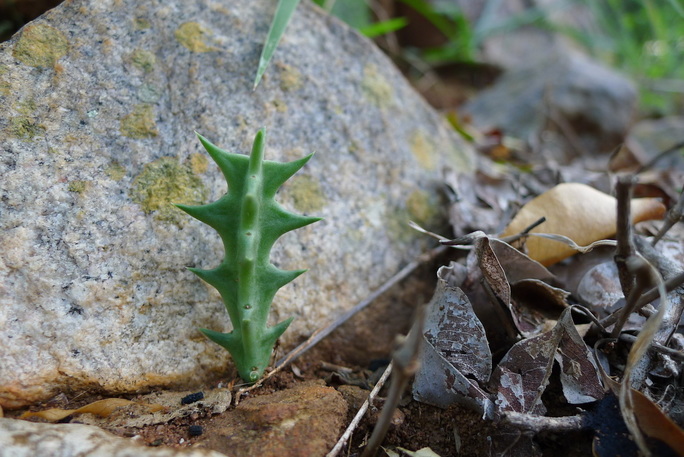
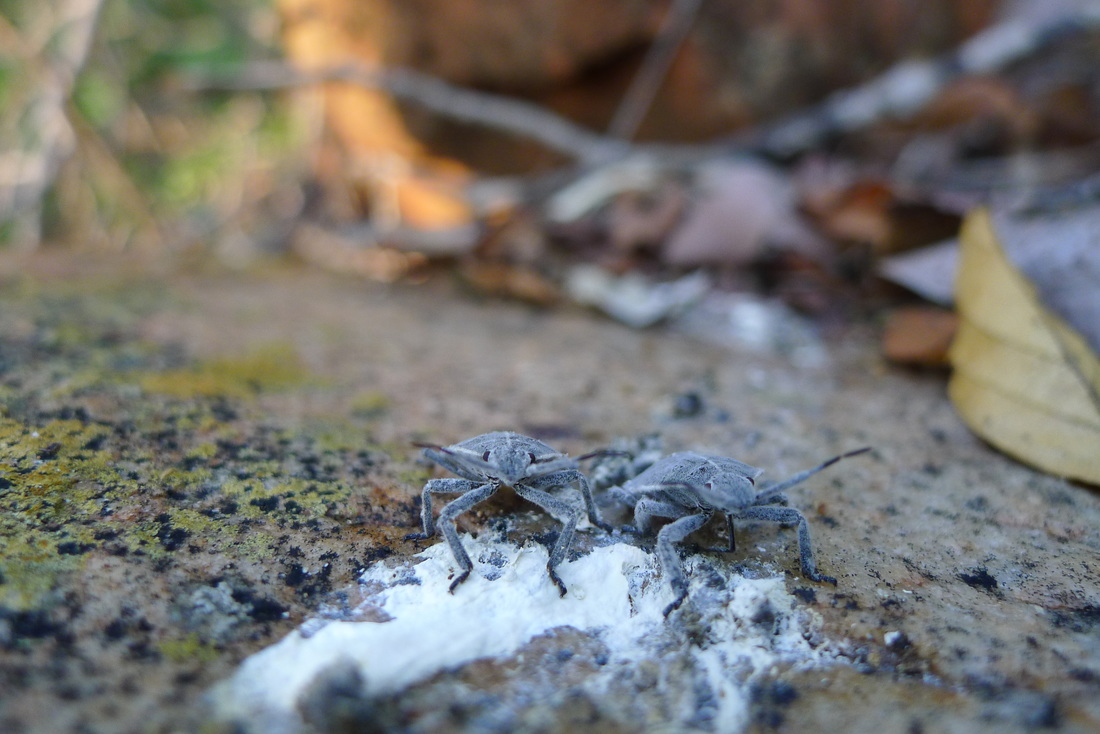
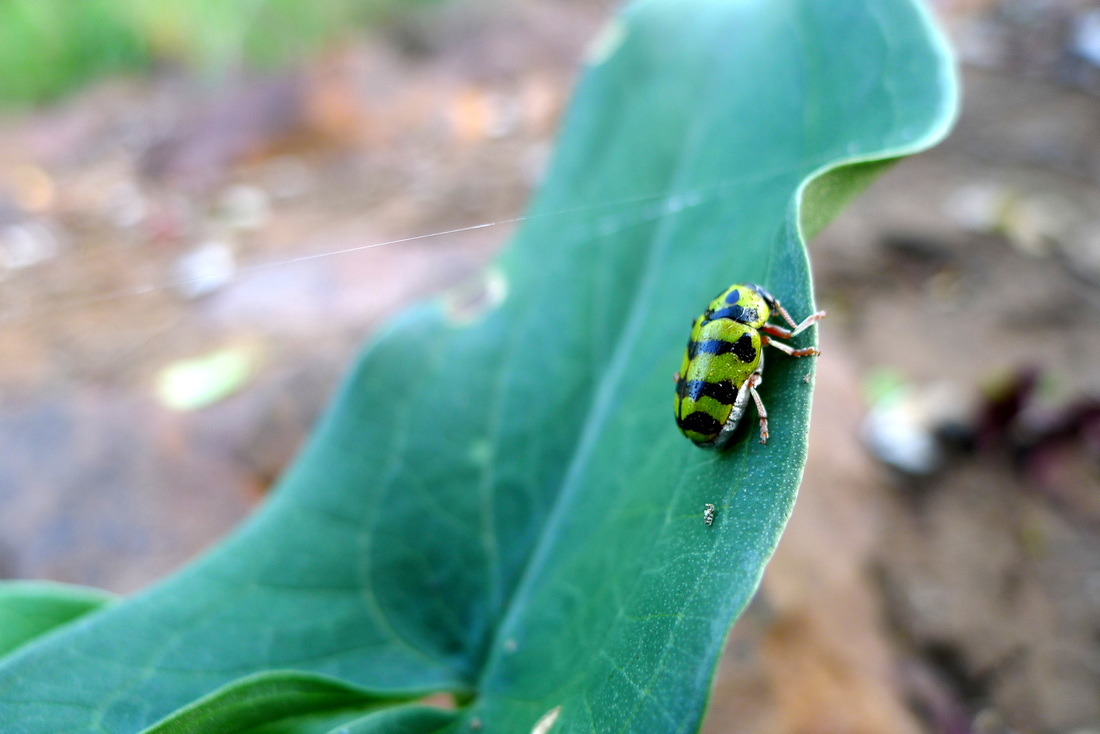
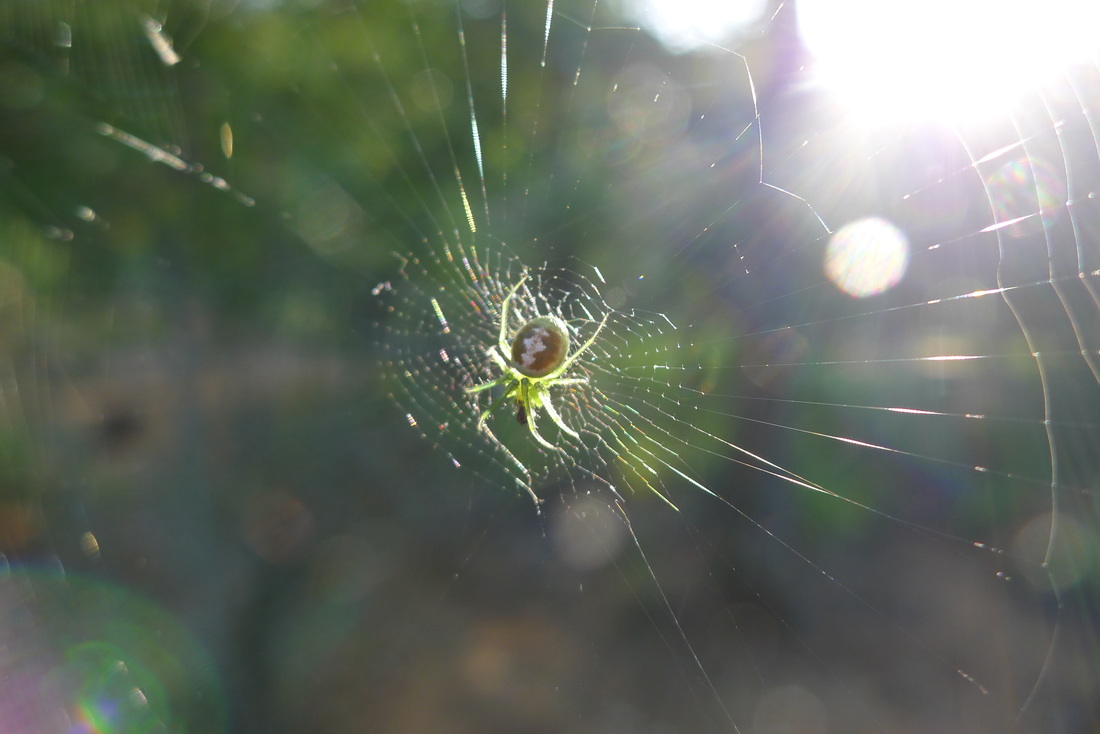
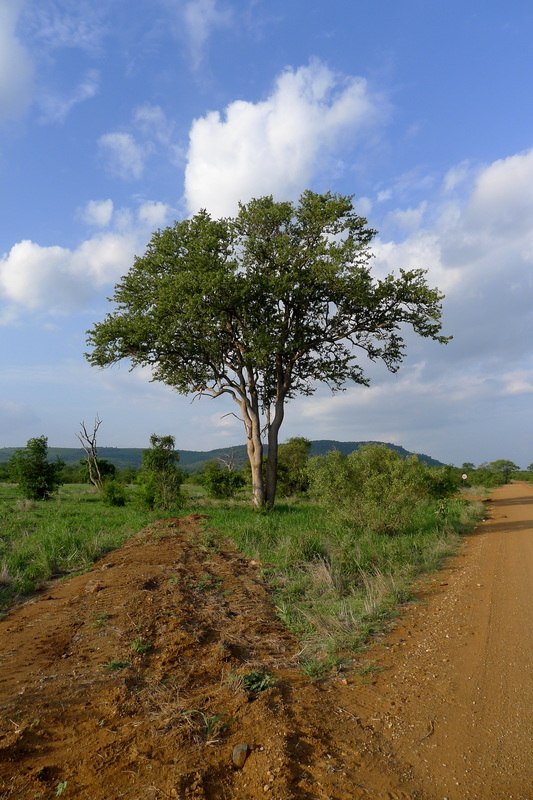
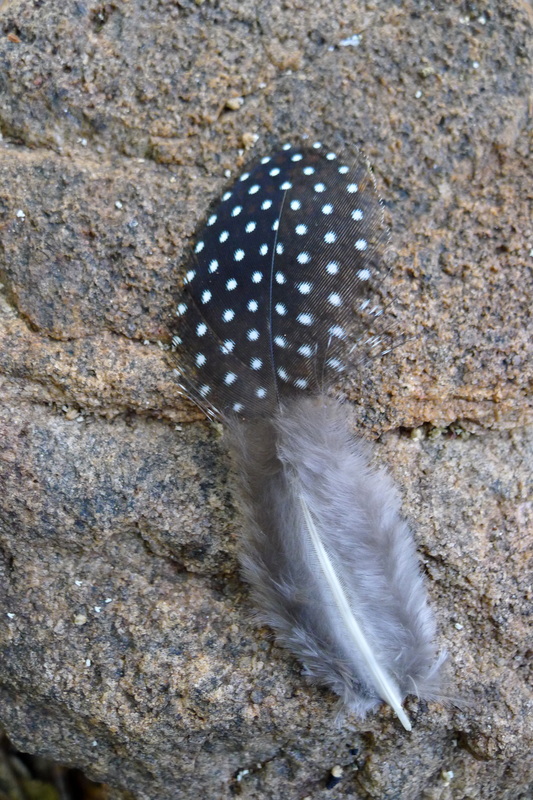
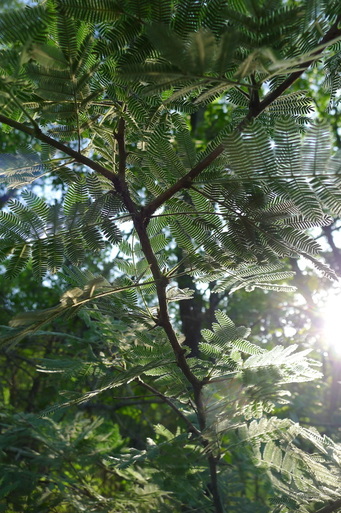
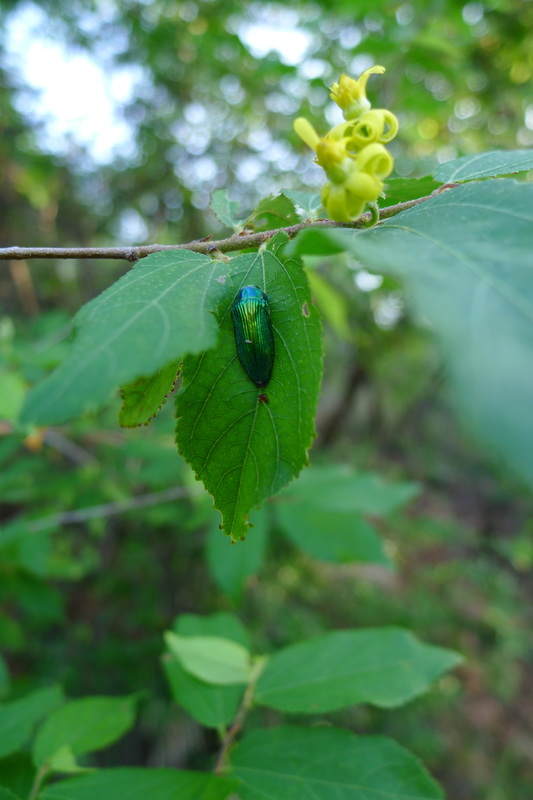
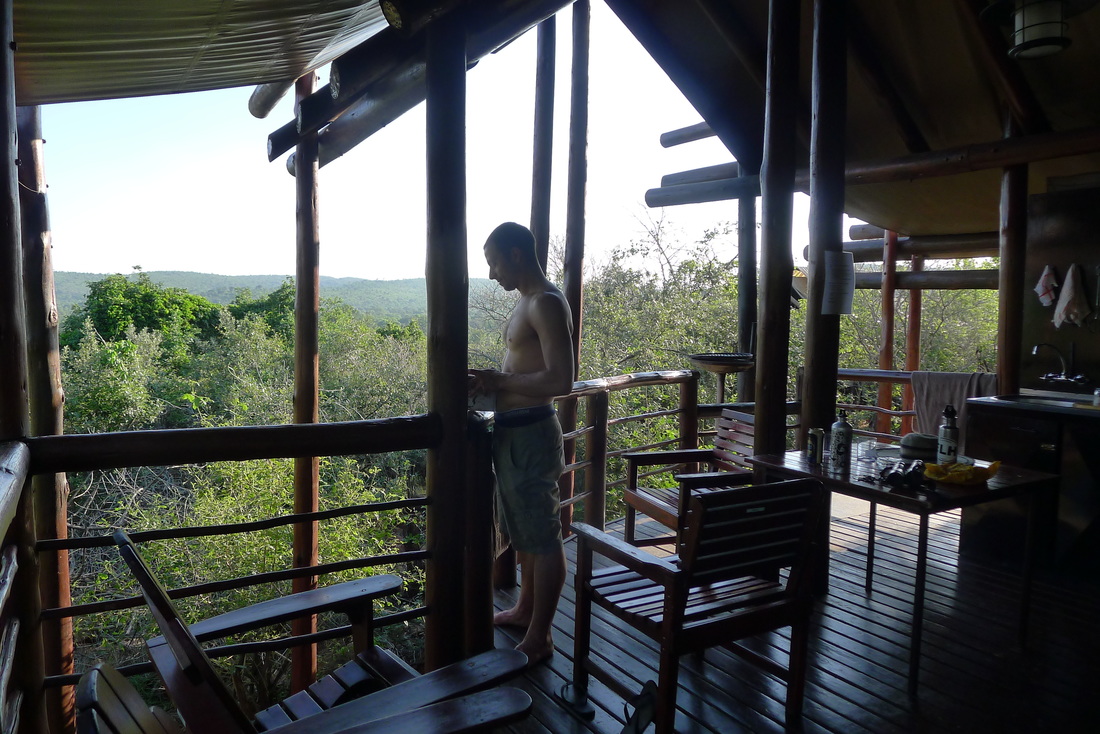
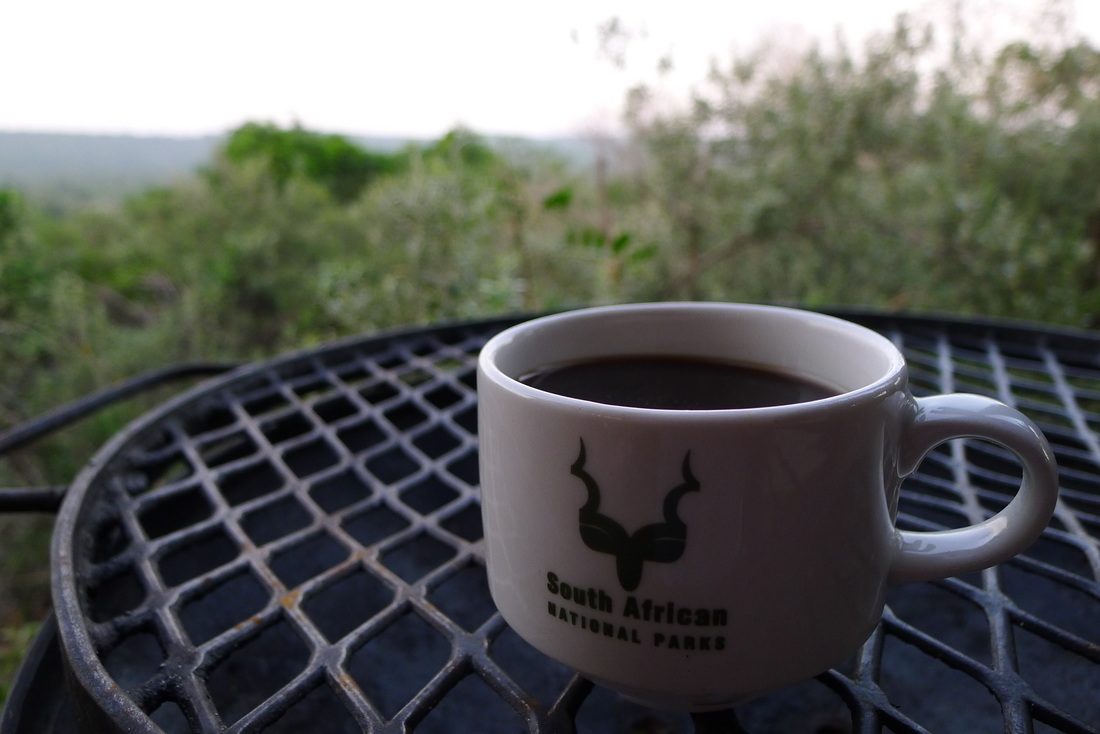
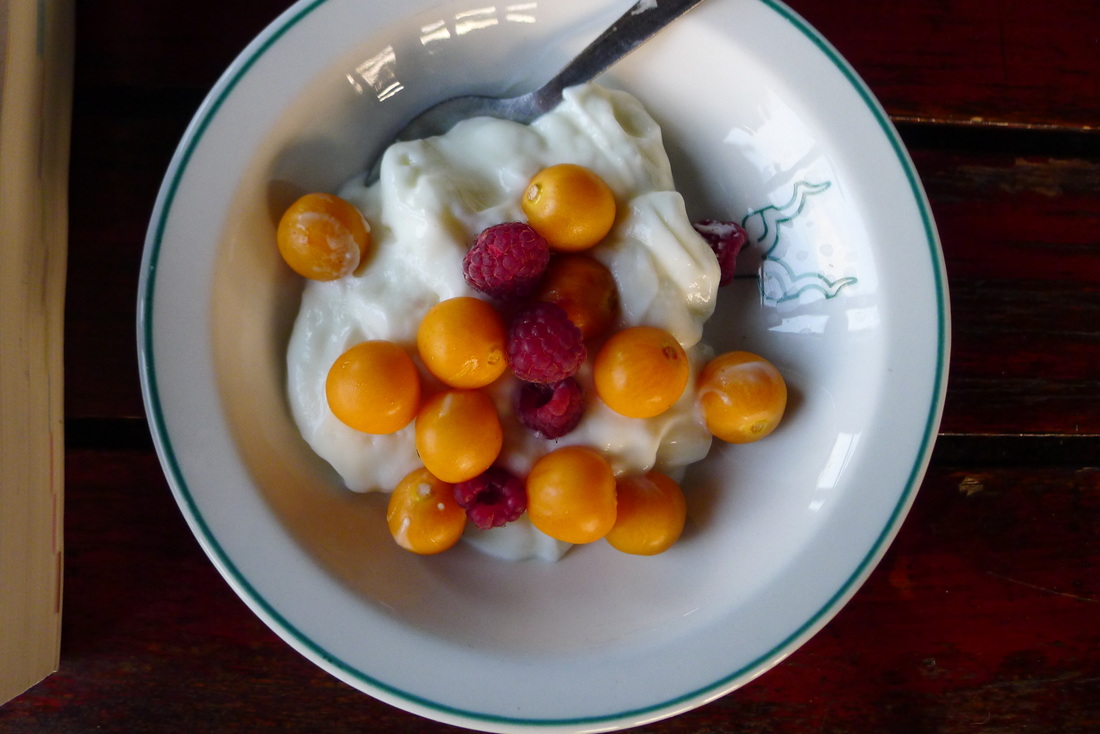
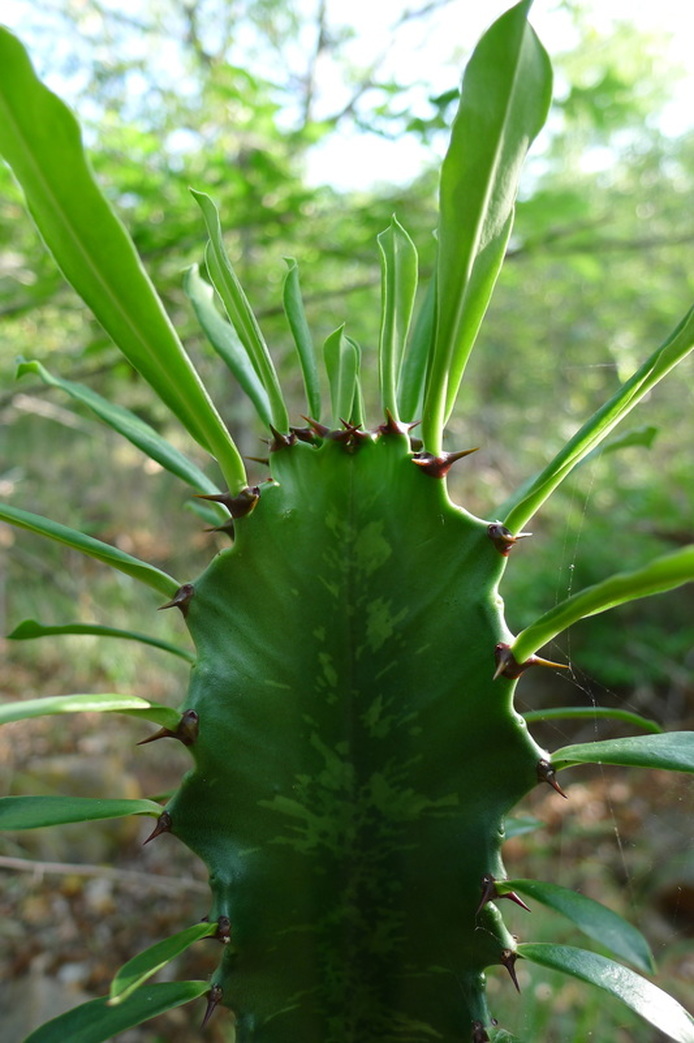
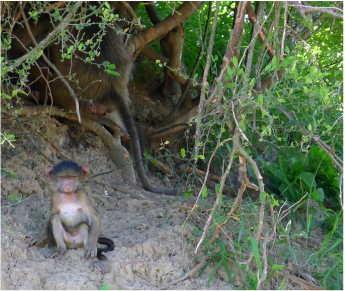
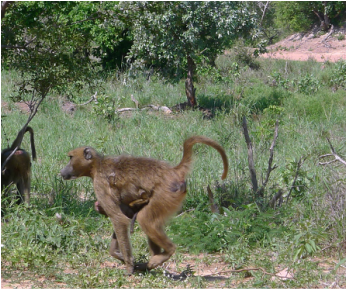
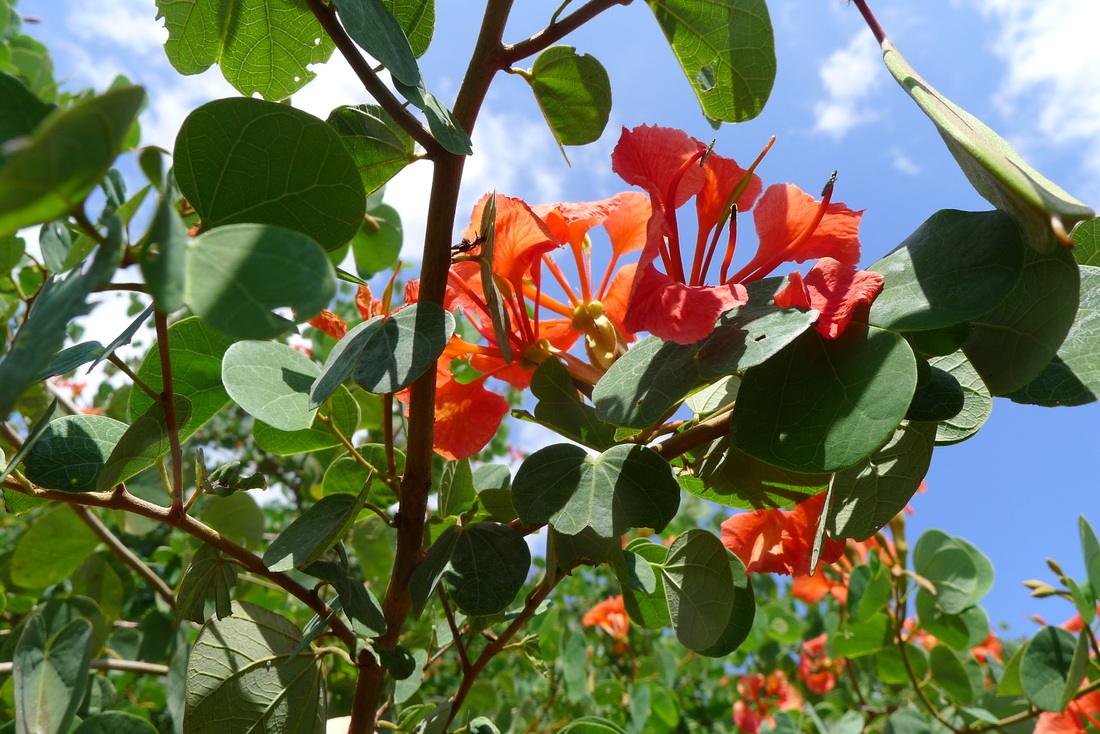
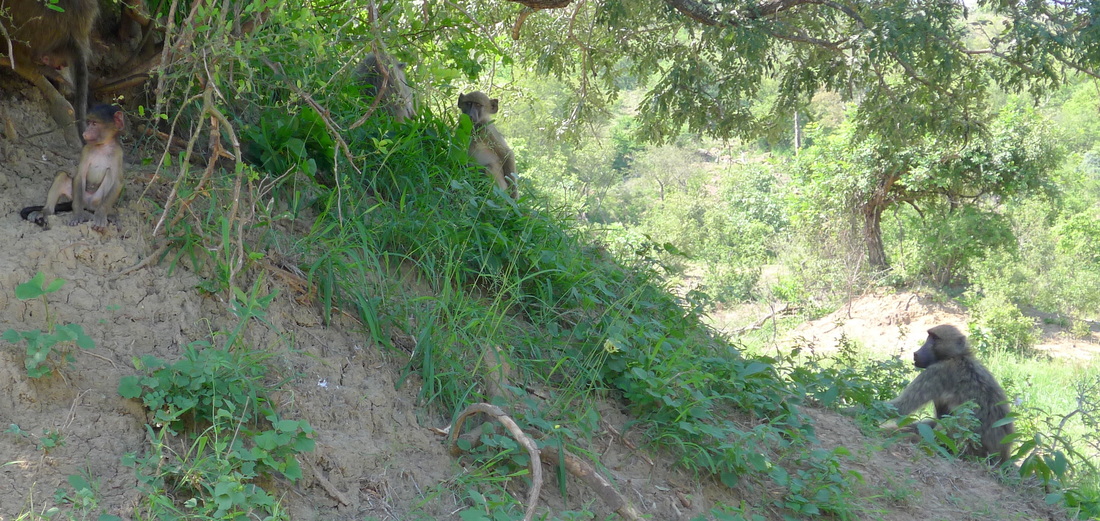
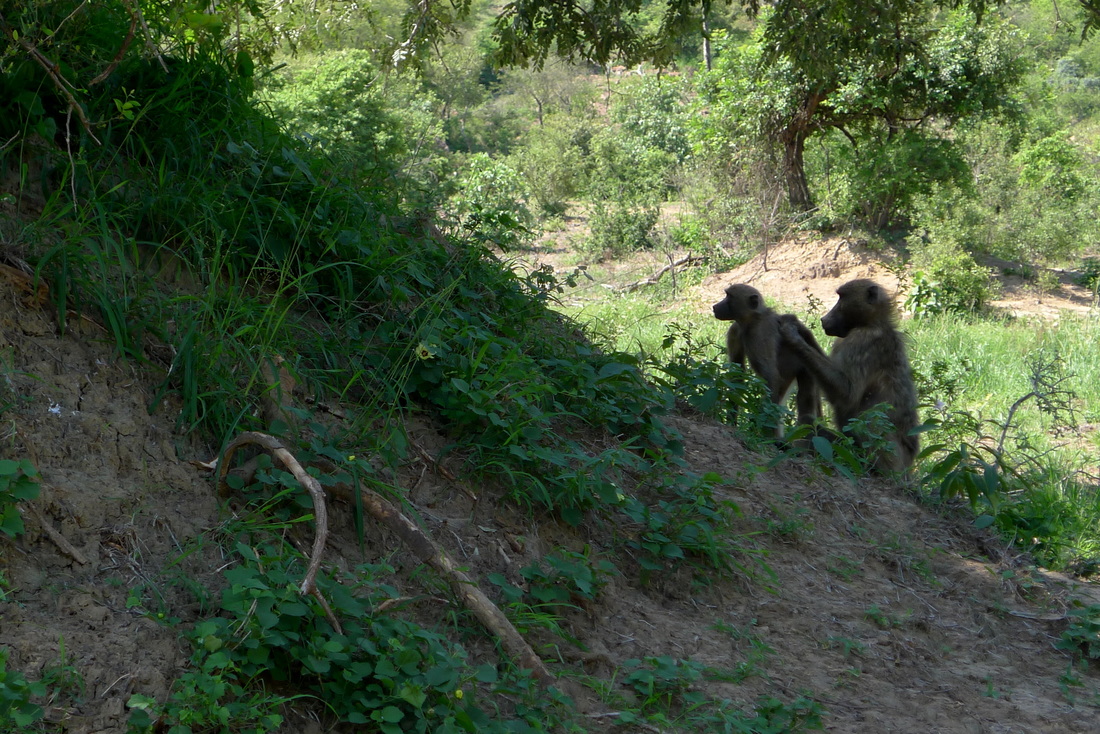
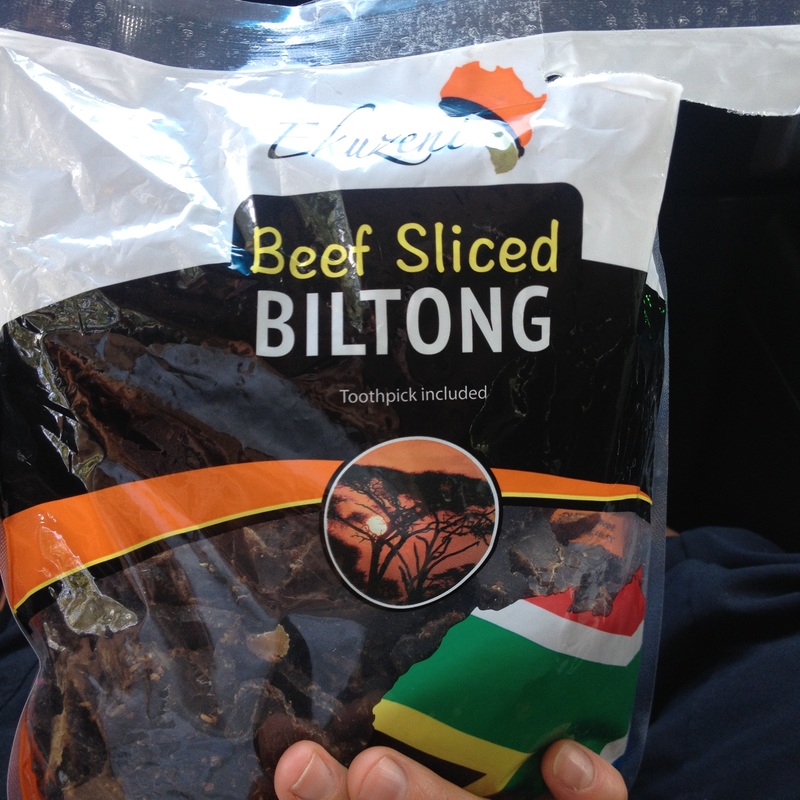
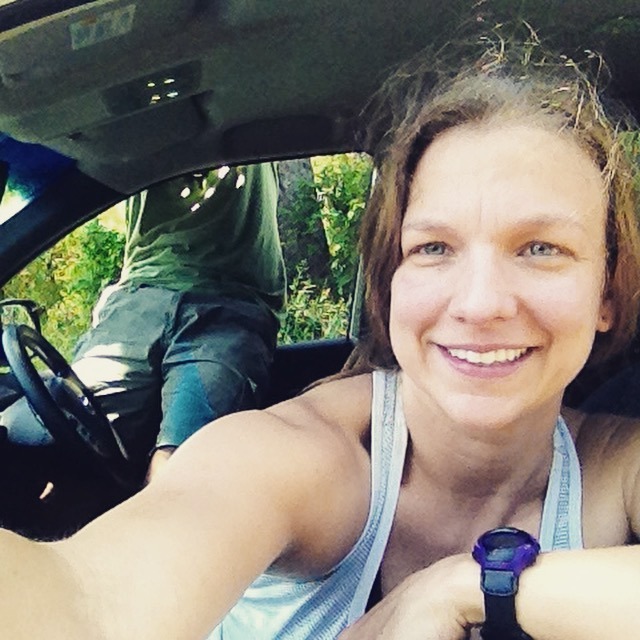
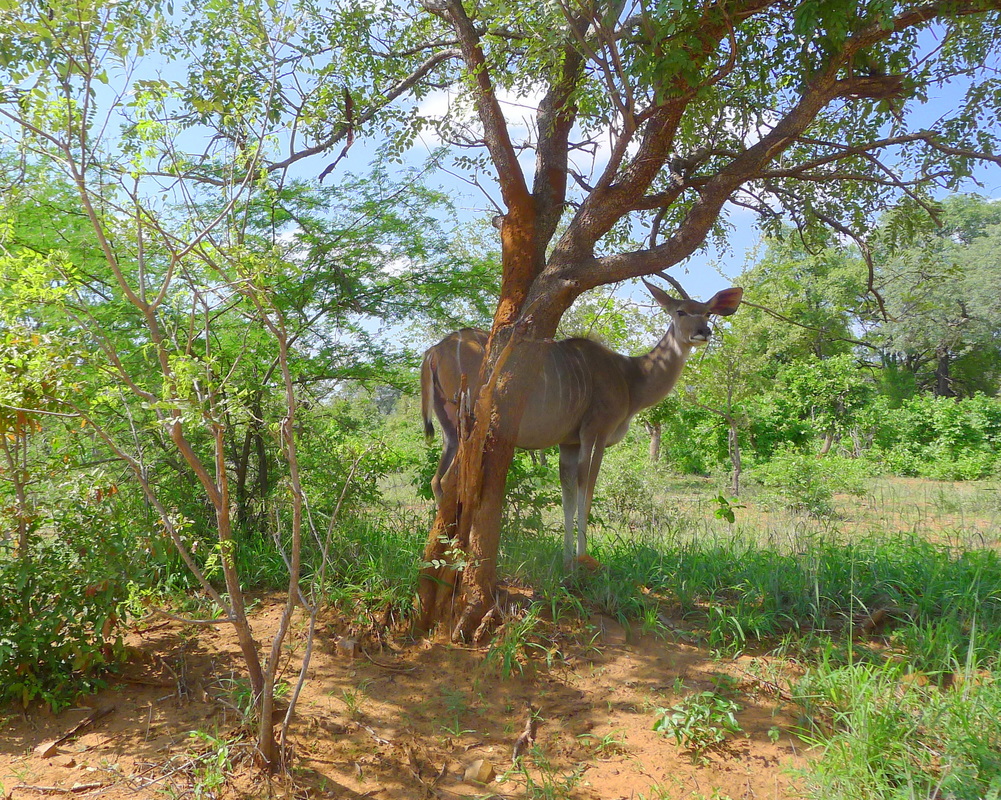
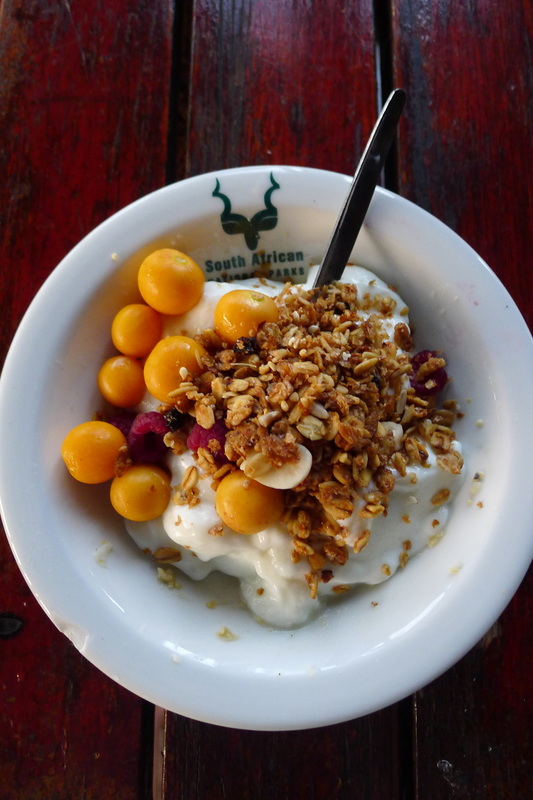
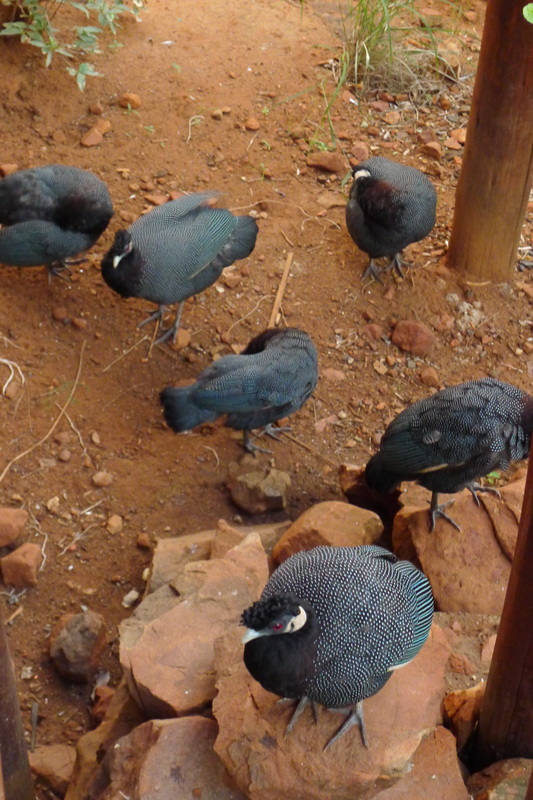
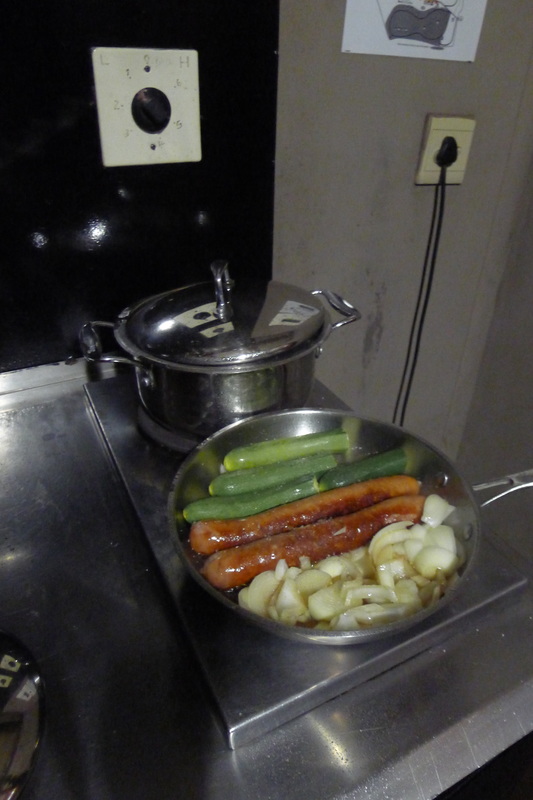
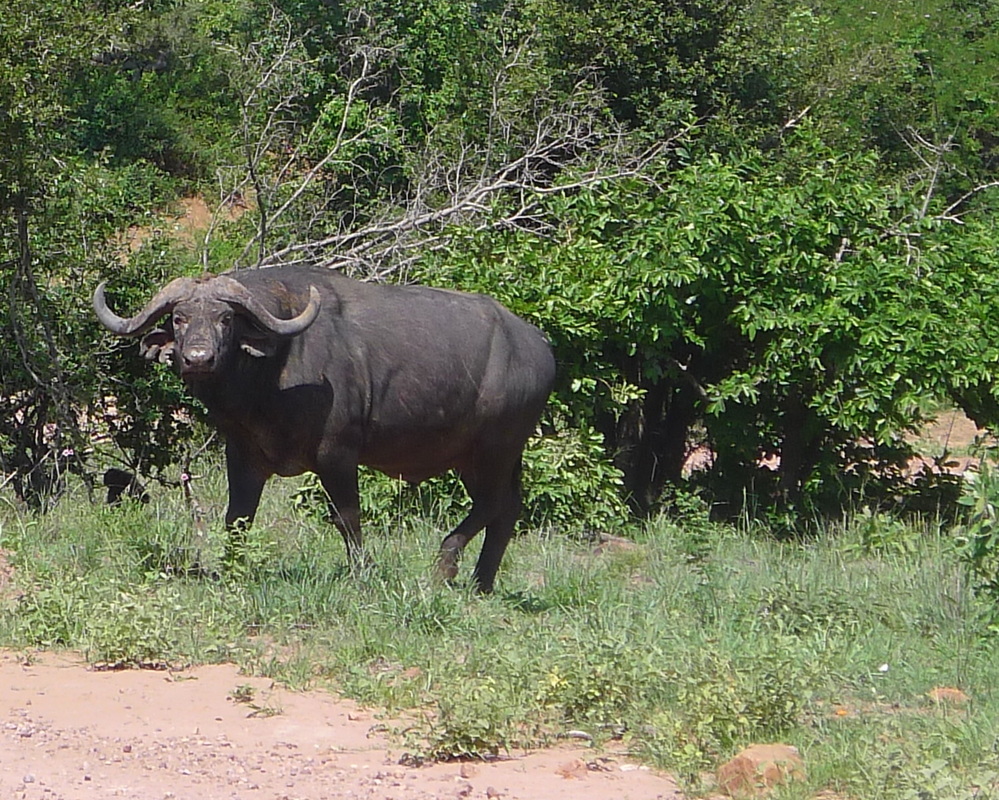
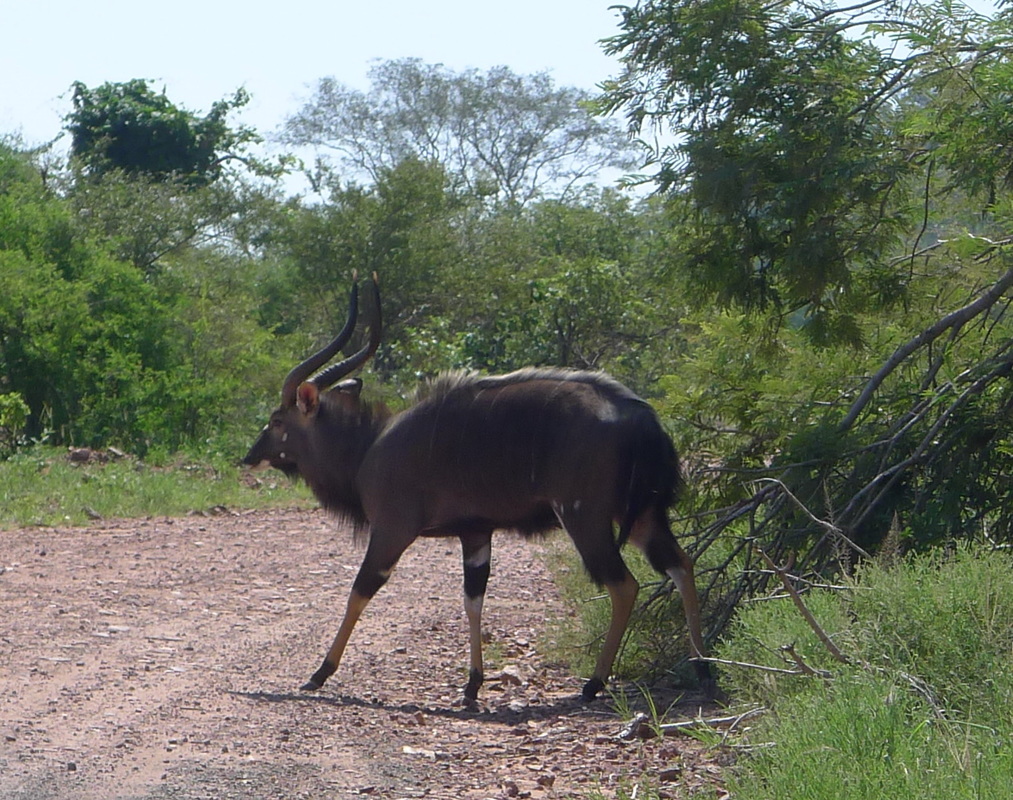
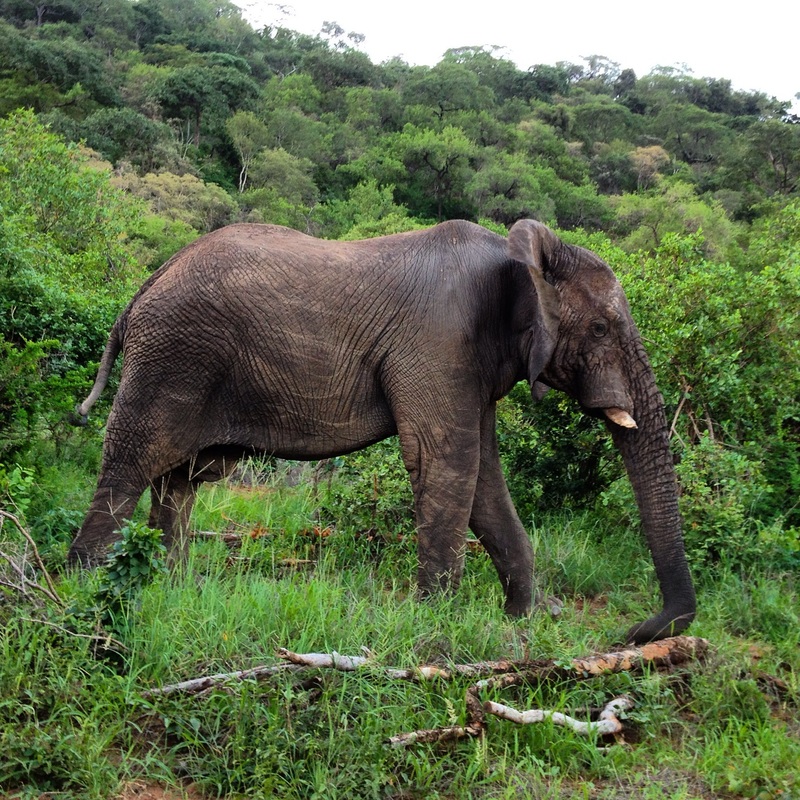
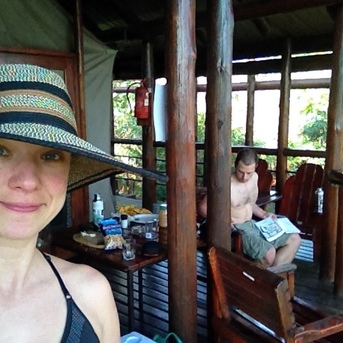
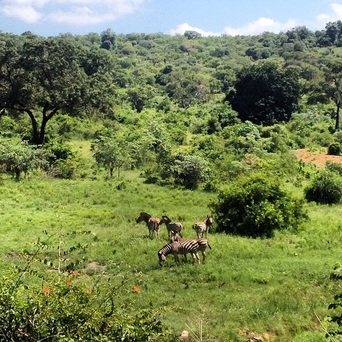
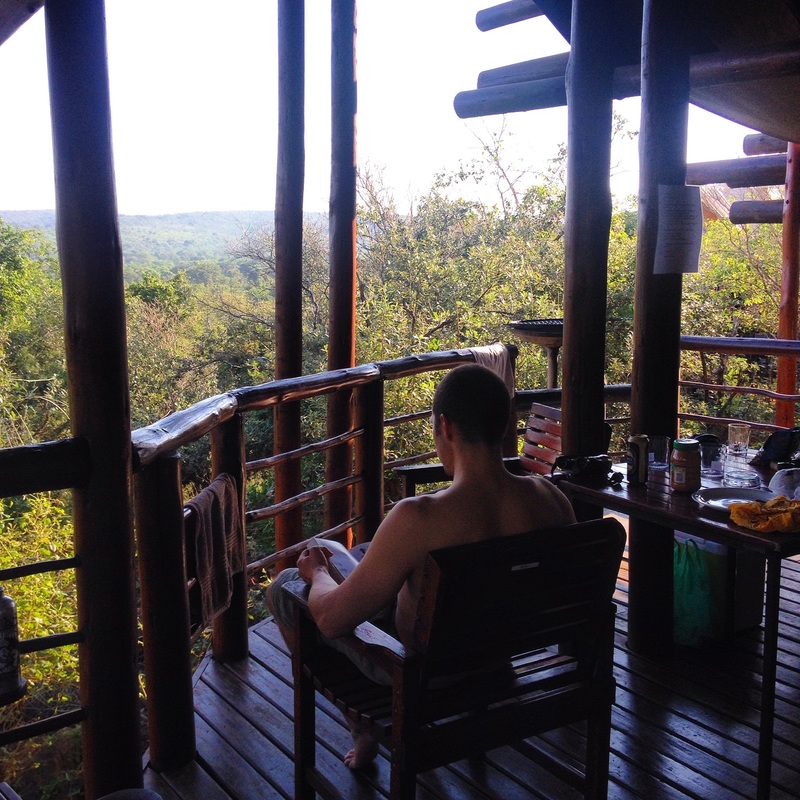
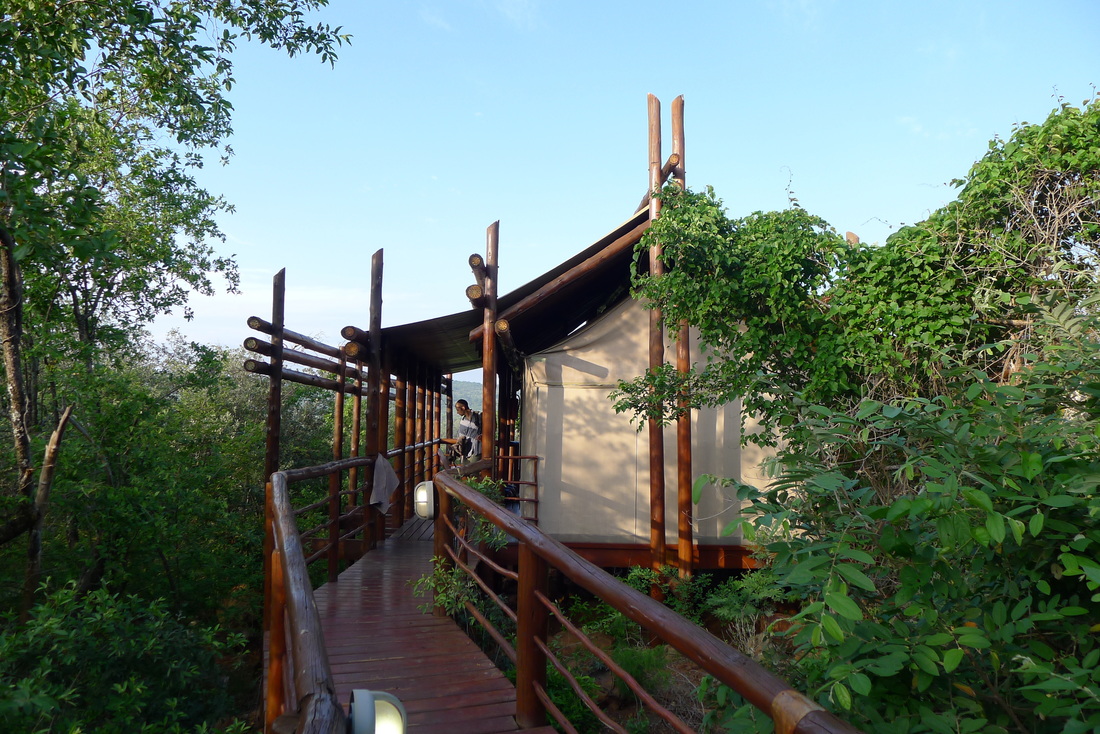
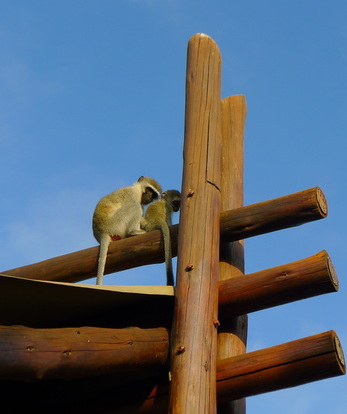
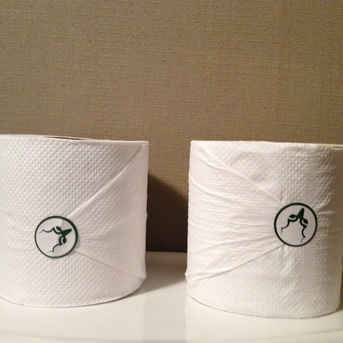
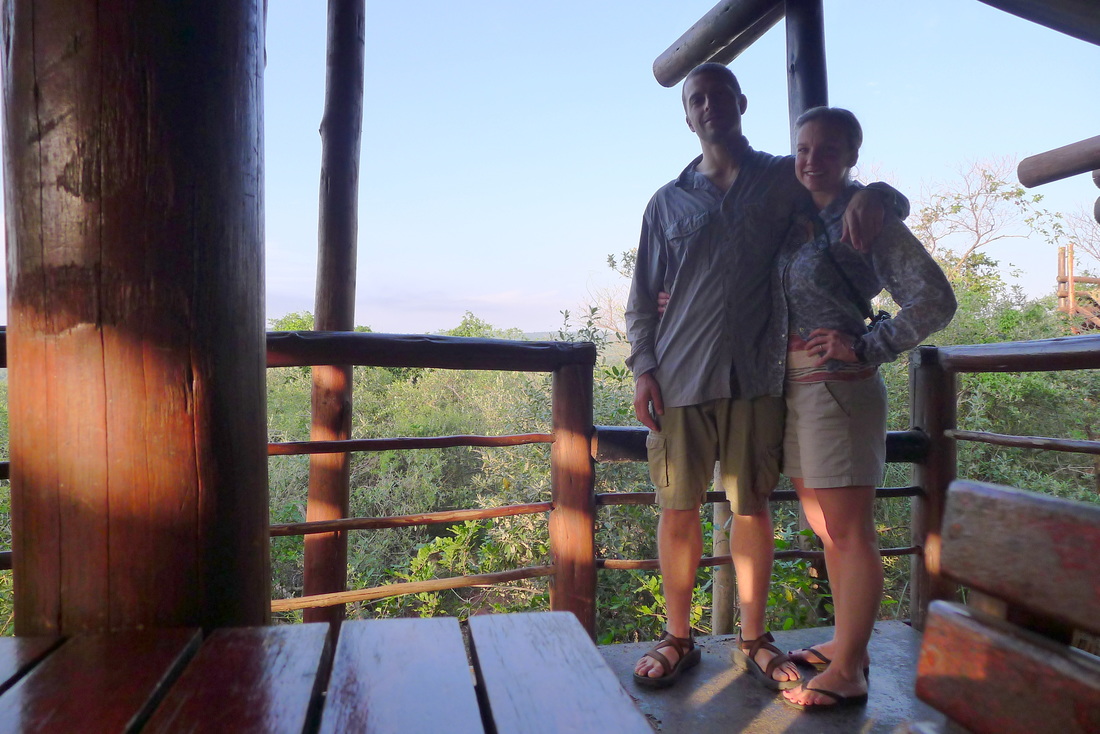
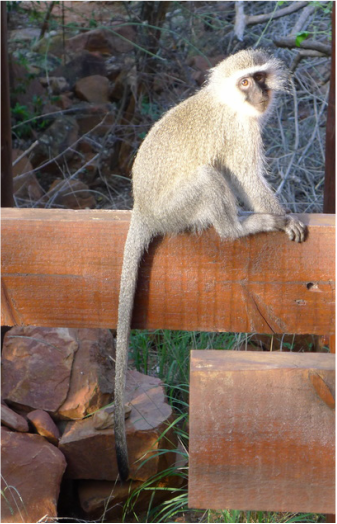
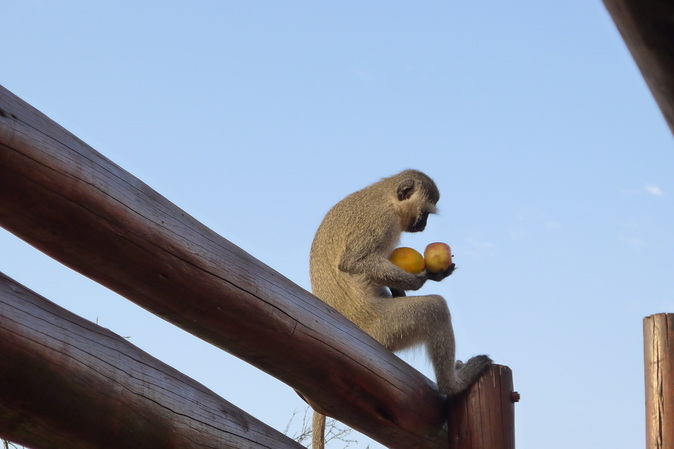
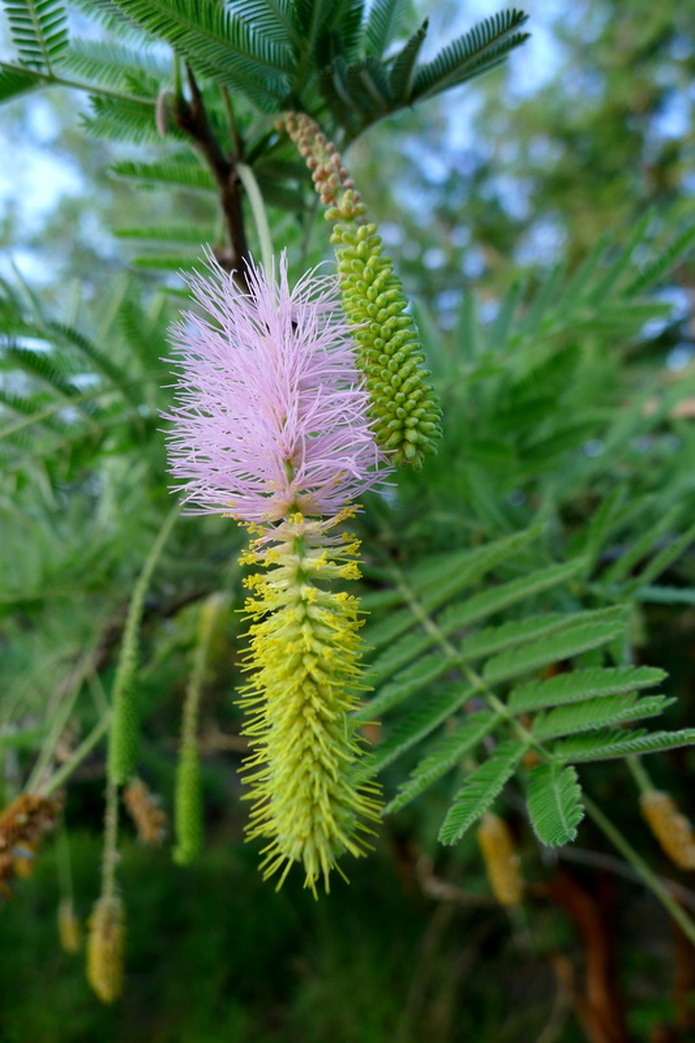
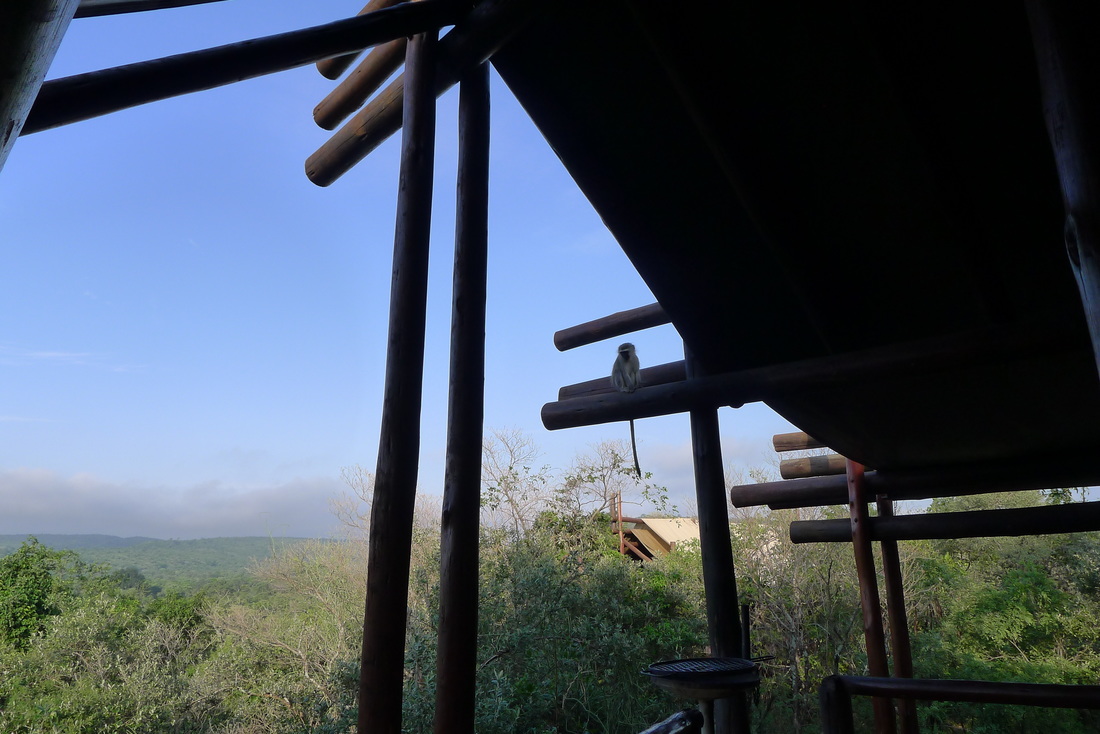
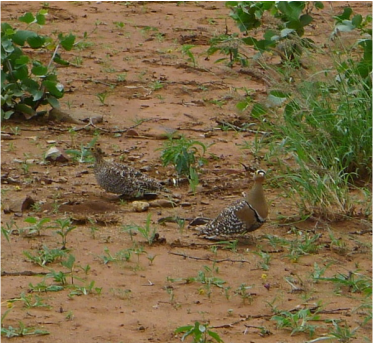
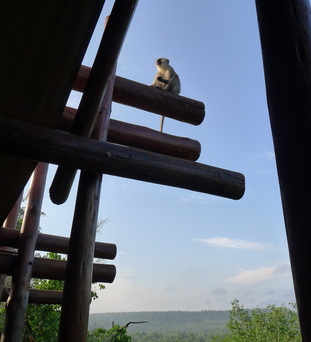
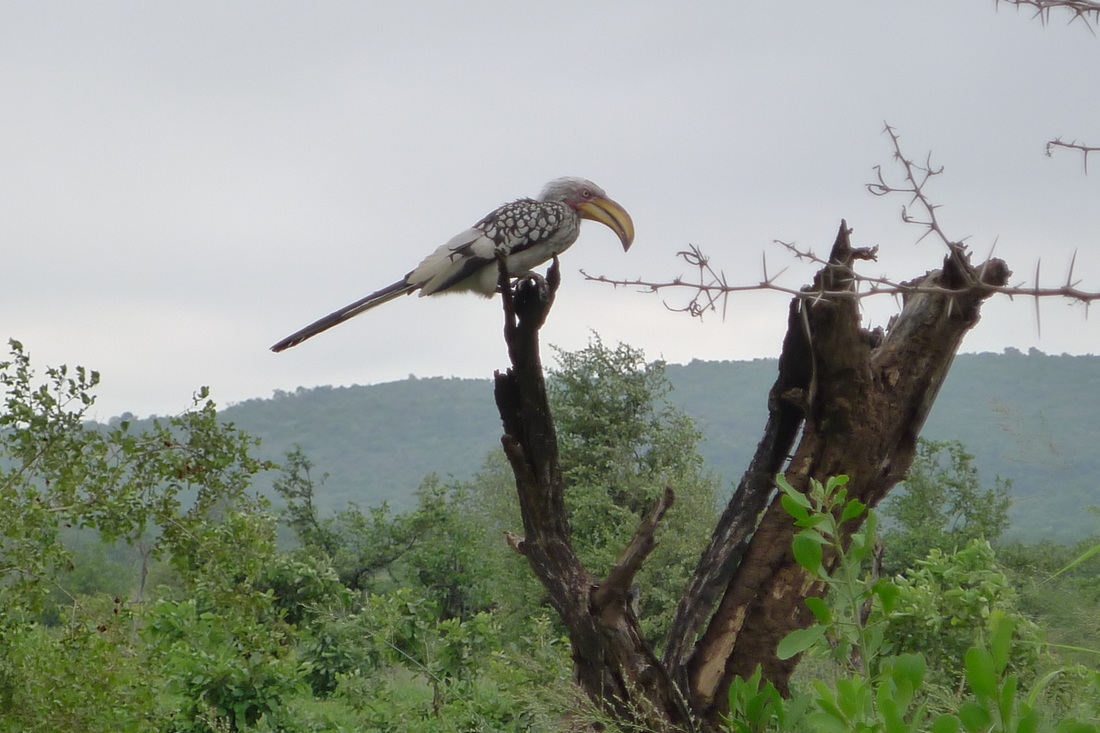
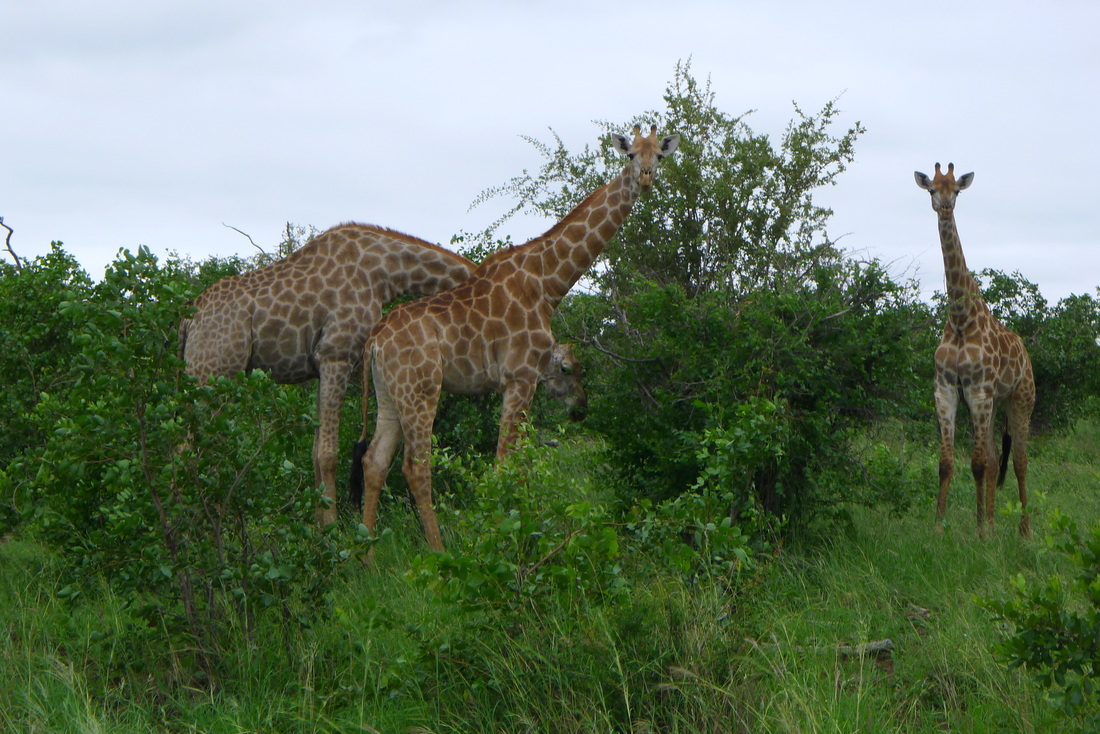
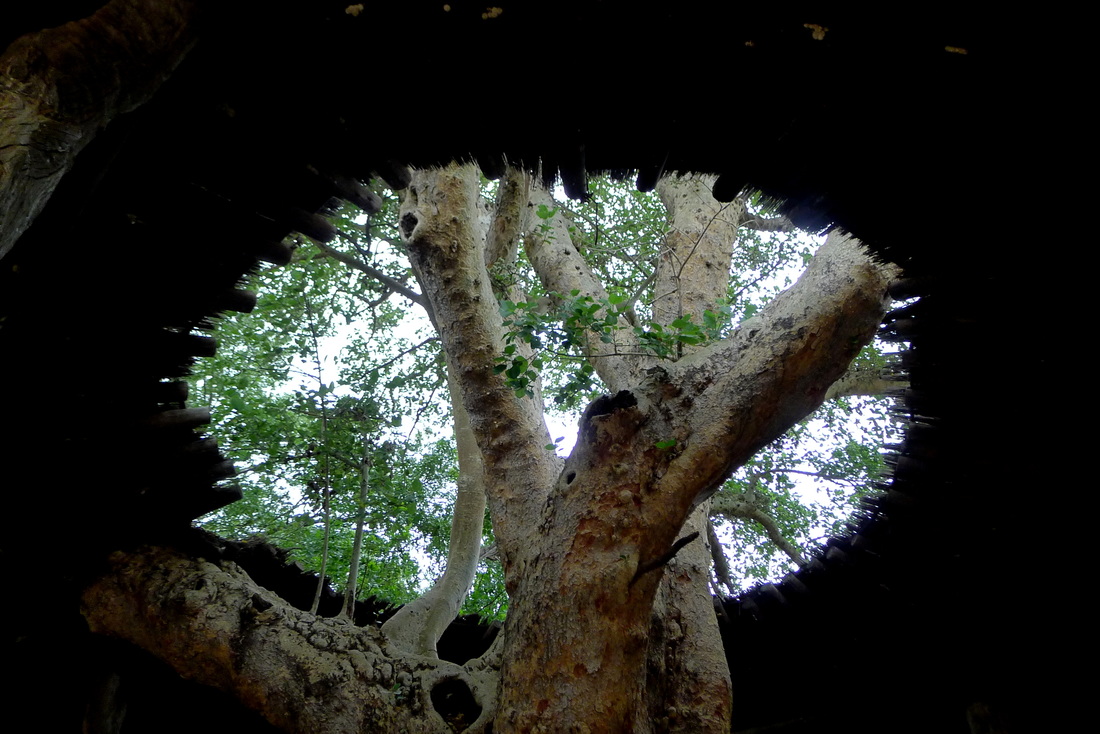
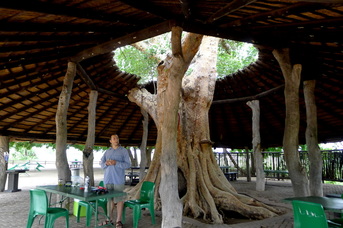
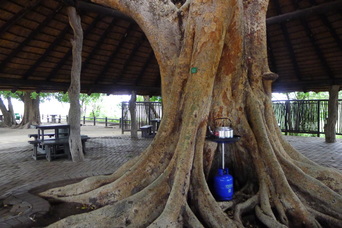
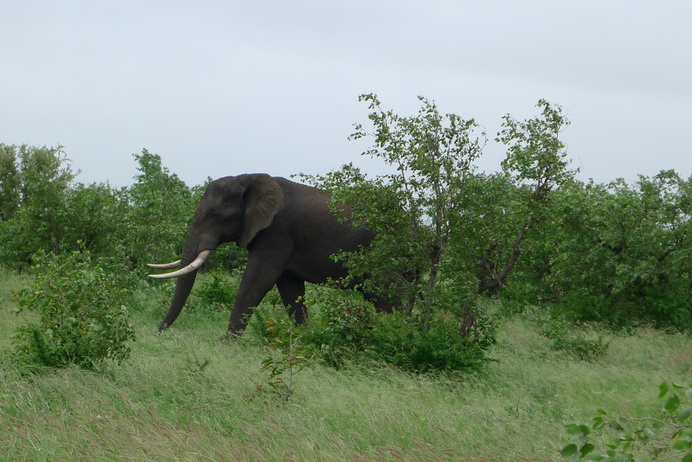
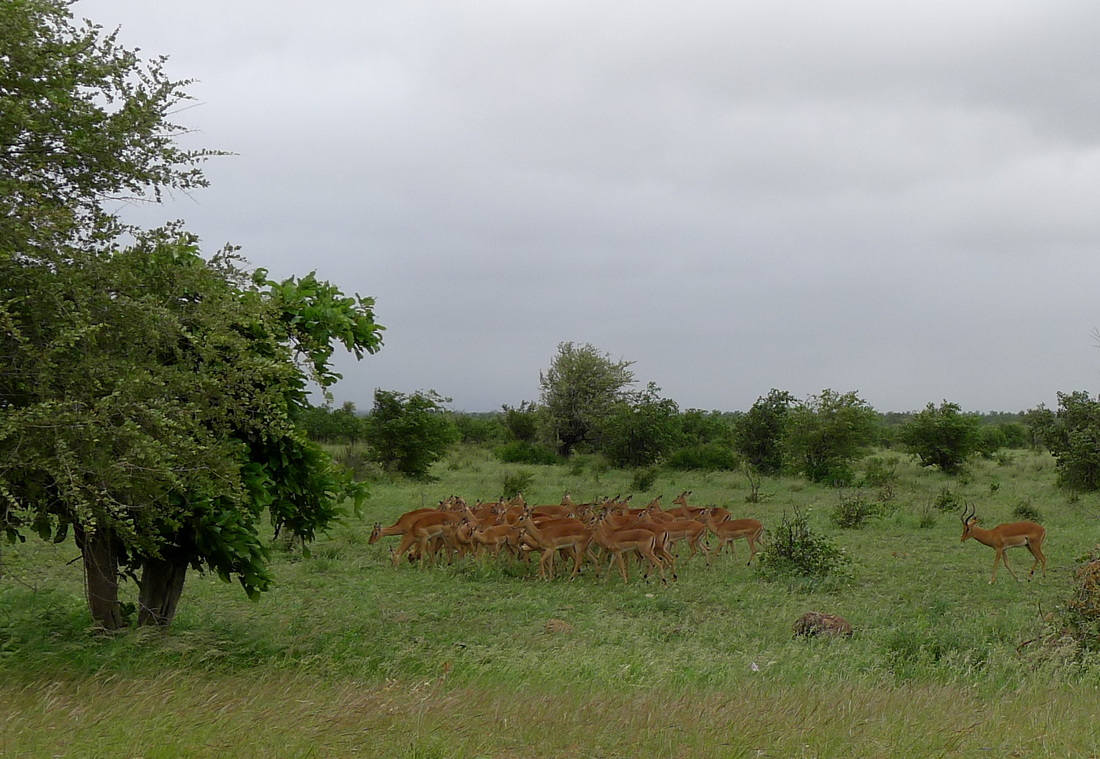
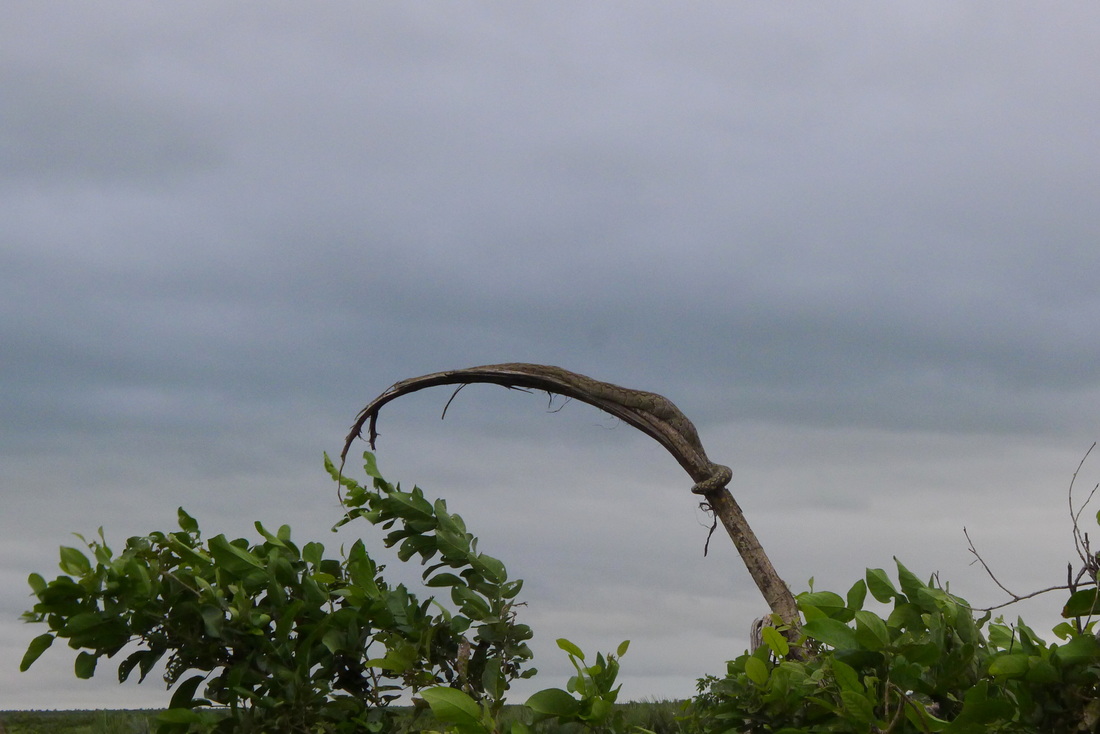
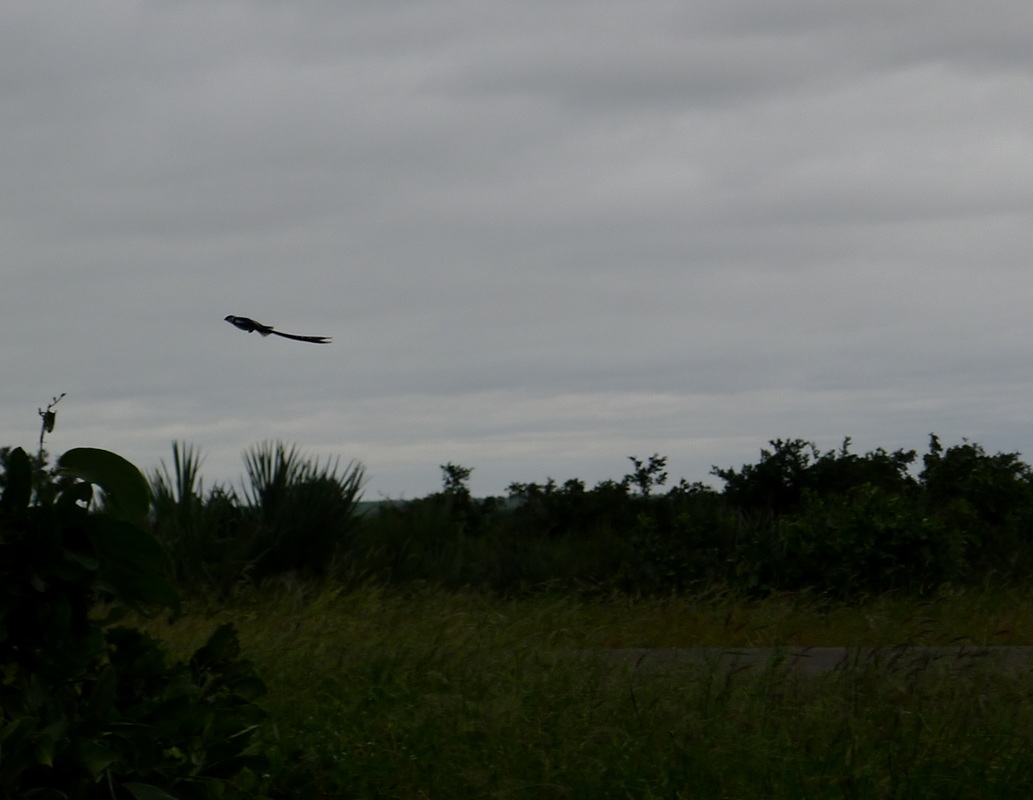
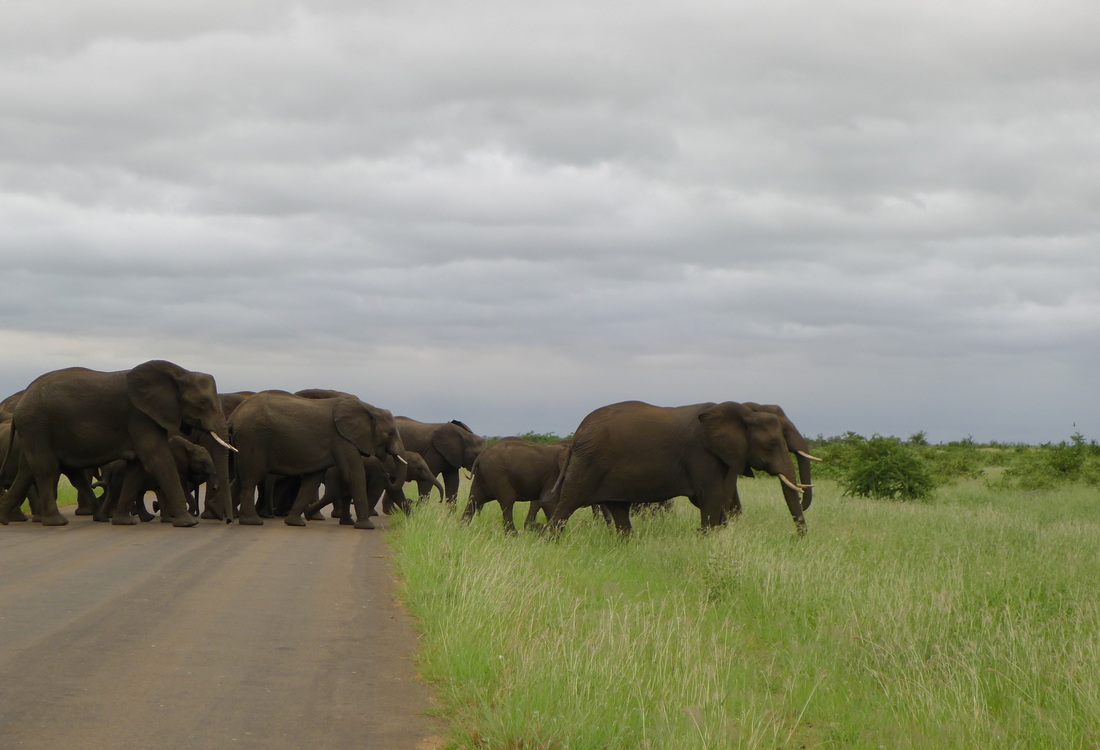
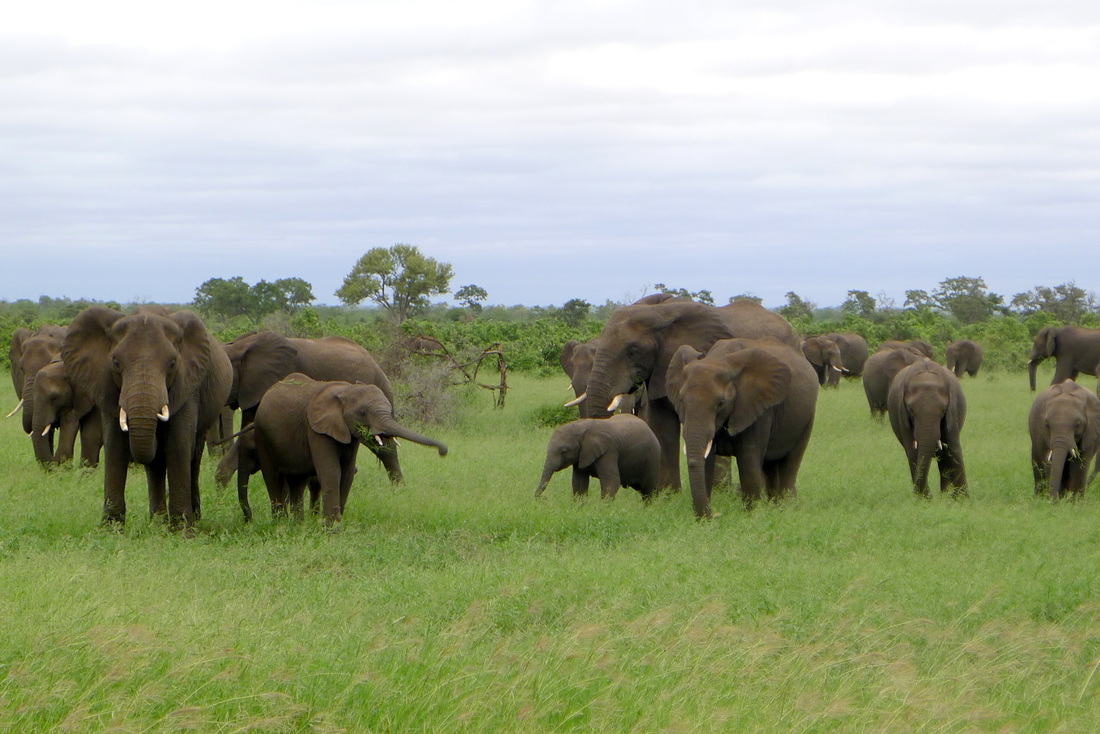
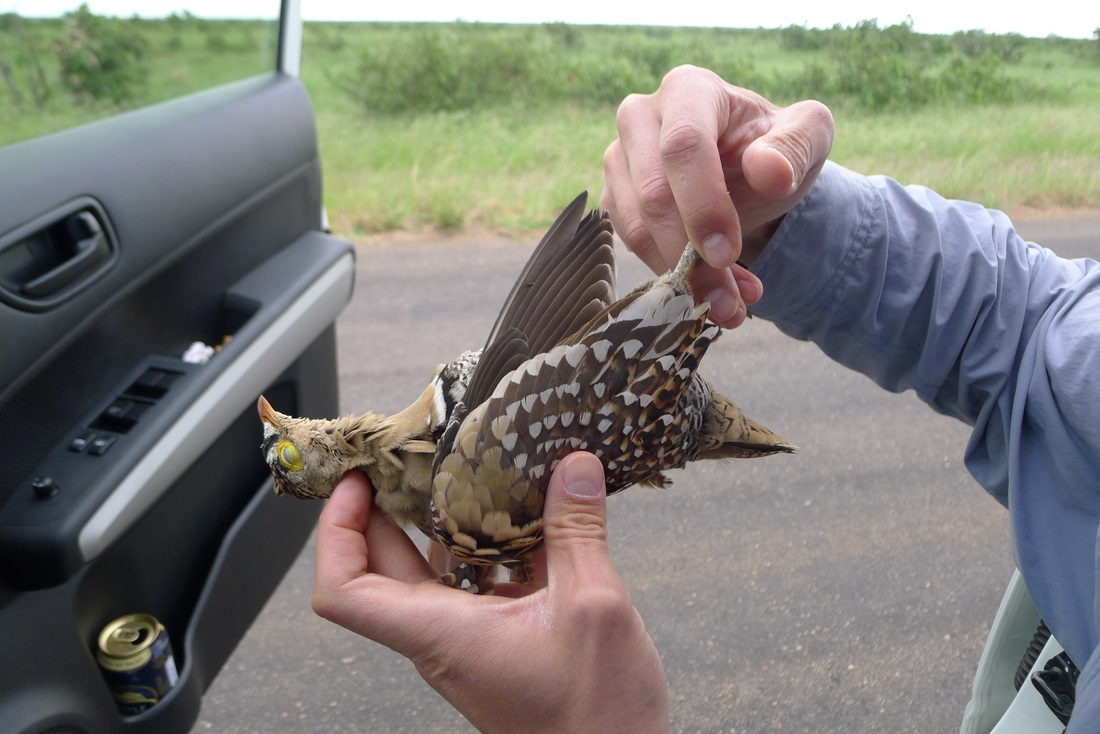
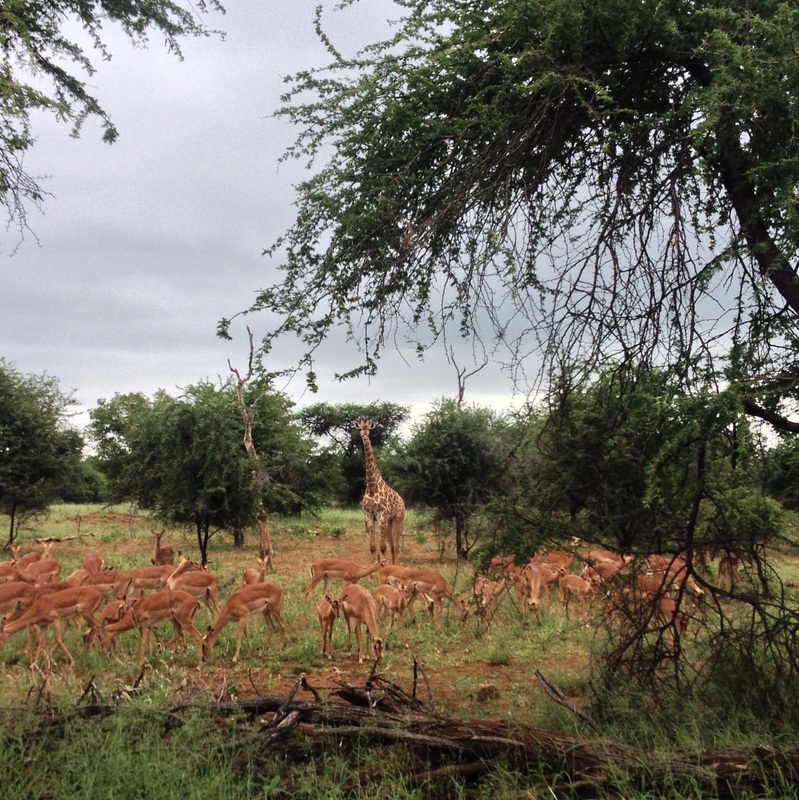
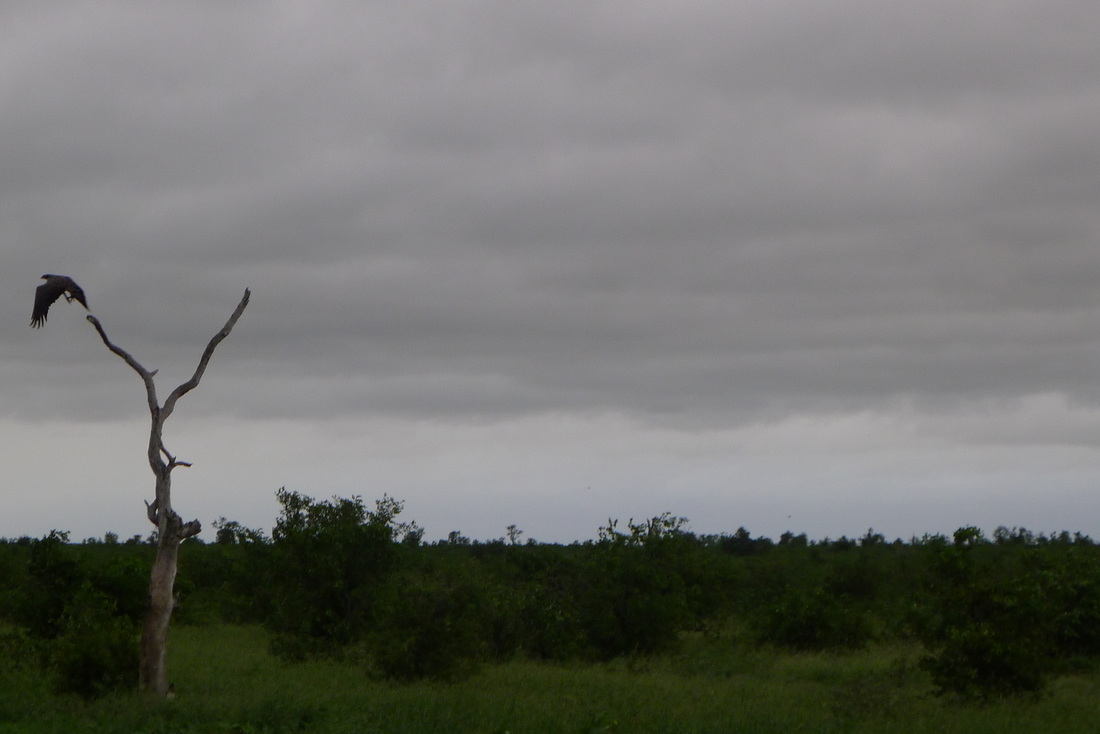
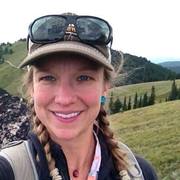
 RSS Feed
RSS Feed
